Even before we reach the actual Tibet Autonomous Region (with all its restrictions for foreign travelers), we pass through increasingly Tibetan-influenced regions: With the Labrang and Kumbung monasteries still officially in “mainland China”, we visit the most important and largest Buddhist monasteries outside the Tibetan core province… fascinating and a completely different, much more contemplative atmosphere. Especially with the countless pilgrims and practicing monks, who pleasantly push the noisy Chinese tourists into the background. We already get a taste of what awaits us in the Tibetan Plateau, and we’re very excited!
A detour to the Binglingsi Grottoes almost brings us back to our normal overlander world: a fantastic and spectacular drive to this very remote location and a quiet and secluded campsite without any tour buses or infrastructure! The grottoes themselves, with their 183 Buddhist sculptures, were carved into the steep walls of a gorge above the Yellow River starting in the 4th century and – due to their isolated location – were only rediscovered in 1952. The entire scenery is very impressive. We would have expected to find the steep mountains, especially along with the river rushing through the gorge, in southern China rather than on the edge of Tibet.
Things are getting serious in Golmud. First, we have a set of new tires fitted: the offer is unbeatably good value, and I’m curious to see how the Chinese Giti tires will compare to our appreciated Conti tires. While the old tires would have certainly lasted another 10,000 km, replacing them in India or later in East Africa would have been significantly more expensive. We also made the – as it later turned out – meaningful decision to continue our tour as planned to Tibet, despite the land borders between Tibet and Nepal still being closed due to landslides. We couldn’t imagine that both border crossings, which are also strategically important for the transport of goods, would remain impassable for much longer. Moreover, the monsoon season is coming to an end, which means the cause of the landslides should go away. That’s at least our logic…
On the morning of our departure for the Tibet Autonomous Region, our obligatory guide joins us: it quickly became clear that it would be quite difficult with him. His English is very poor, and communication beyond his learned standard statements is therefore difficult. It’s a shame, since we had so many questions (which we then simply asked via Chat GPT). He’s also a chain smoker… of course, he doesn’t smoke in the cab, where the three of us are sitting quite close together, but he simply smells extremely unpleasant. Additionally, his feet and his shoes, which he occasionally has to take off when sitting in the middle, smell musty. What bothers us most, however, is his passivity: we even have to take care of his hotel accommodations (even though he’s the local guide, not us!) because he’s completely incompetent when it comes to using map apps, route planning (in sparsely populated Tibet, there’s – quite surprisingly – not a place with a hotel every 10 km!), etc.
In addition to the stress of being together with a guide, there’s the extremely strenuous journey into Tibet and back: on the way into Tibet, we have to negotiate 750 km of dirt road, with occasional extreme rain and snow, and extremely intensive truck and oversized goods transport. Overtaking a convoy of 12 wind turbine transport semi-trailers, each approximately 80 meters long, in deep mud is quite an experience – we haven’t experienced anything of this length and traffic intensity even in Africa and South America! Furthermore, proper altitude acclimatization is impossible: from Golmud, already at almost 3,000 meters above sea level, we quickly climb to the Tibetan plateau, where we are at least 4,500 meters above sea level for the next few days. So, in addition to the stress of driving and the guide, there’s the fact that we hardly get any sleep and everything is extremely strenuous. As if all that weren’t enough, it’s becoming increasingly clear with each passing day that the land borders to Nepal won’t be reopened anytime soon, and the government coup in Nepal, which is currently underway, isn’t conducive to a targeted solution either.
In addition, our Plan B (not leaving for Nepal but a return journey of over 11,000 km with Shujaa through western China, Kazakhstan, Russia, Georgia, and Turkey back to Europe) requires an extension of our tourist permit in China. Two attempts in Tibet have failed in this regard, and an extension seems to be possible only in mainland China. This means that we can only enjoy Tibet’s stunning landscapes and cultural highlights to a limited extent, and Karin, in particular, is very sad about it. Undoubtedly a dream location, but not under these circumstances, which – unlike ever before on our demanding world trip – push us to the limits of our capabilities.
The final return journey from Tibet, undertaken with a heavy heart but ultimately with no alternative, is somewhat better than the outward journey, but still a true challenge! It’s unbelievable that a country with such an otherwise perfect and modern infrastructure as China hasn’t managed to properly develop the only three road routes to Tibet, thus creating a huge bottleneck: trucks are backed up by the thousands, and Chinese tourists simply have their own cars transported back by truck after their Tibet road trip and fly back themselves… It’s a shame, but we won’t forget this adventure for a long time!


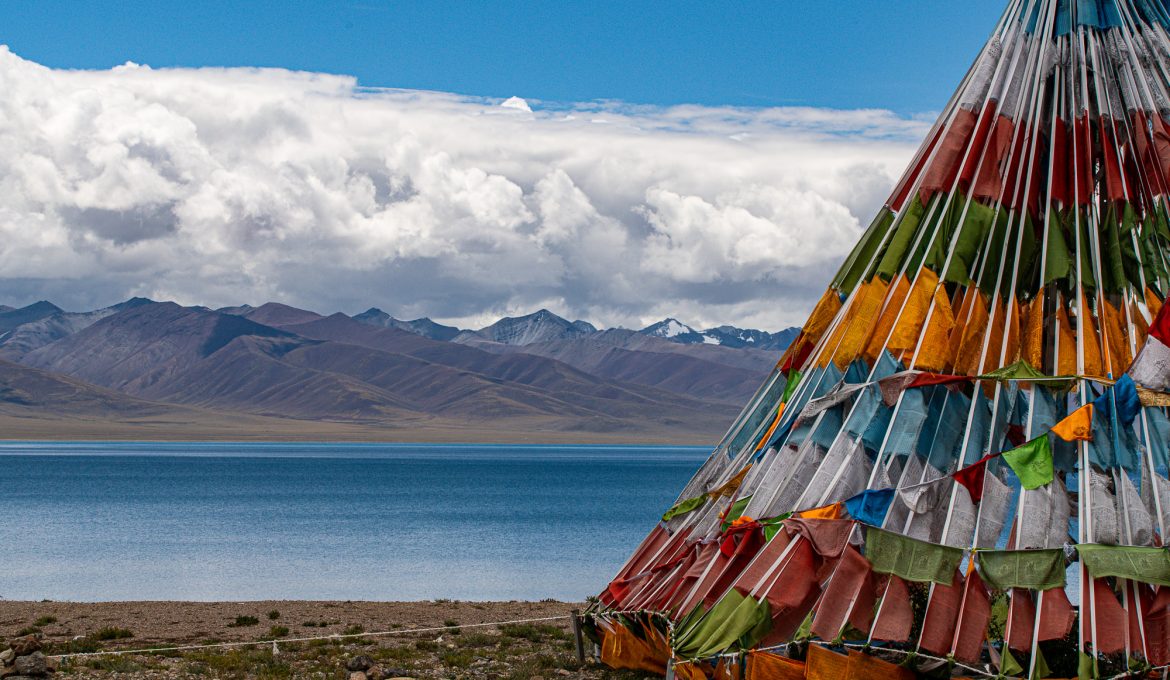
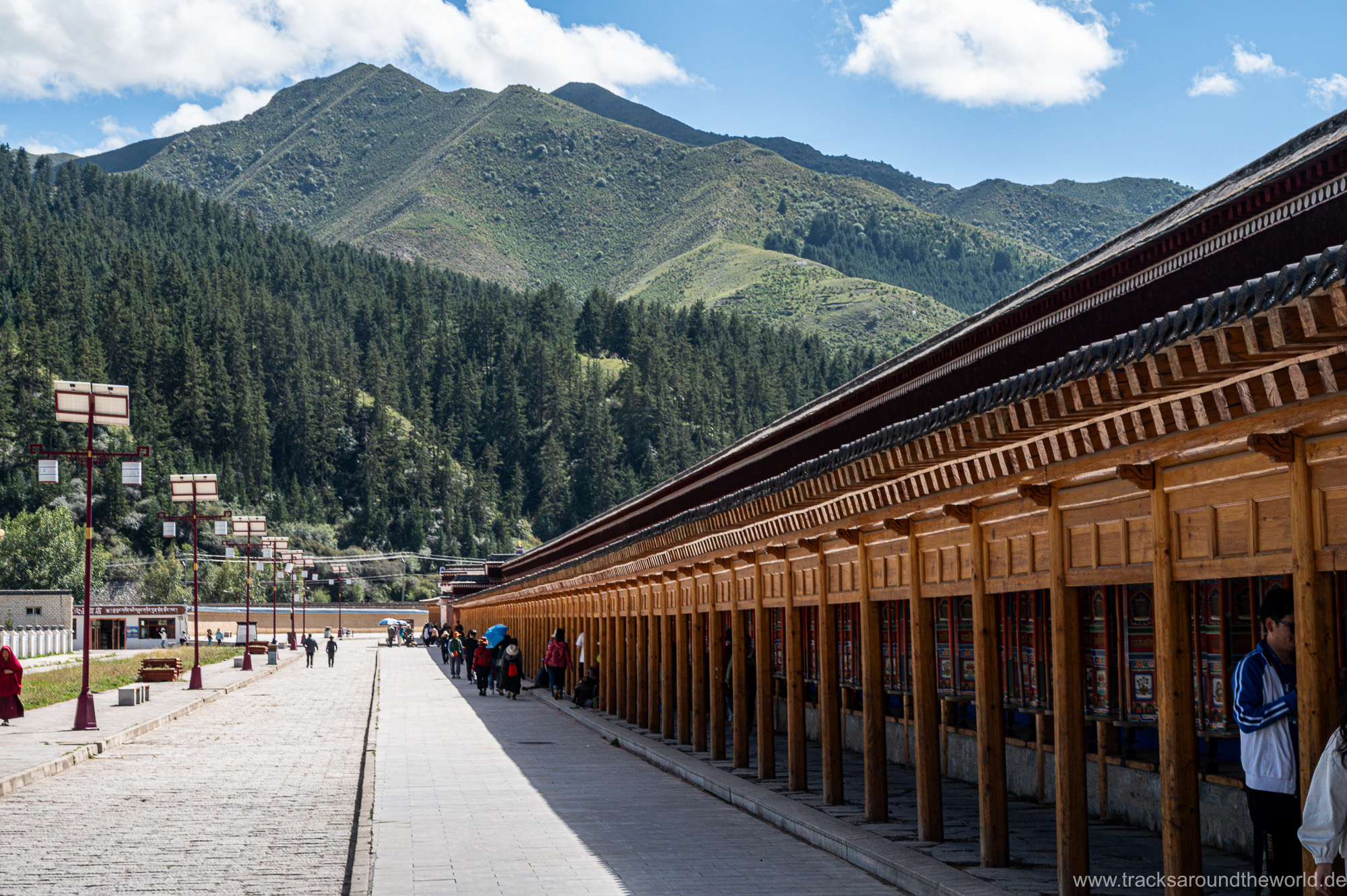
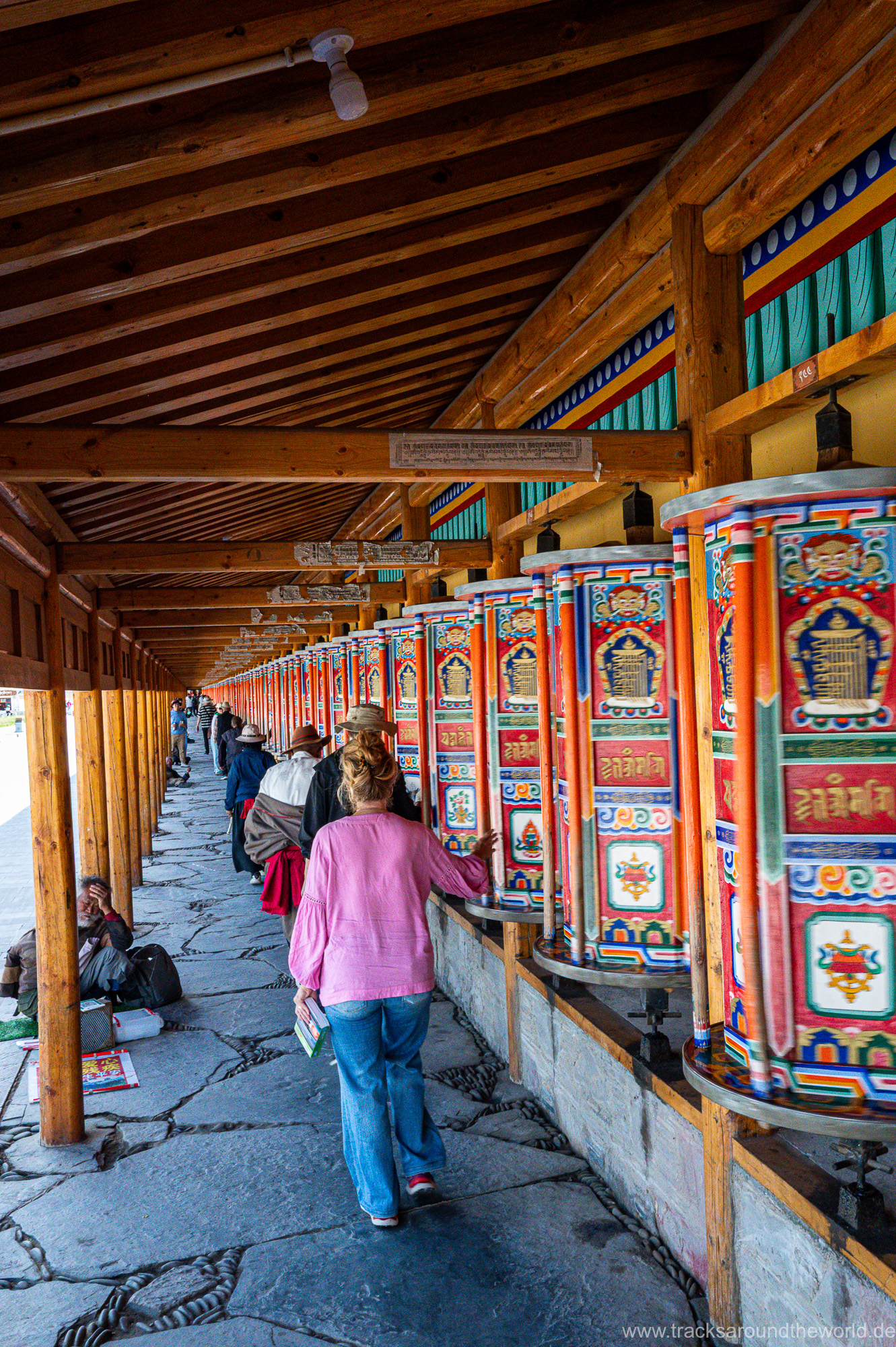
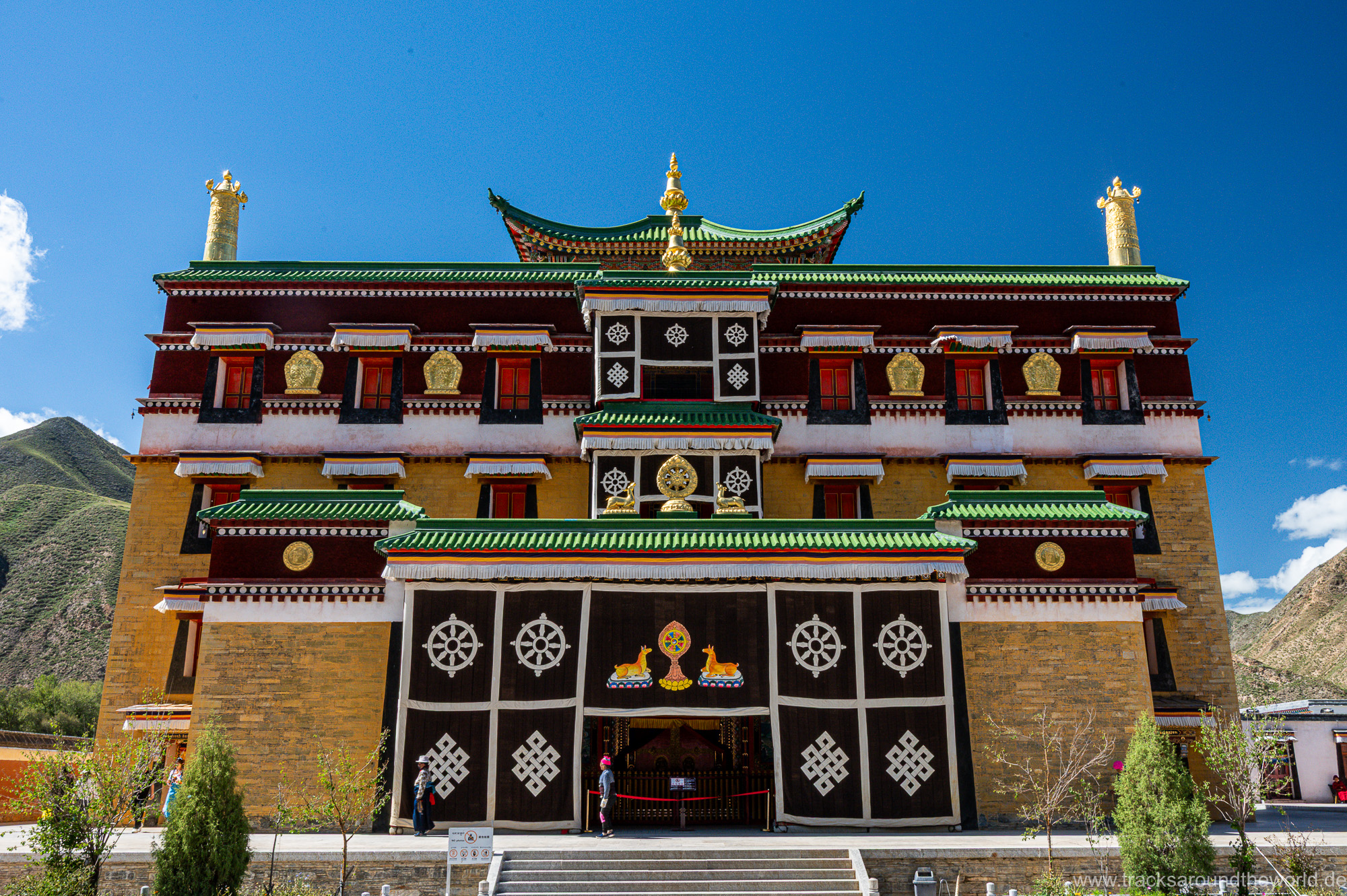
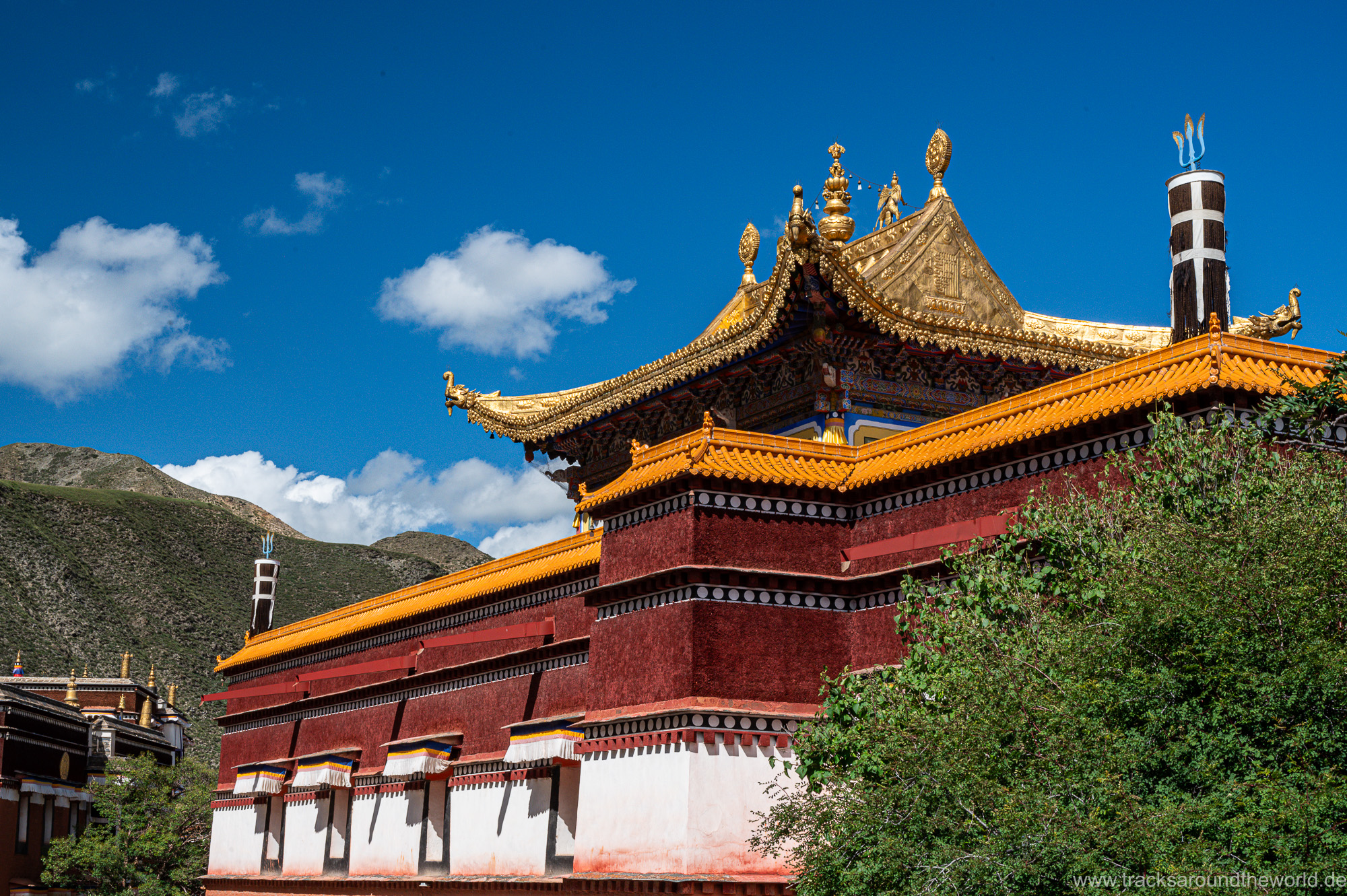
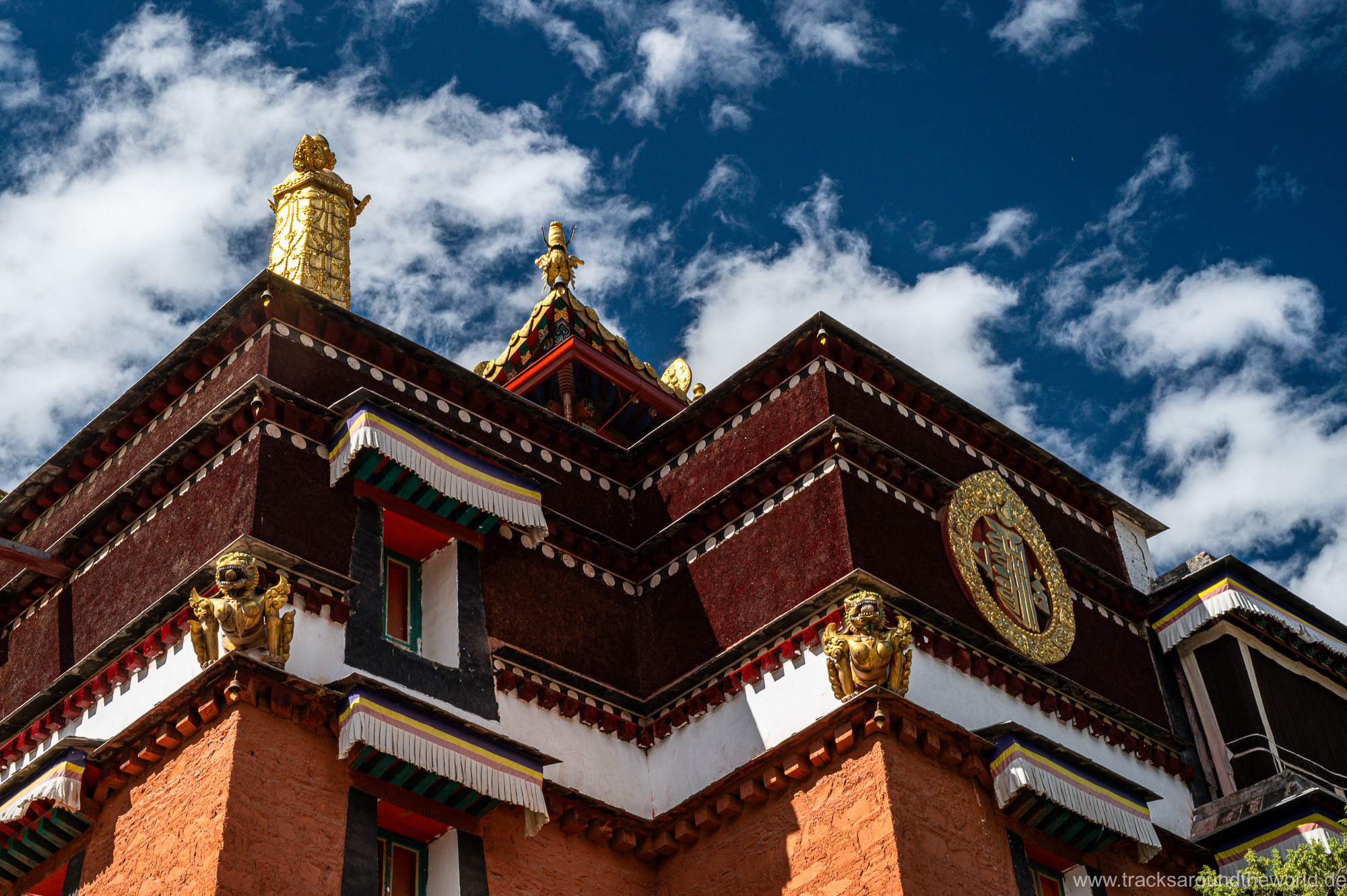
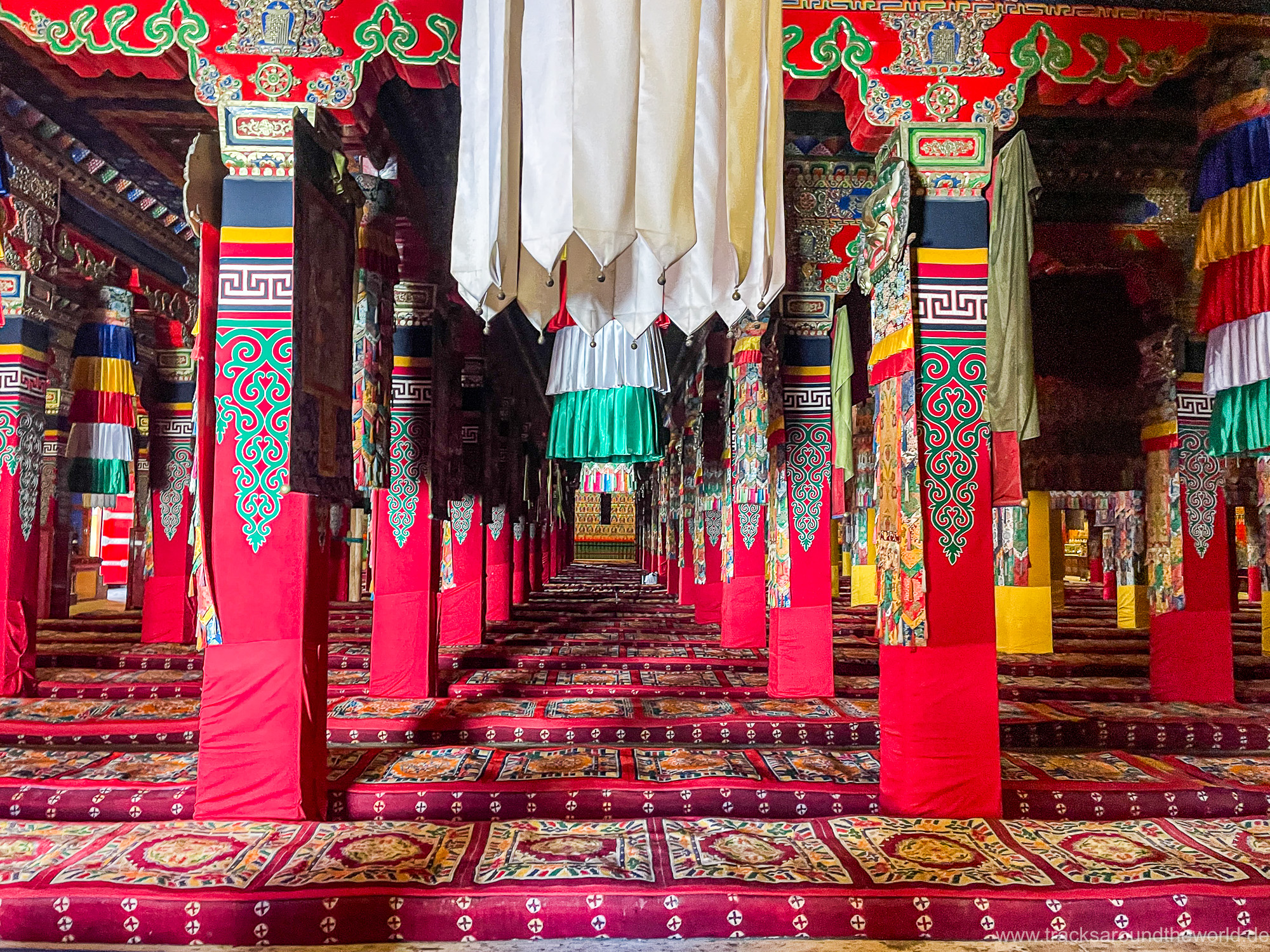
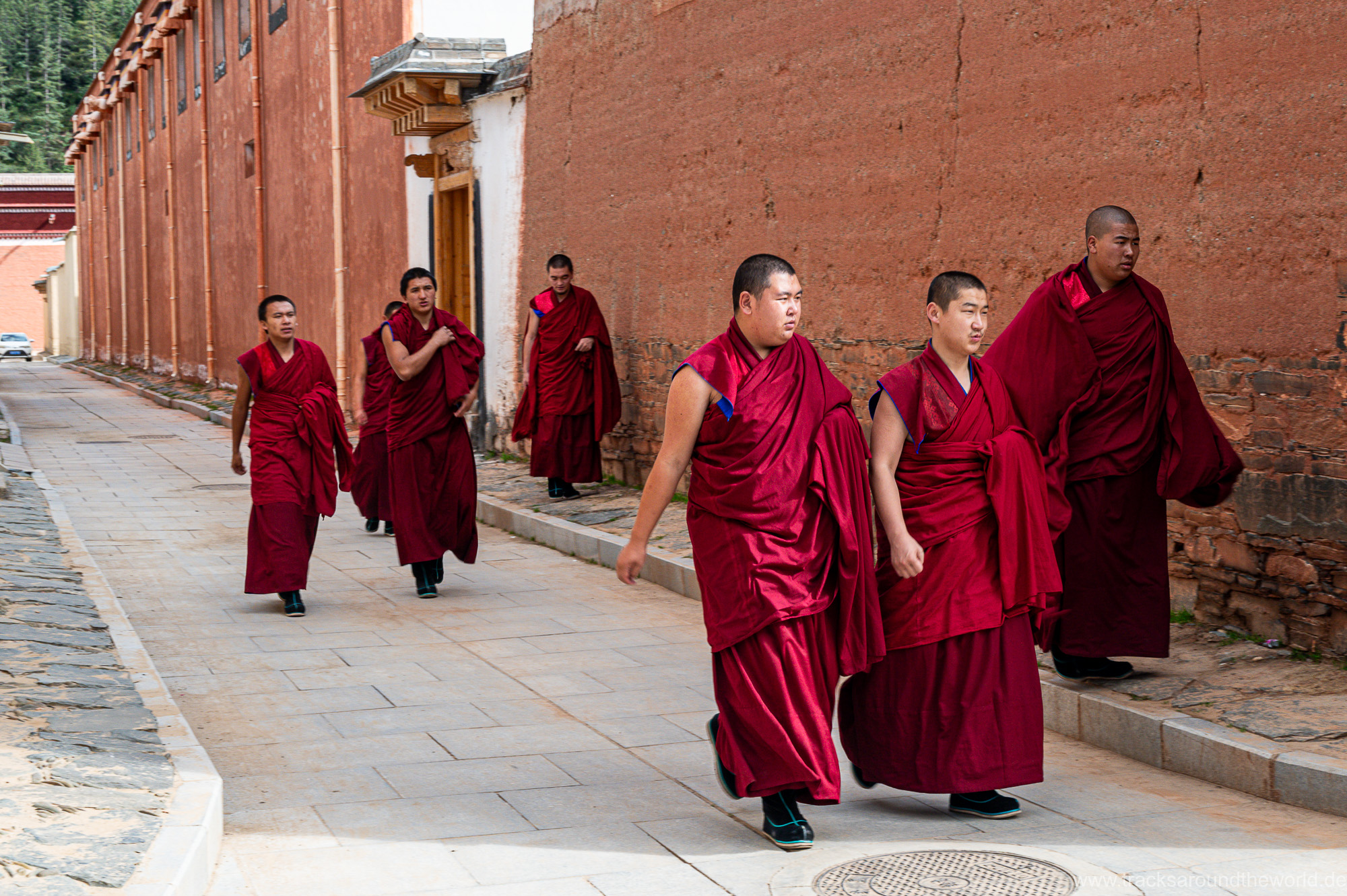
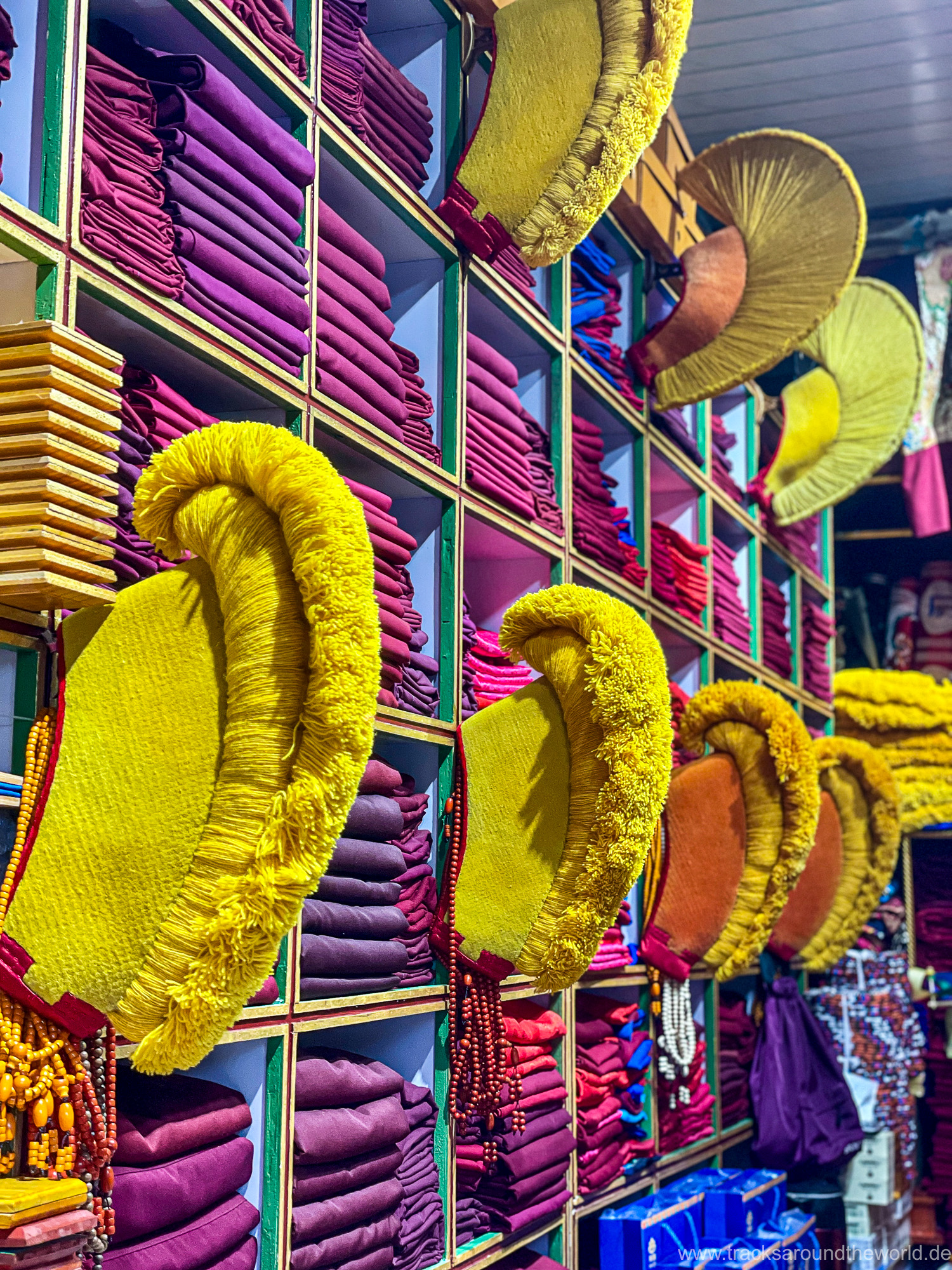
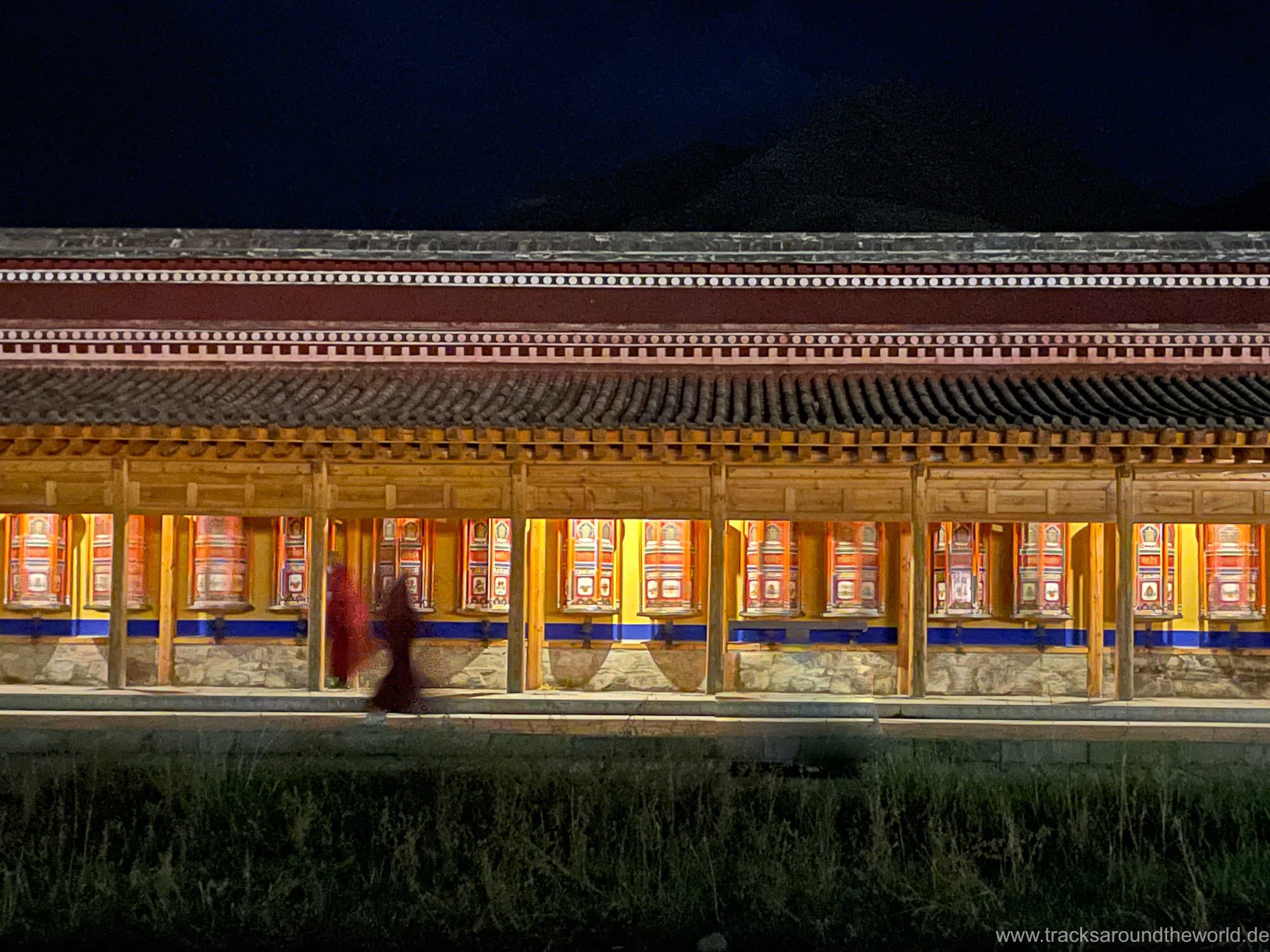
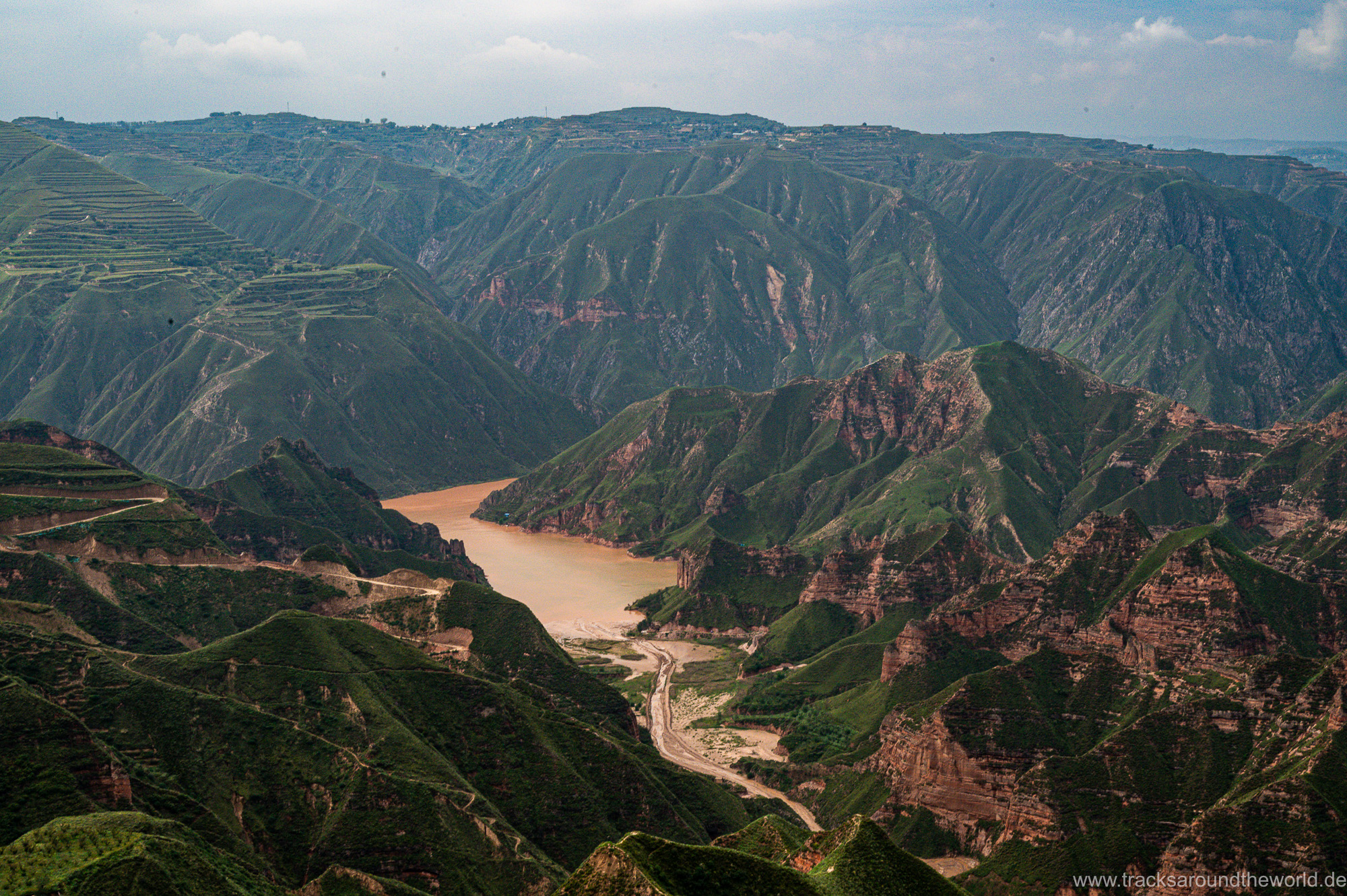
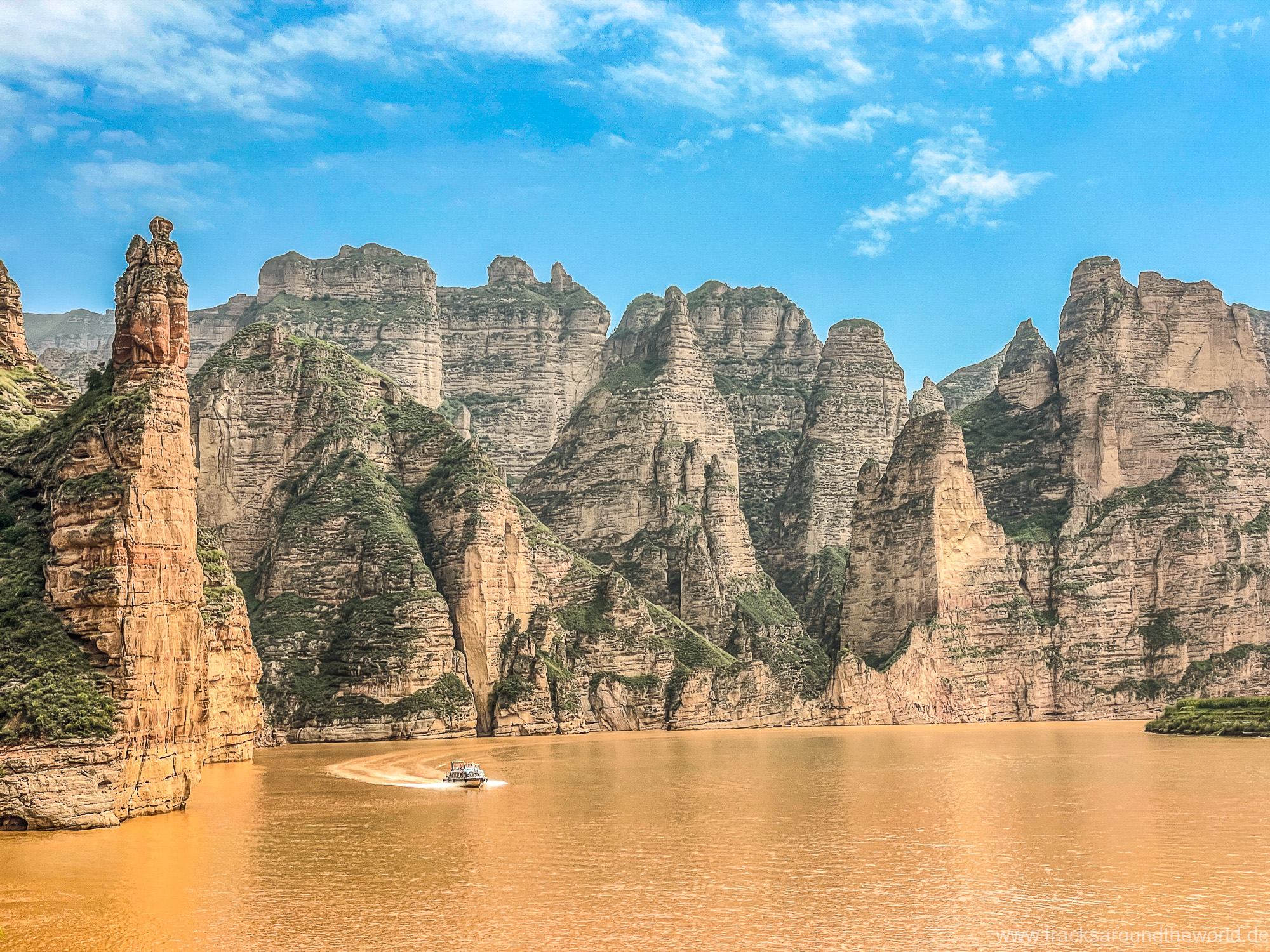
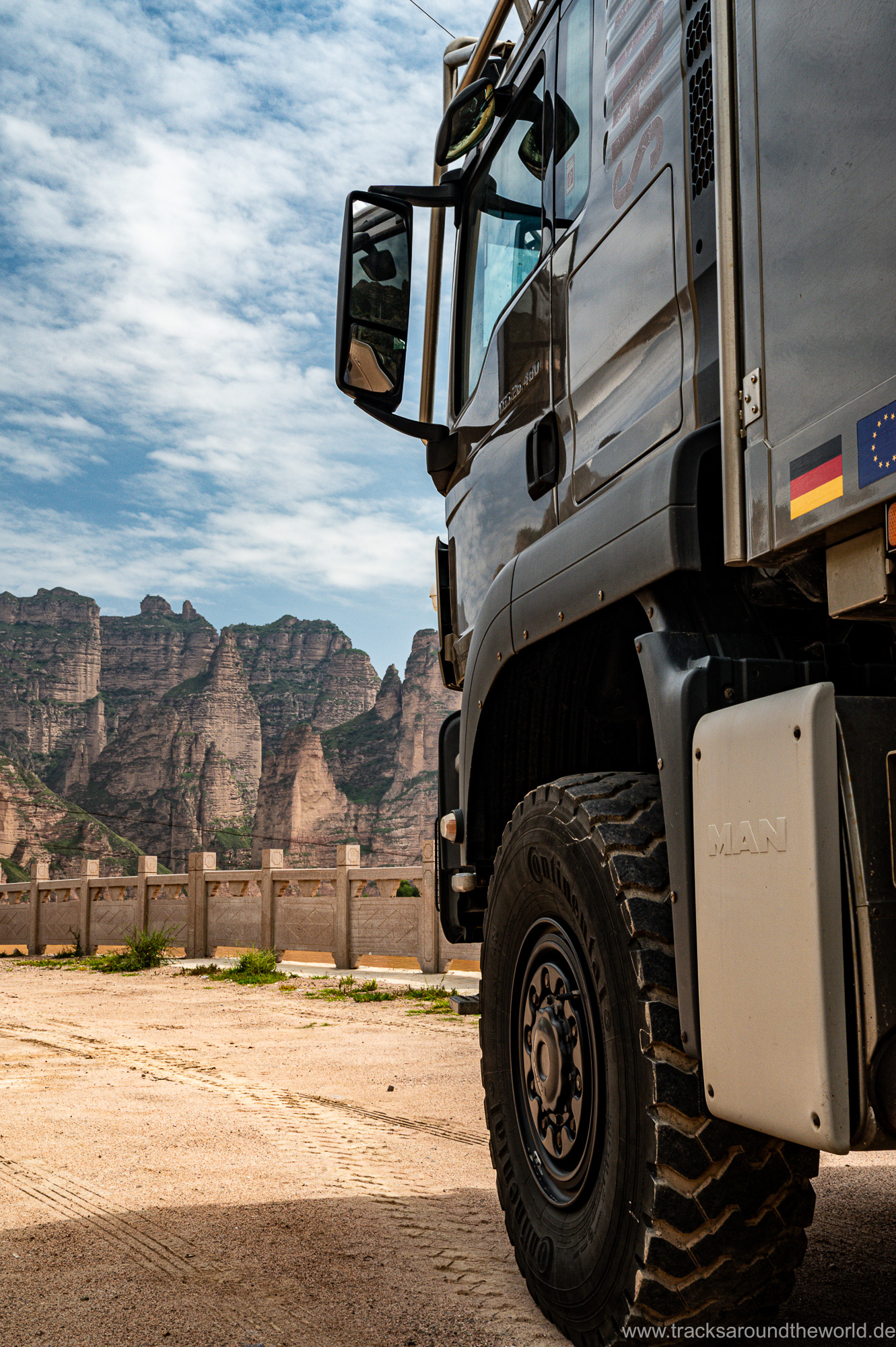
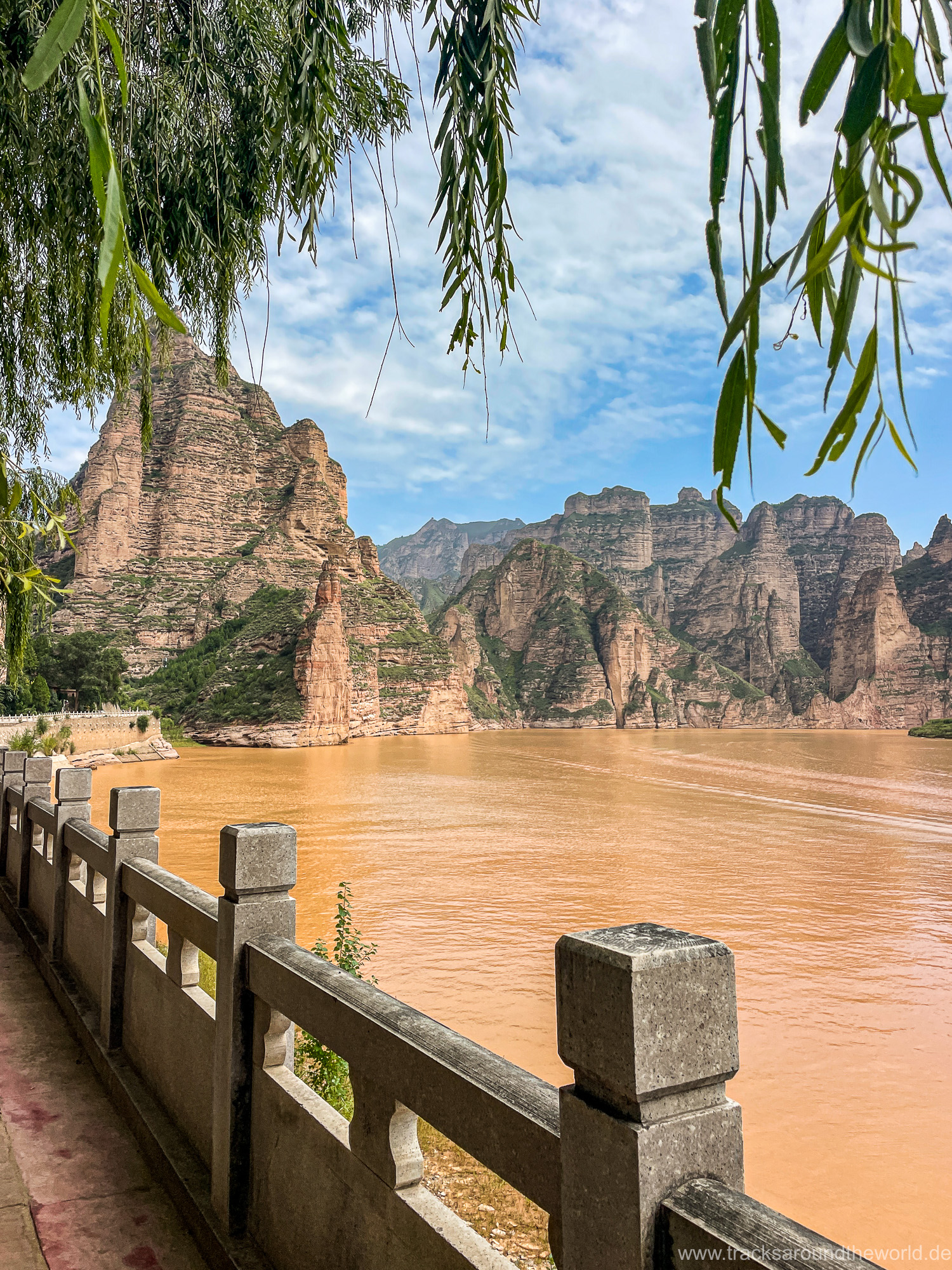
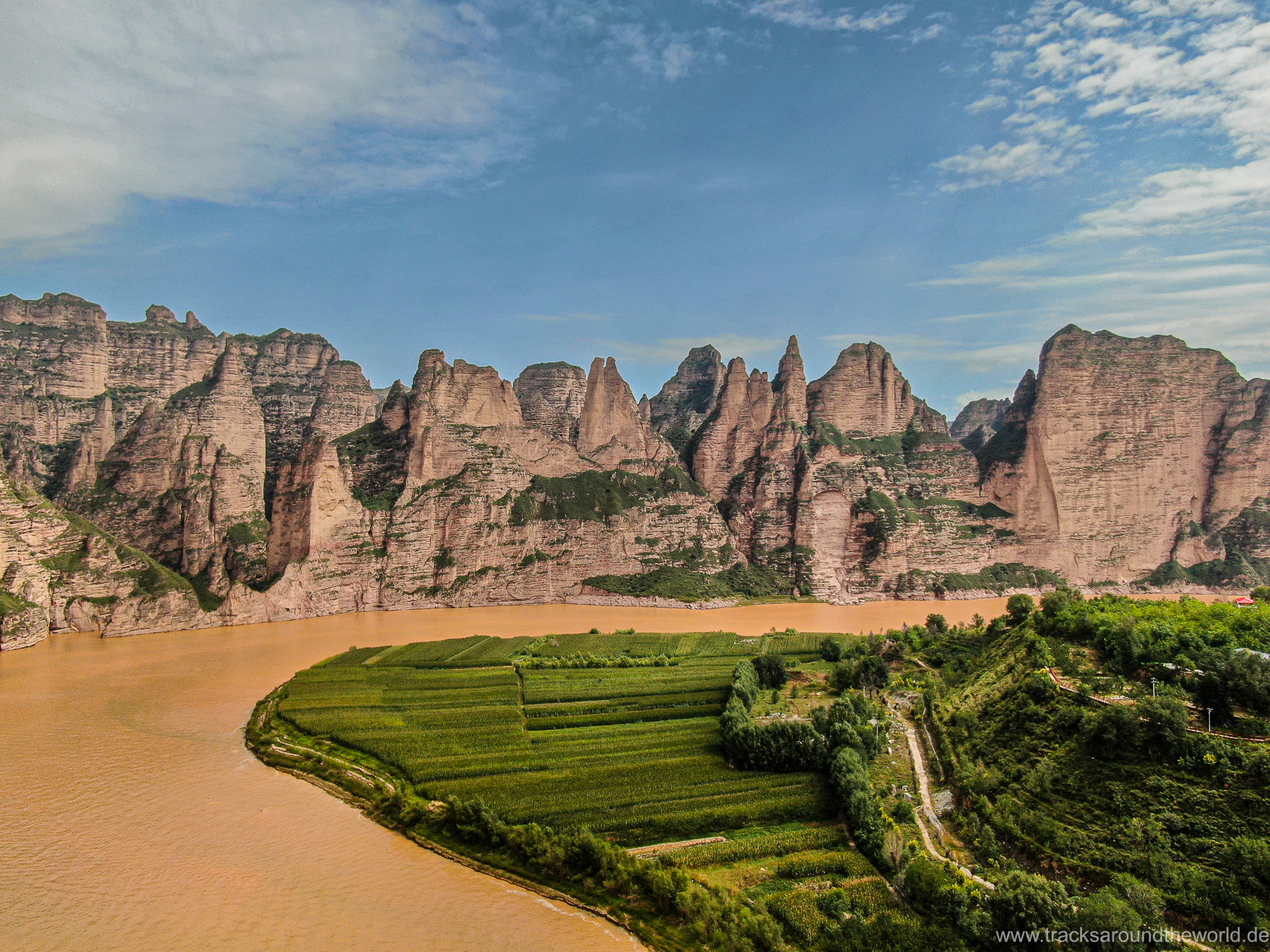
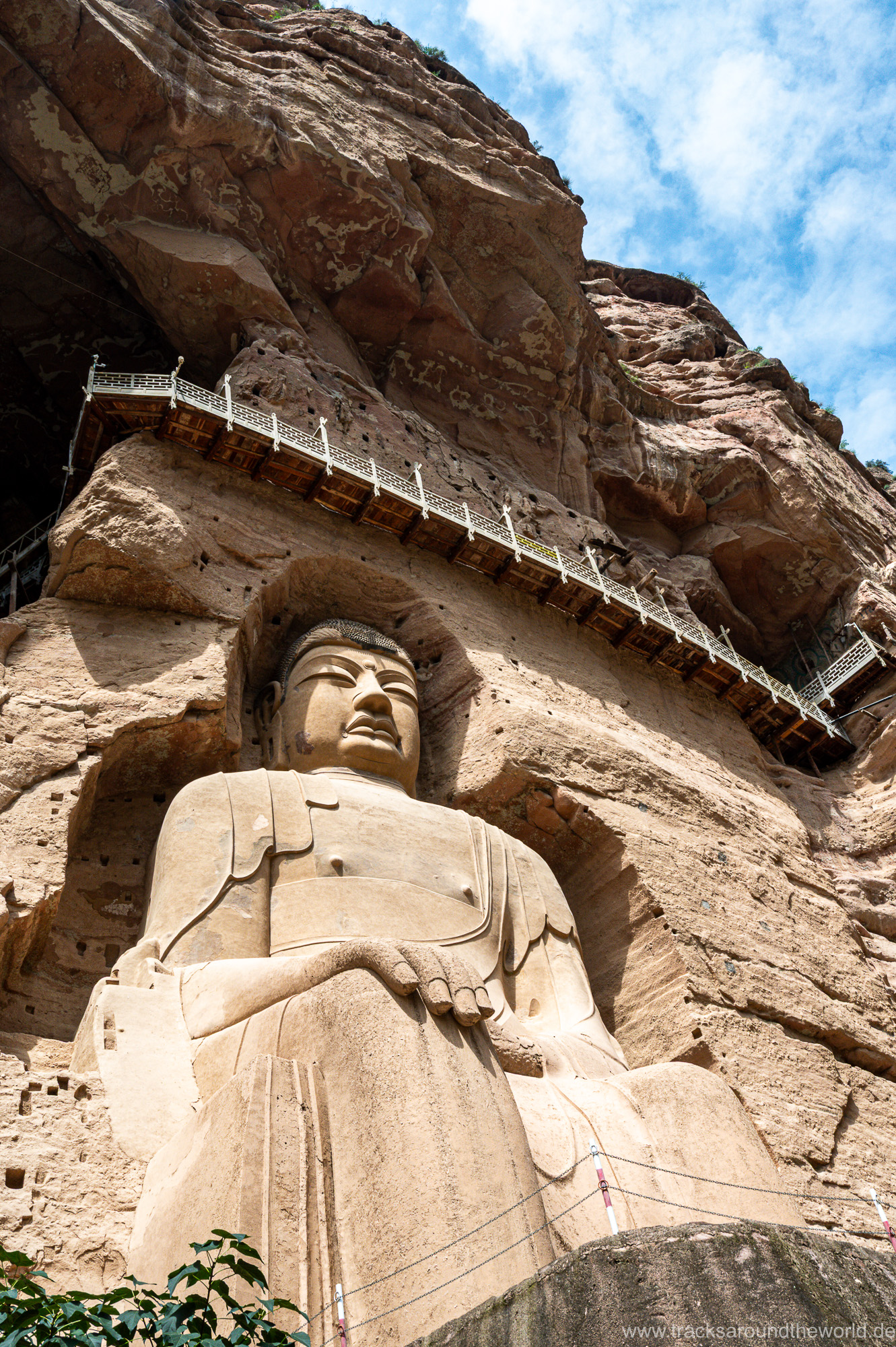
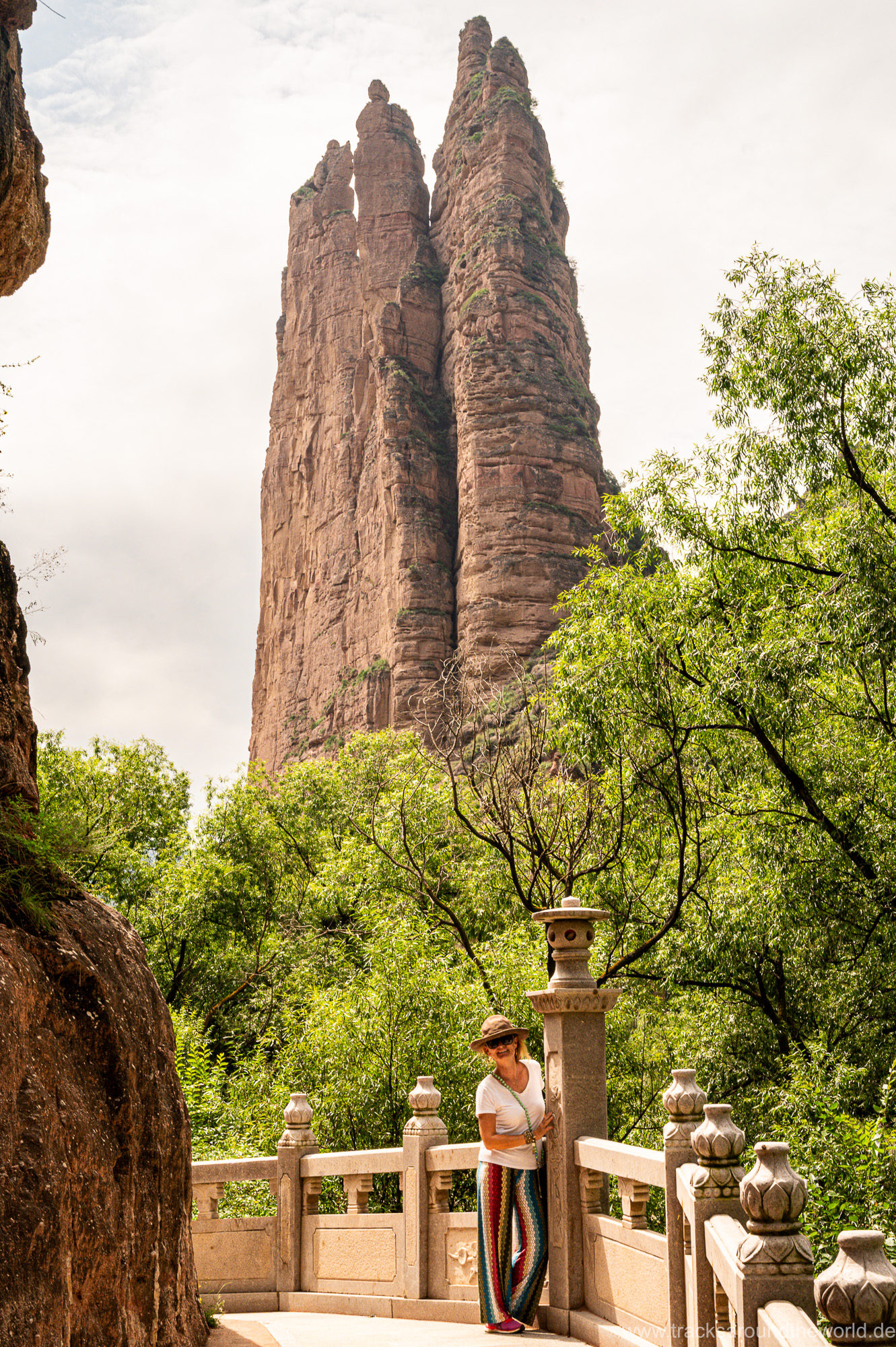
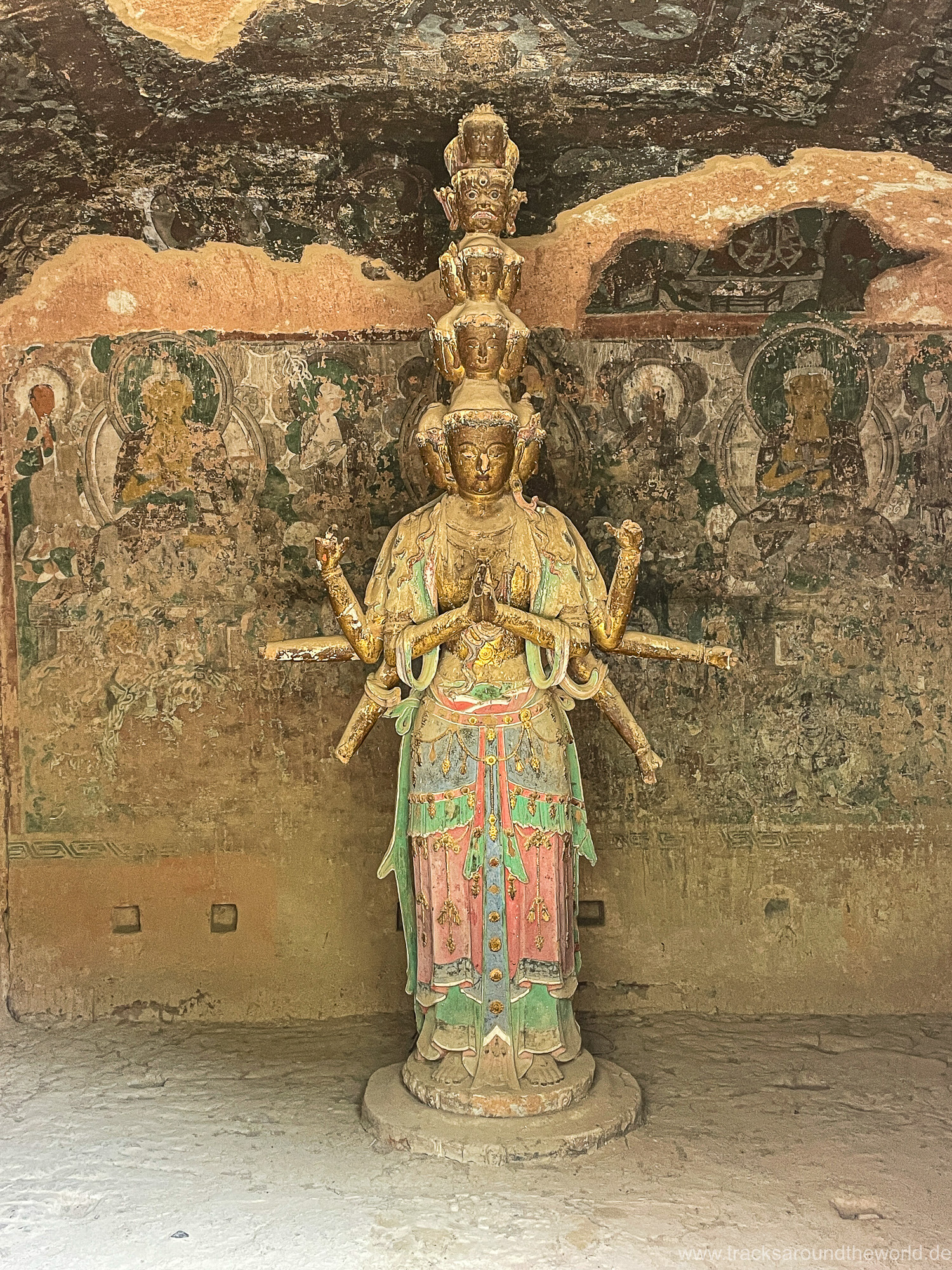
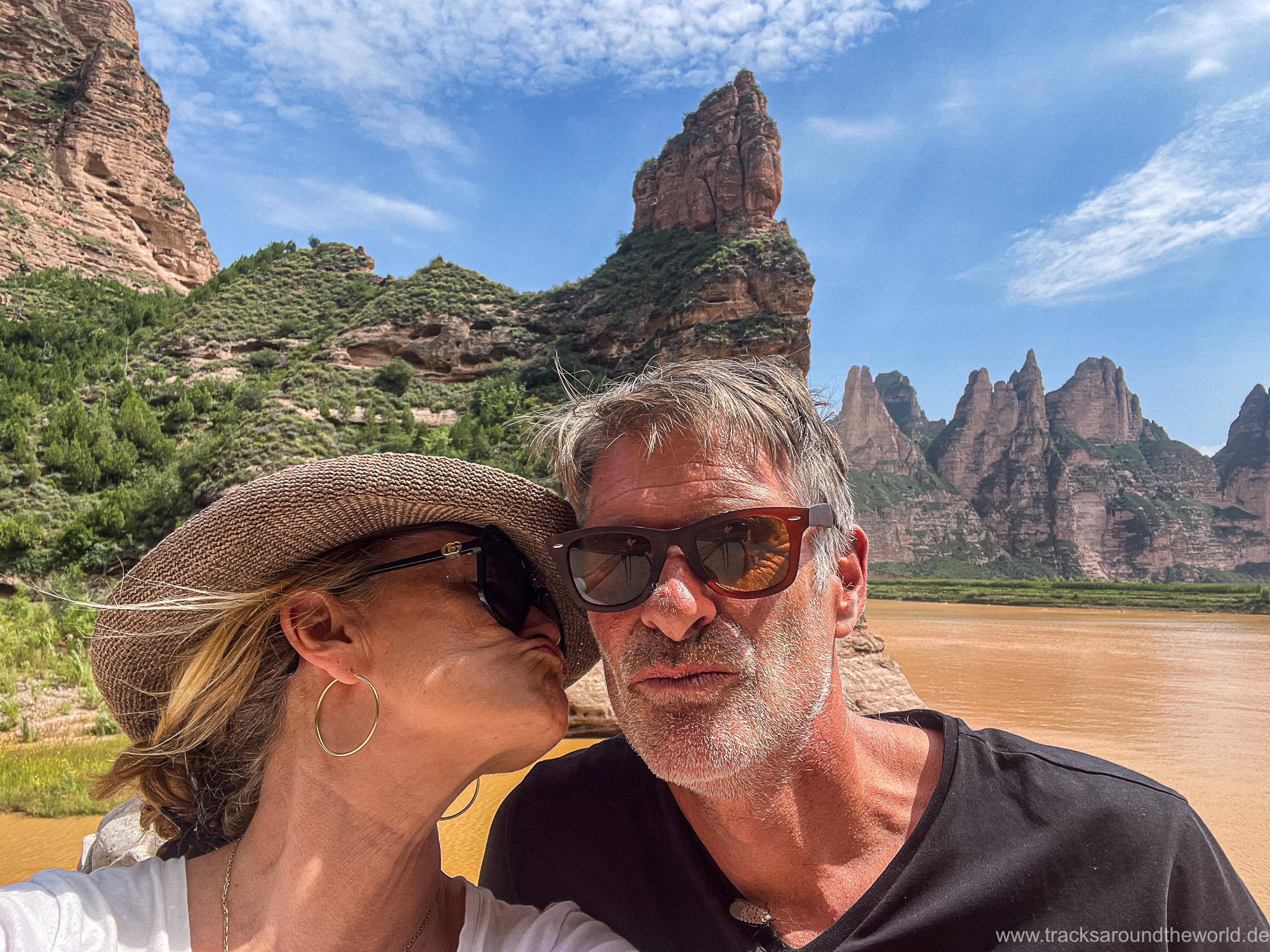
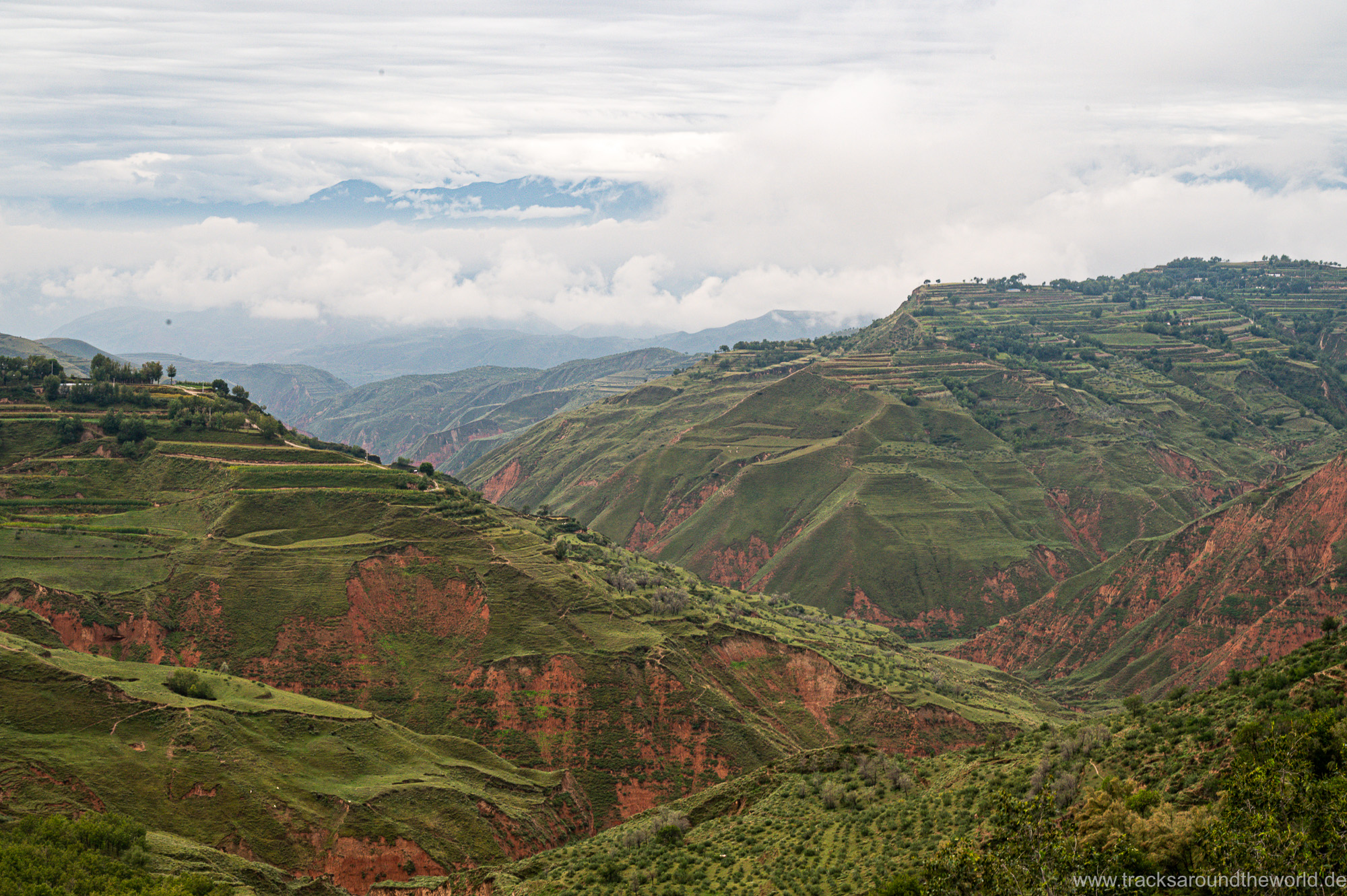
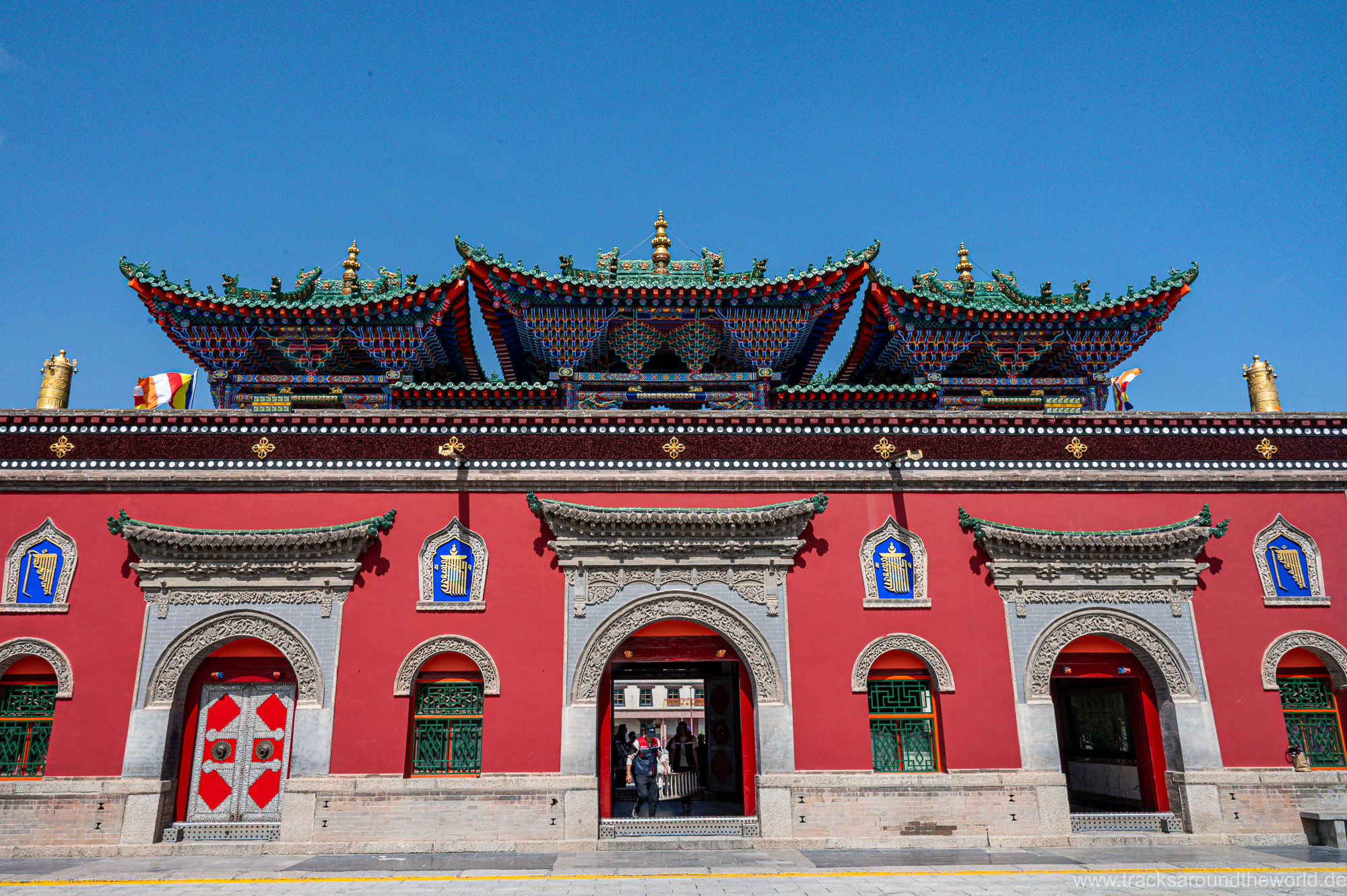
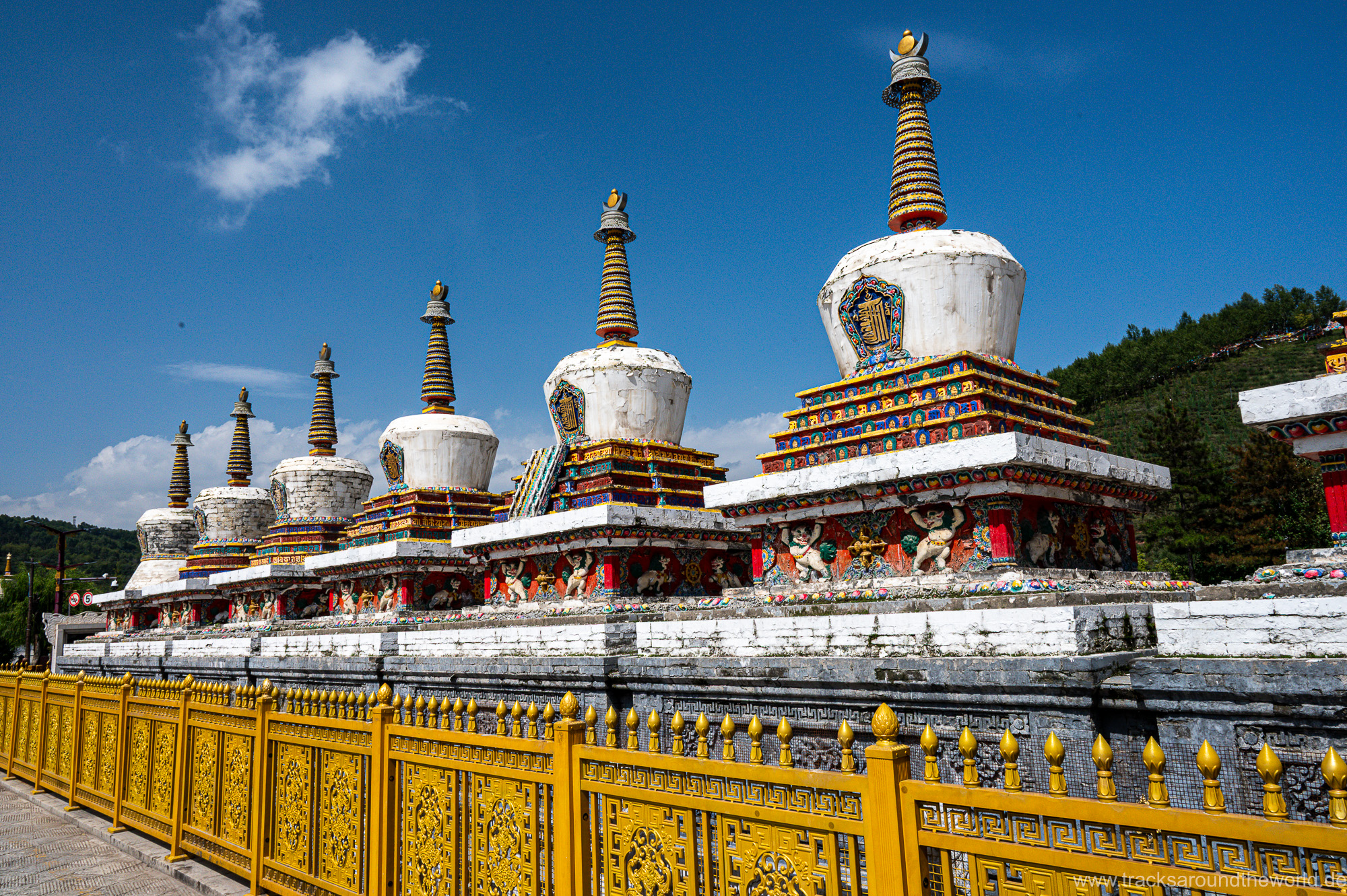
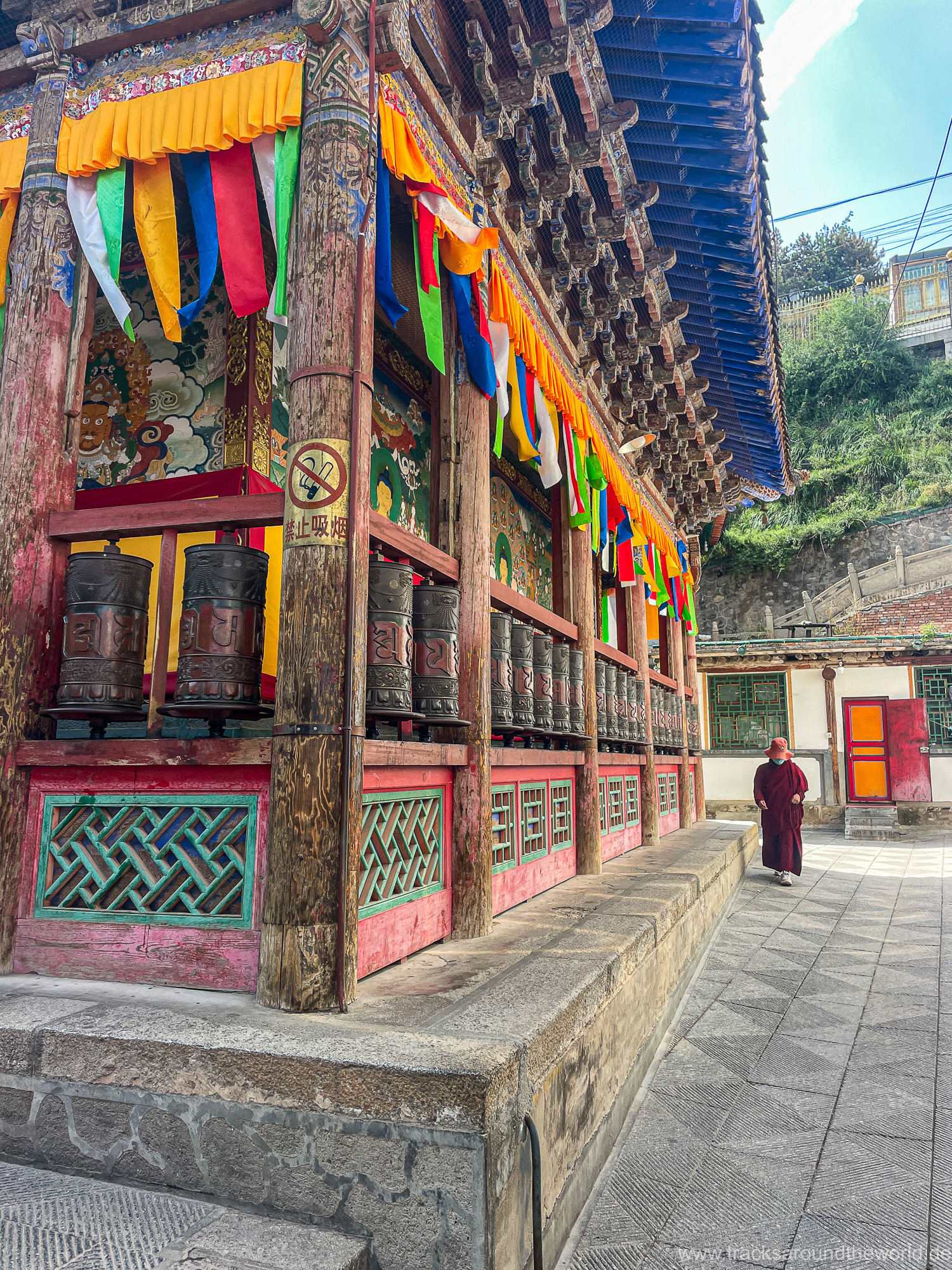
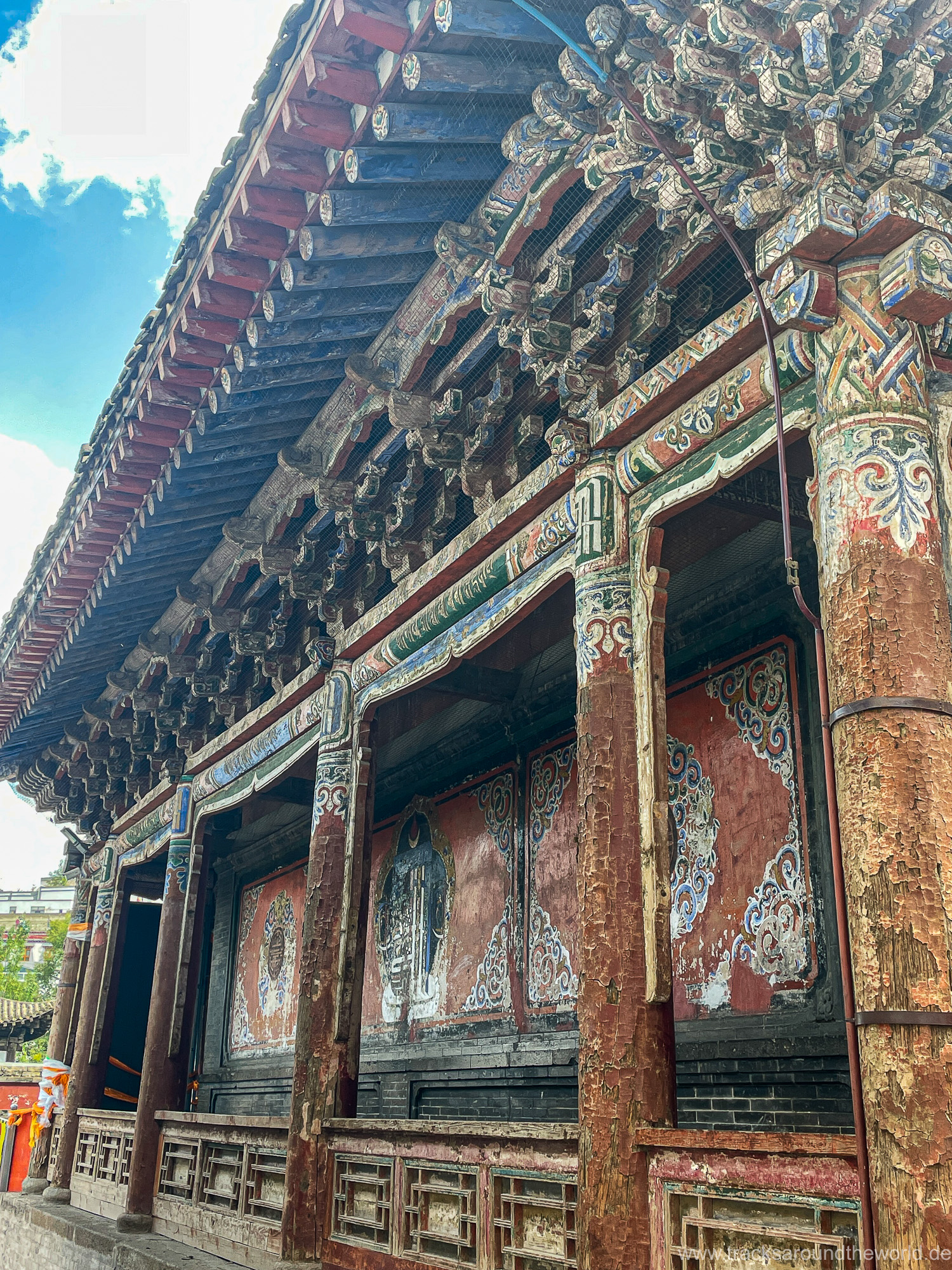
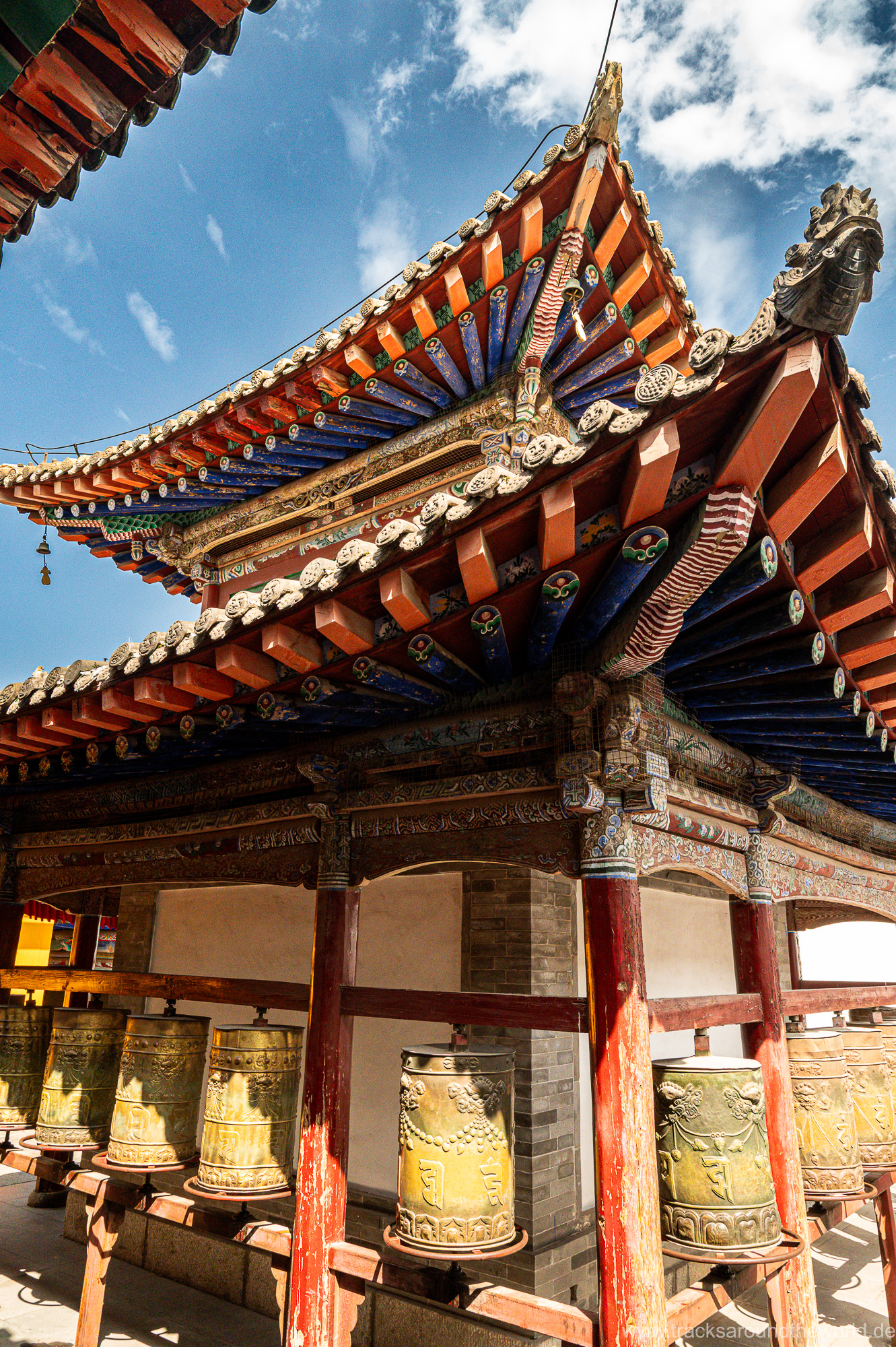
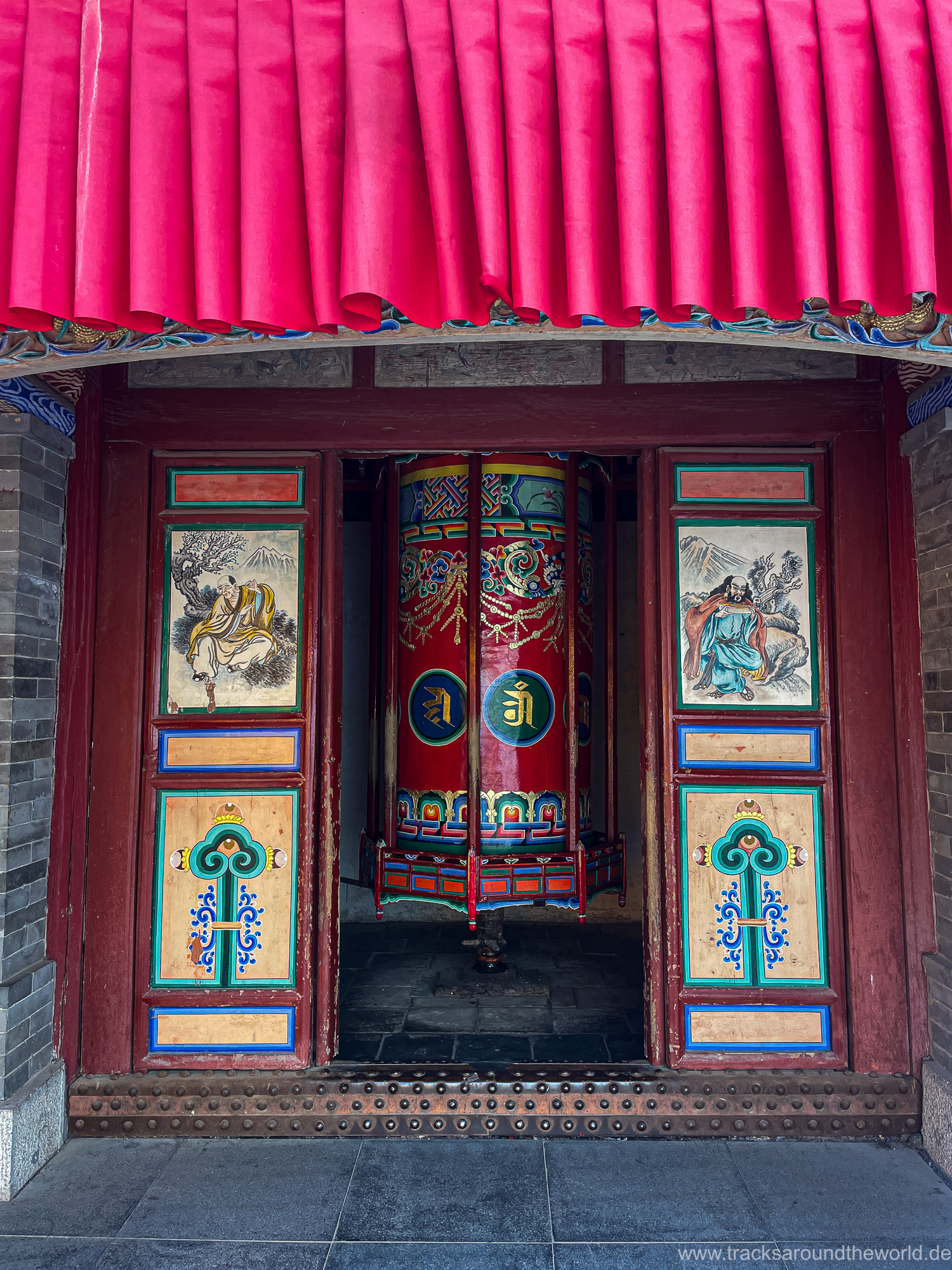
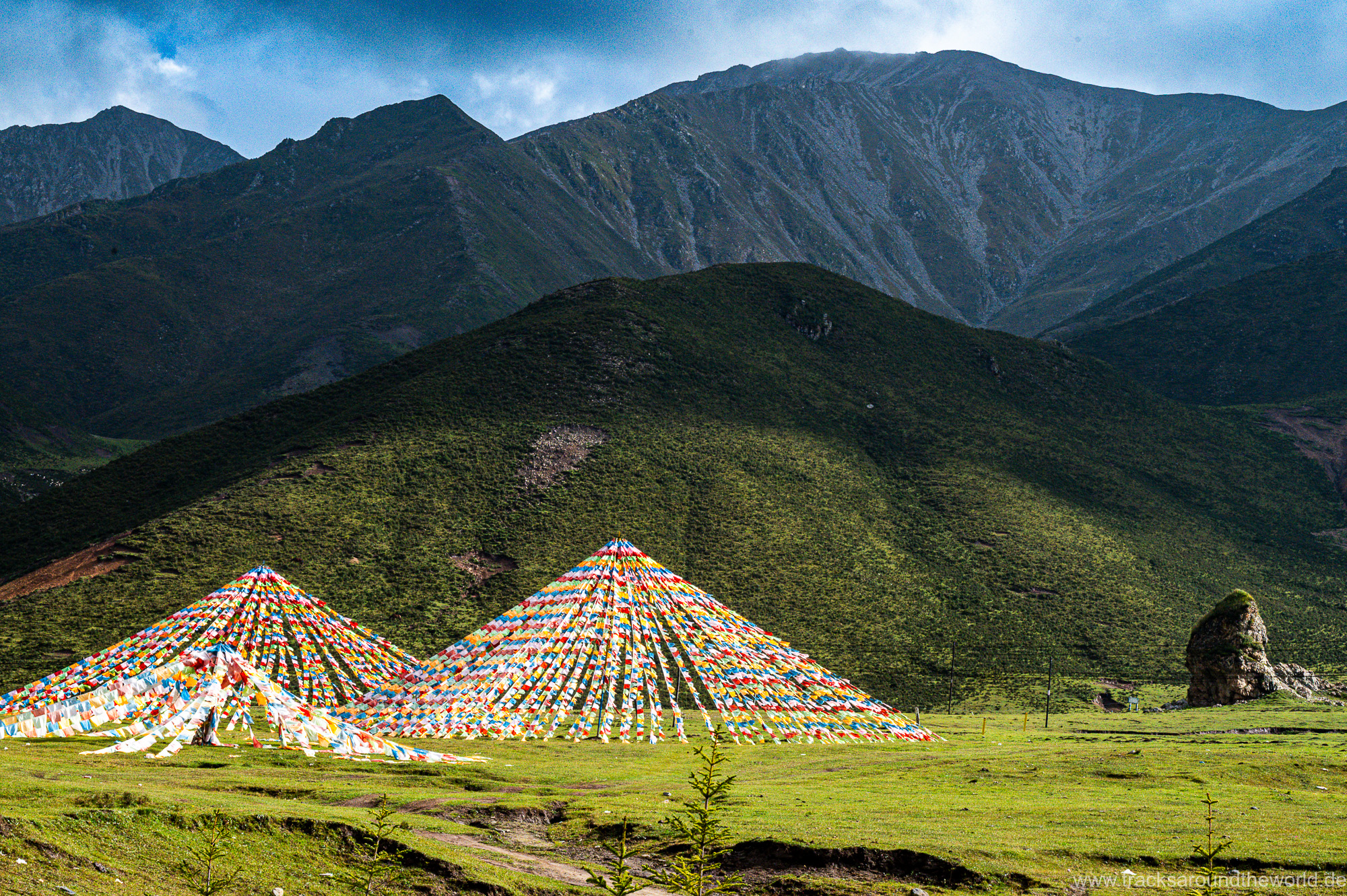
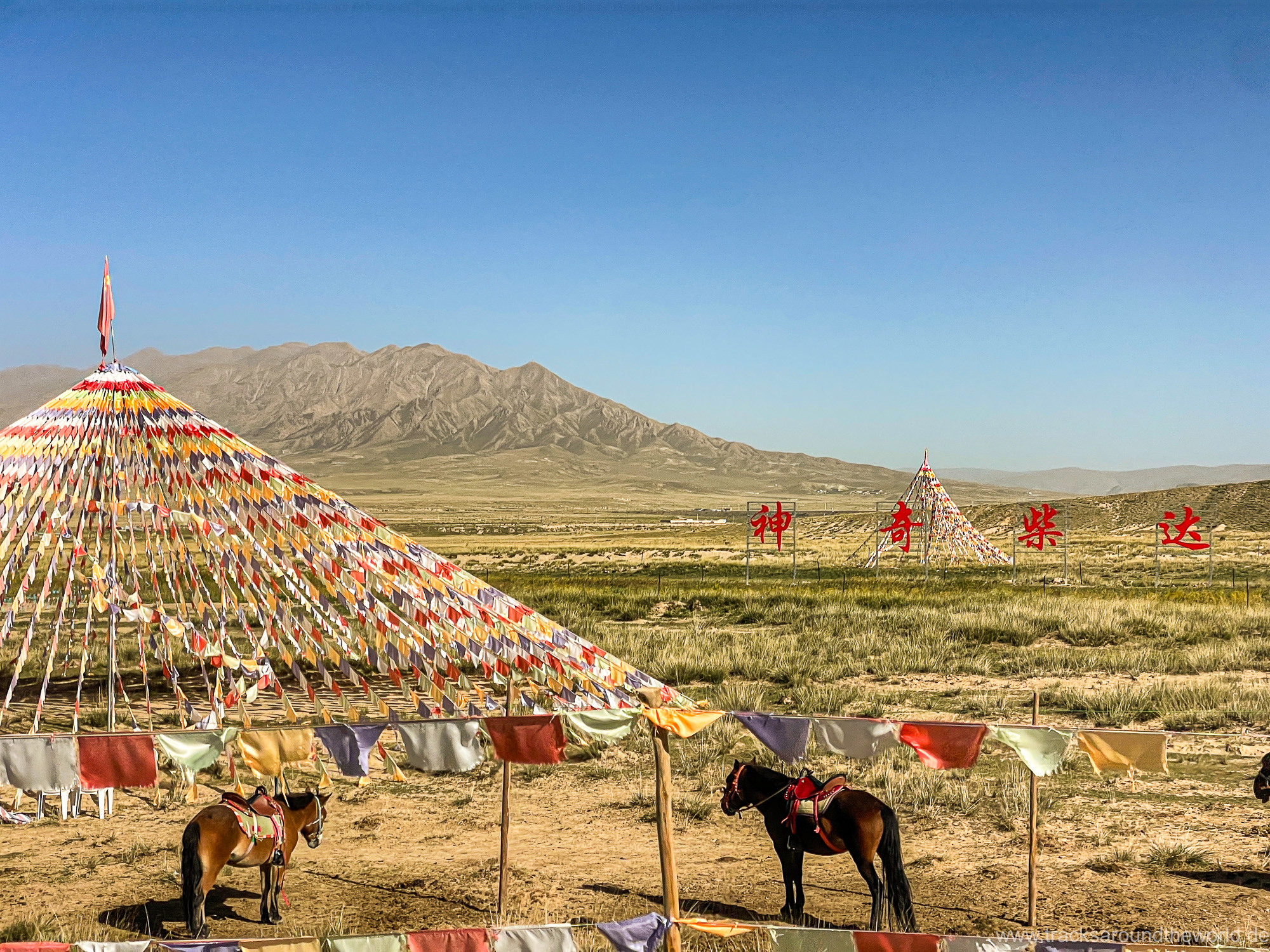
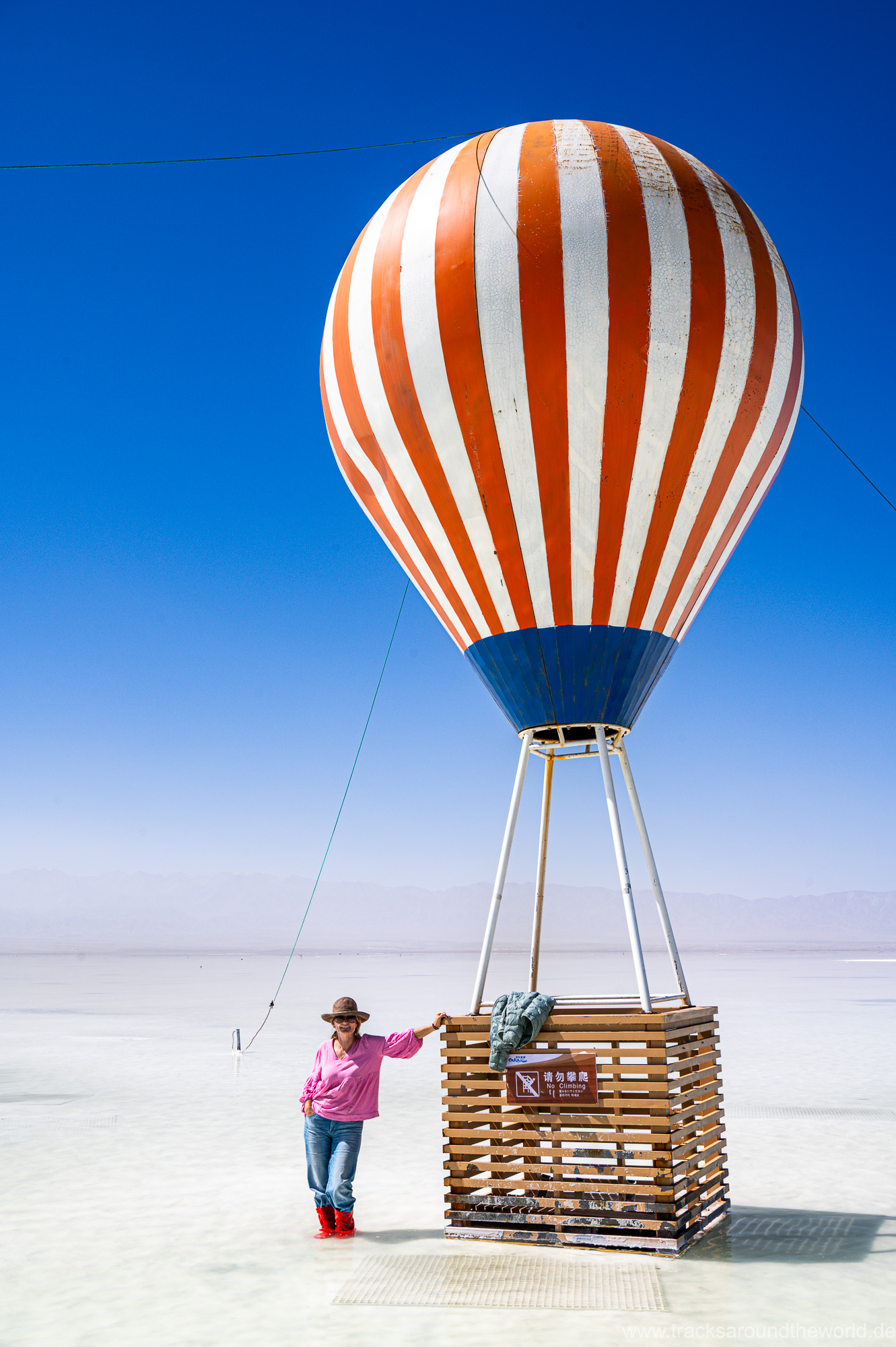
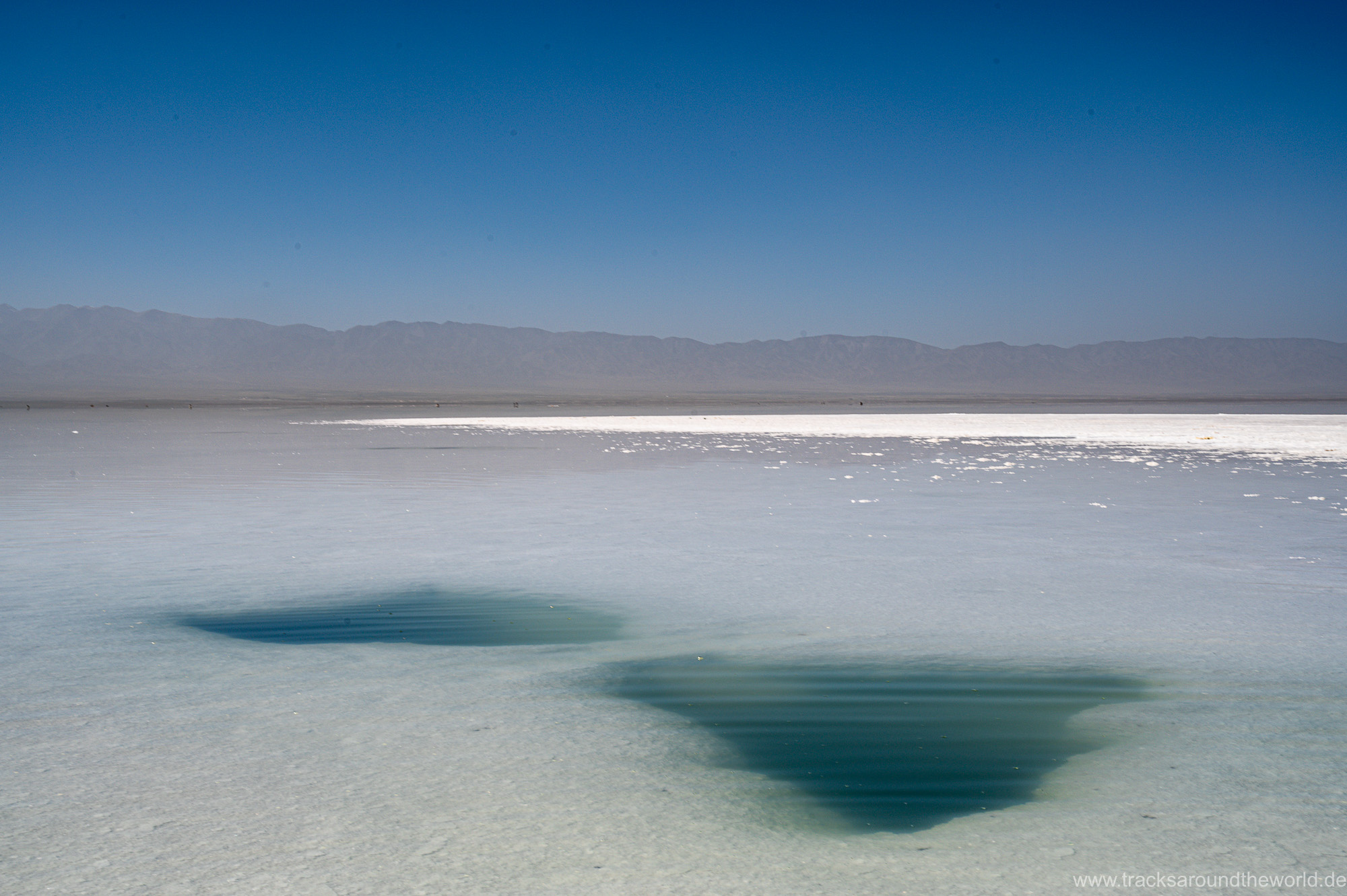
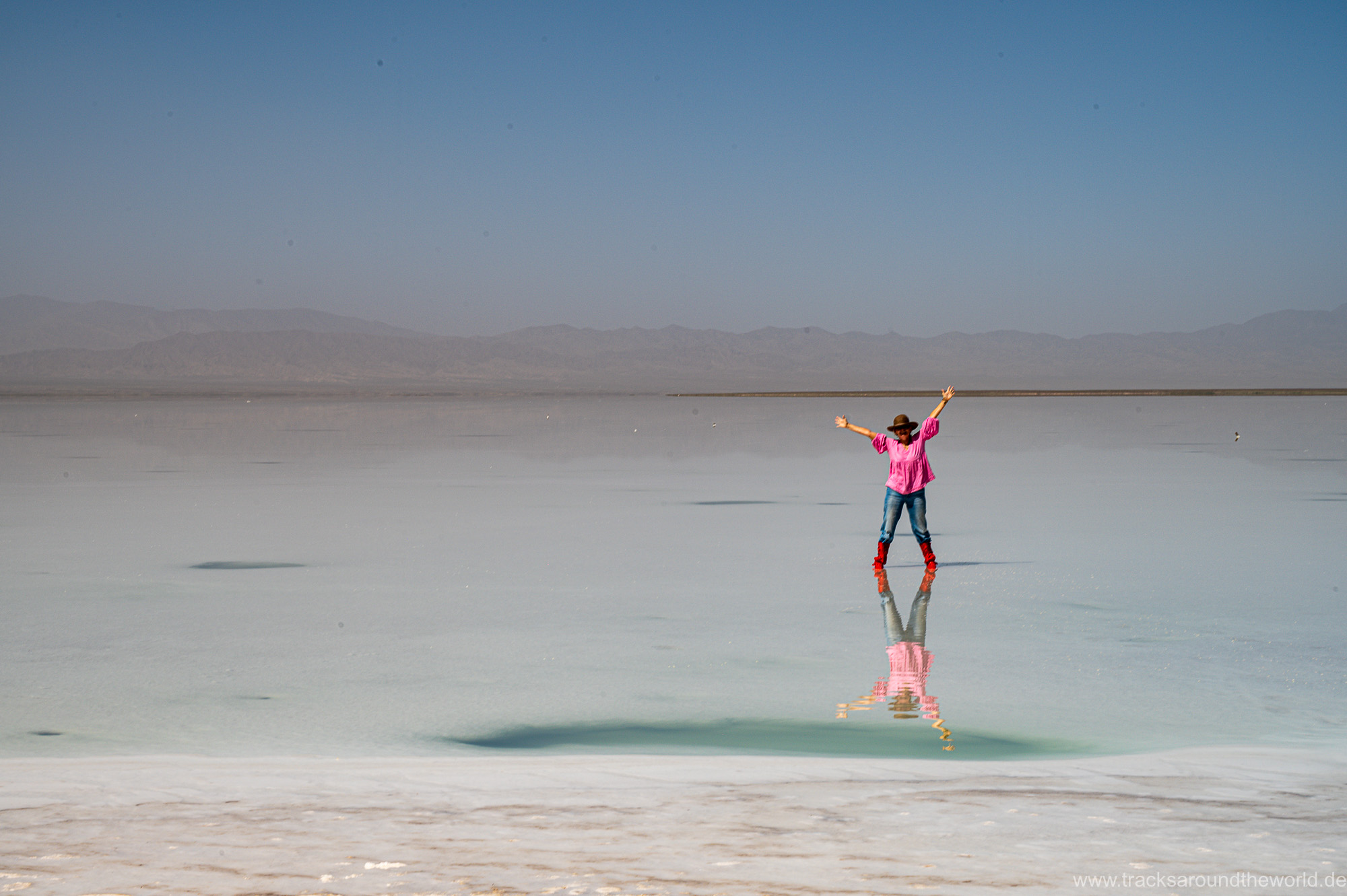
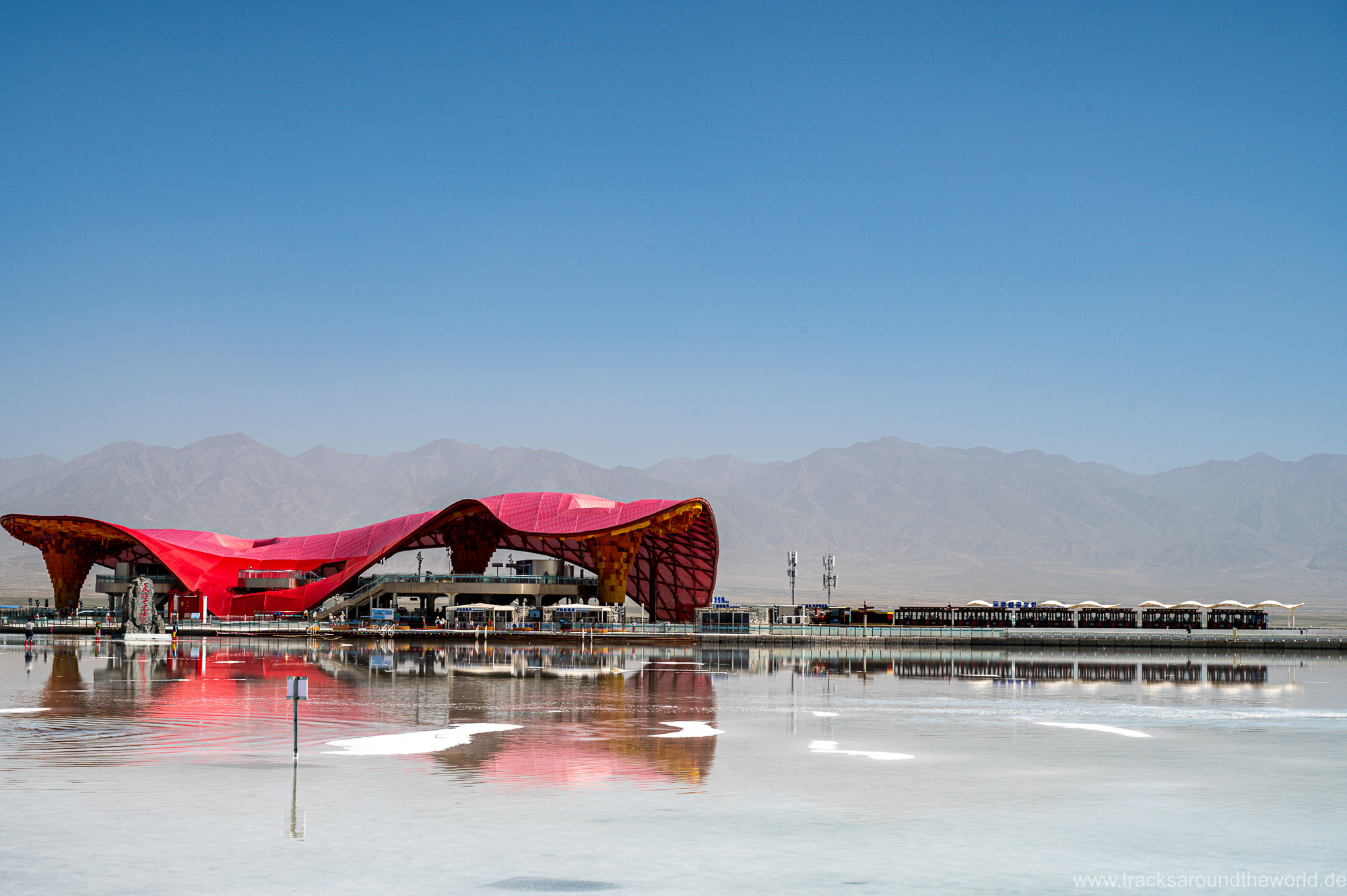
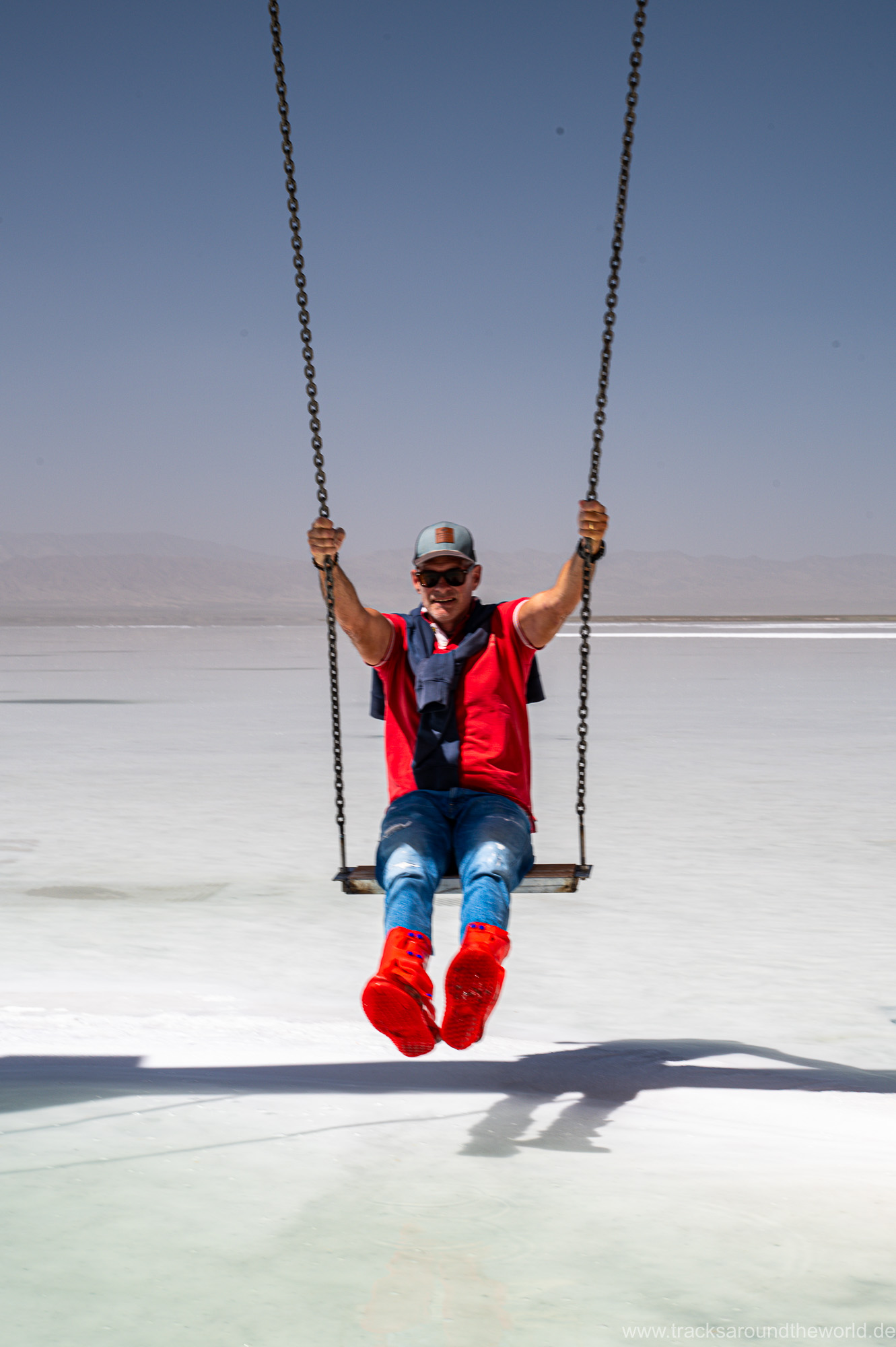
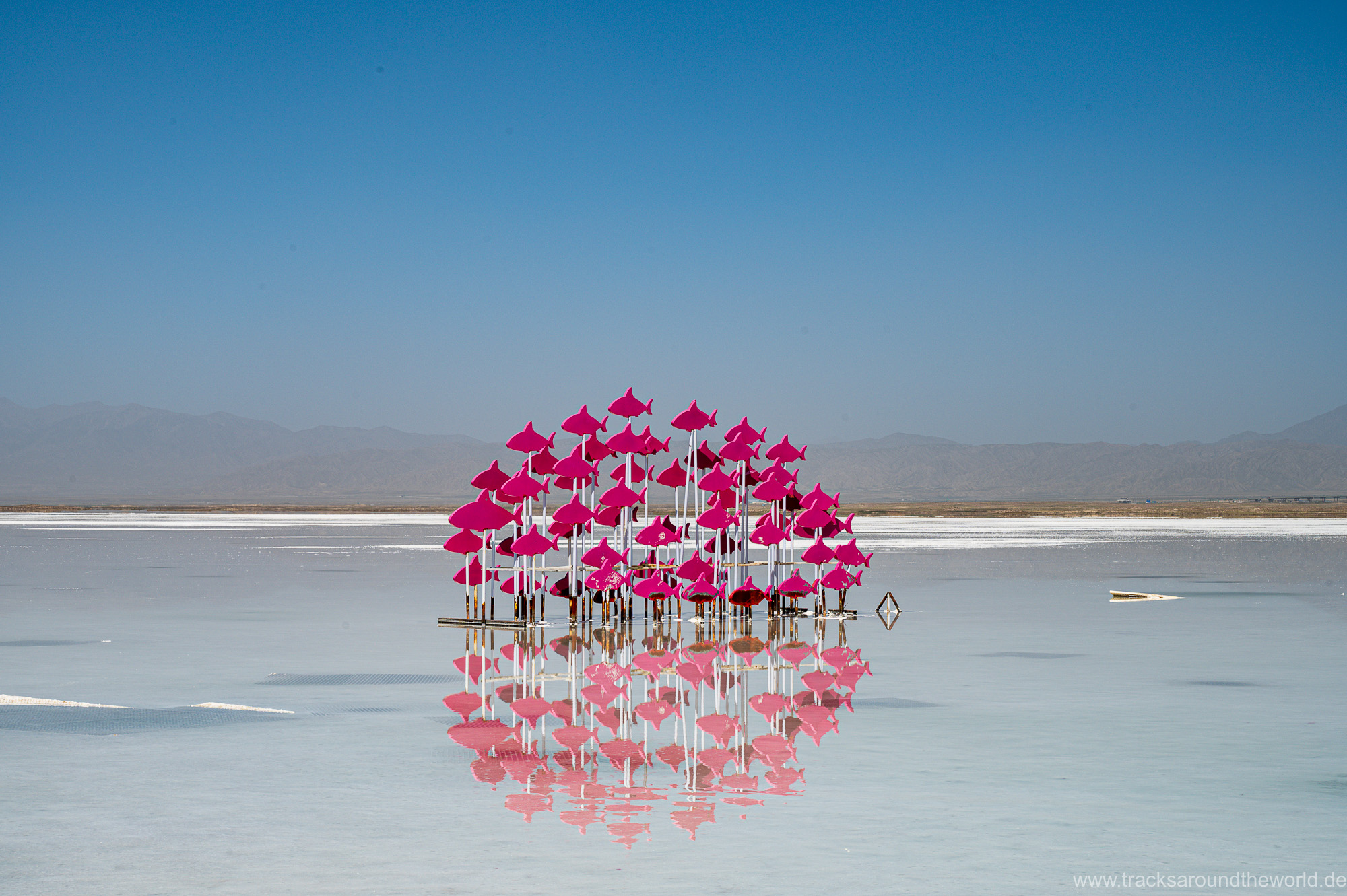
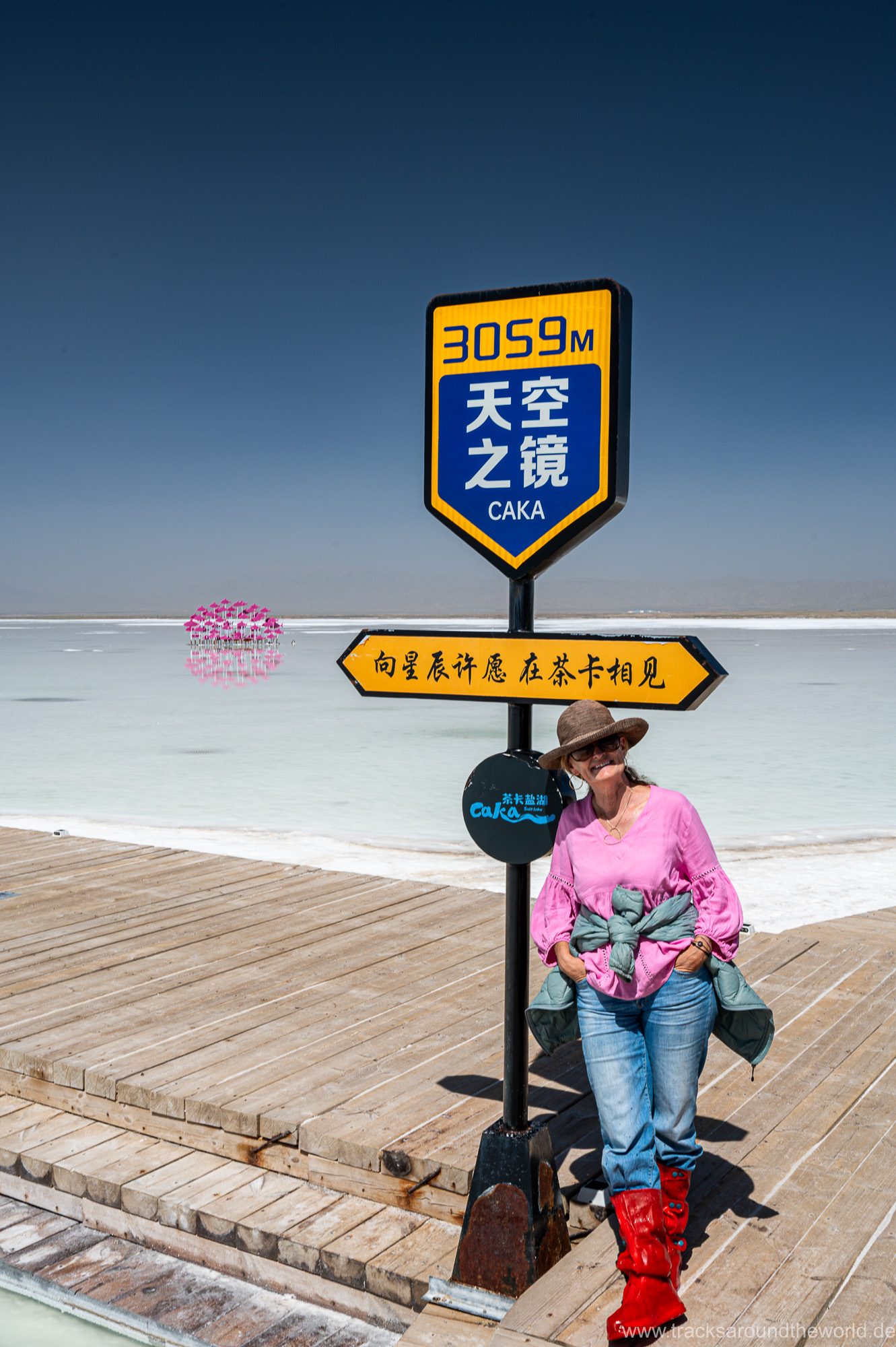
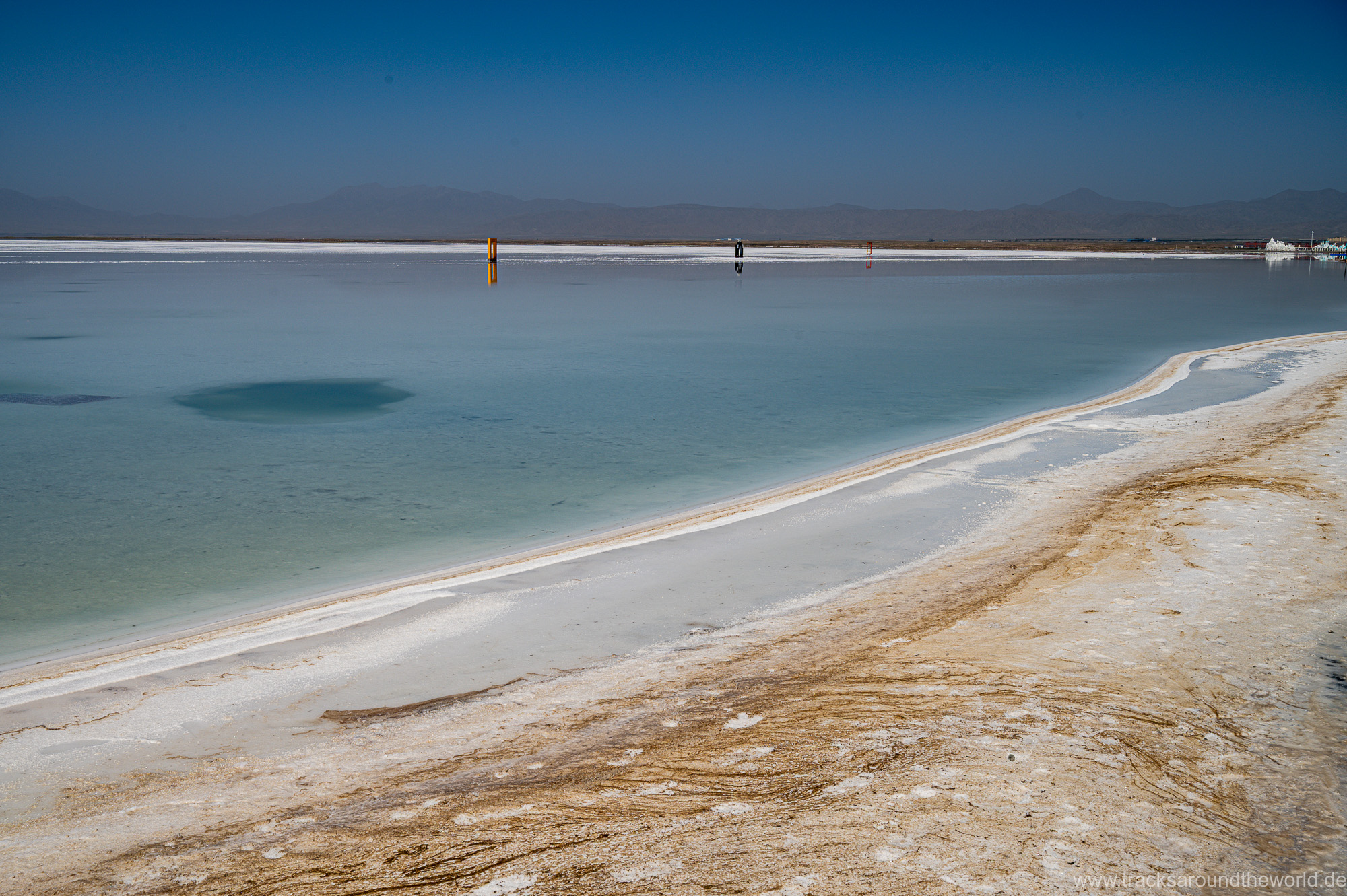
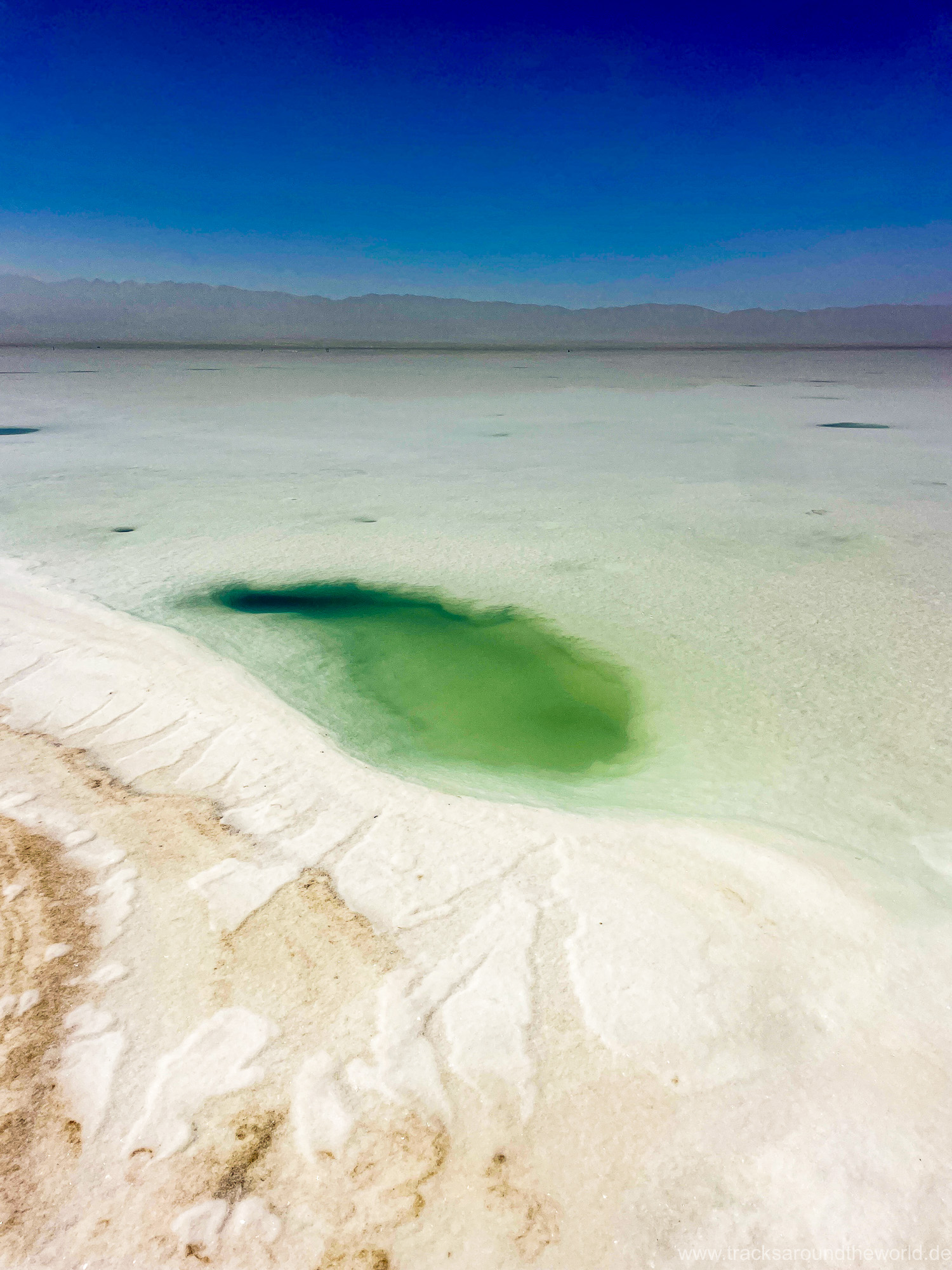
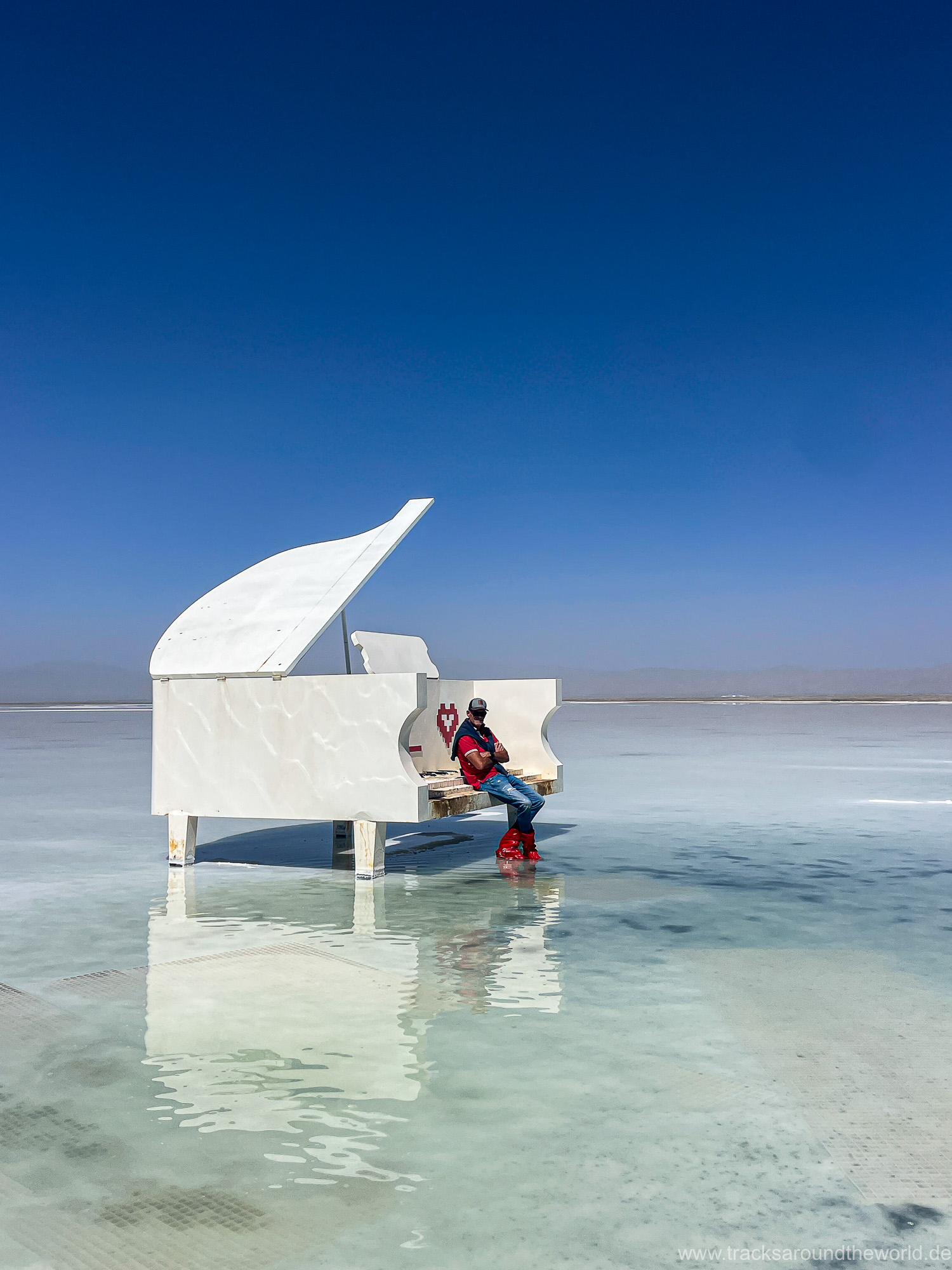
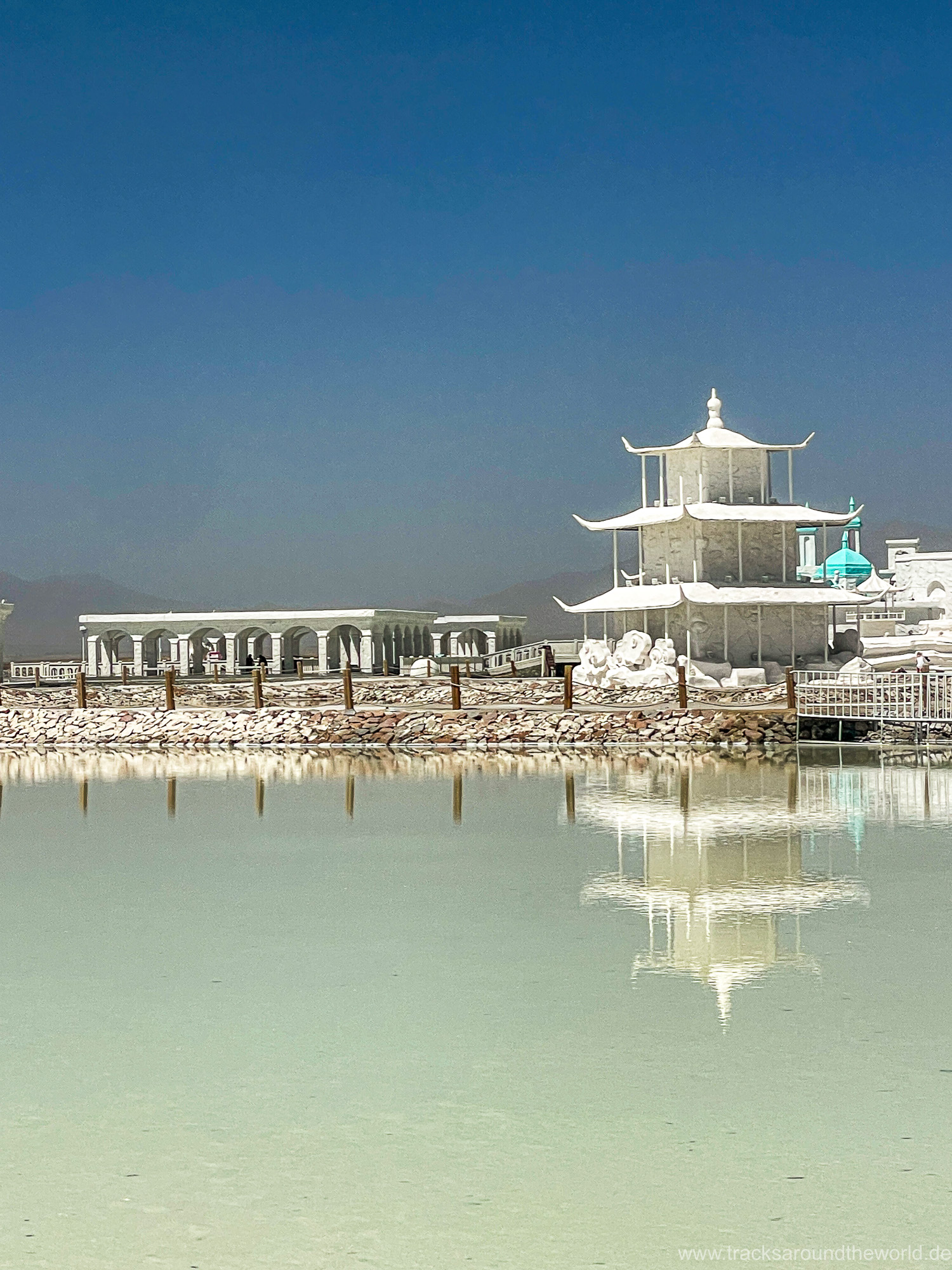
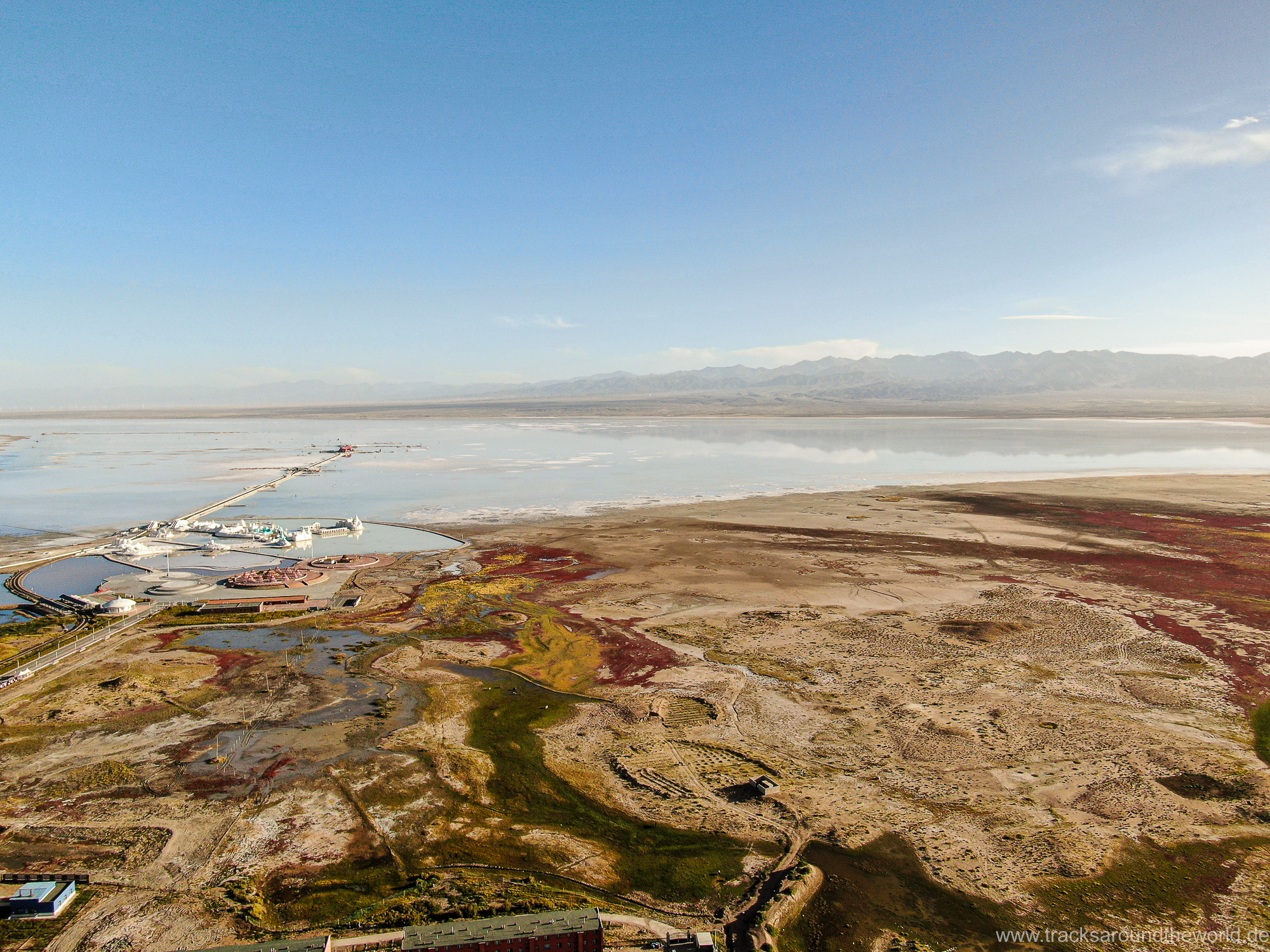
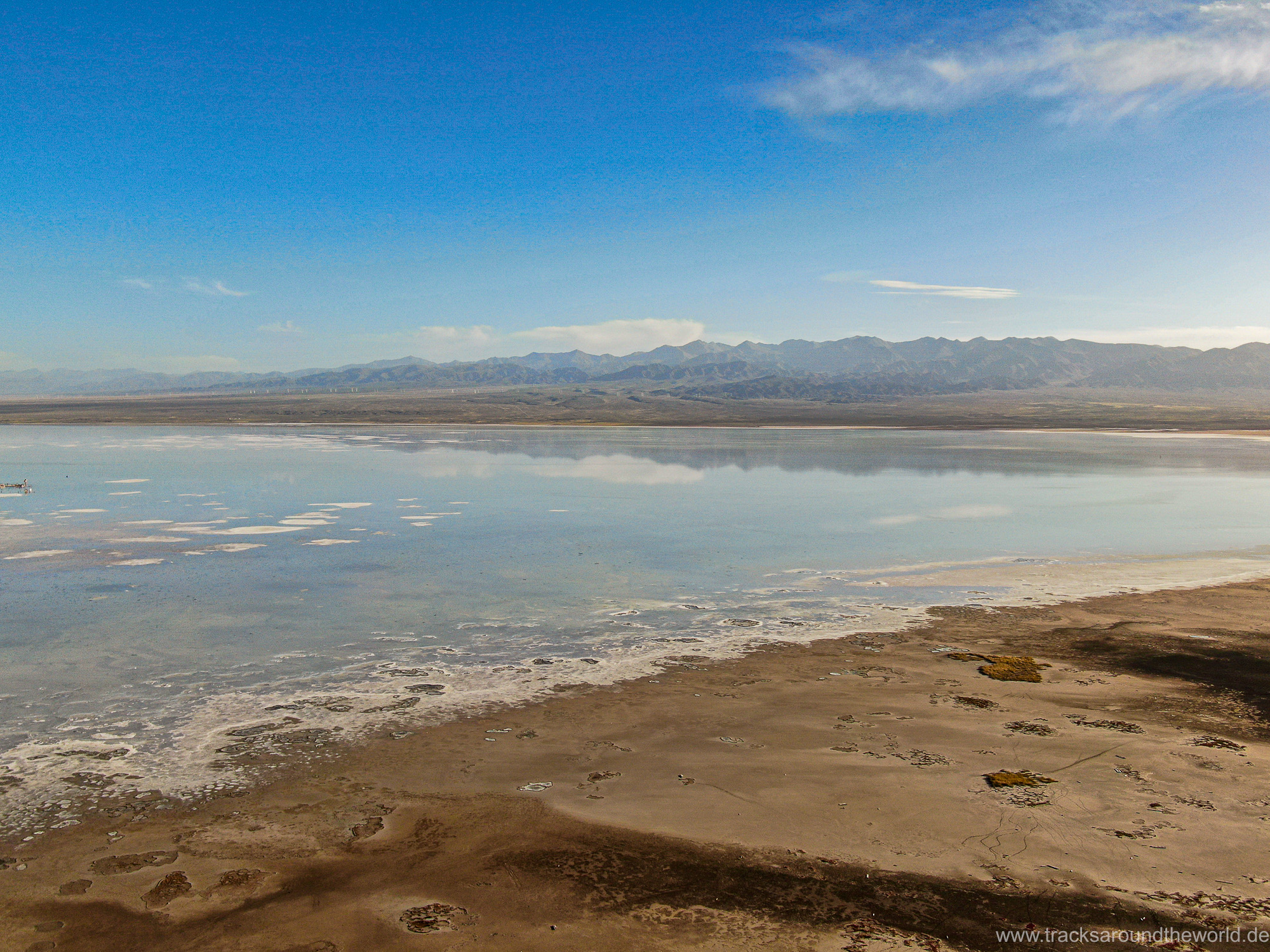
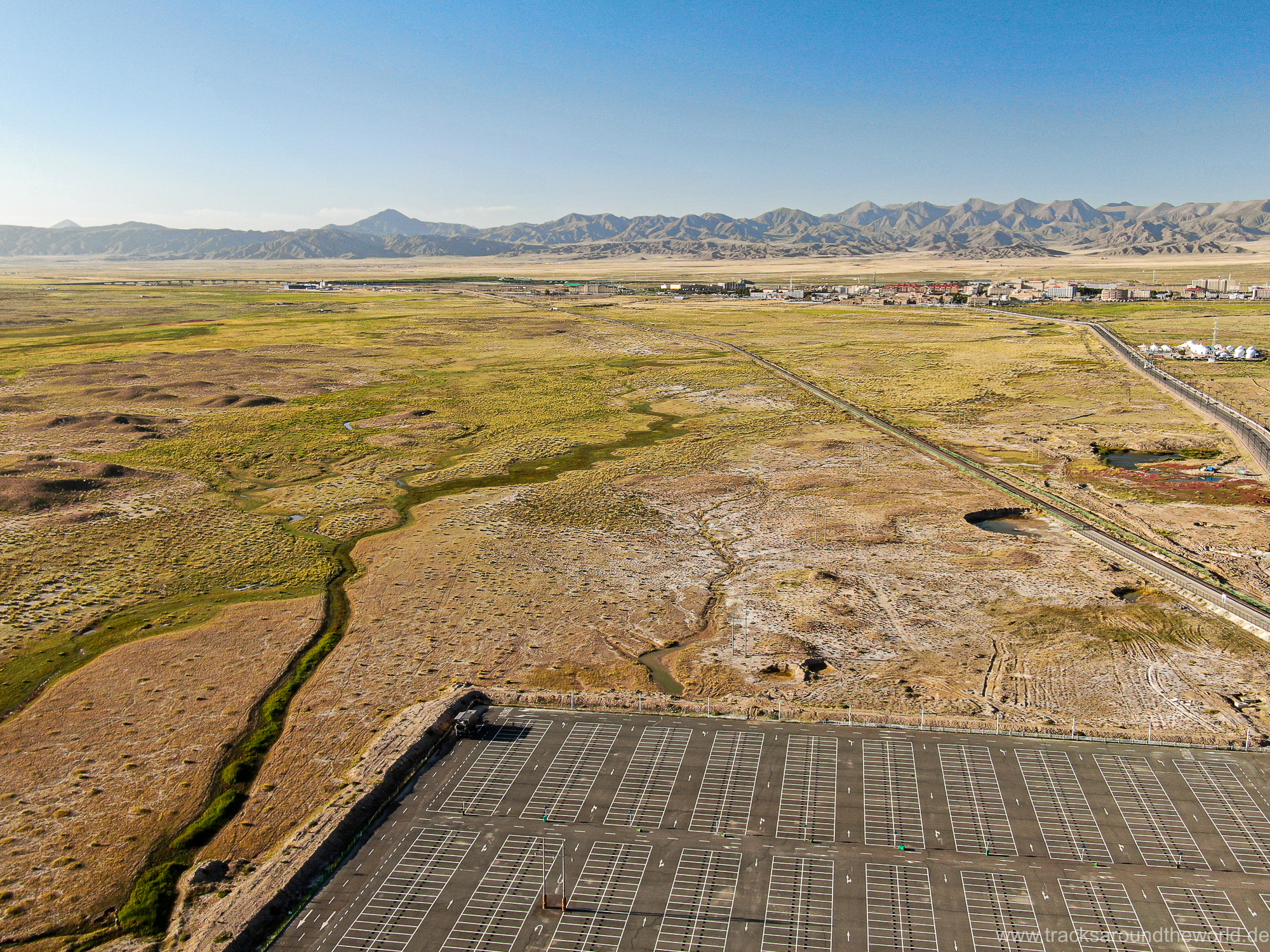
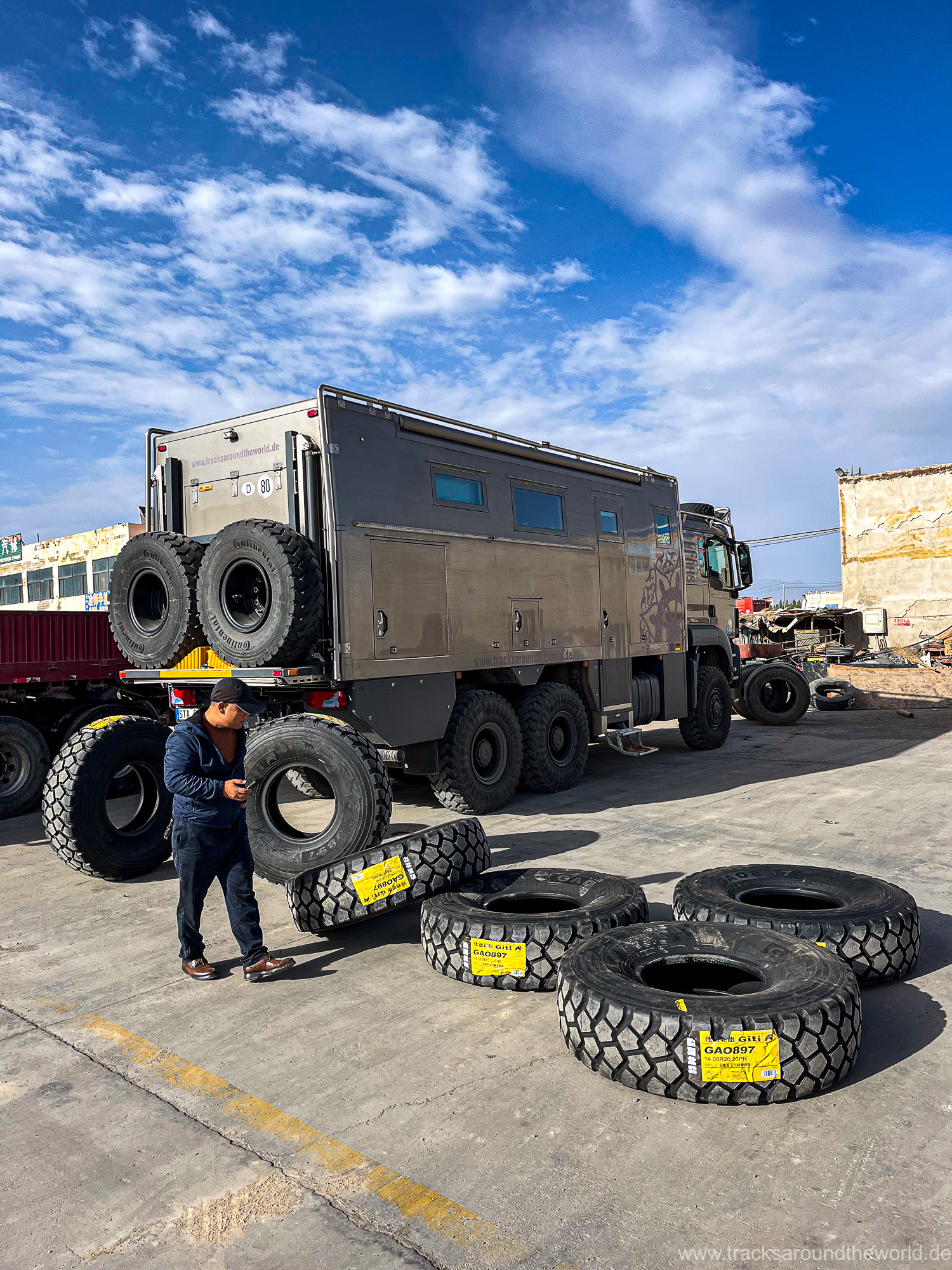
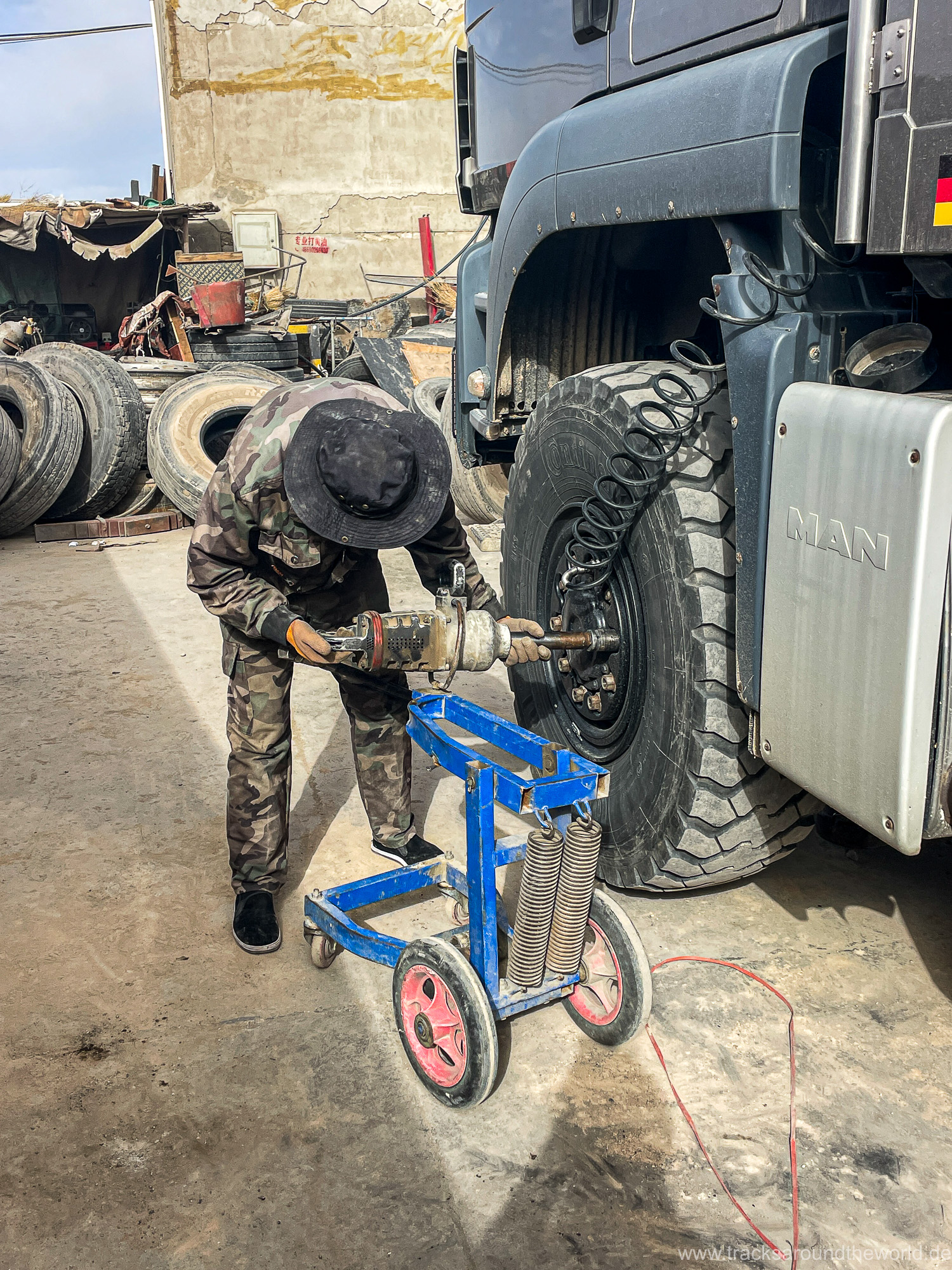
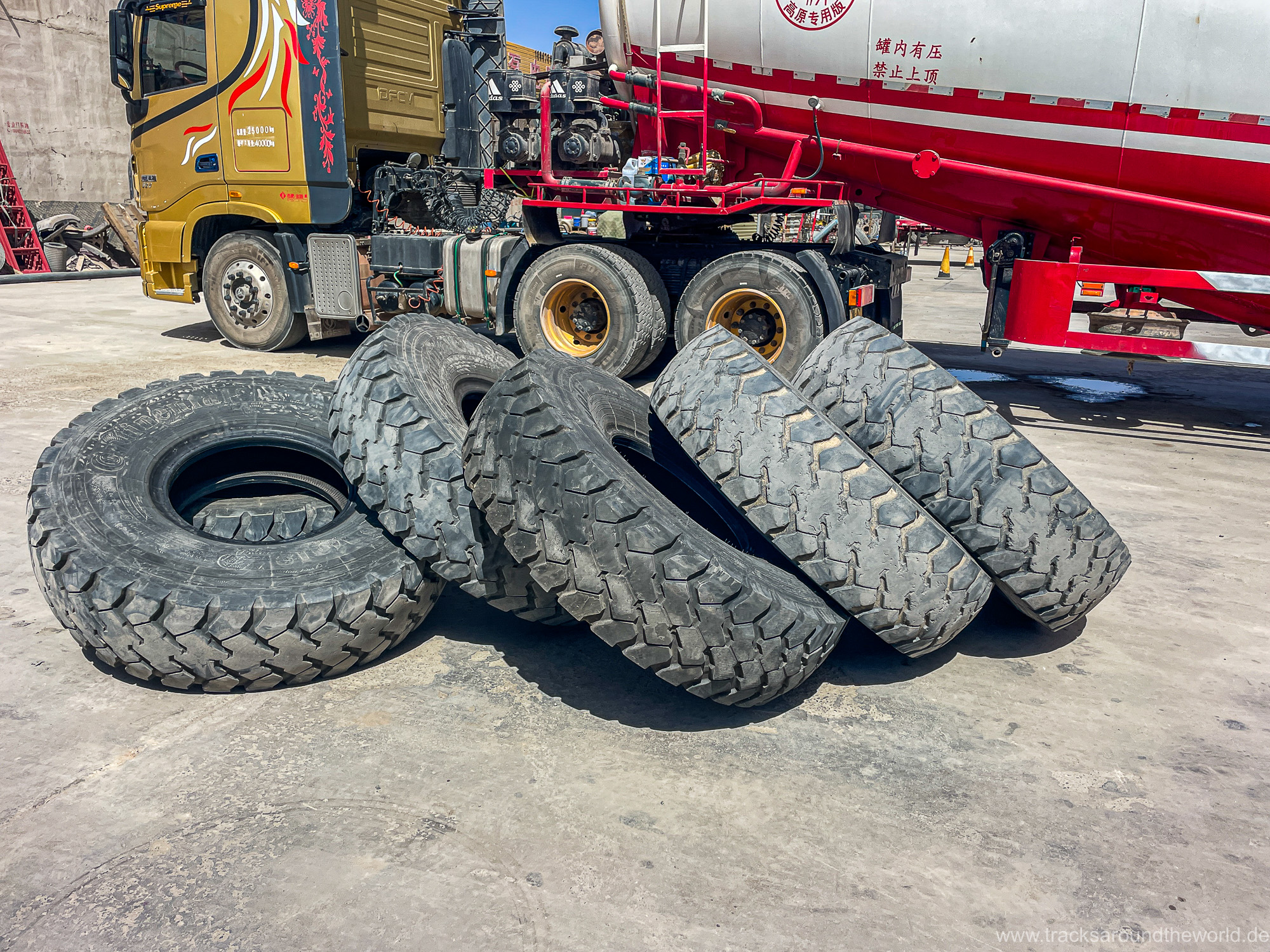
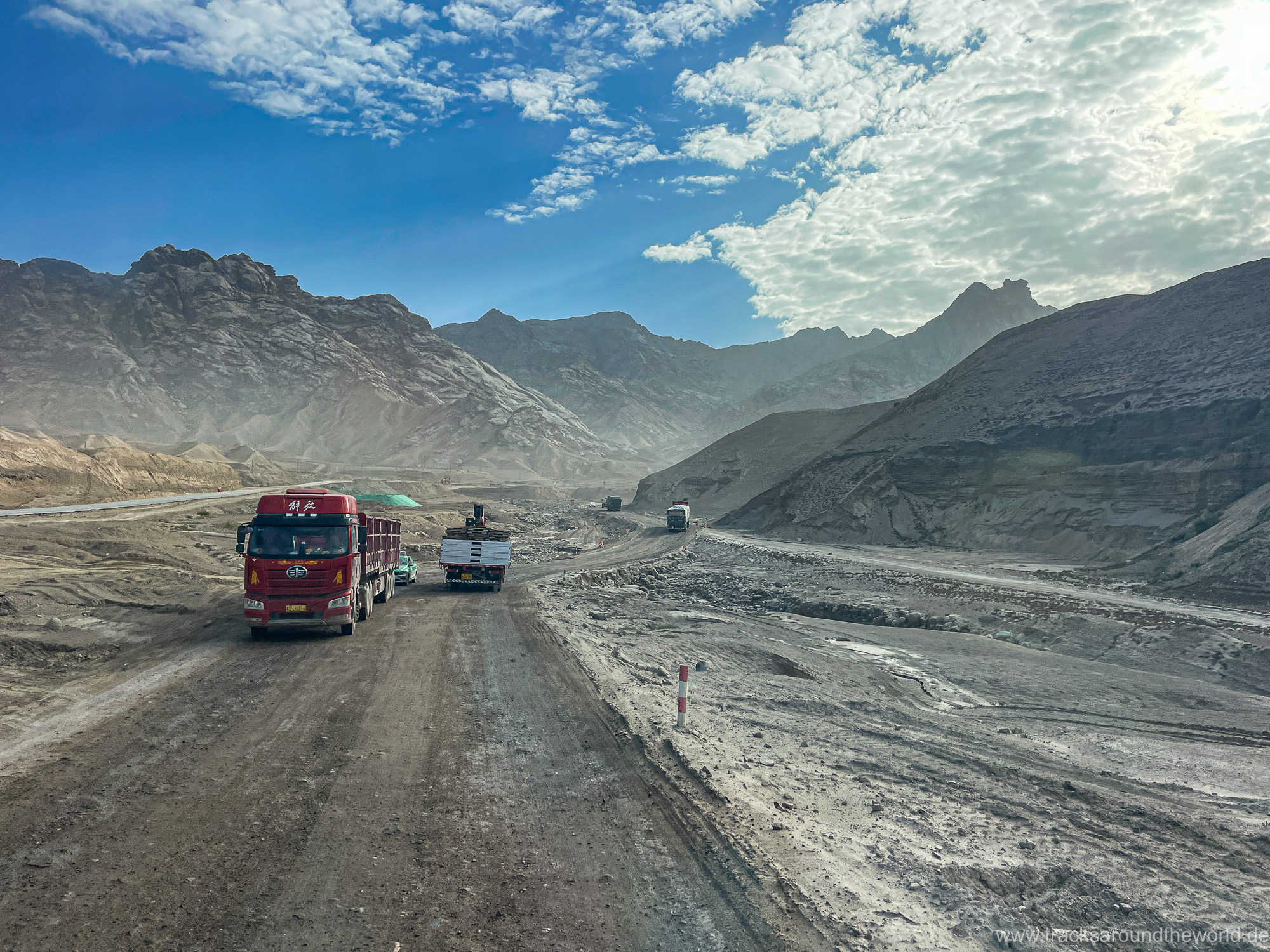
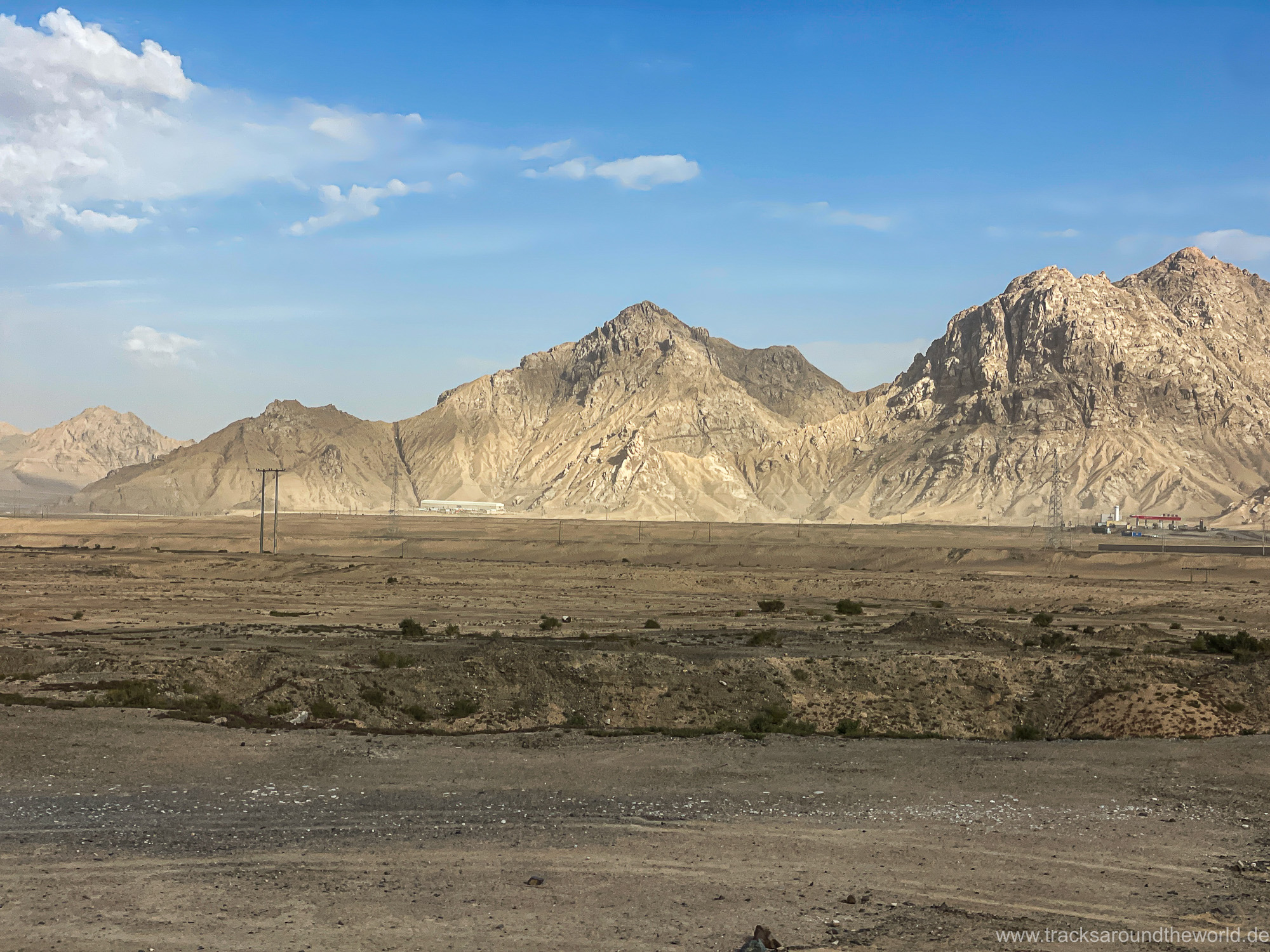
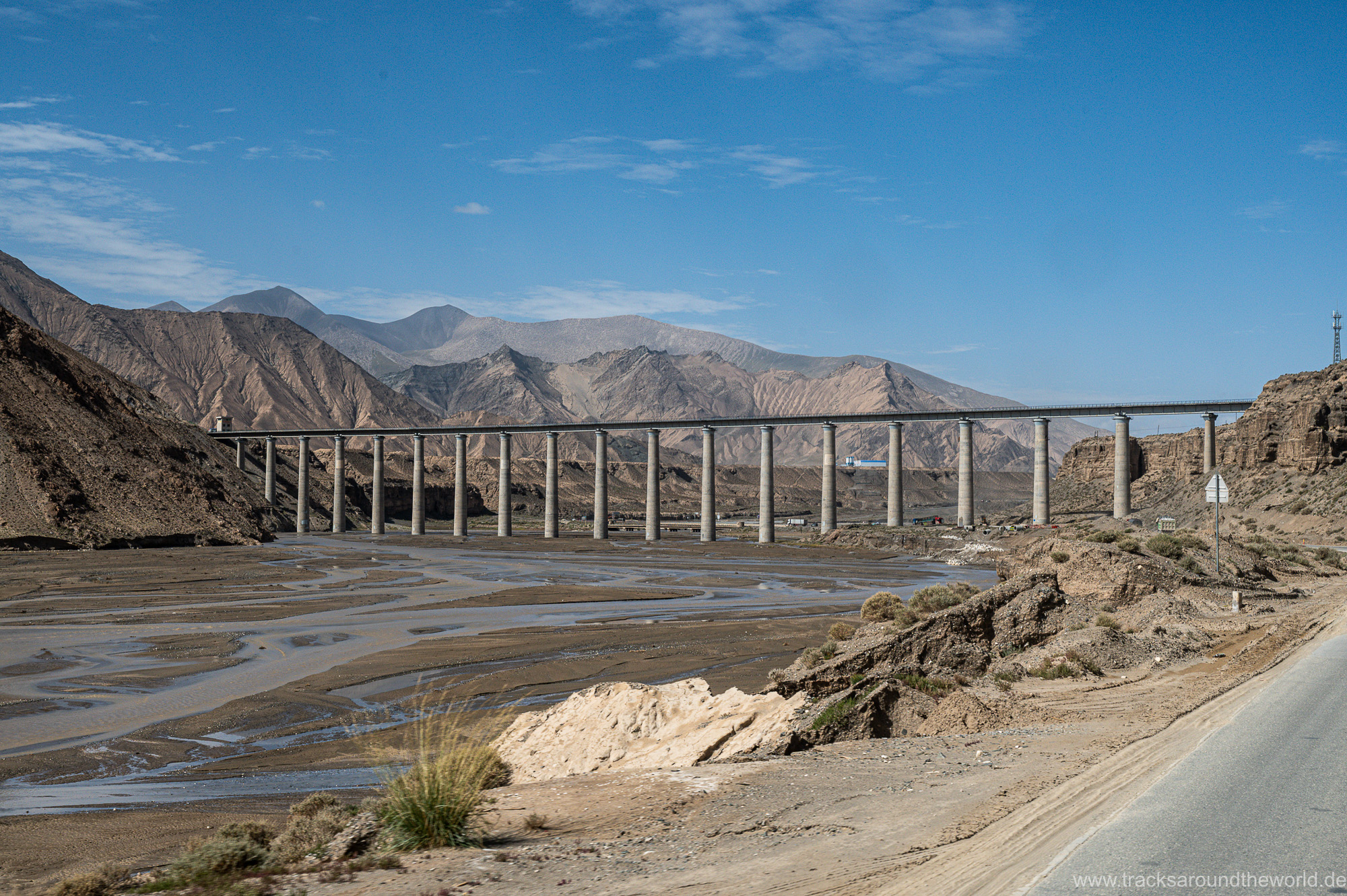
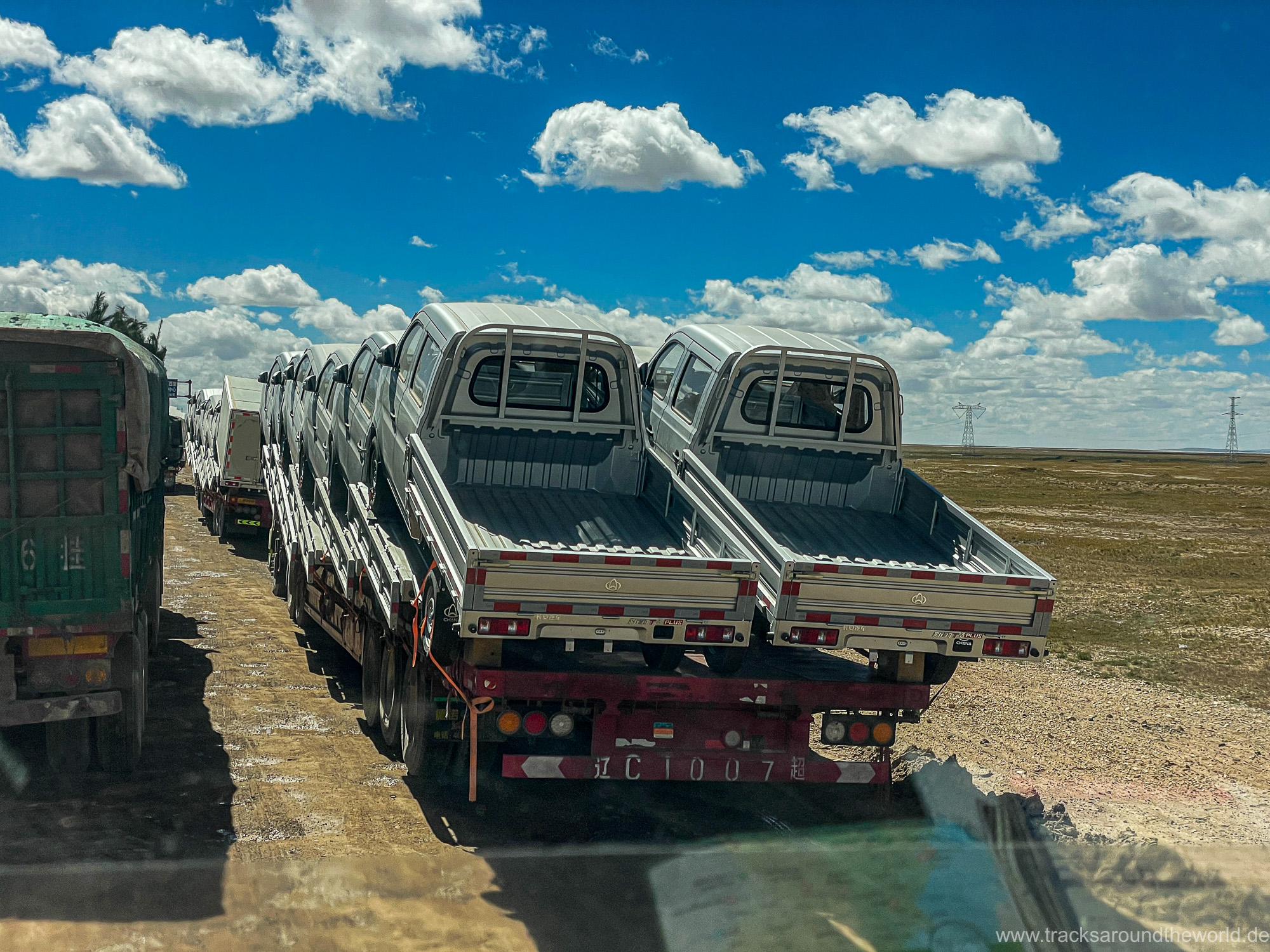
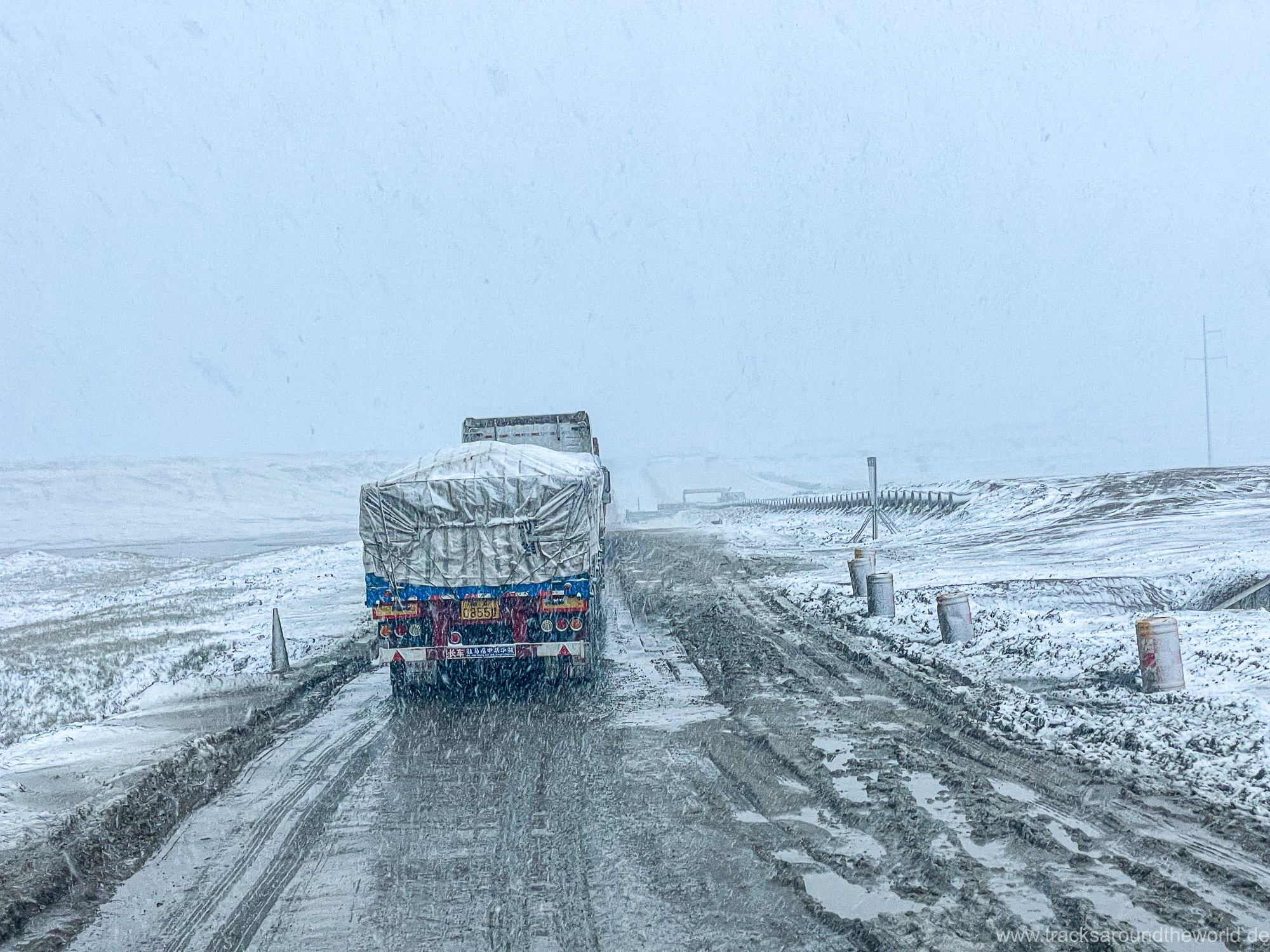
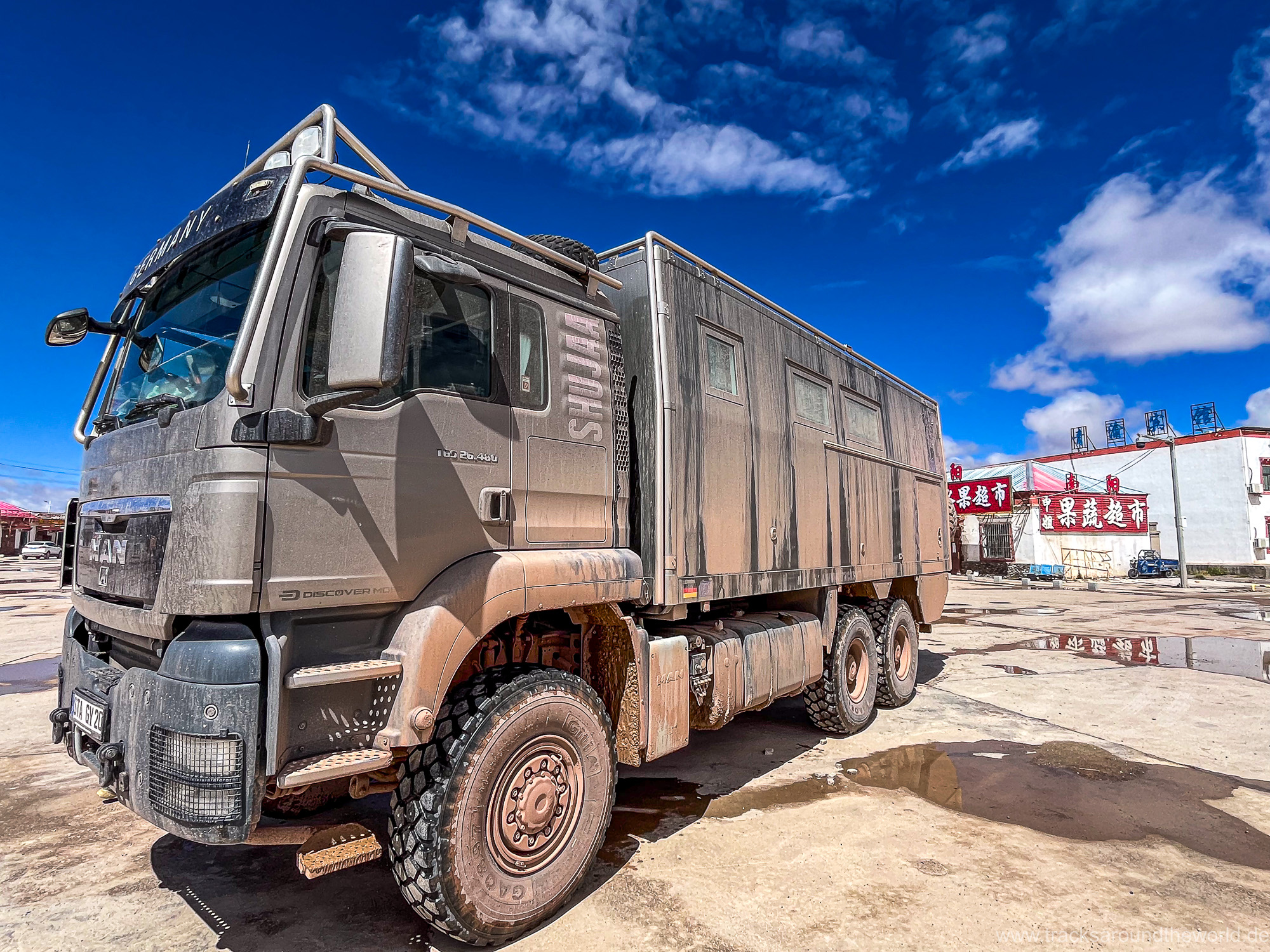
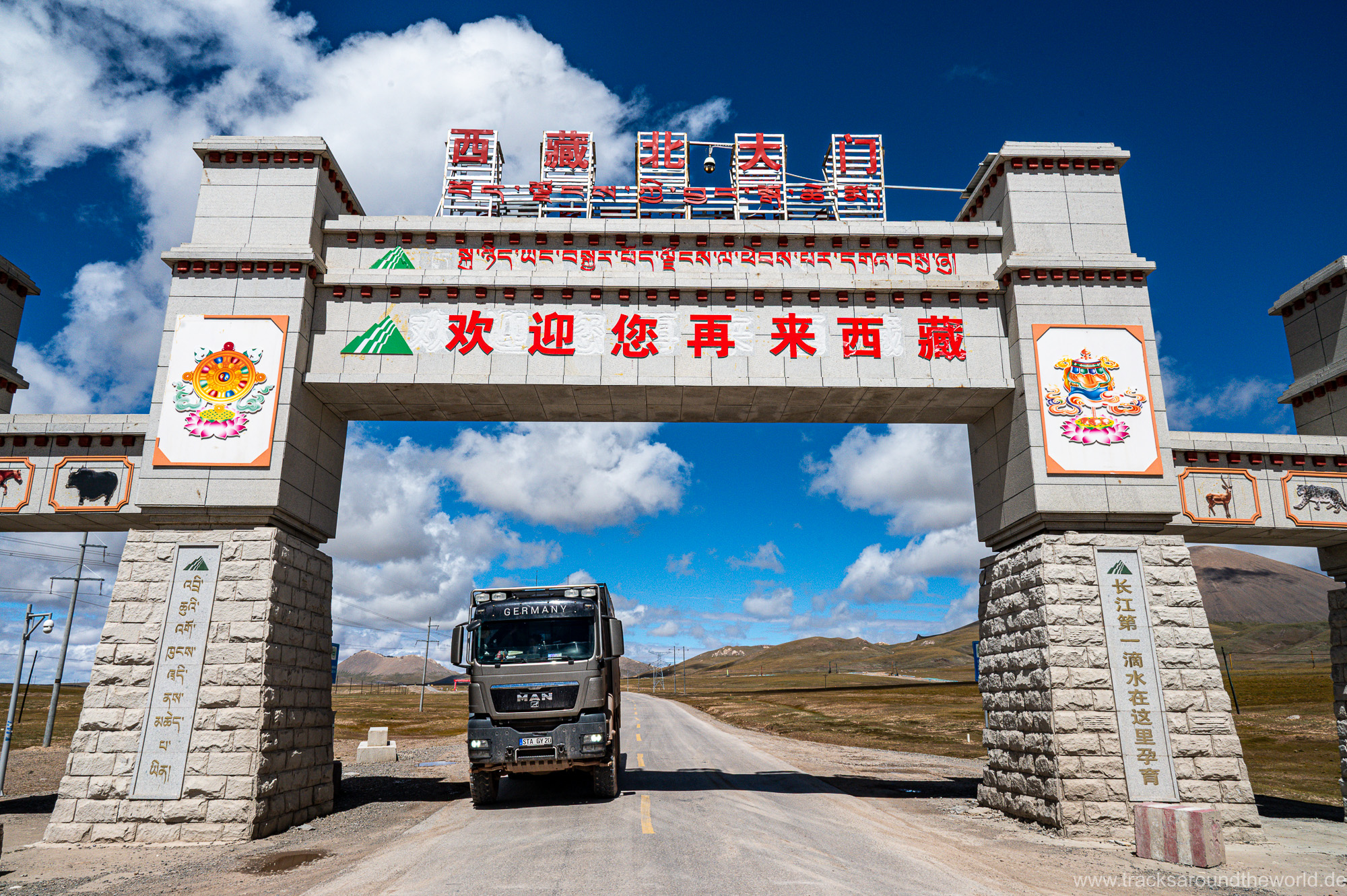
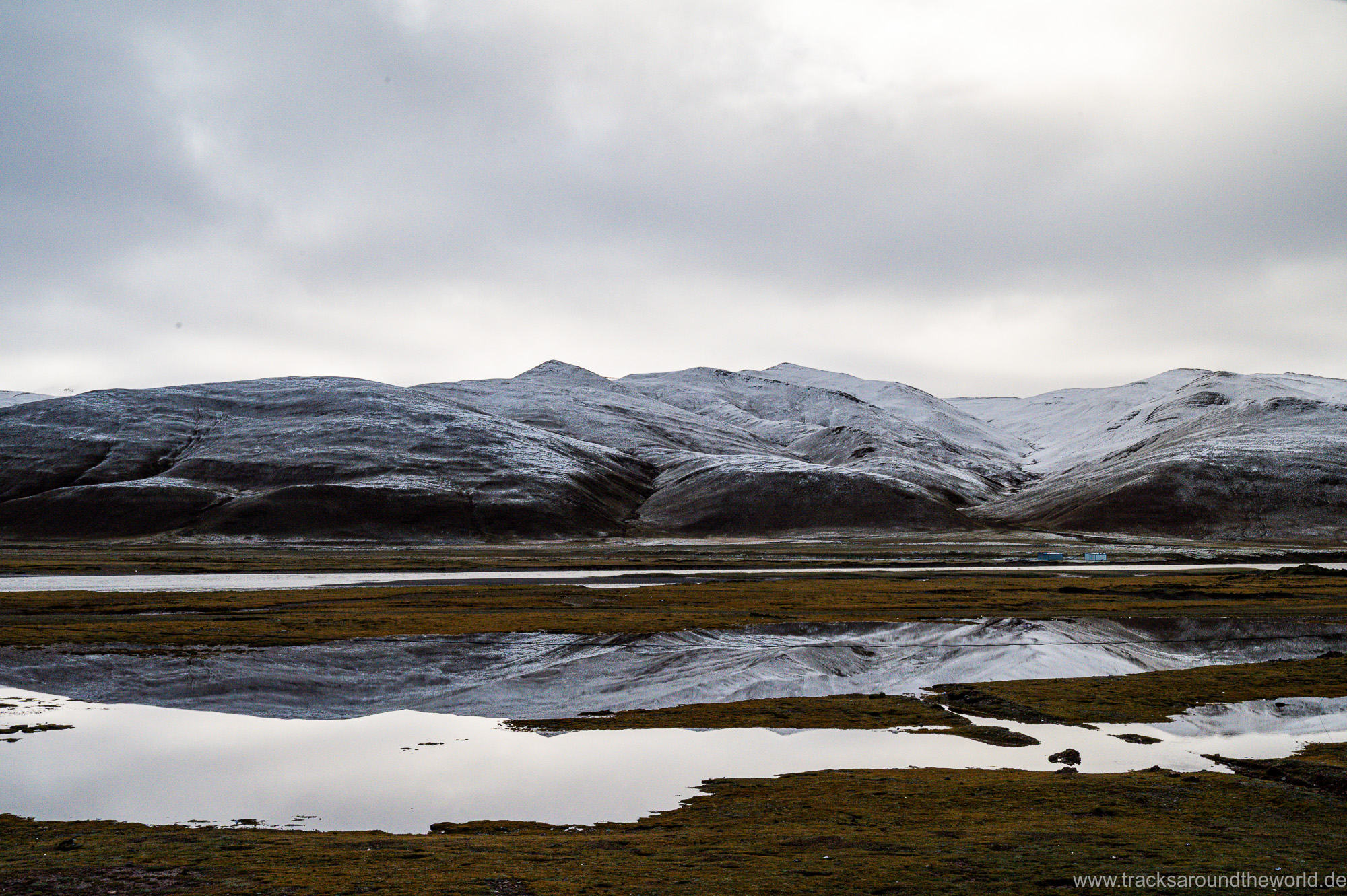
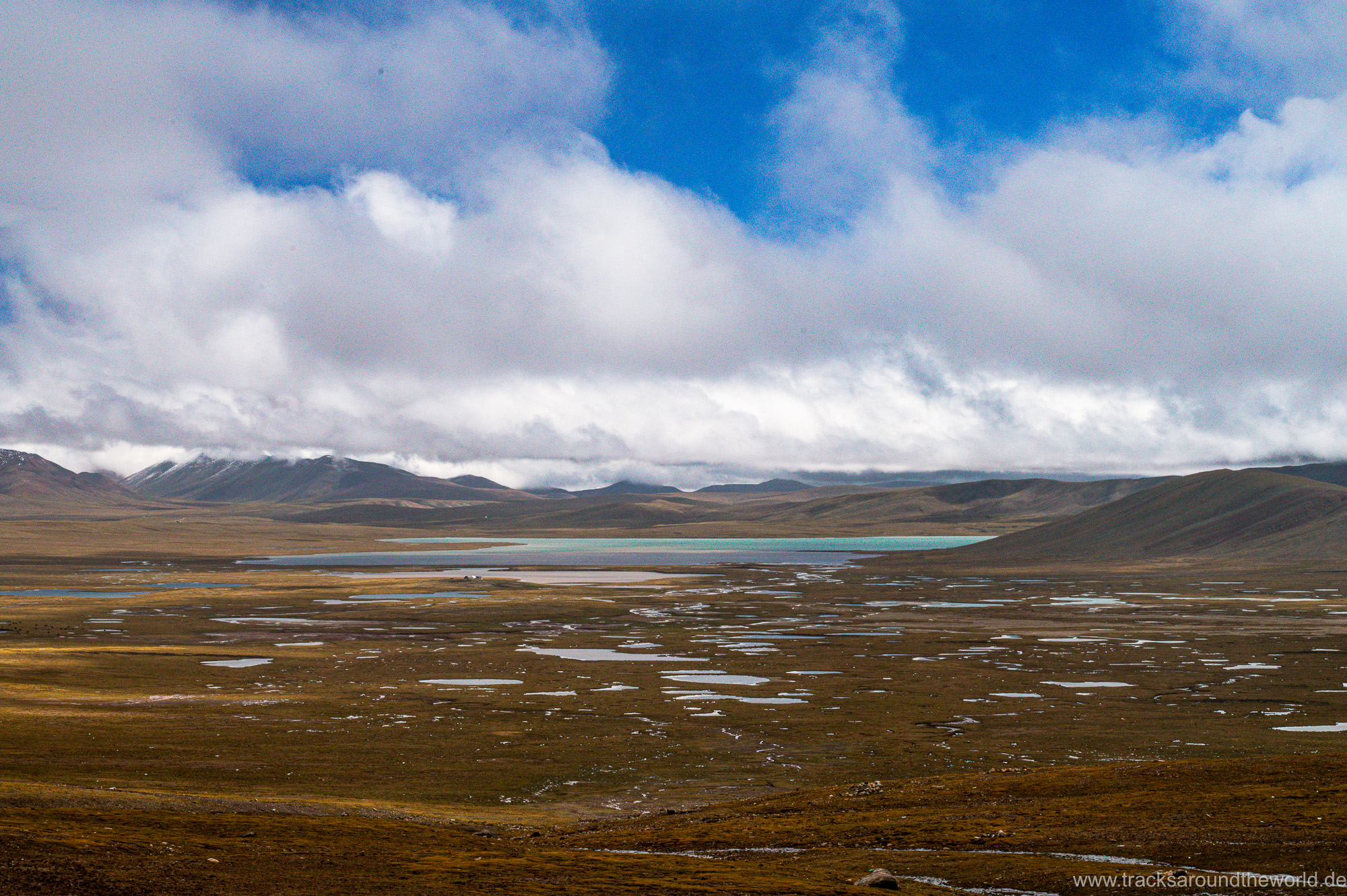
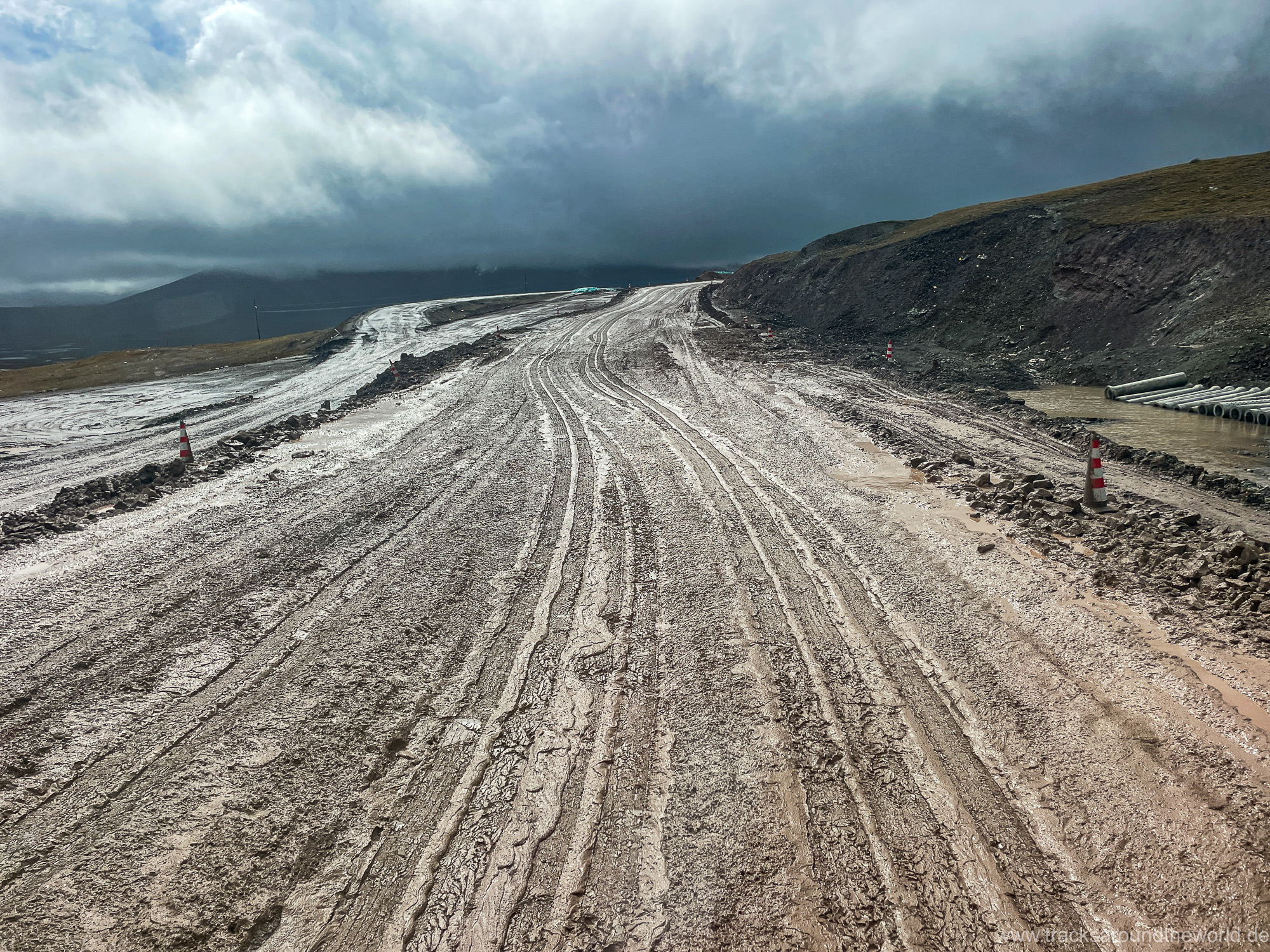
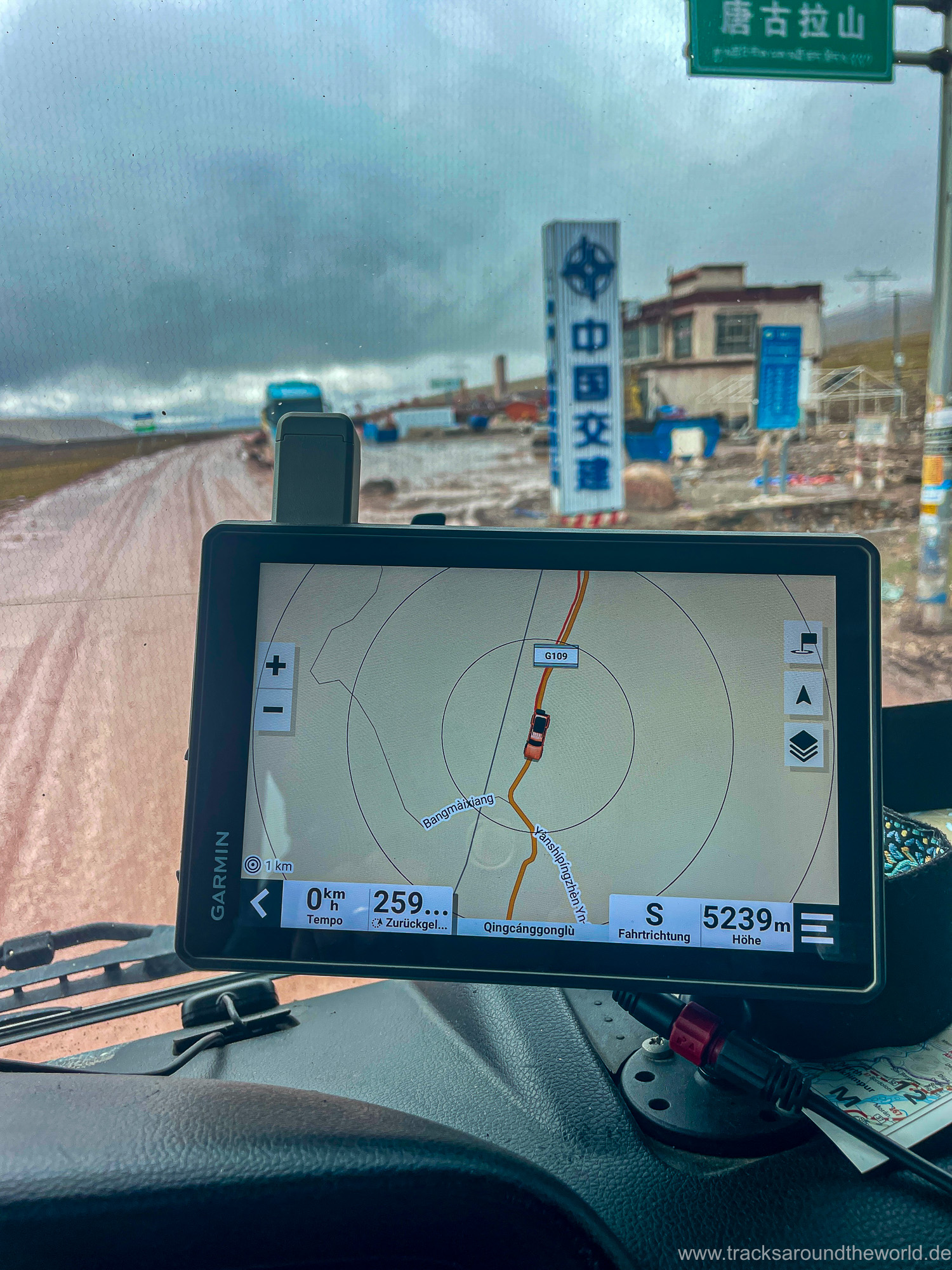
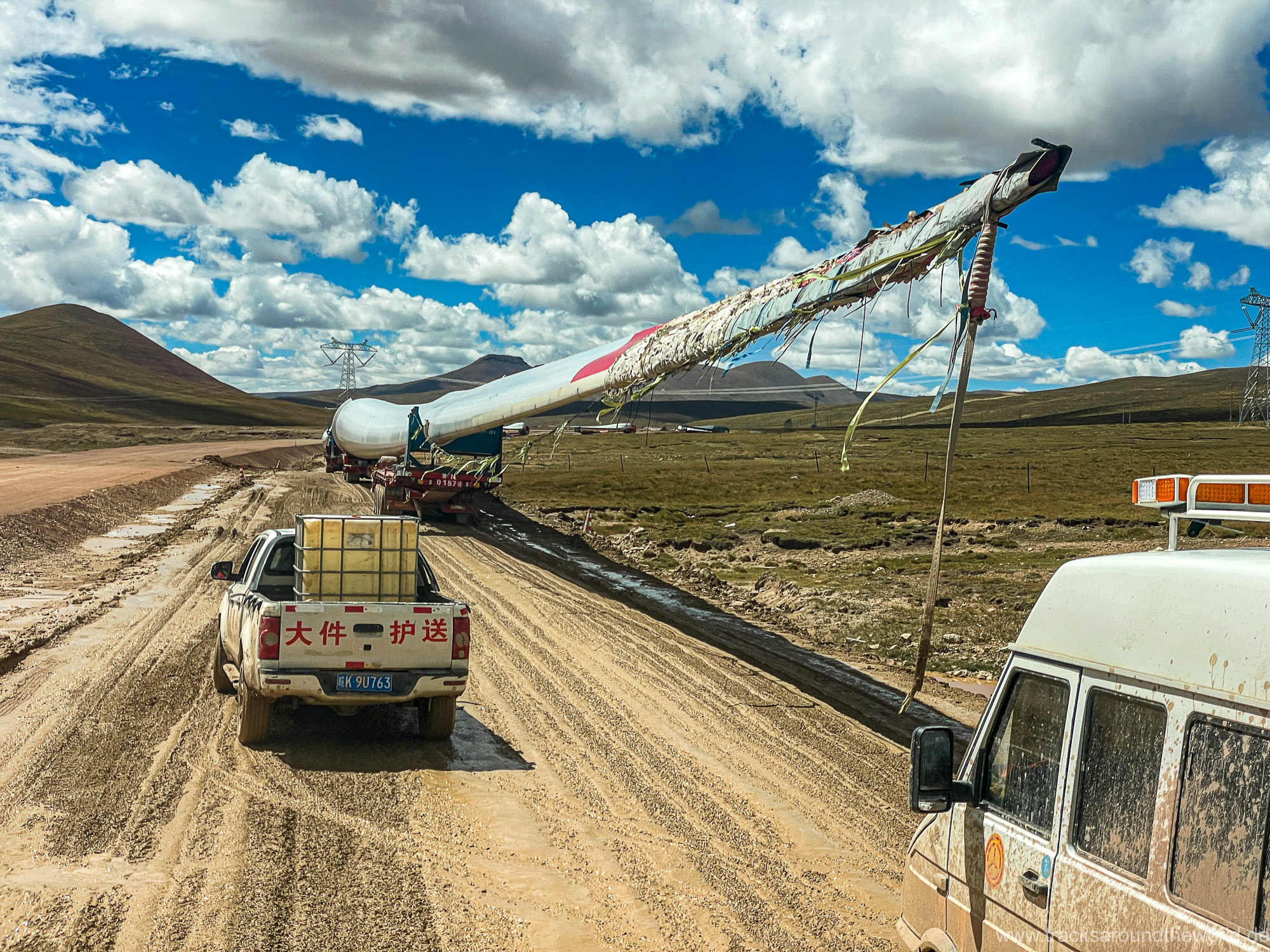
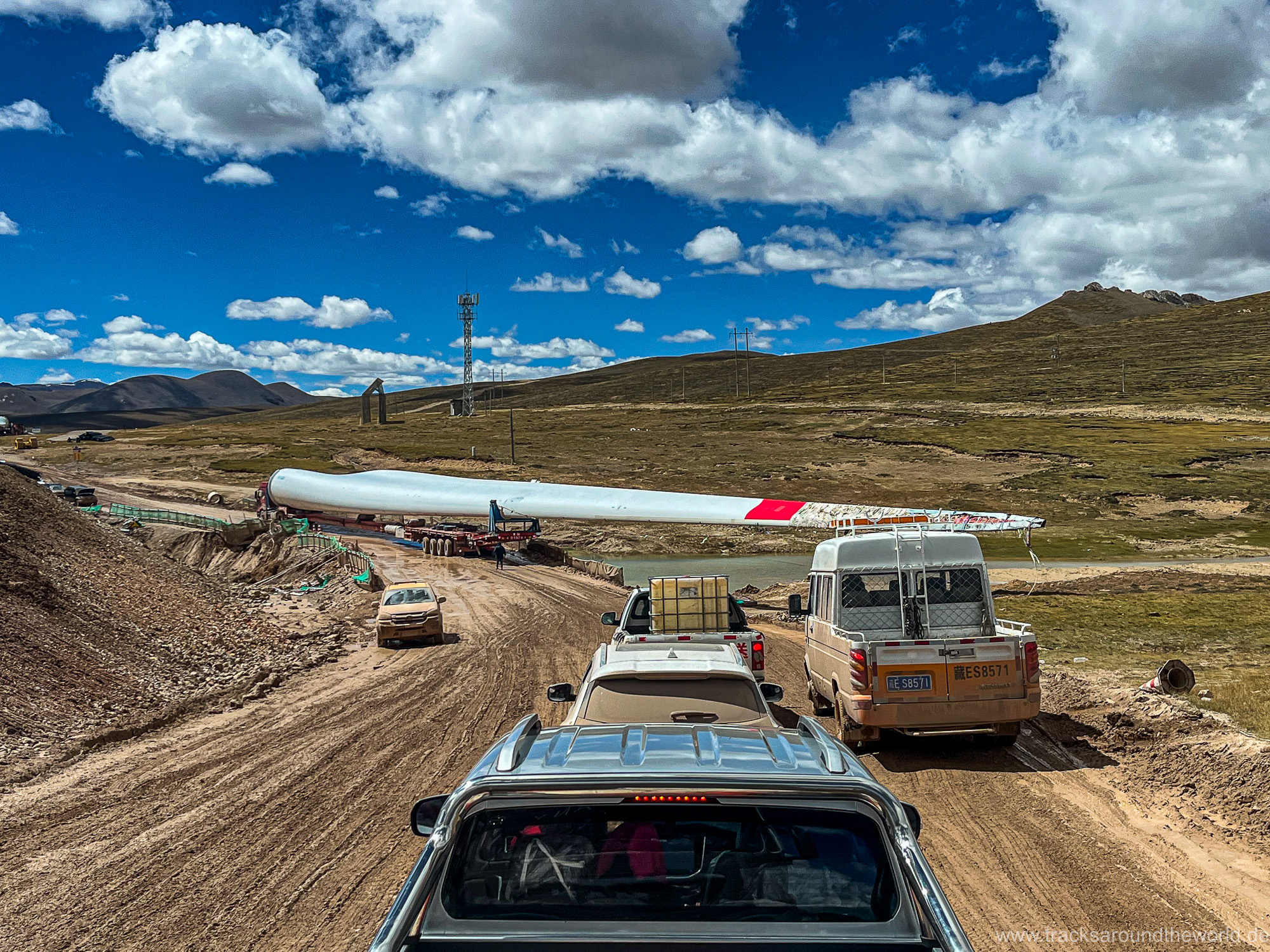
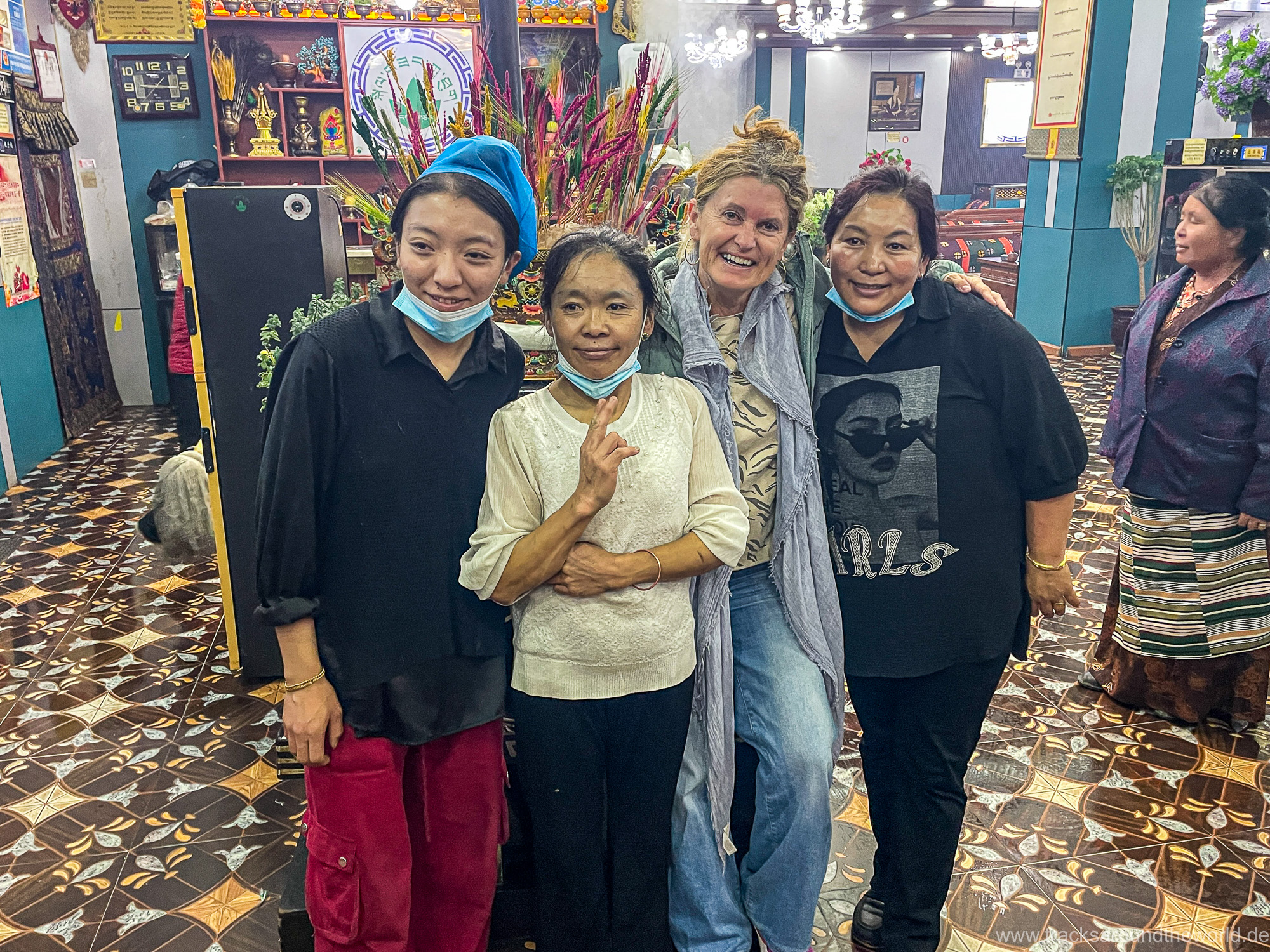
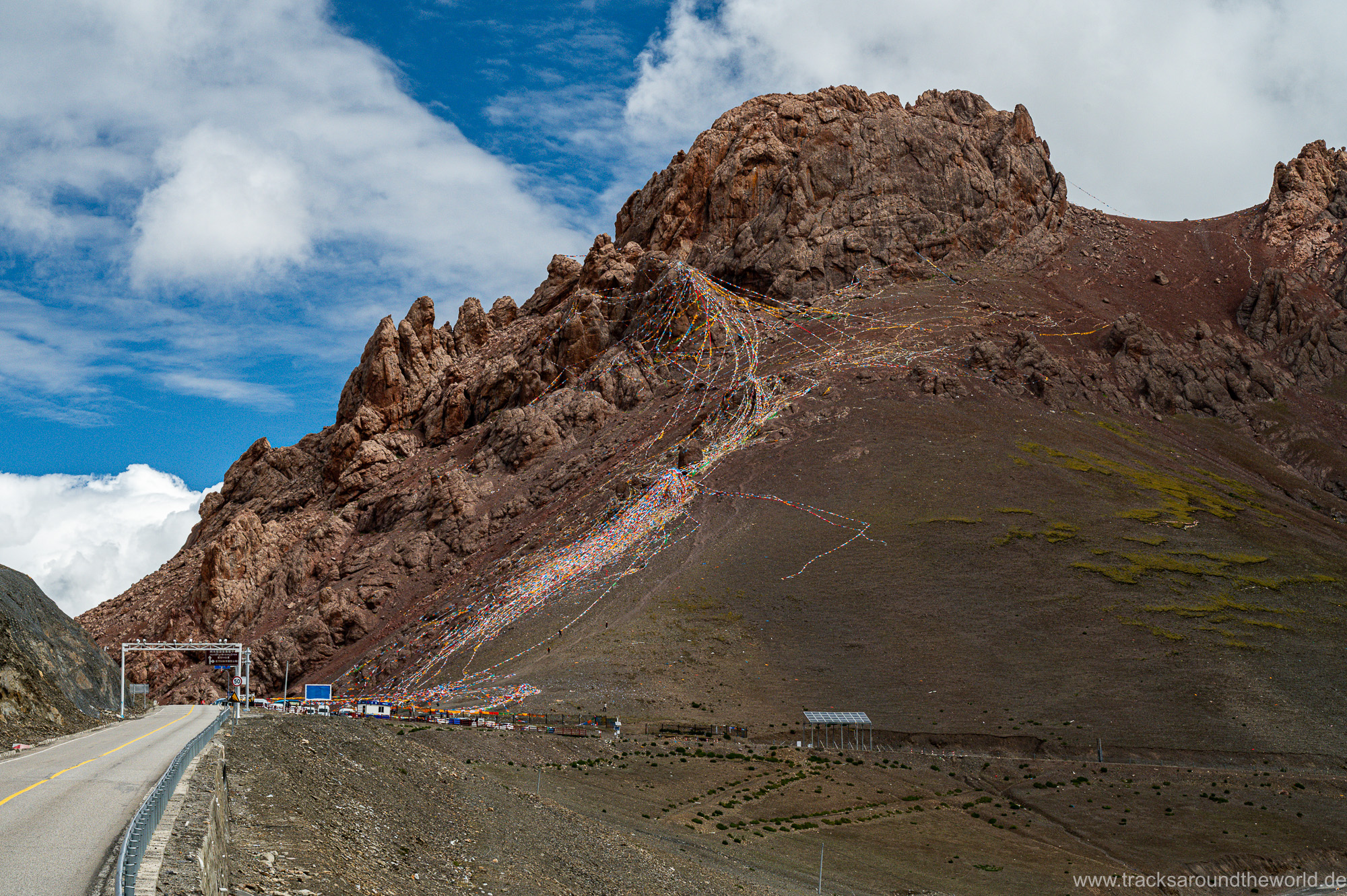
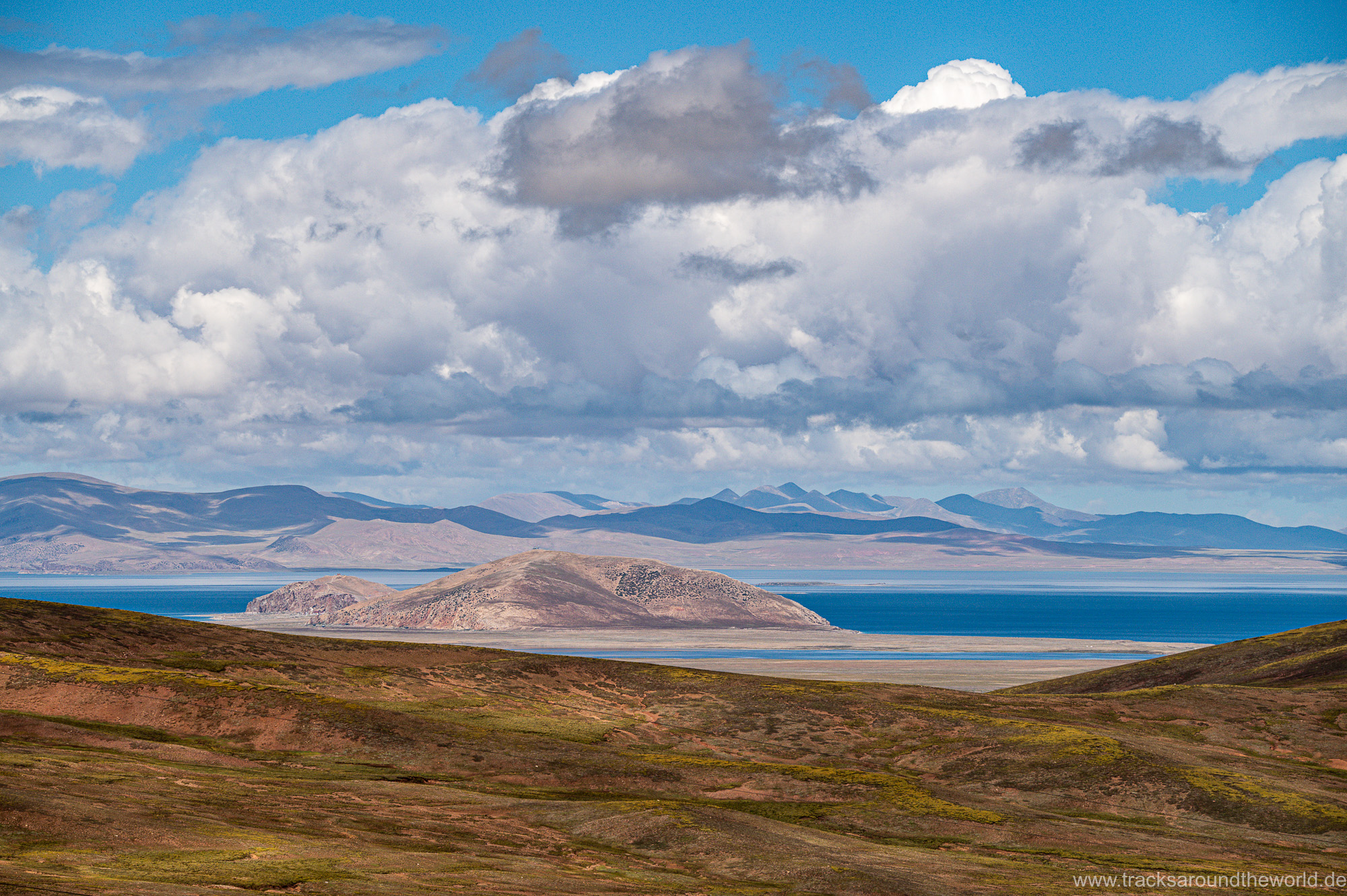
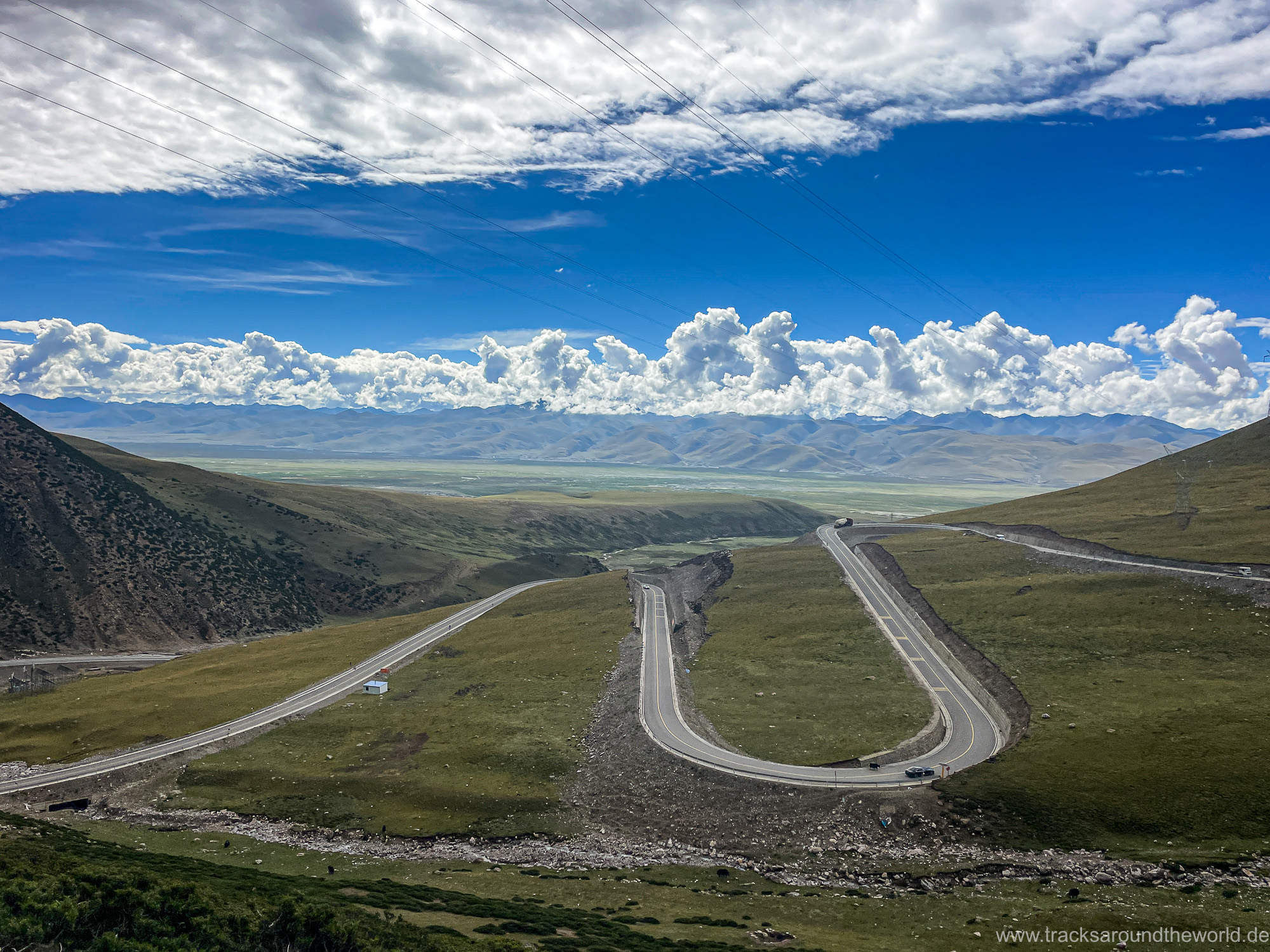
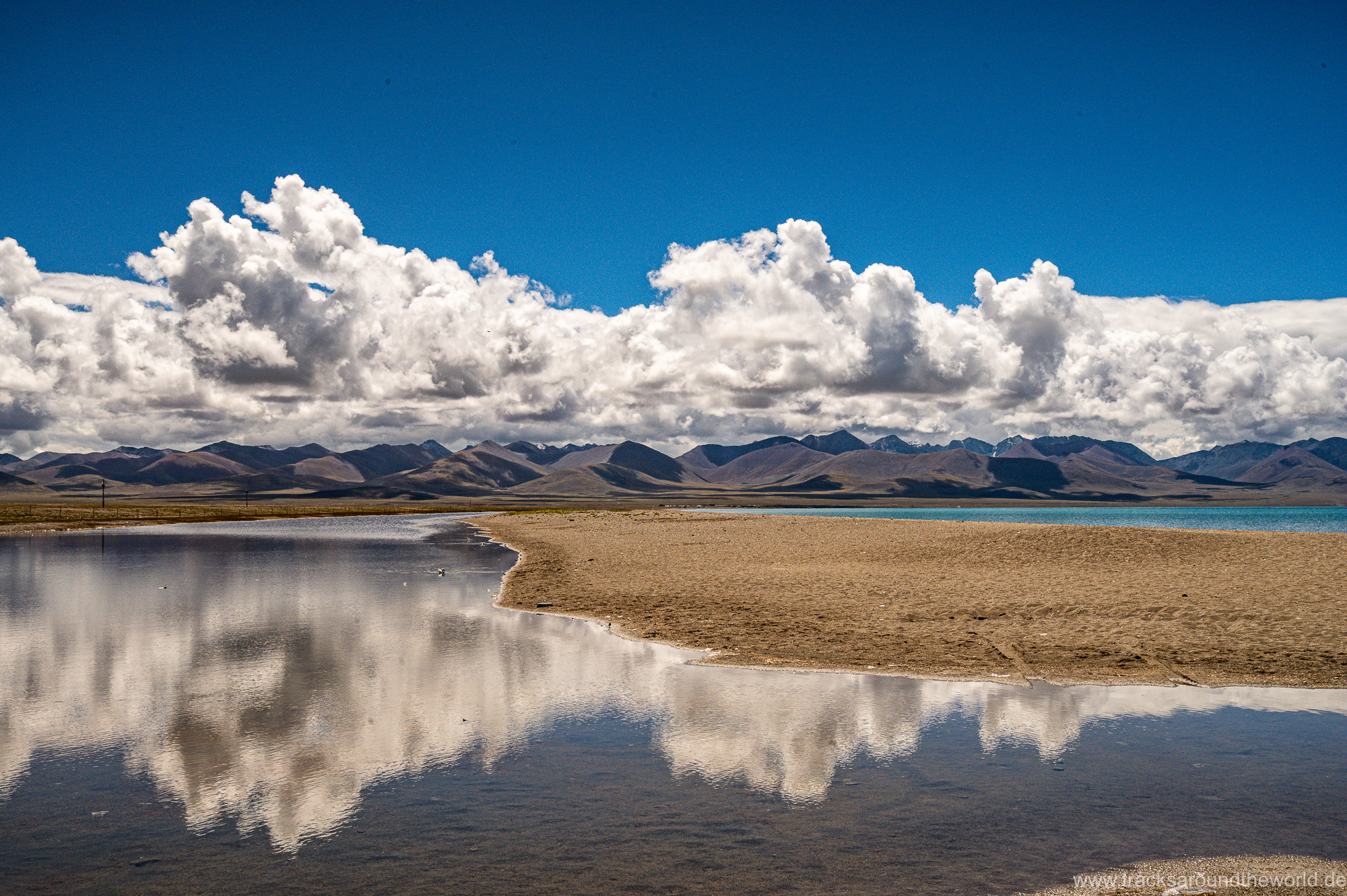
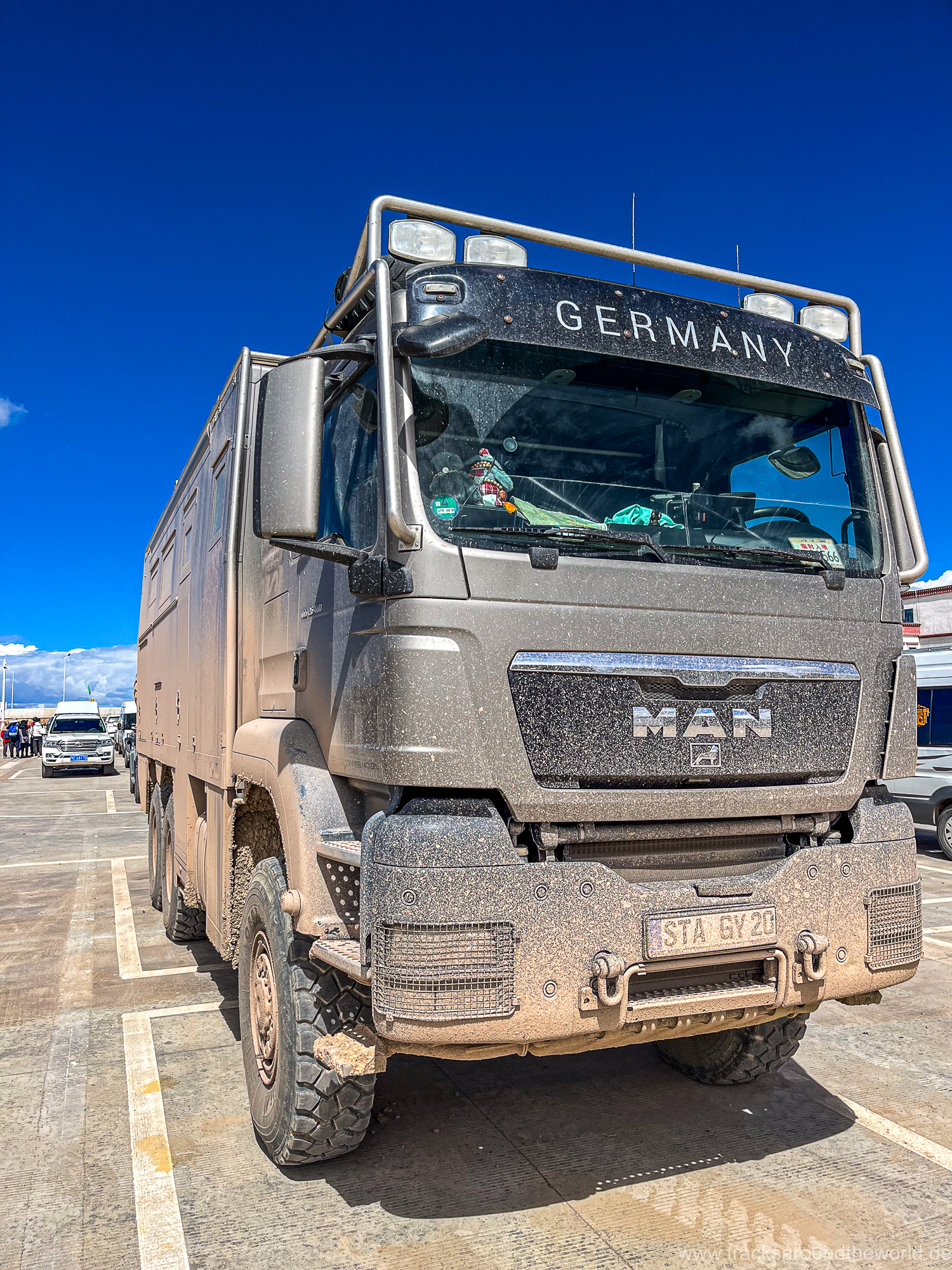
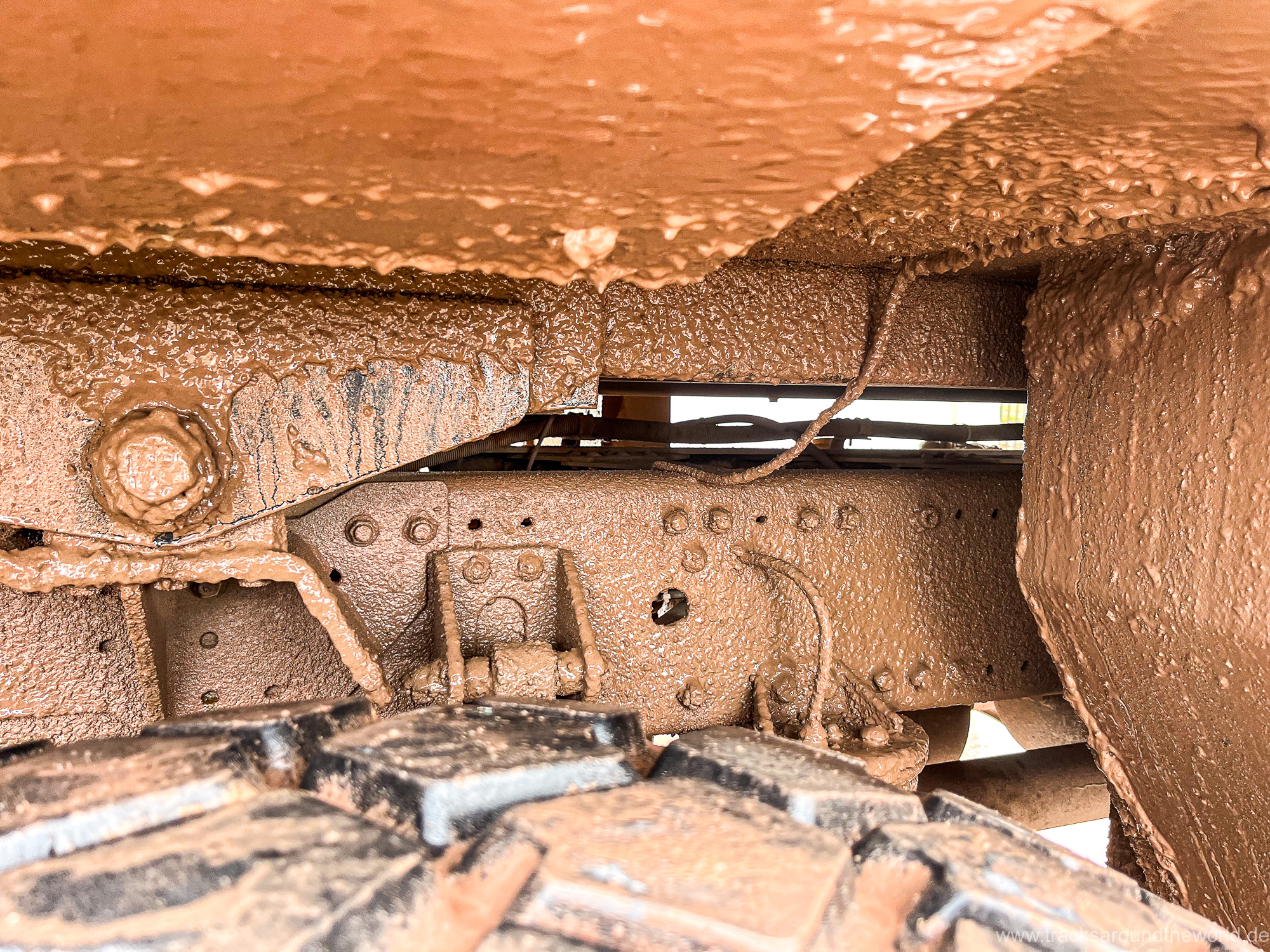

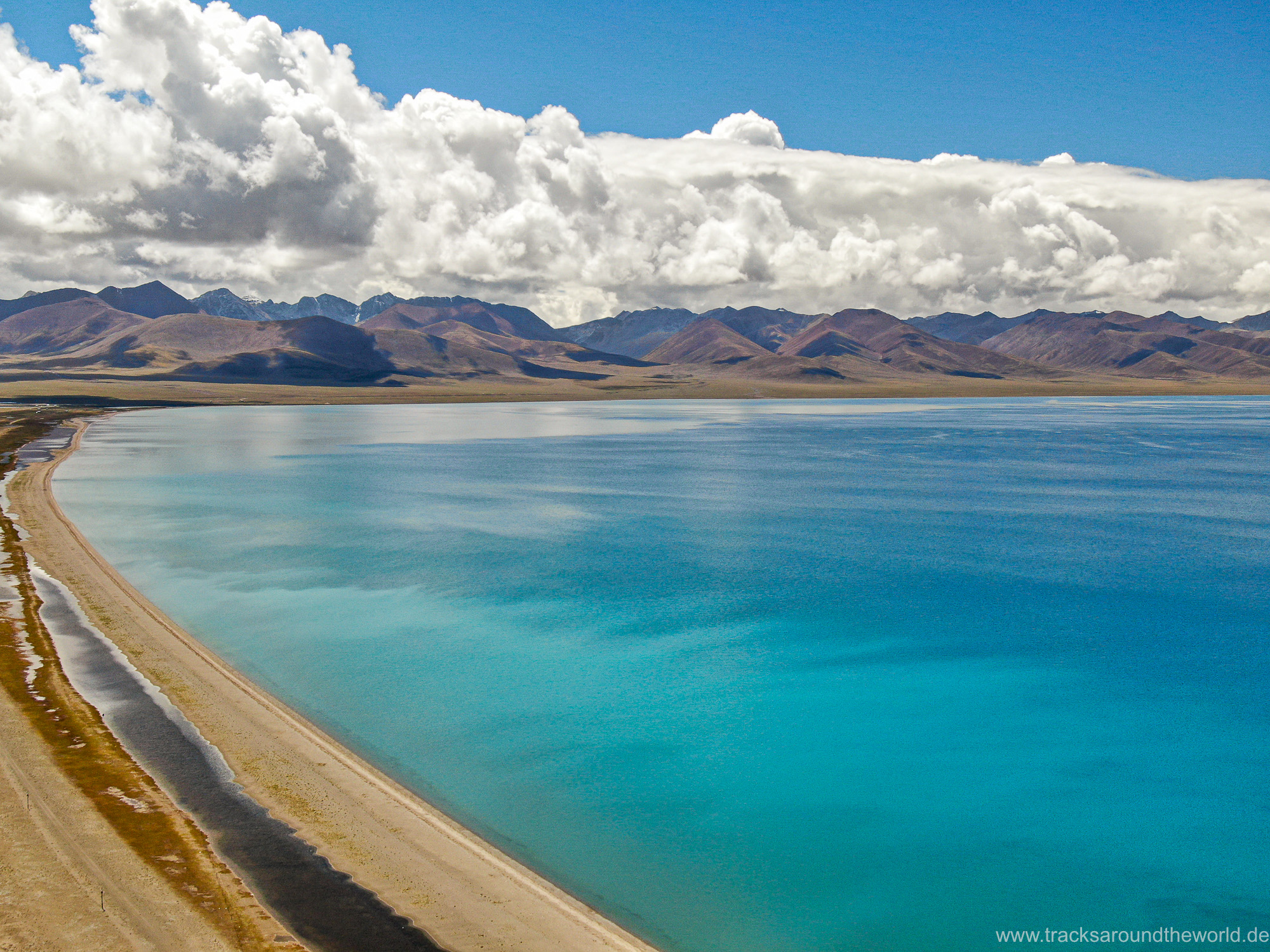
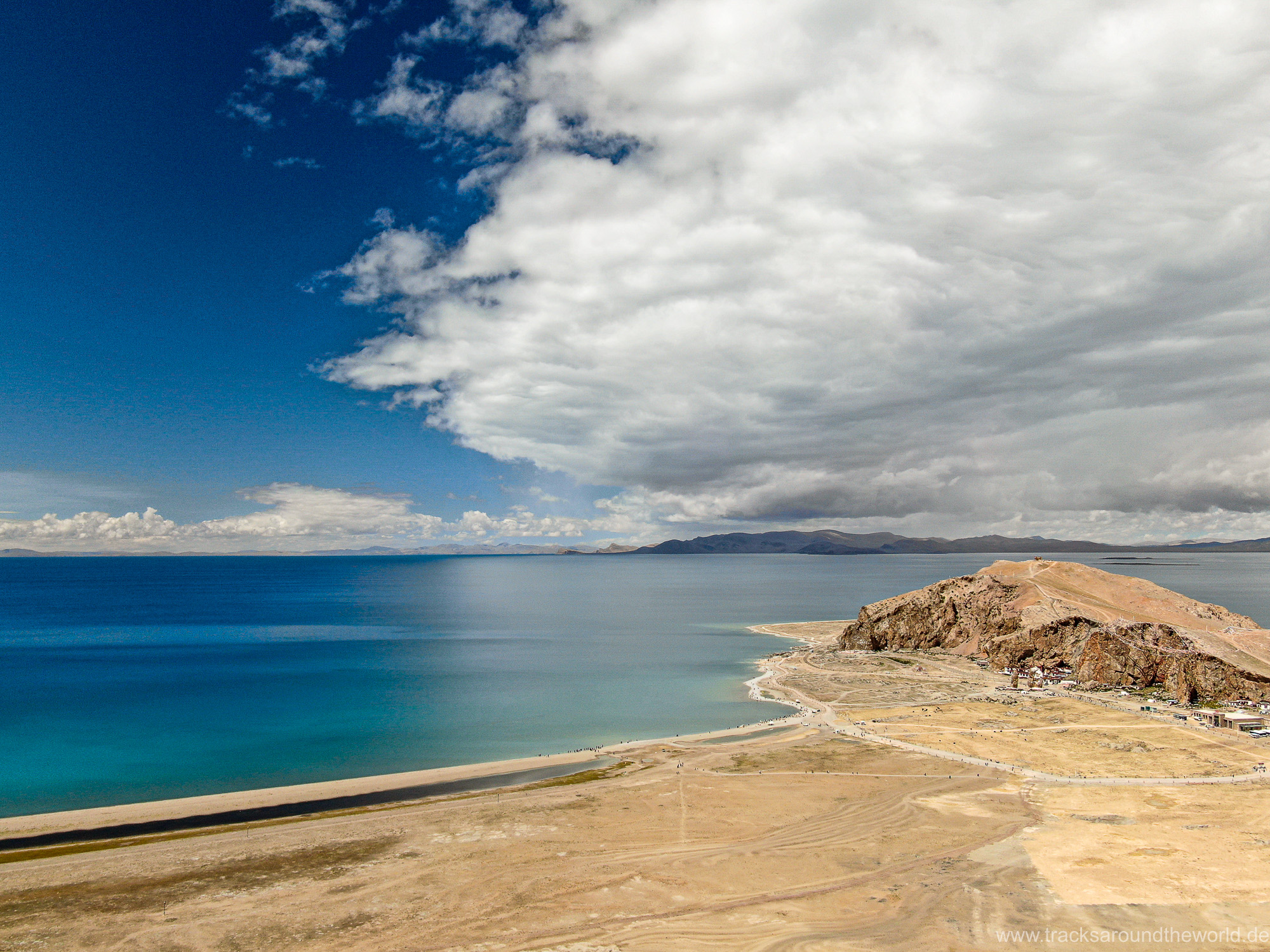
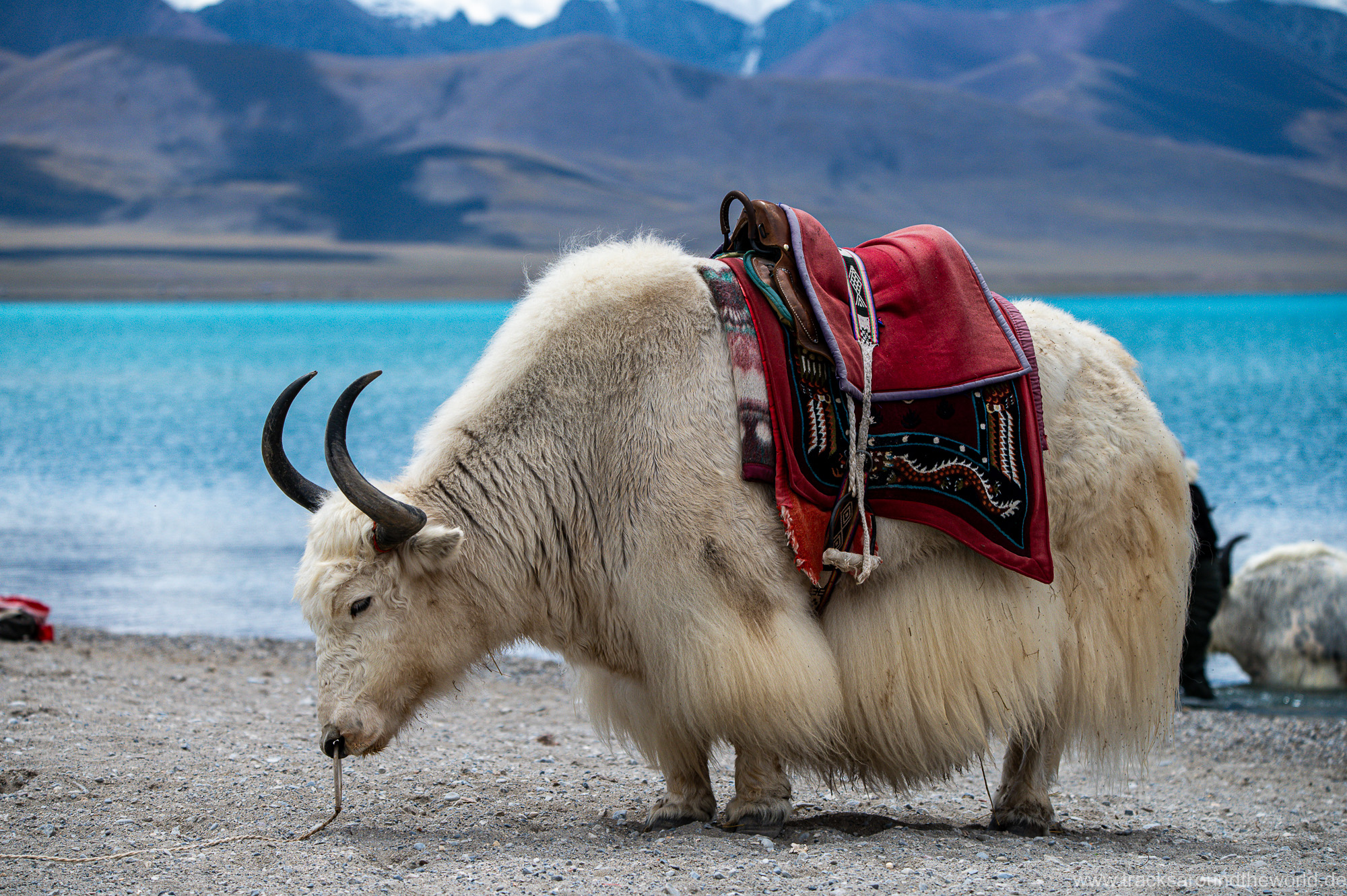
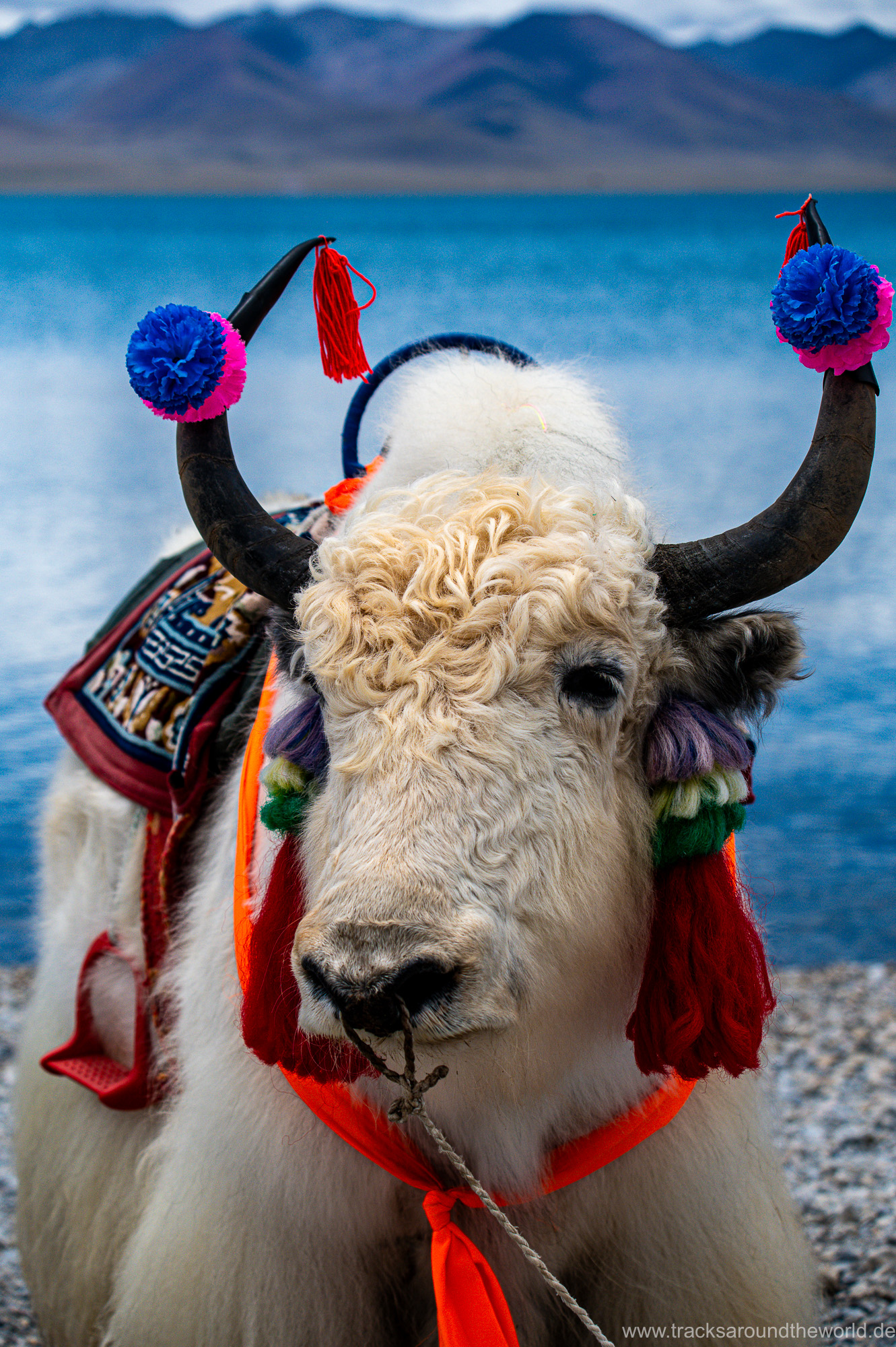
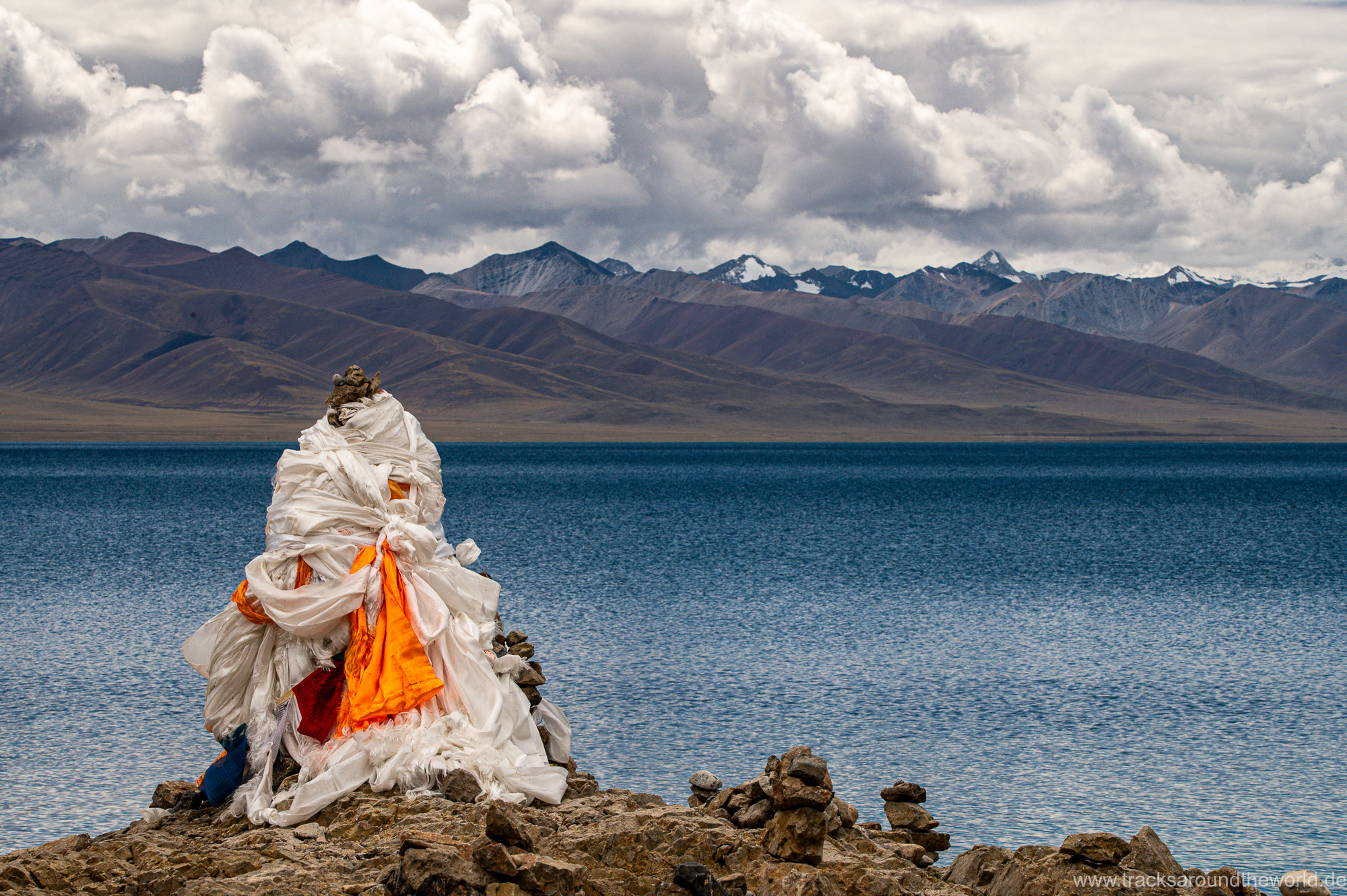
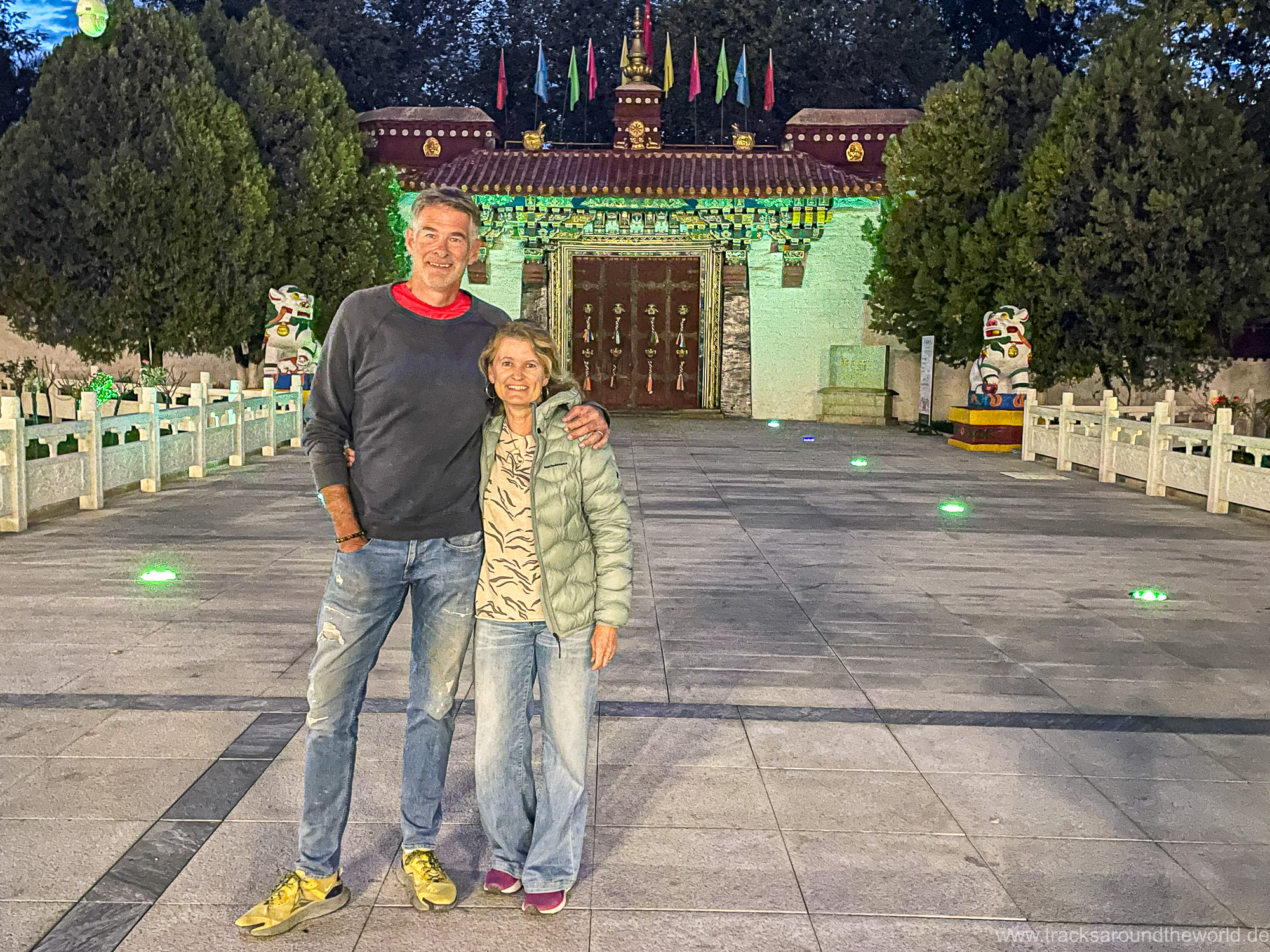
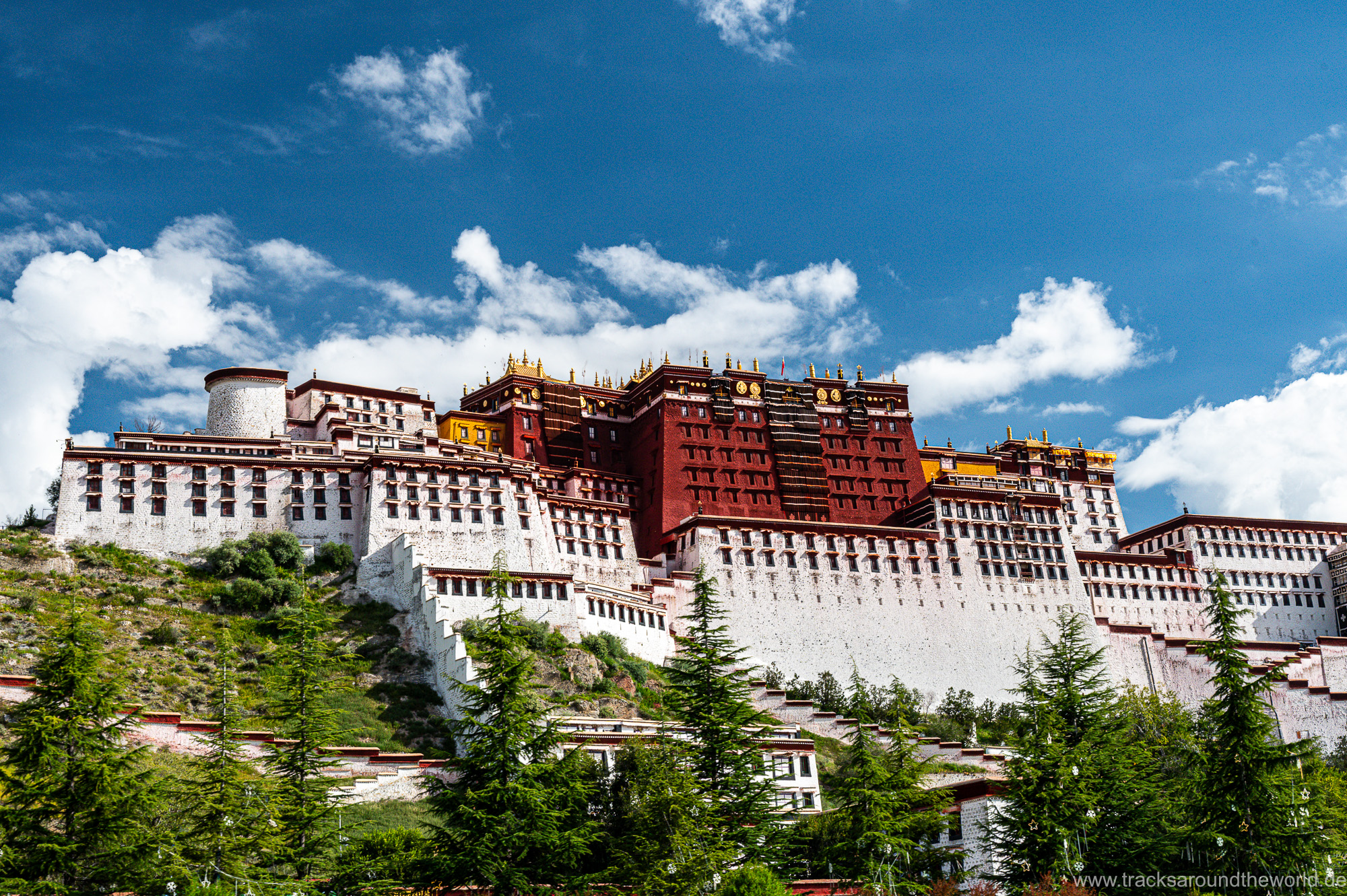
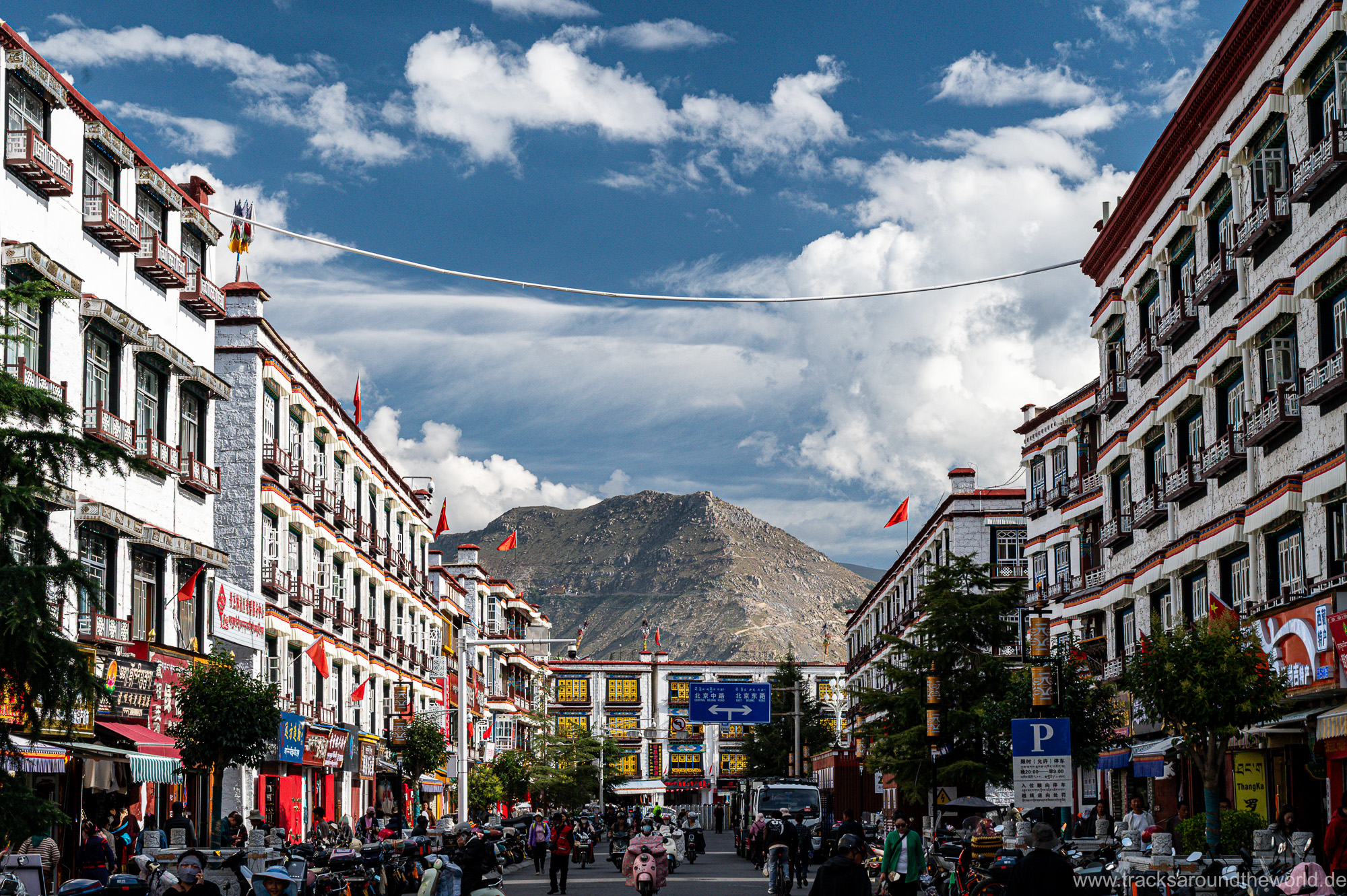
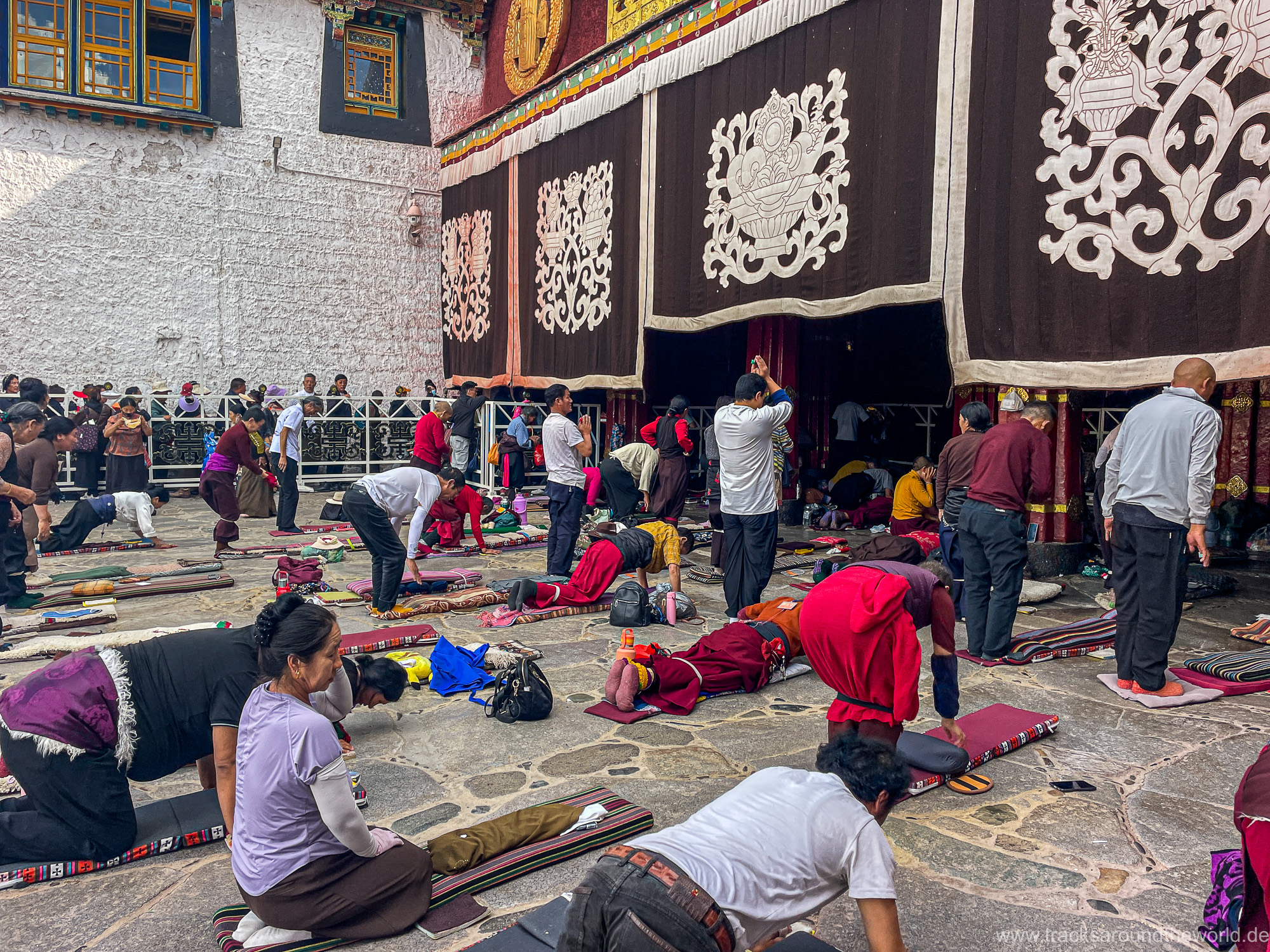
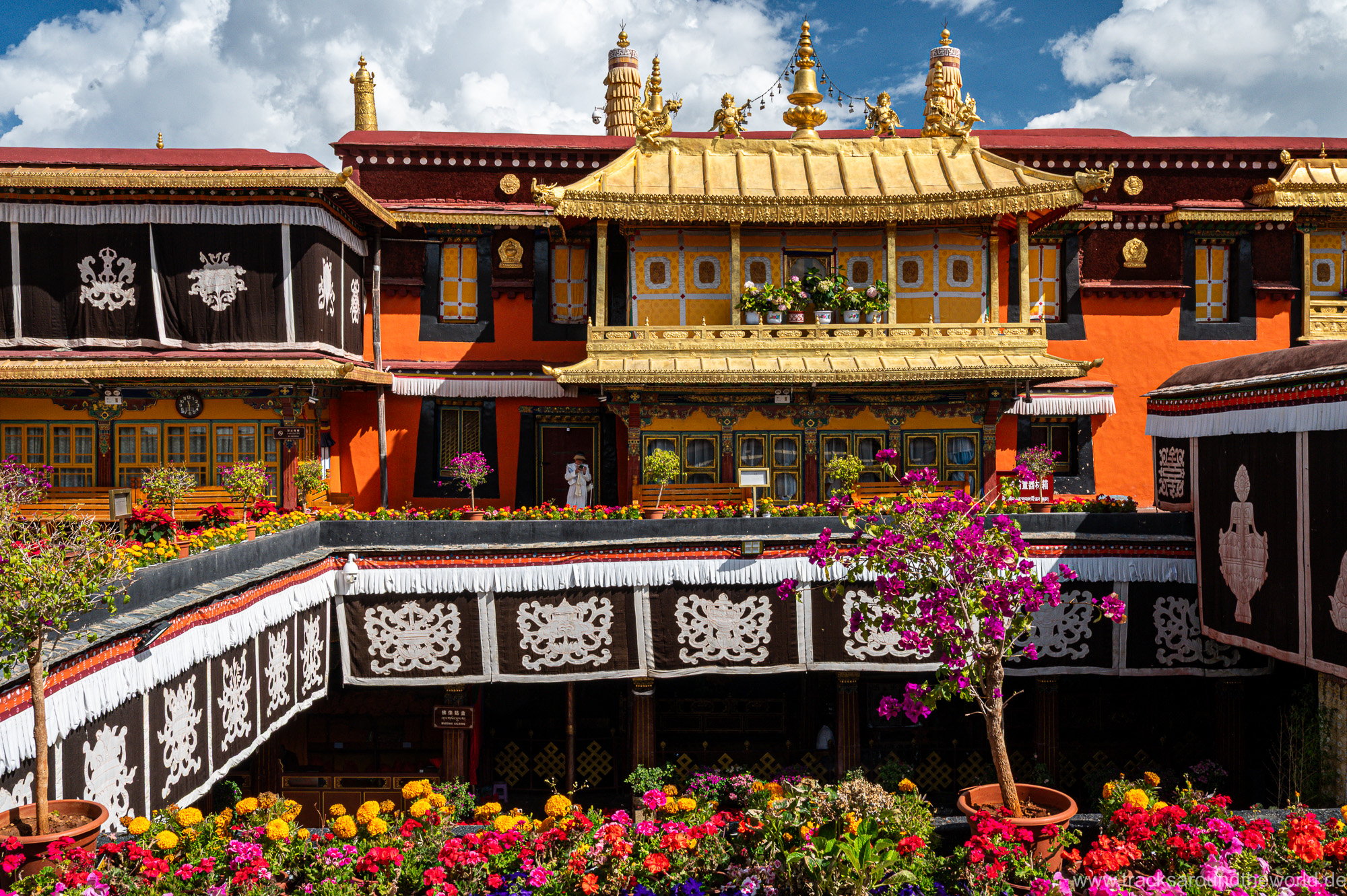
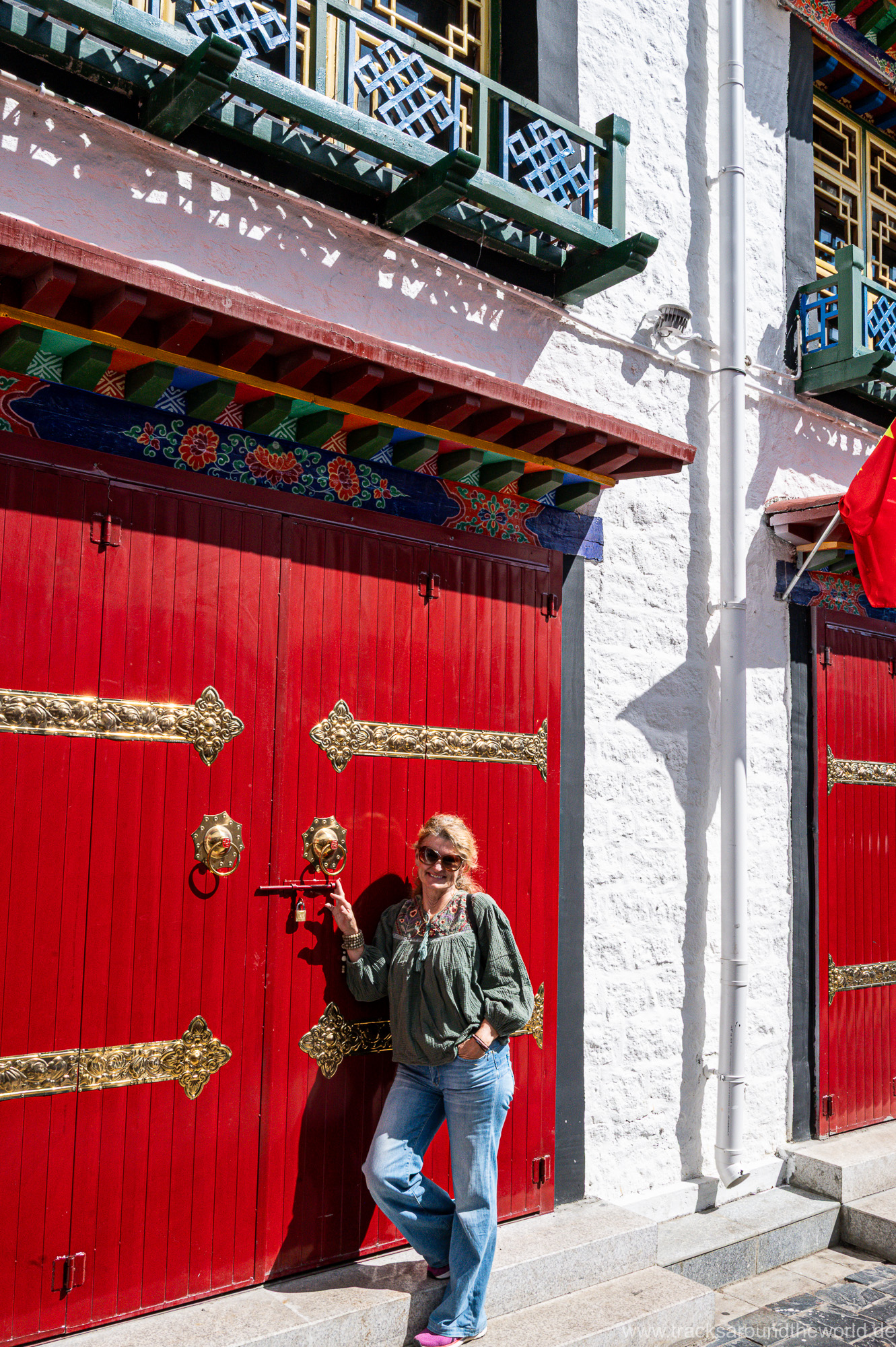
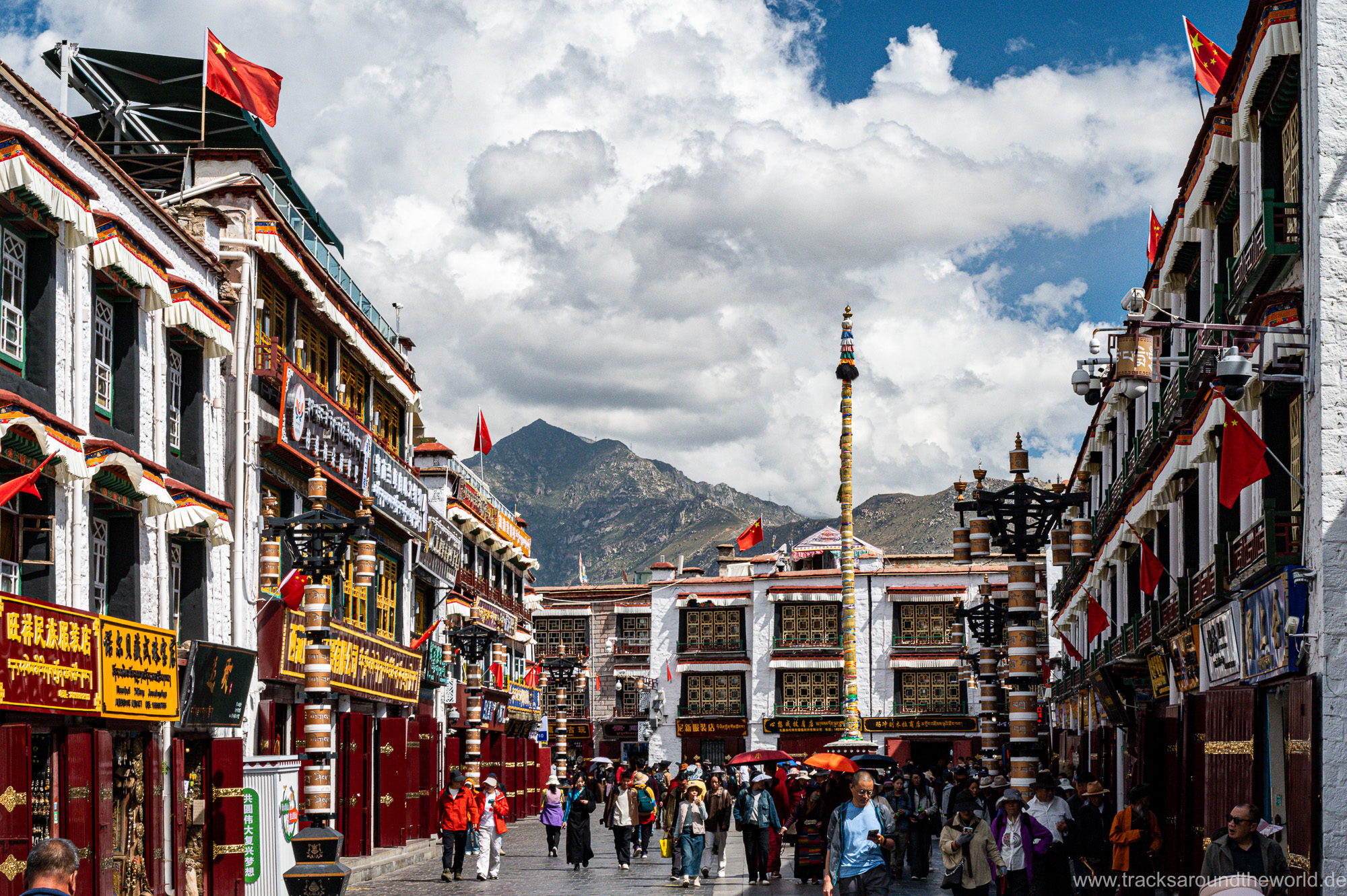
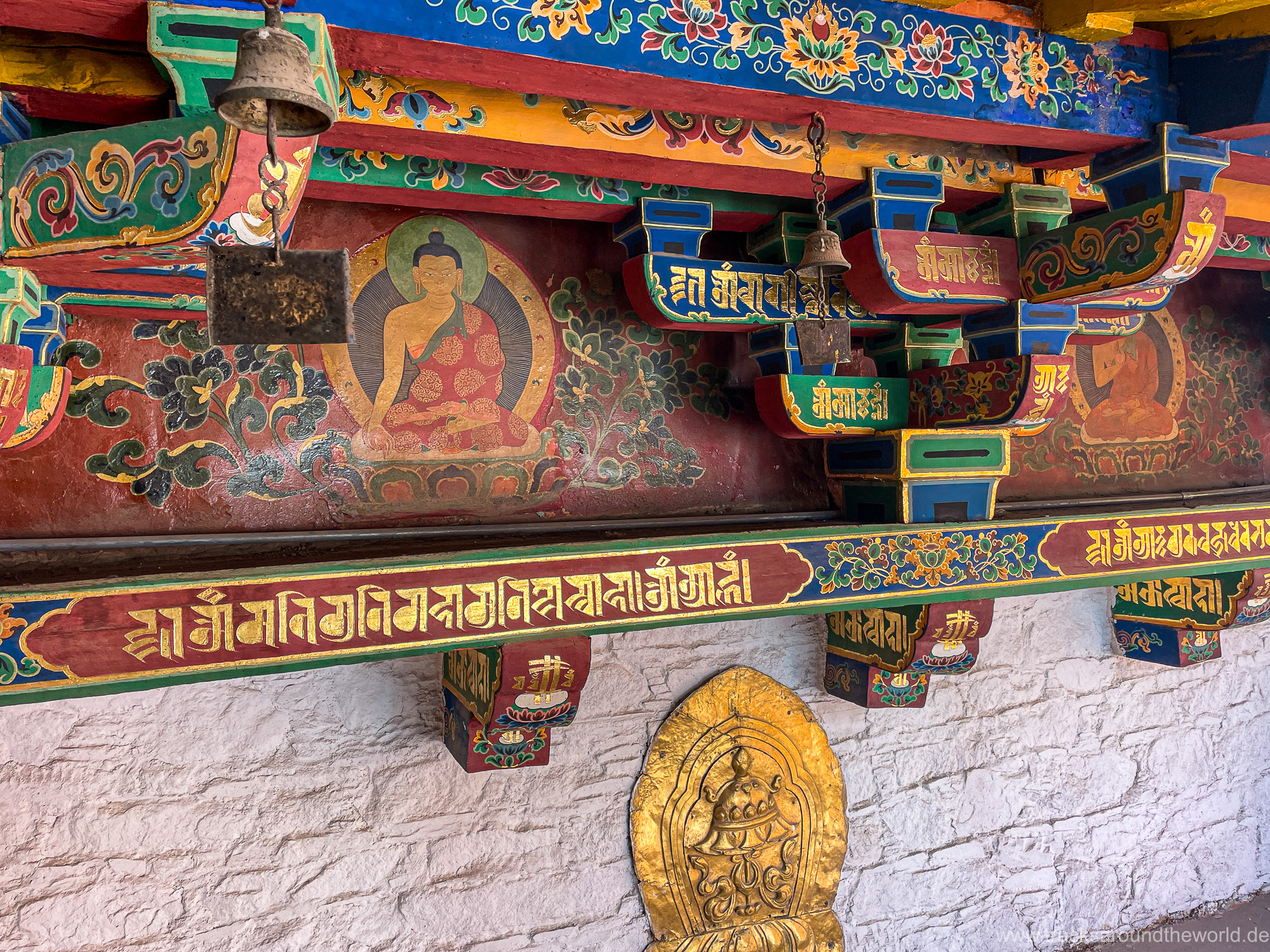
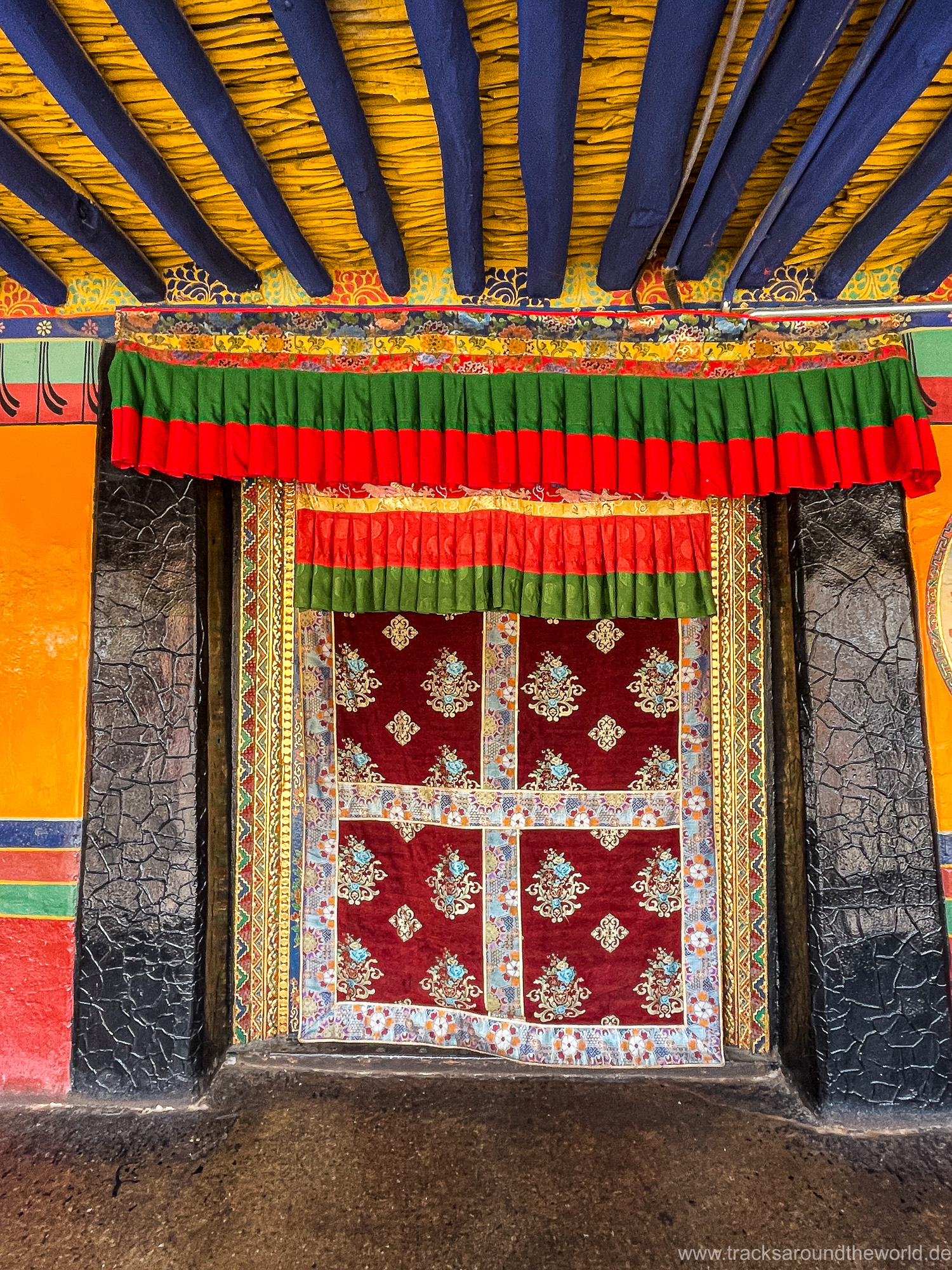
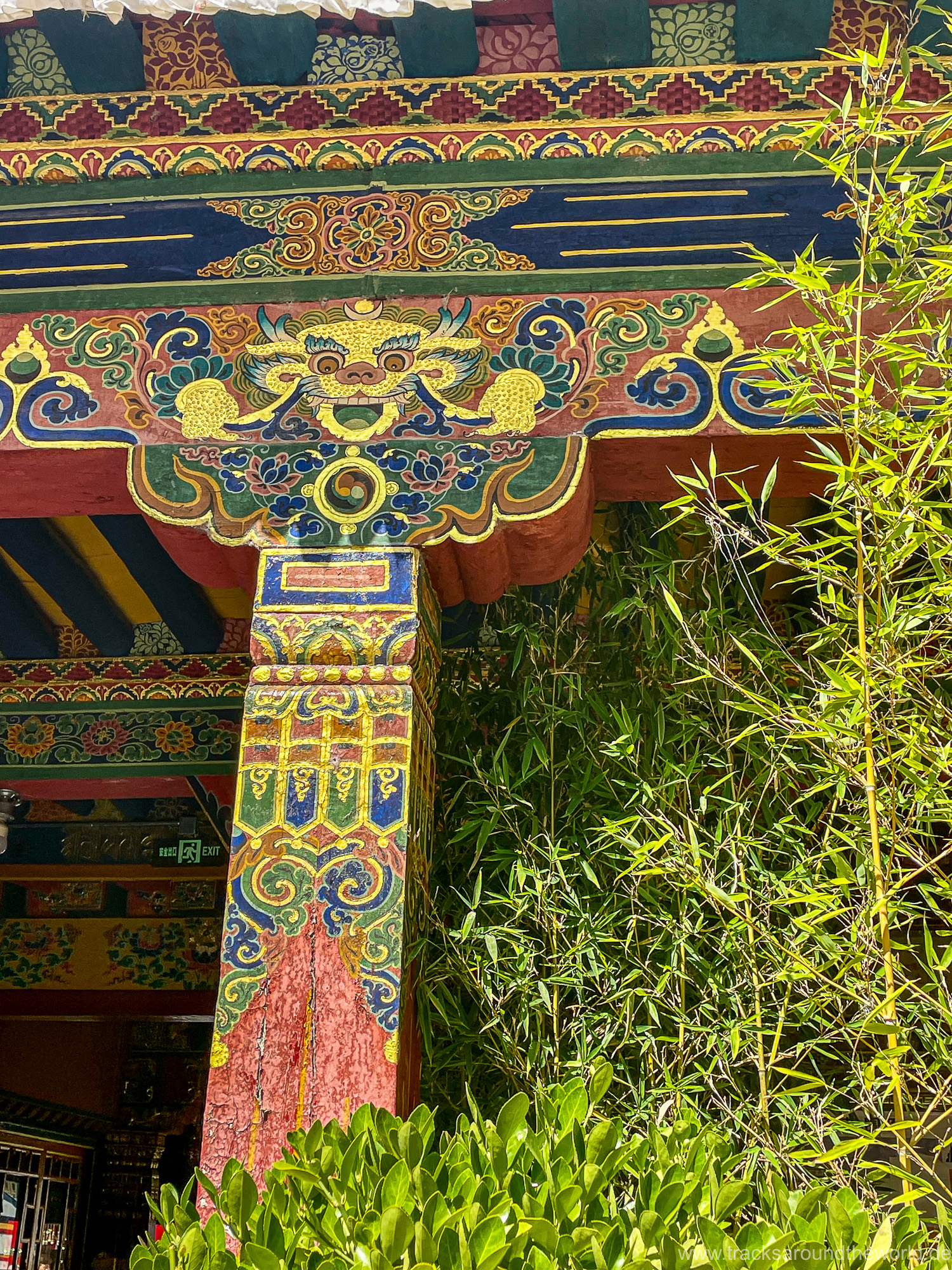
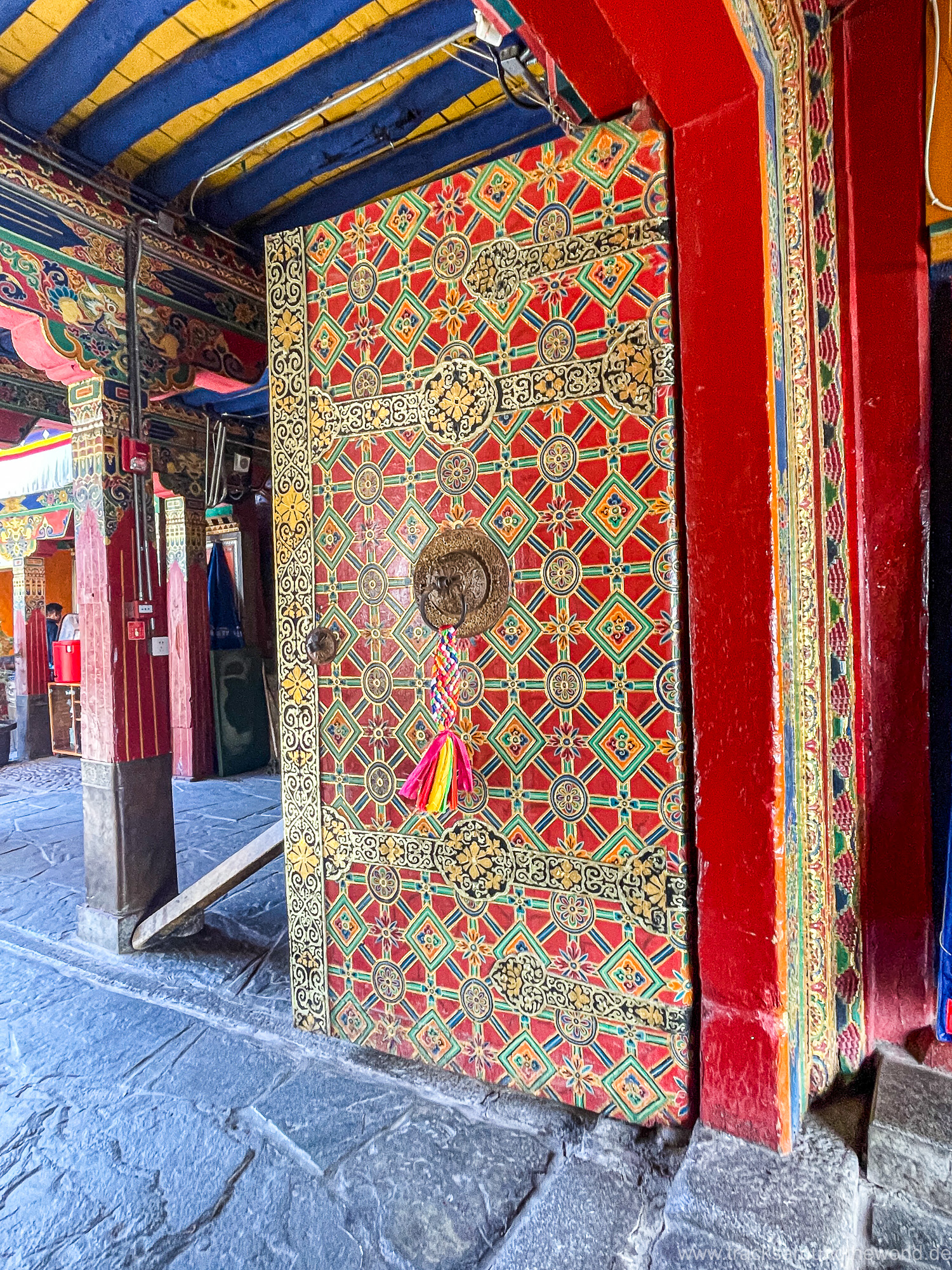
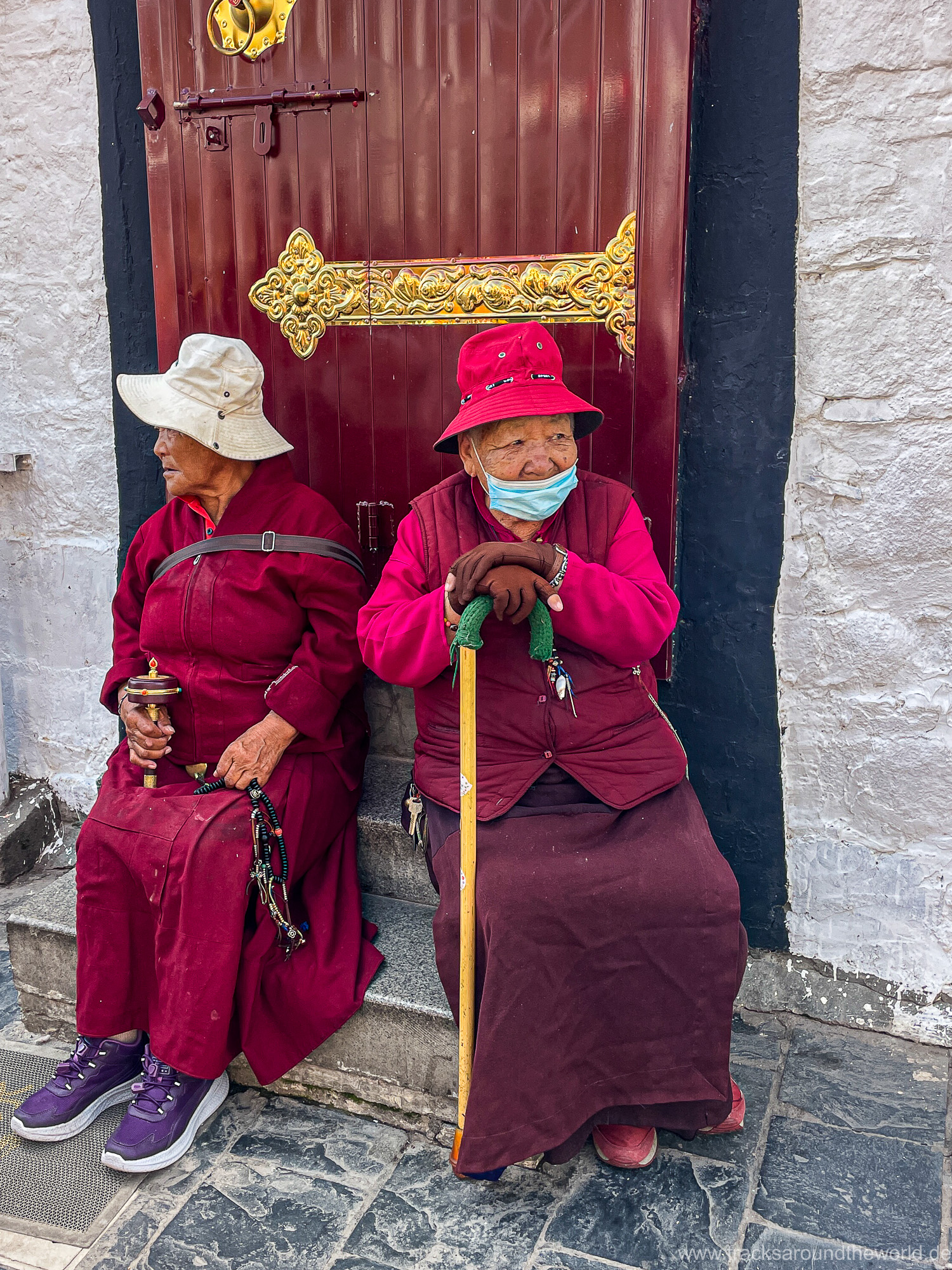
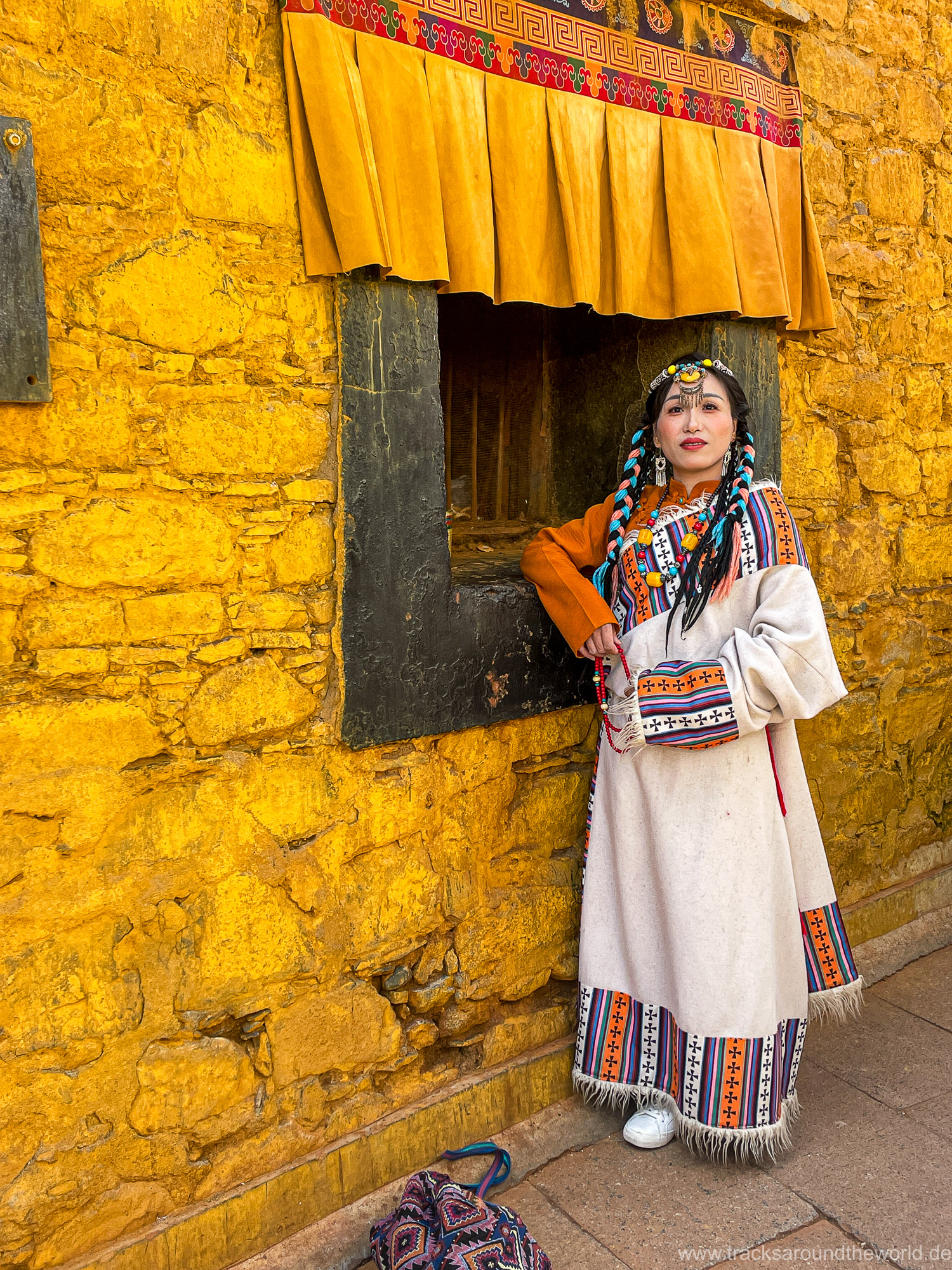
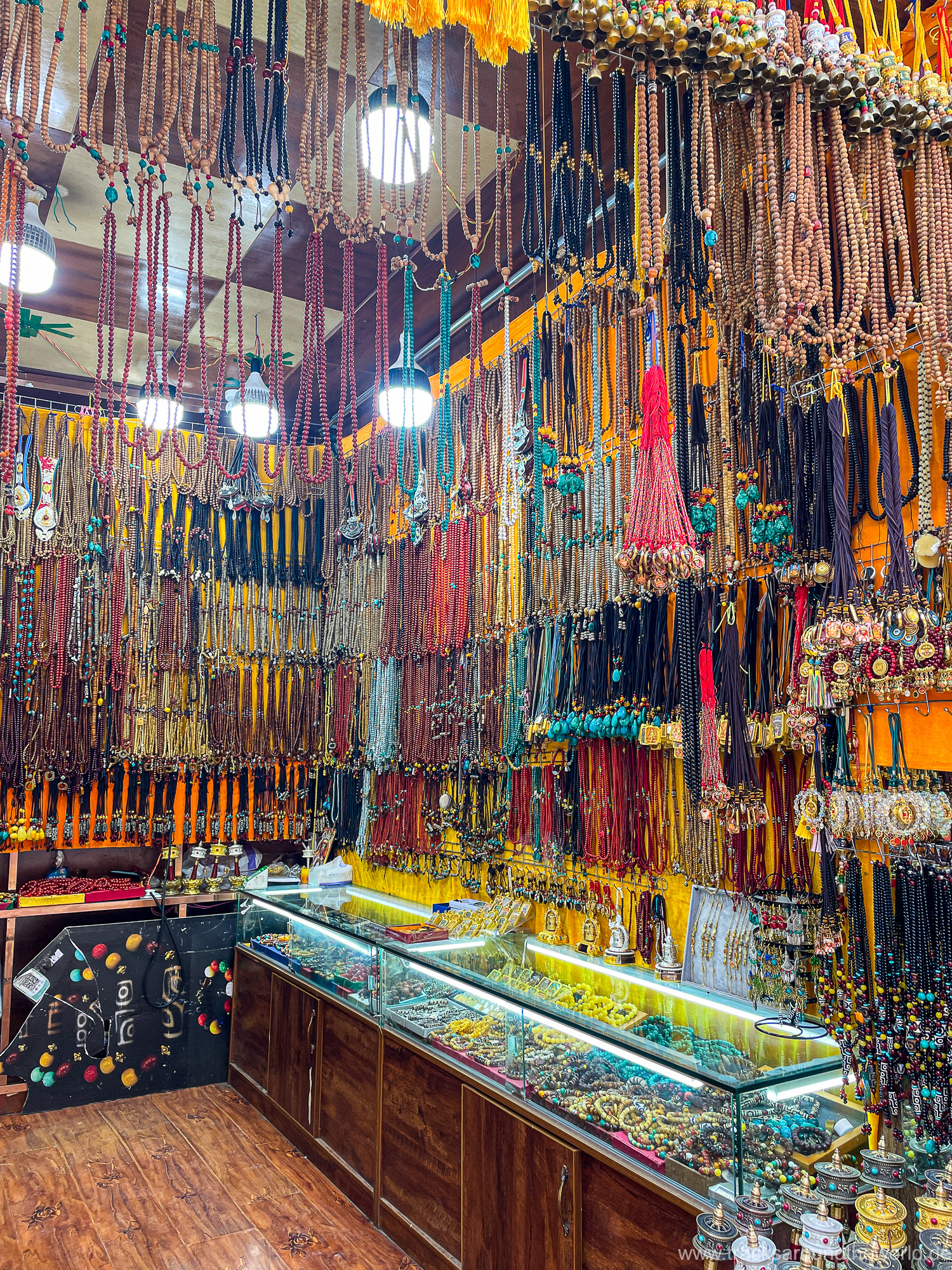
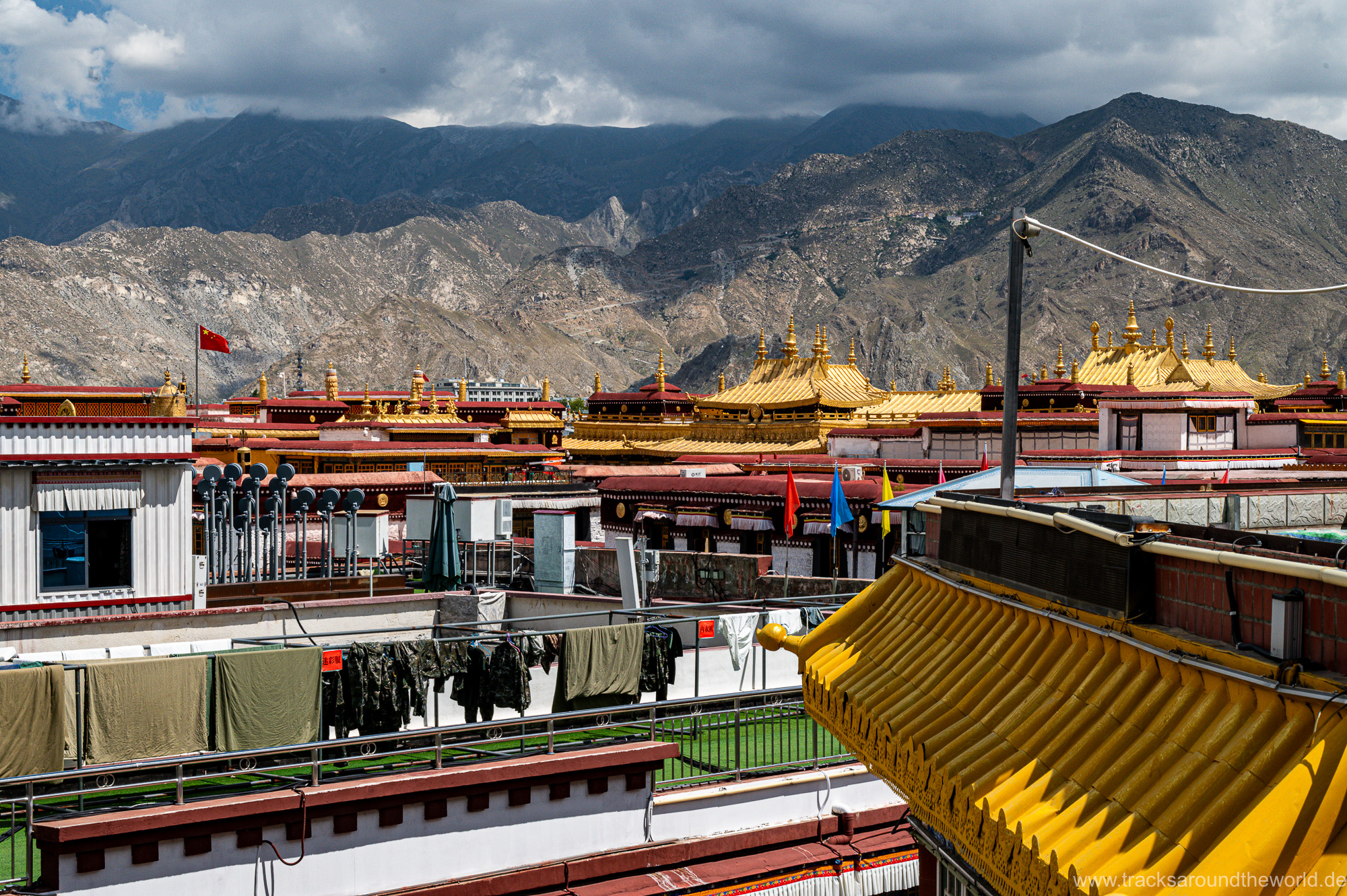
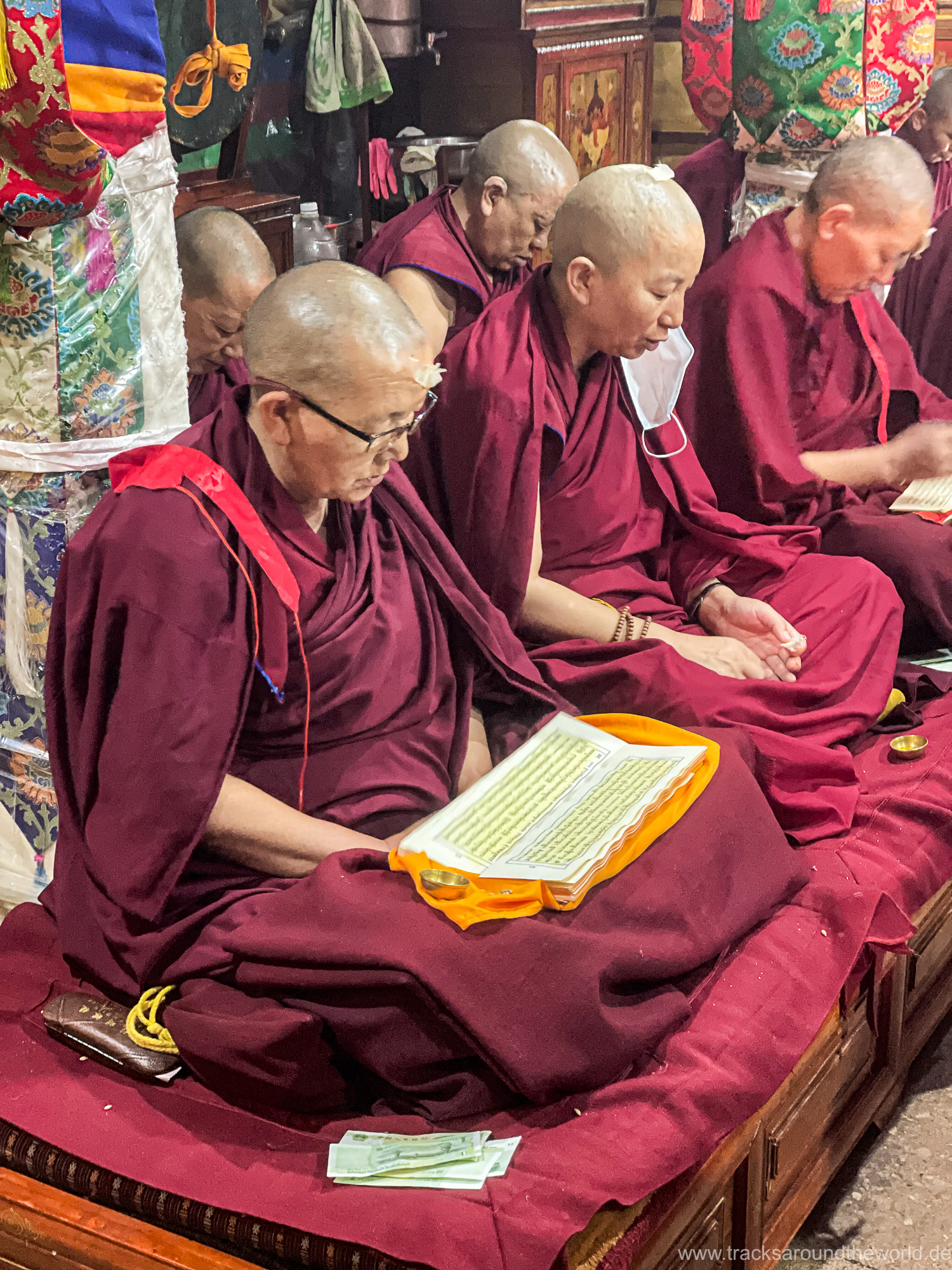
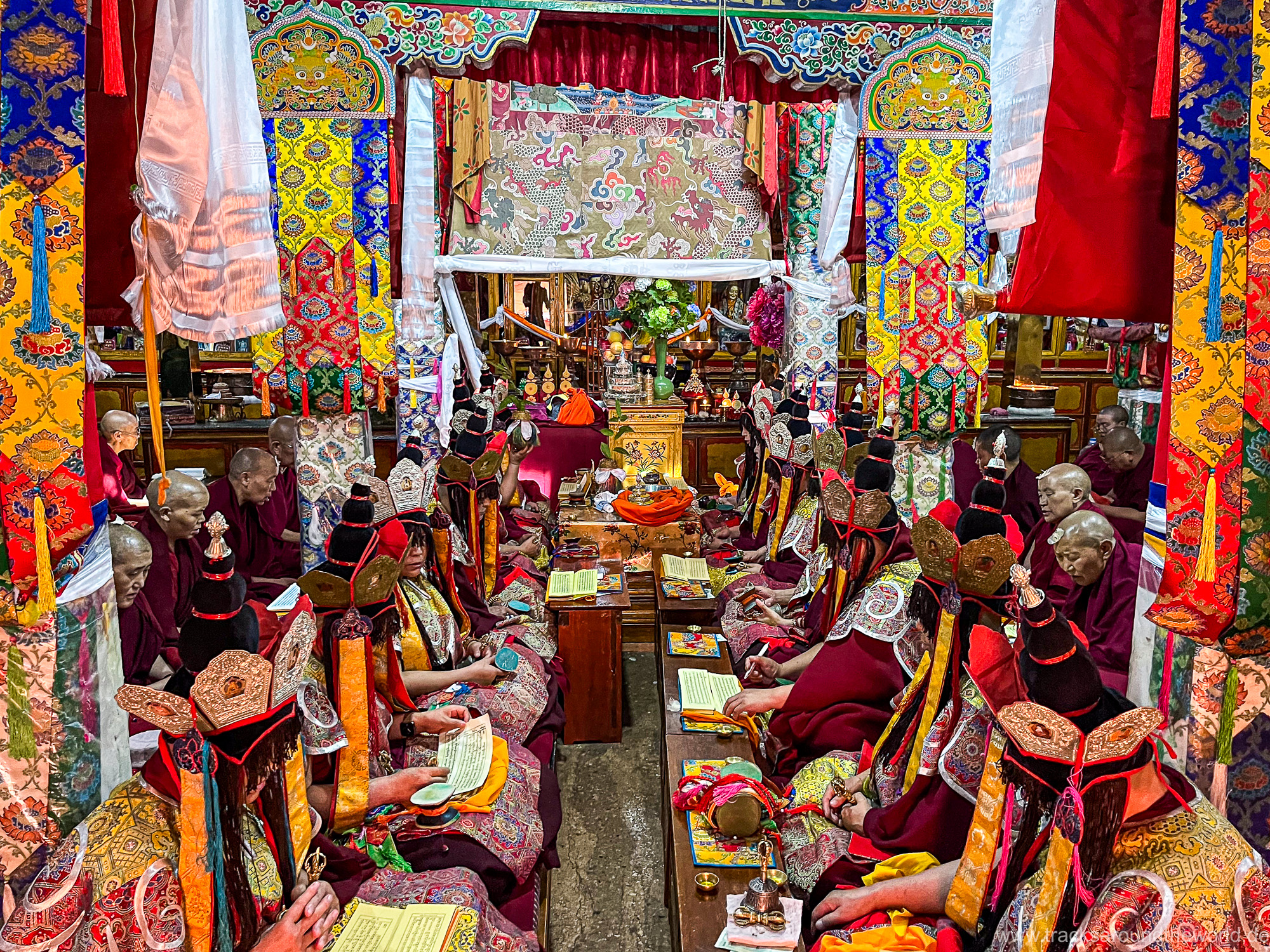
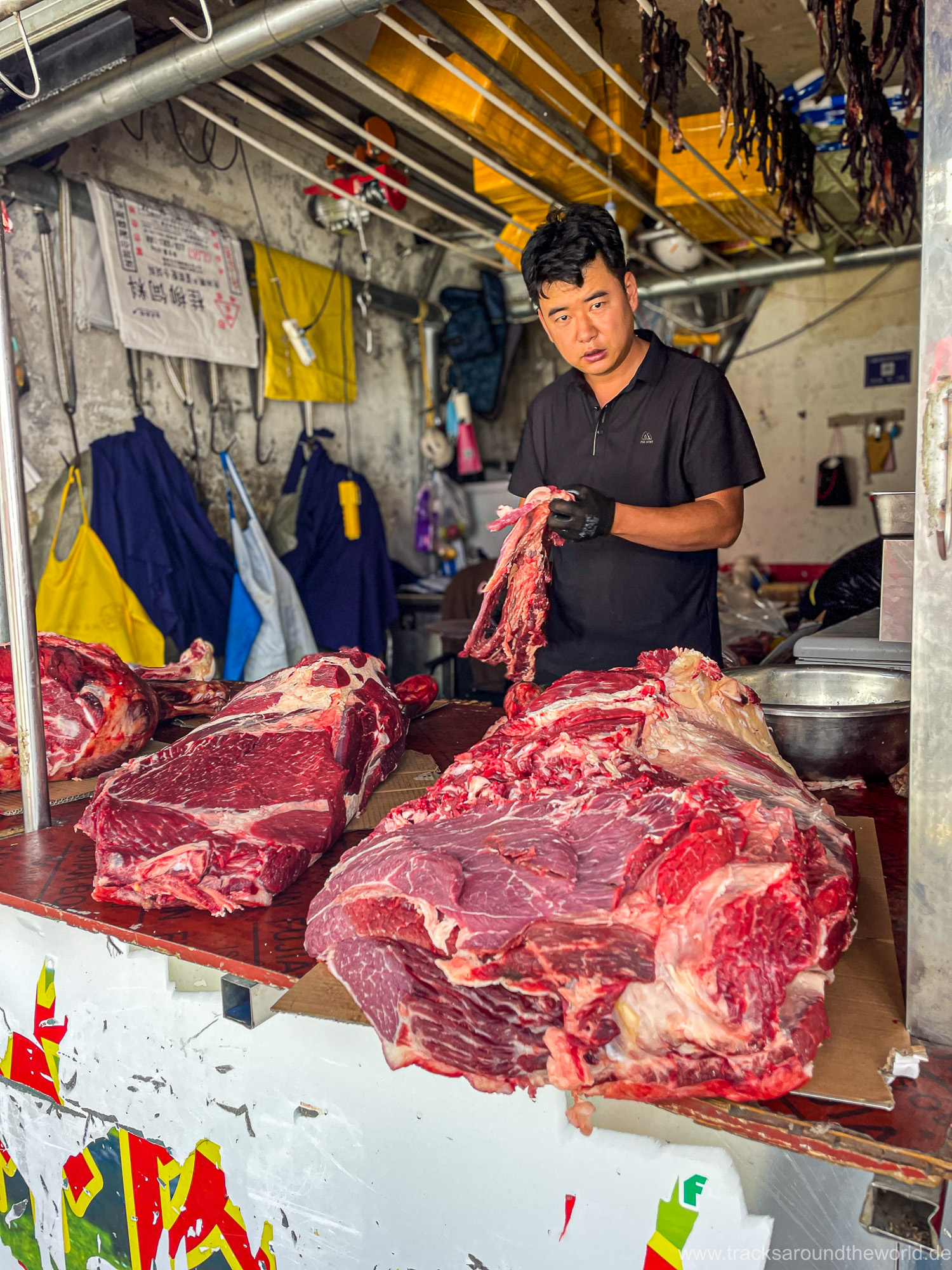
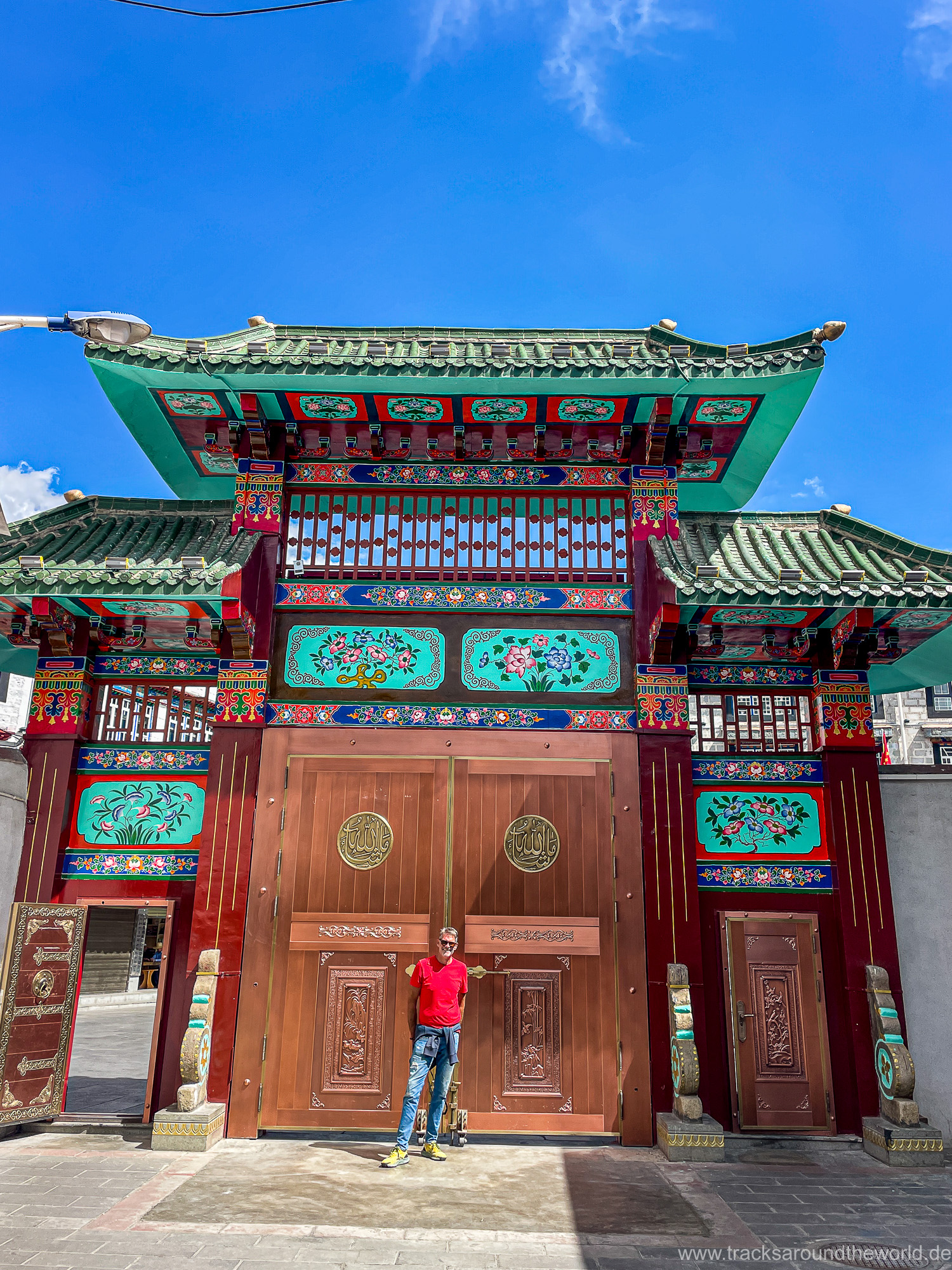
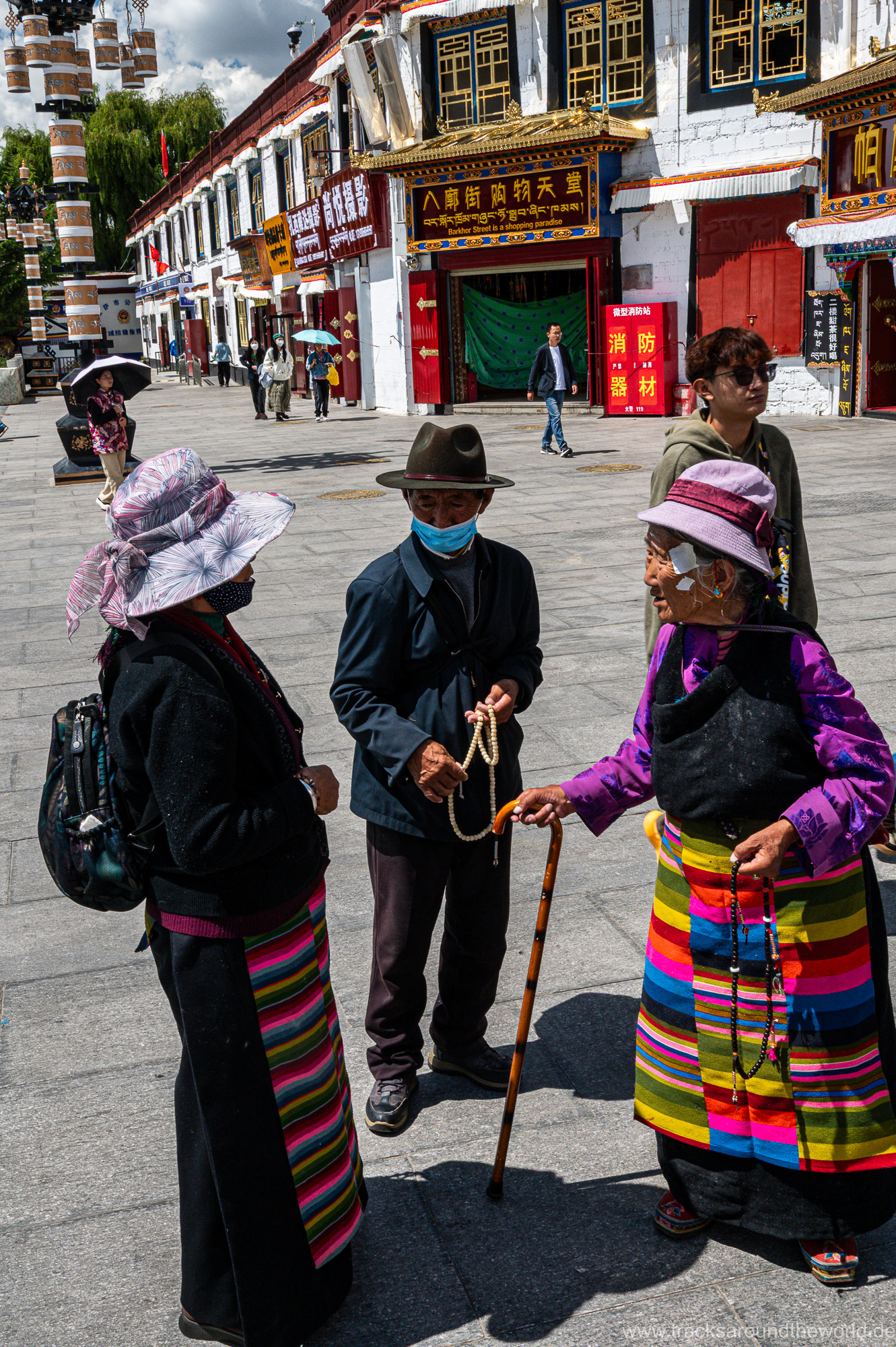
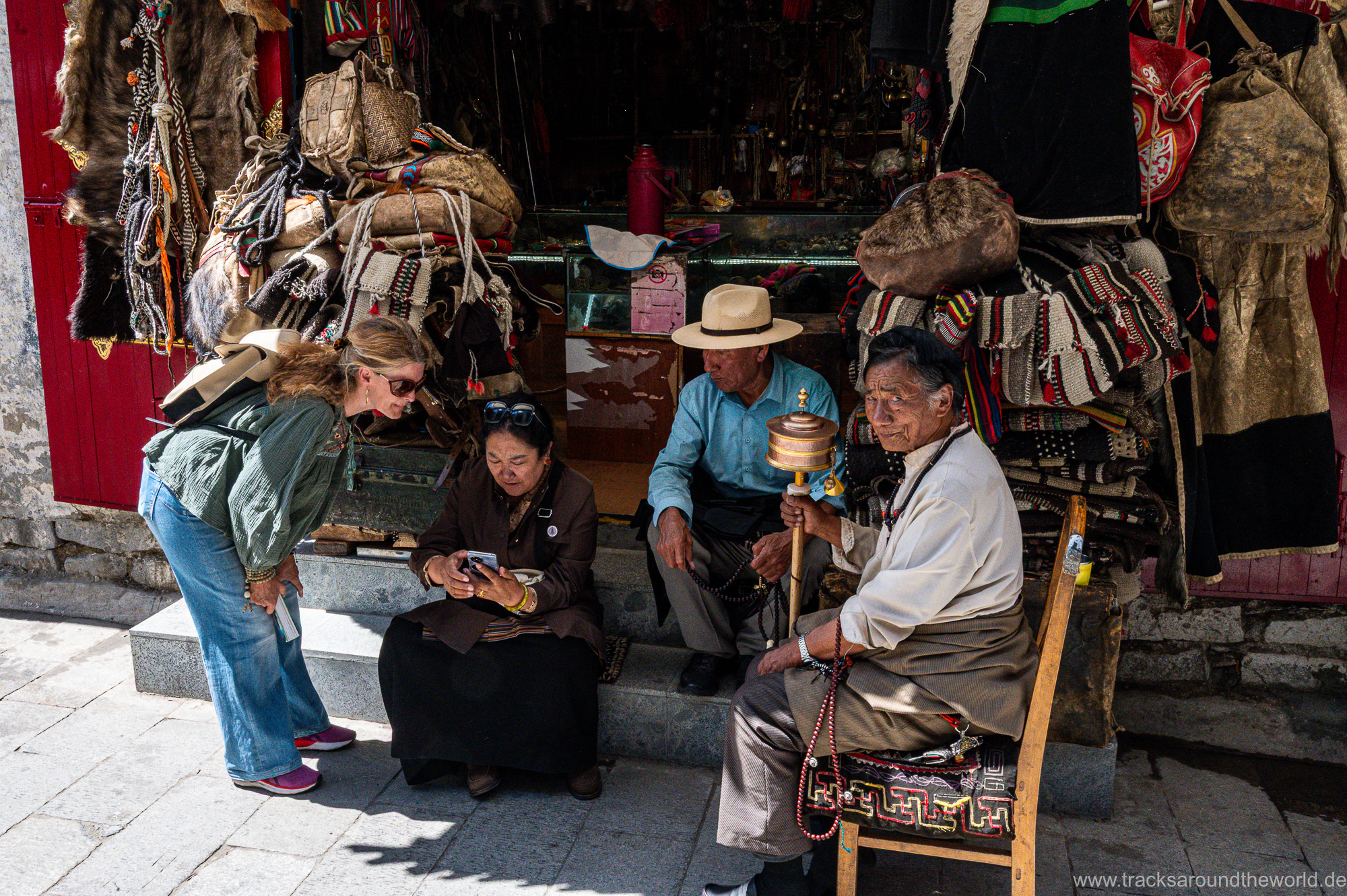

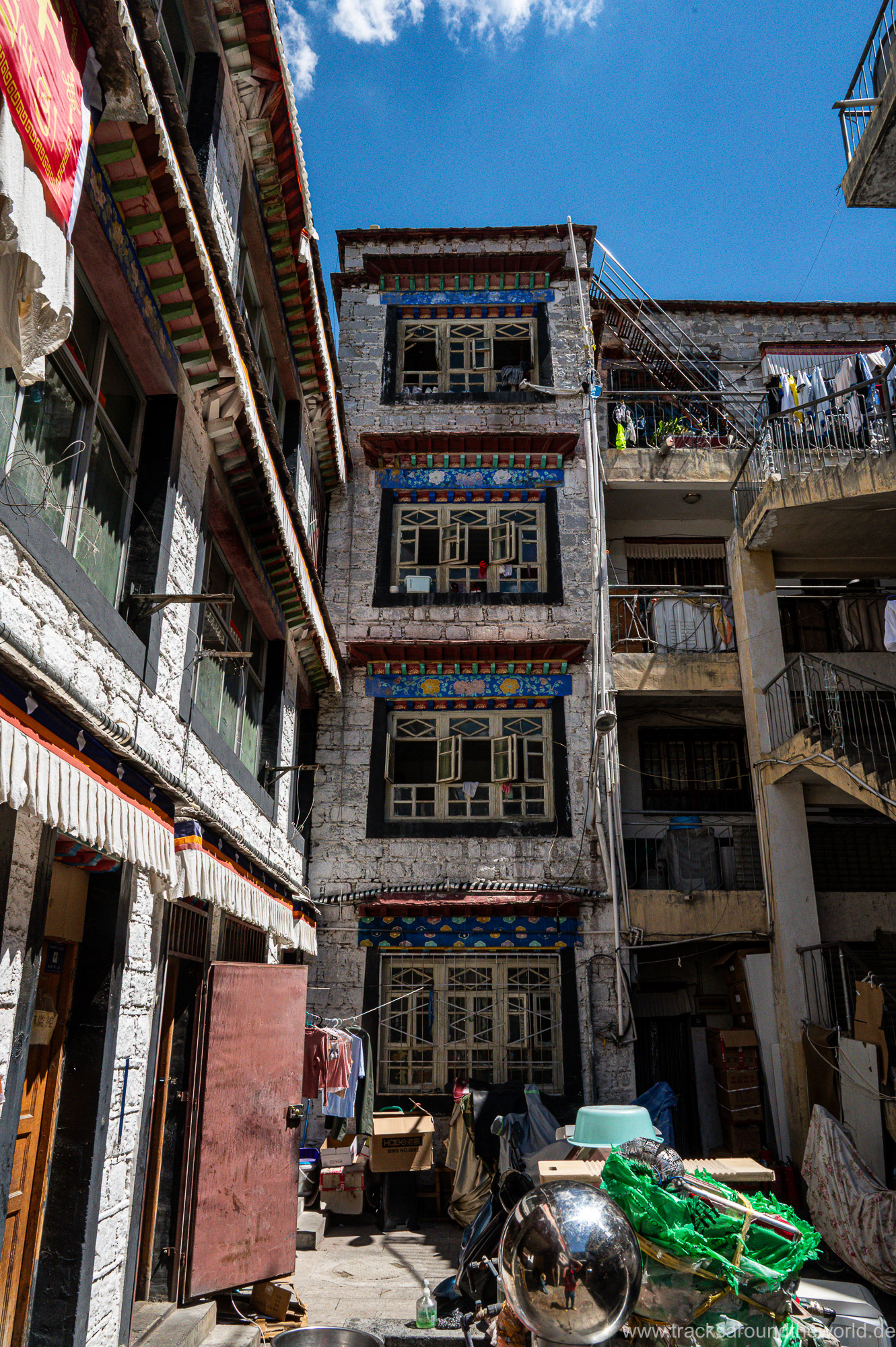
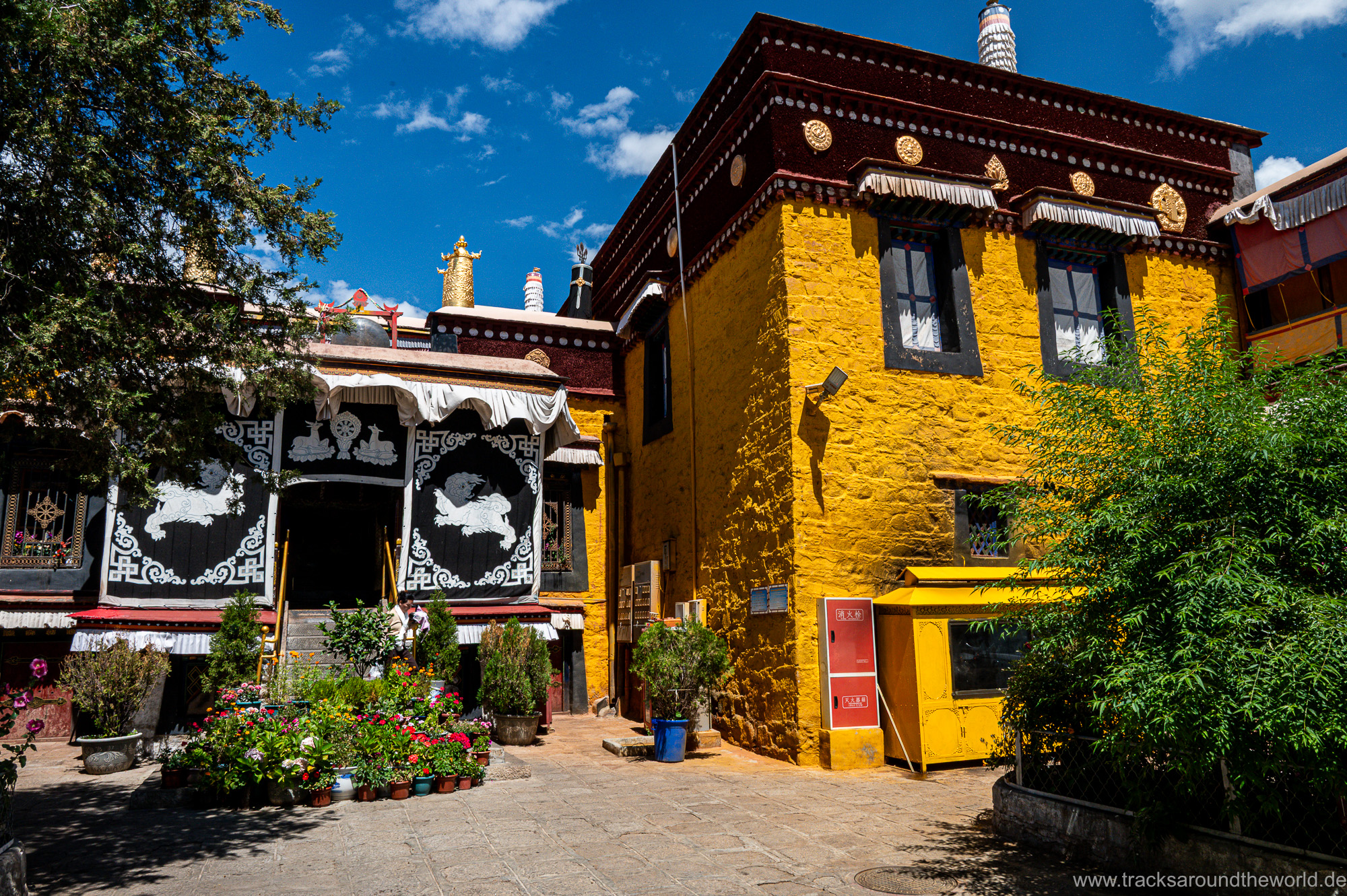
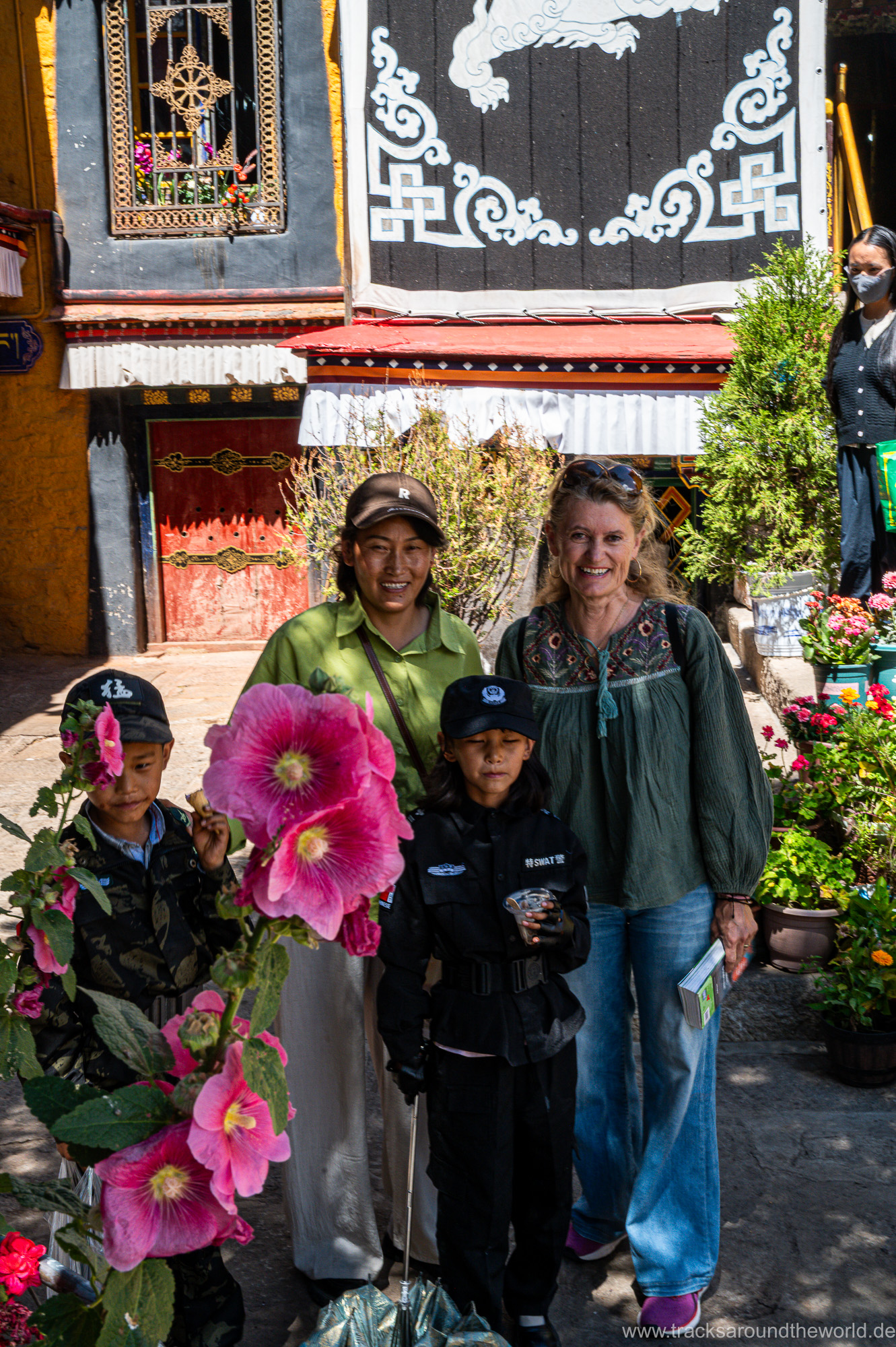
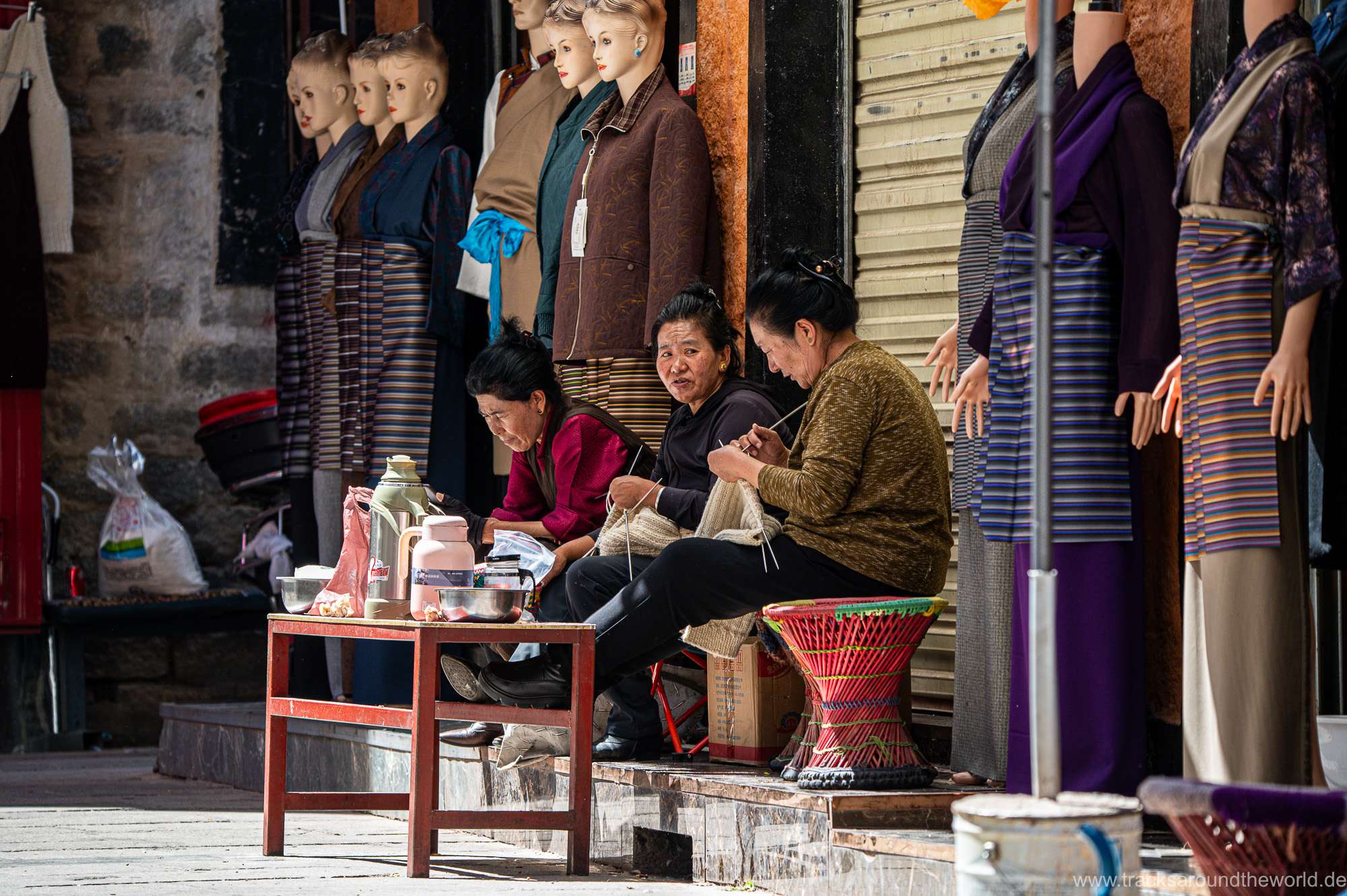
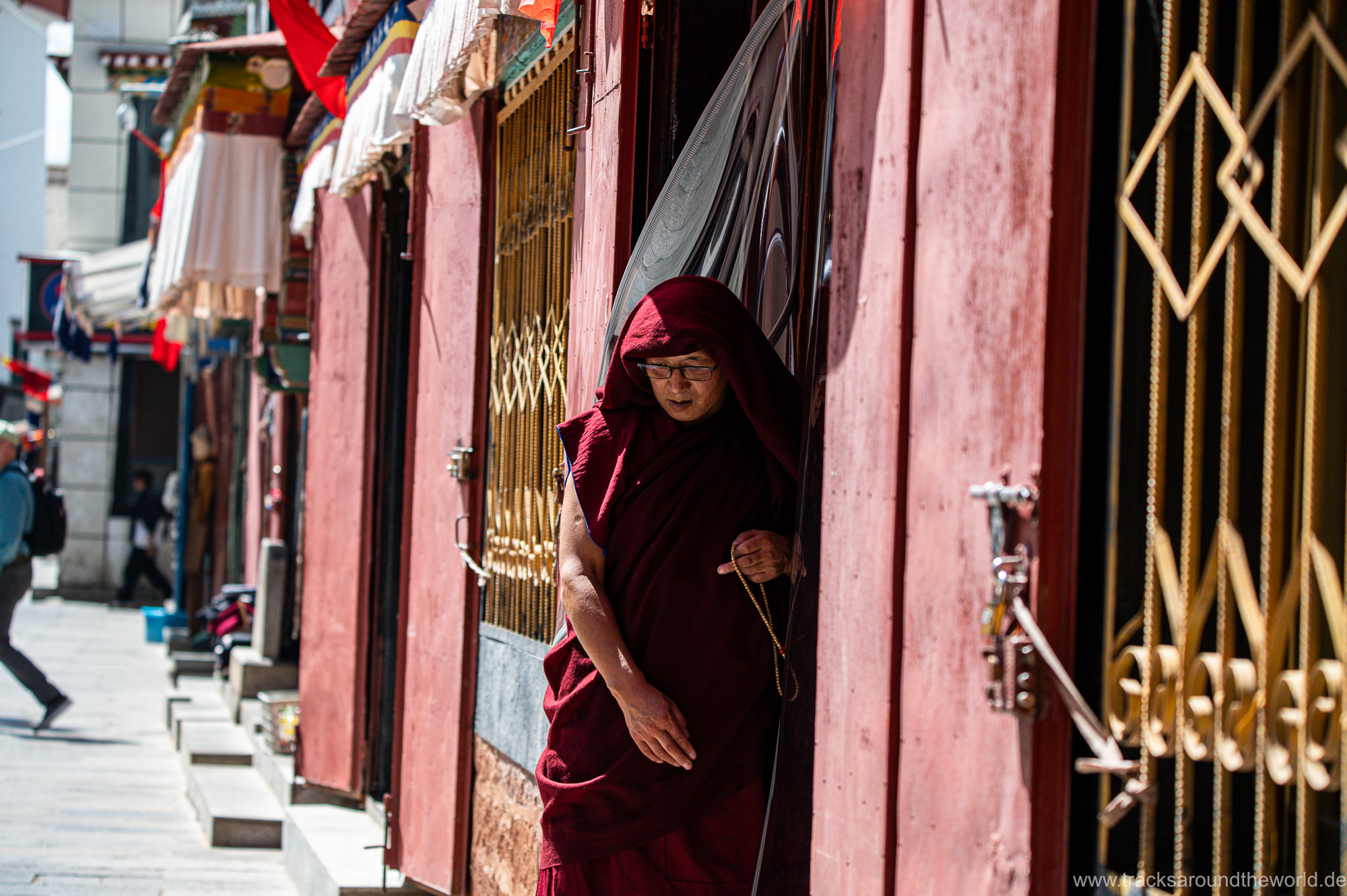
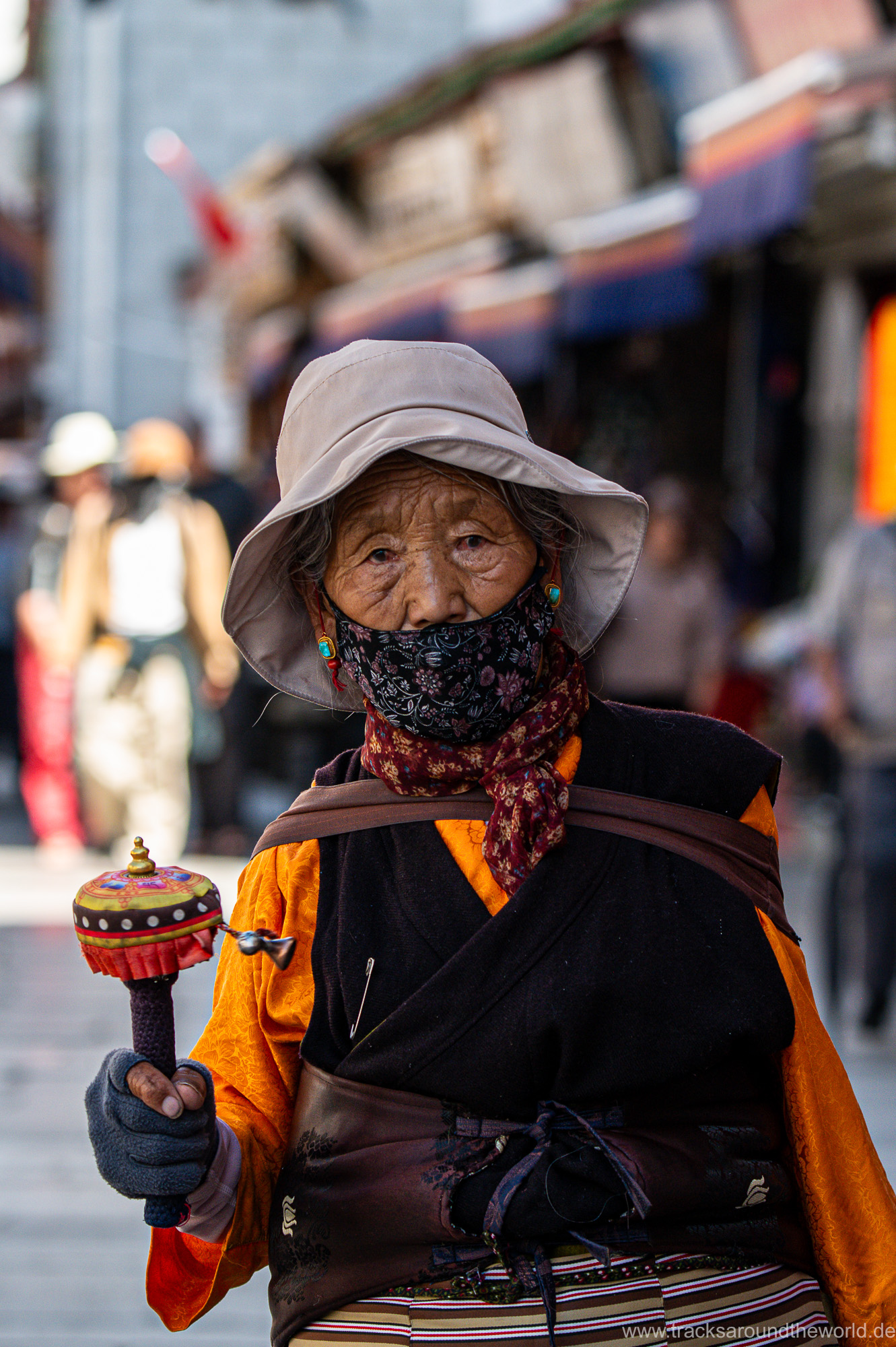
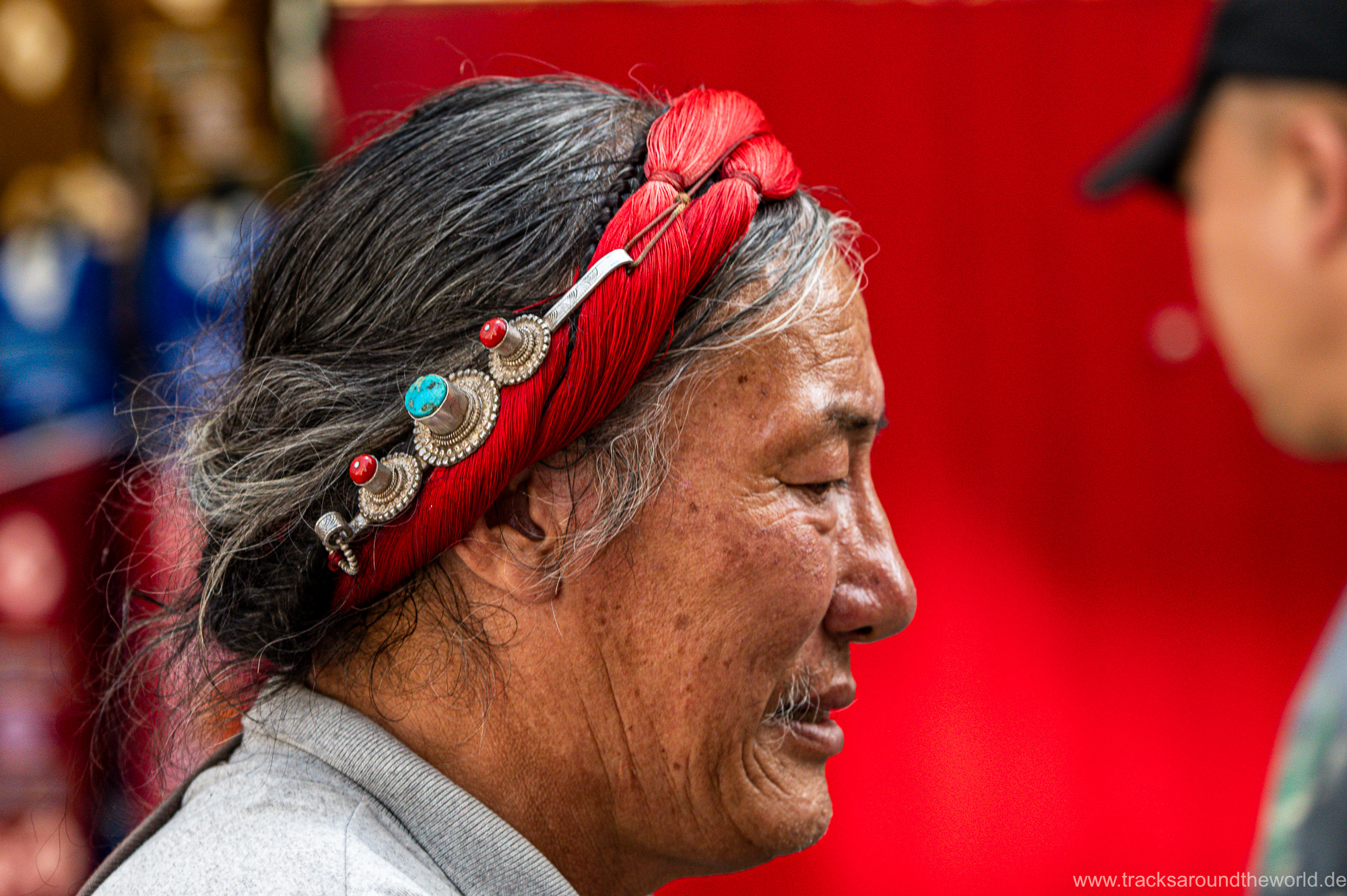
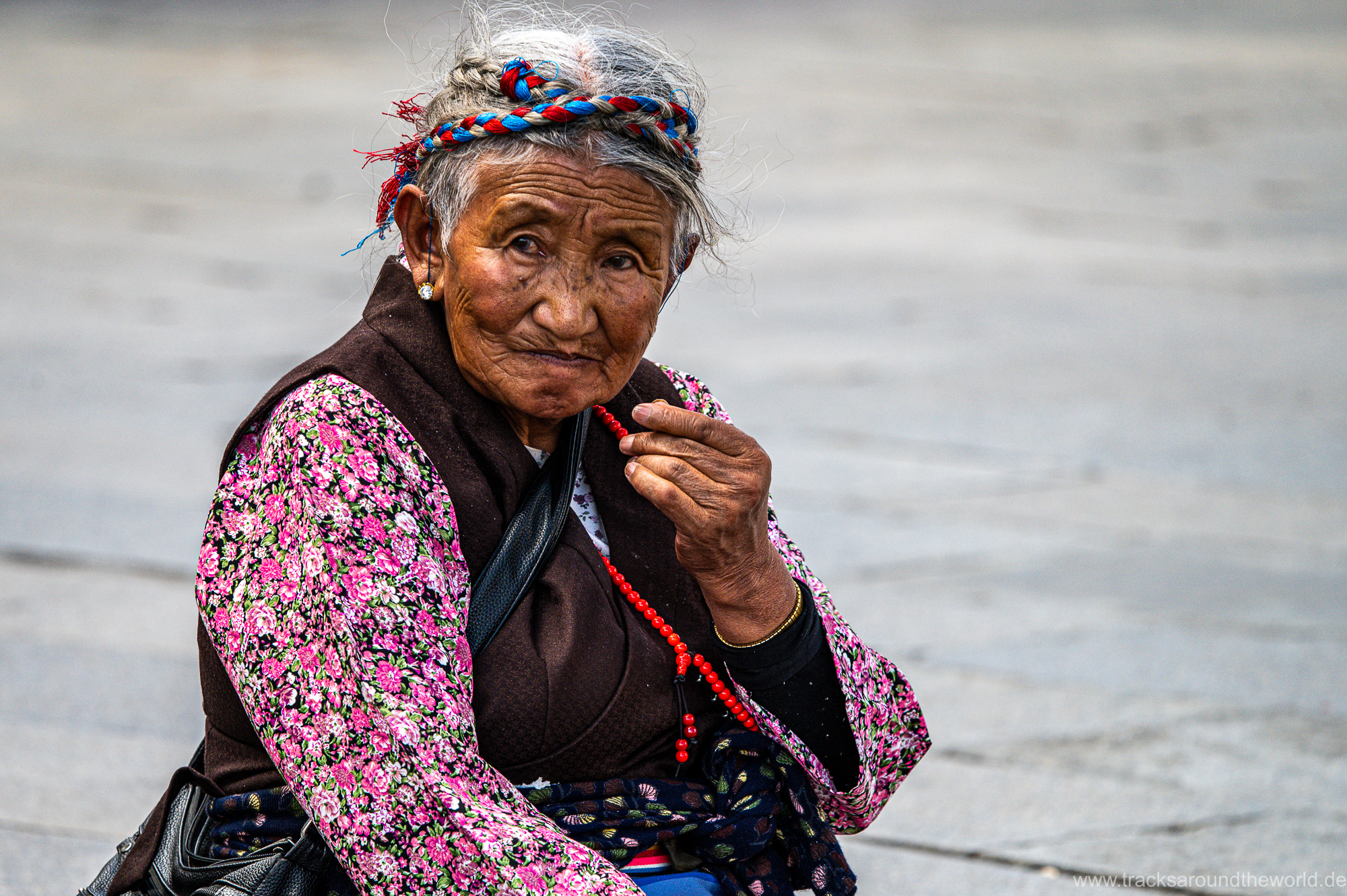
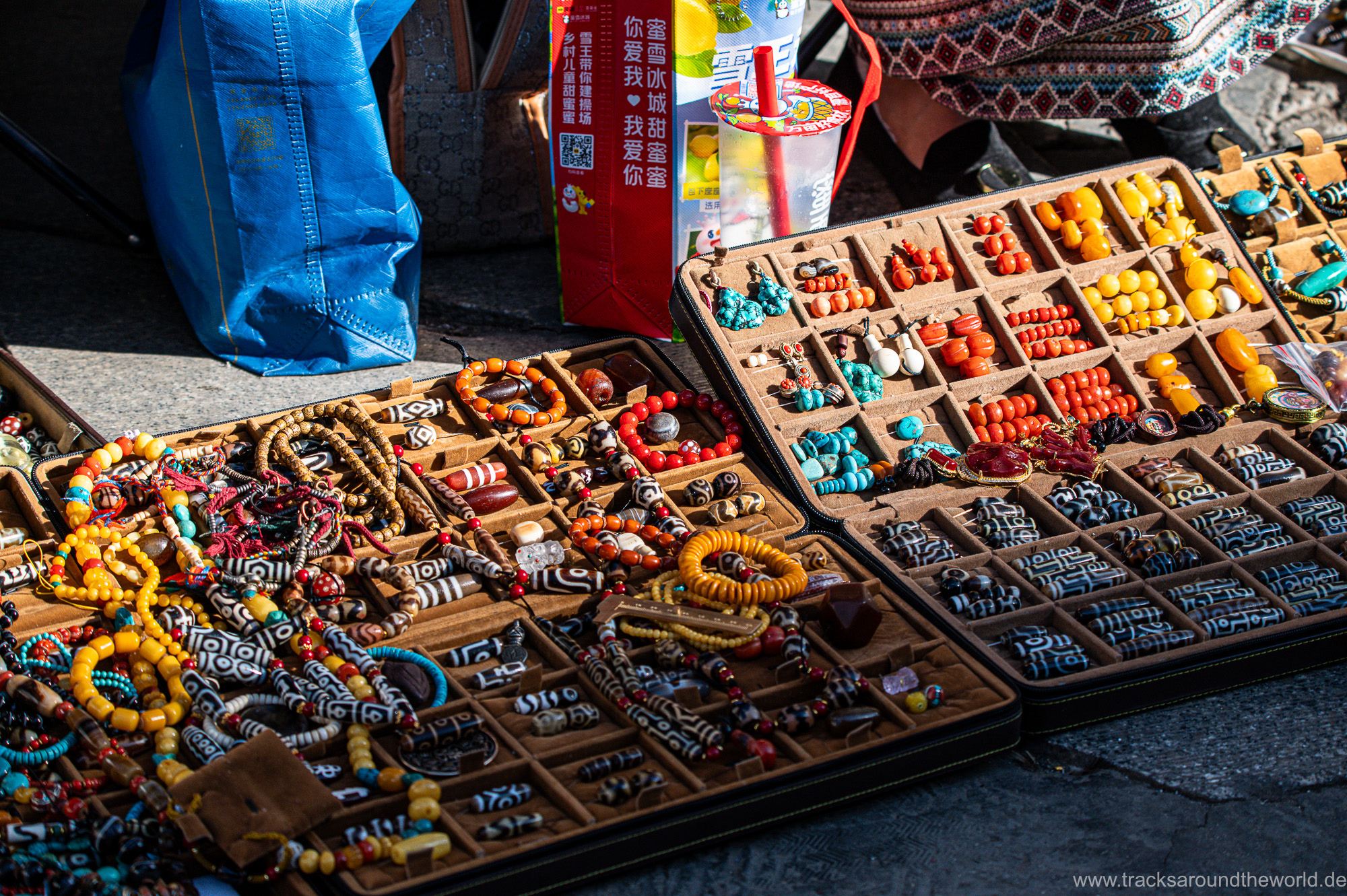
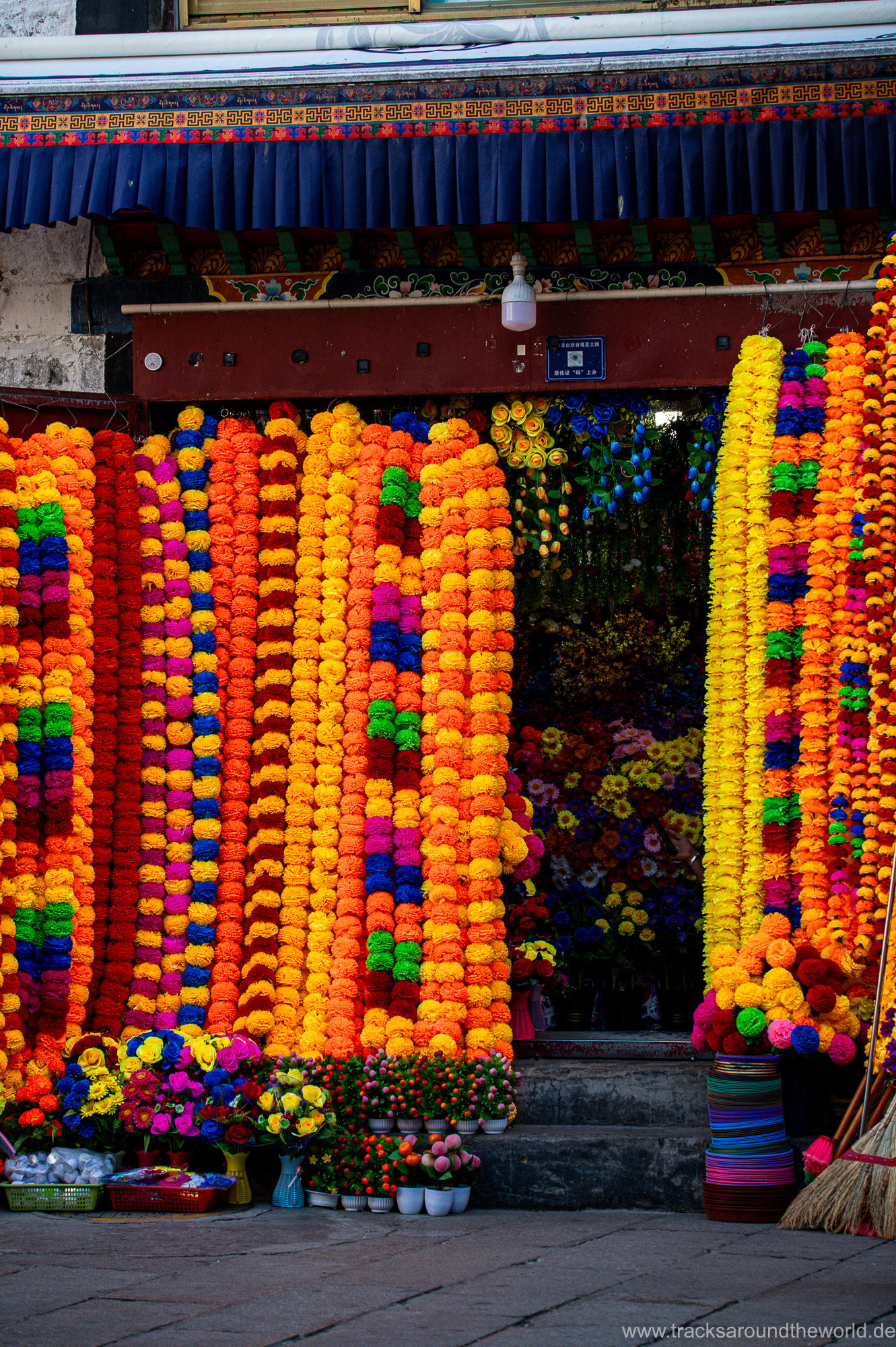
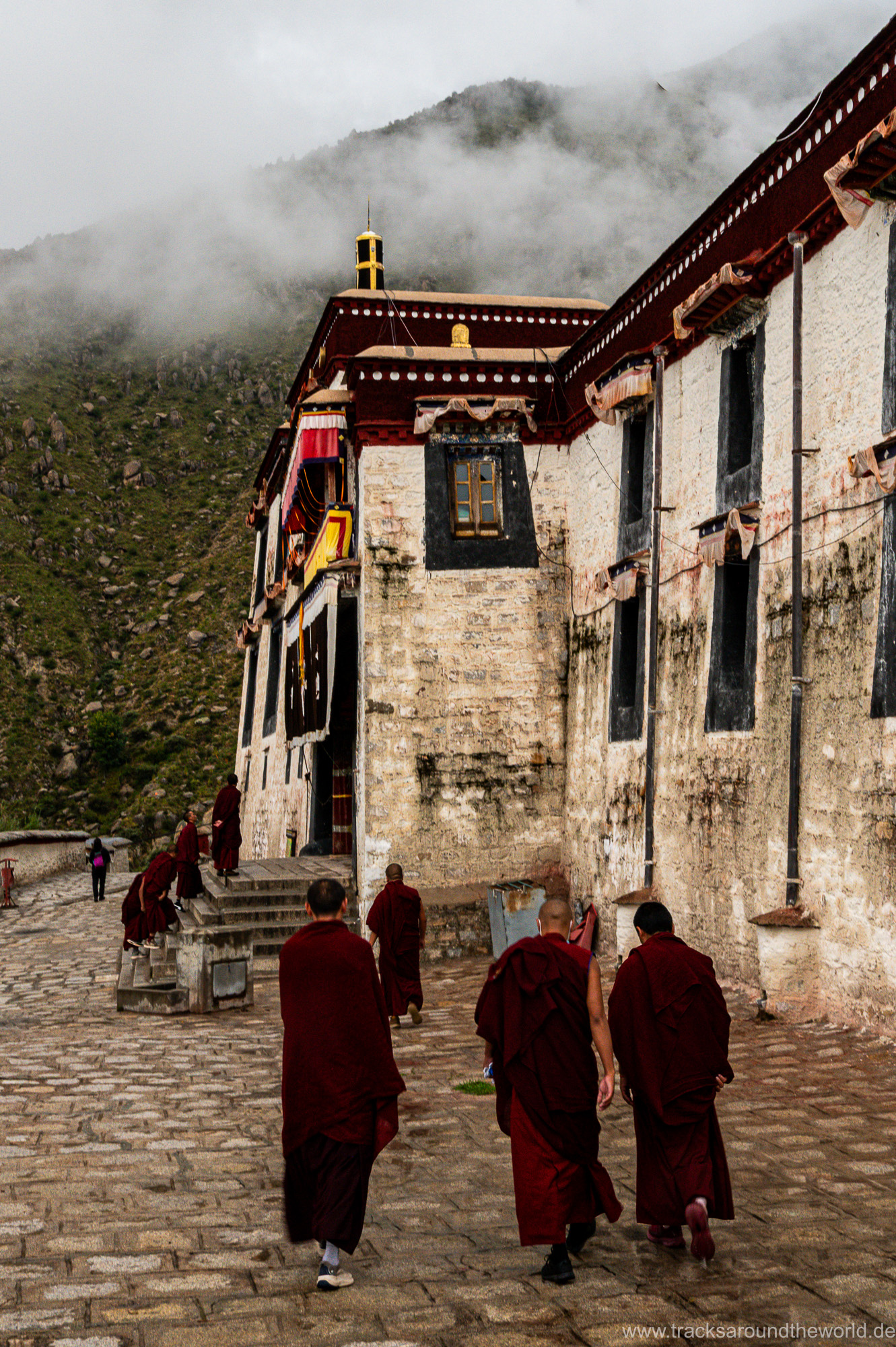
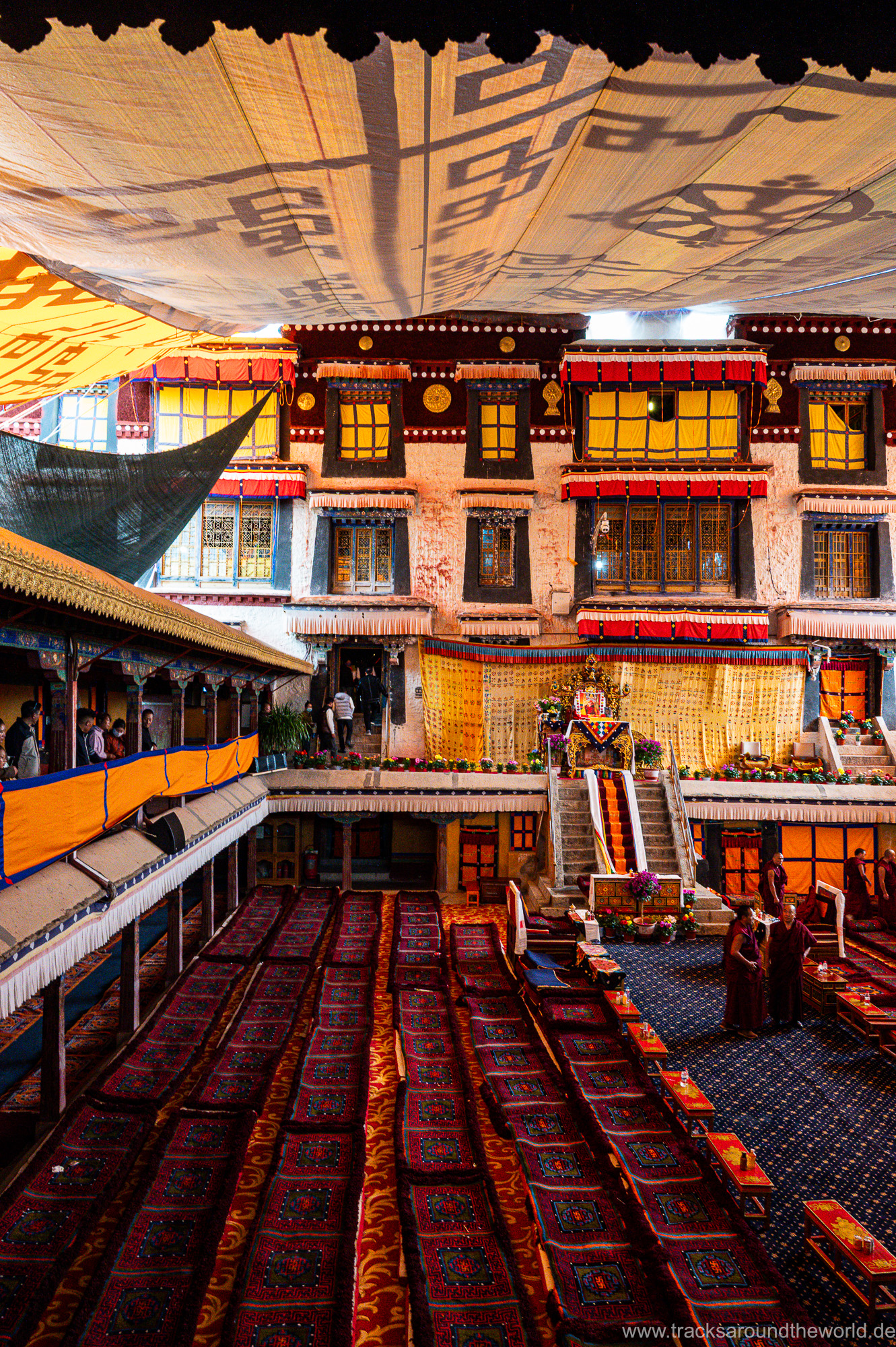
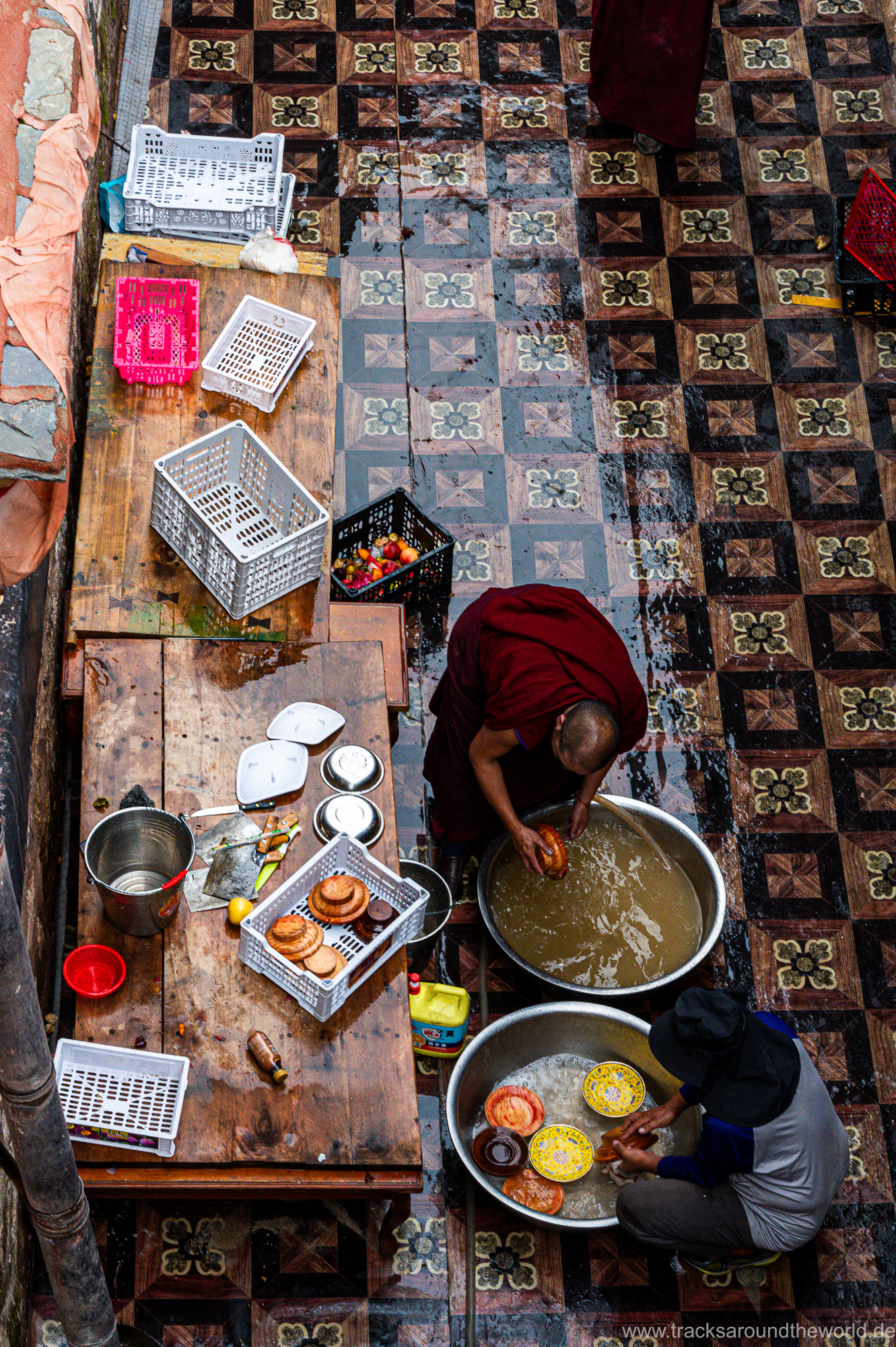
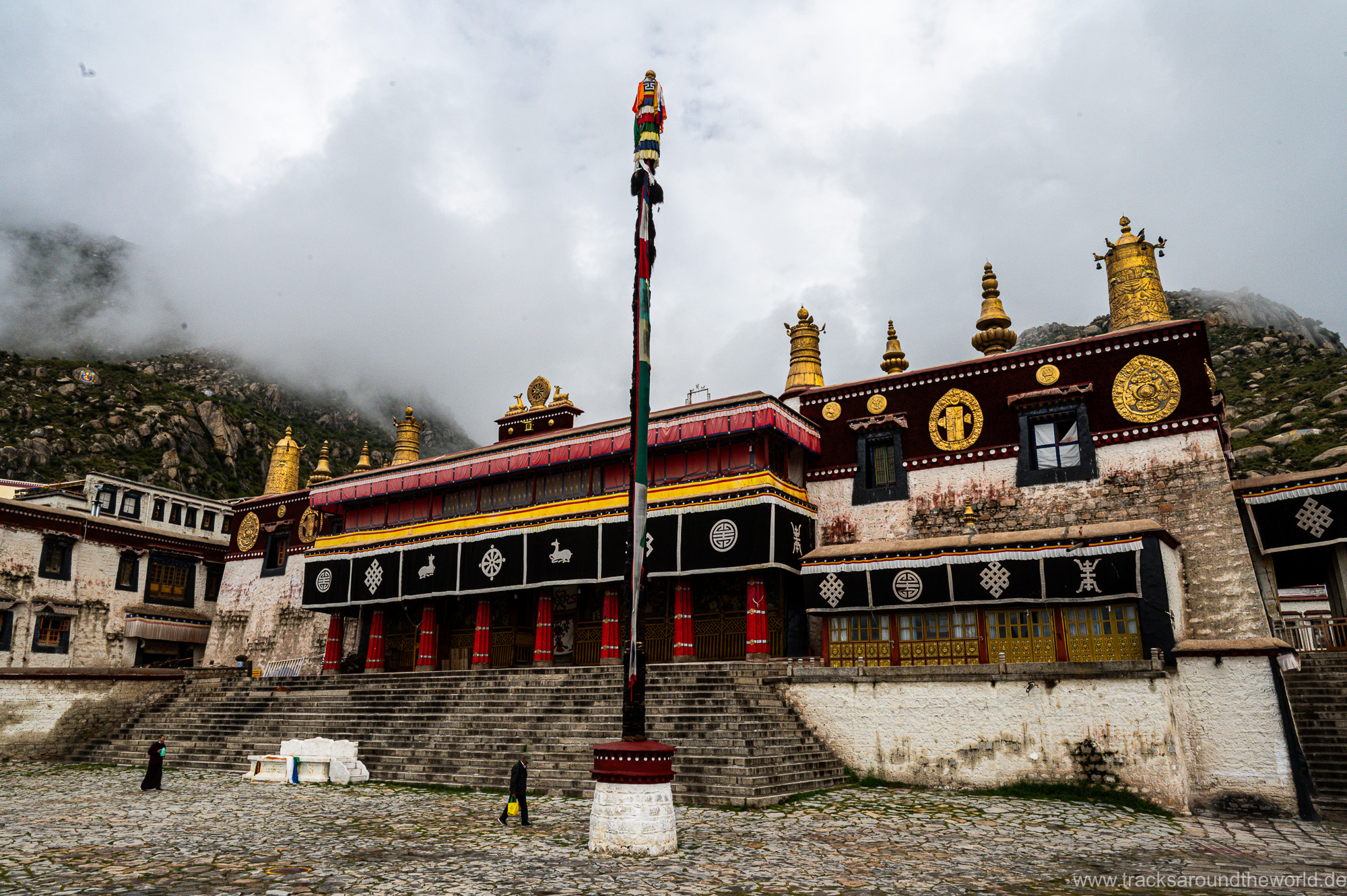
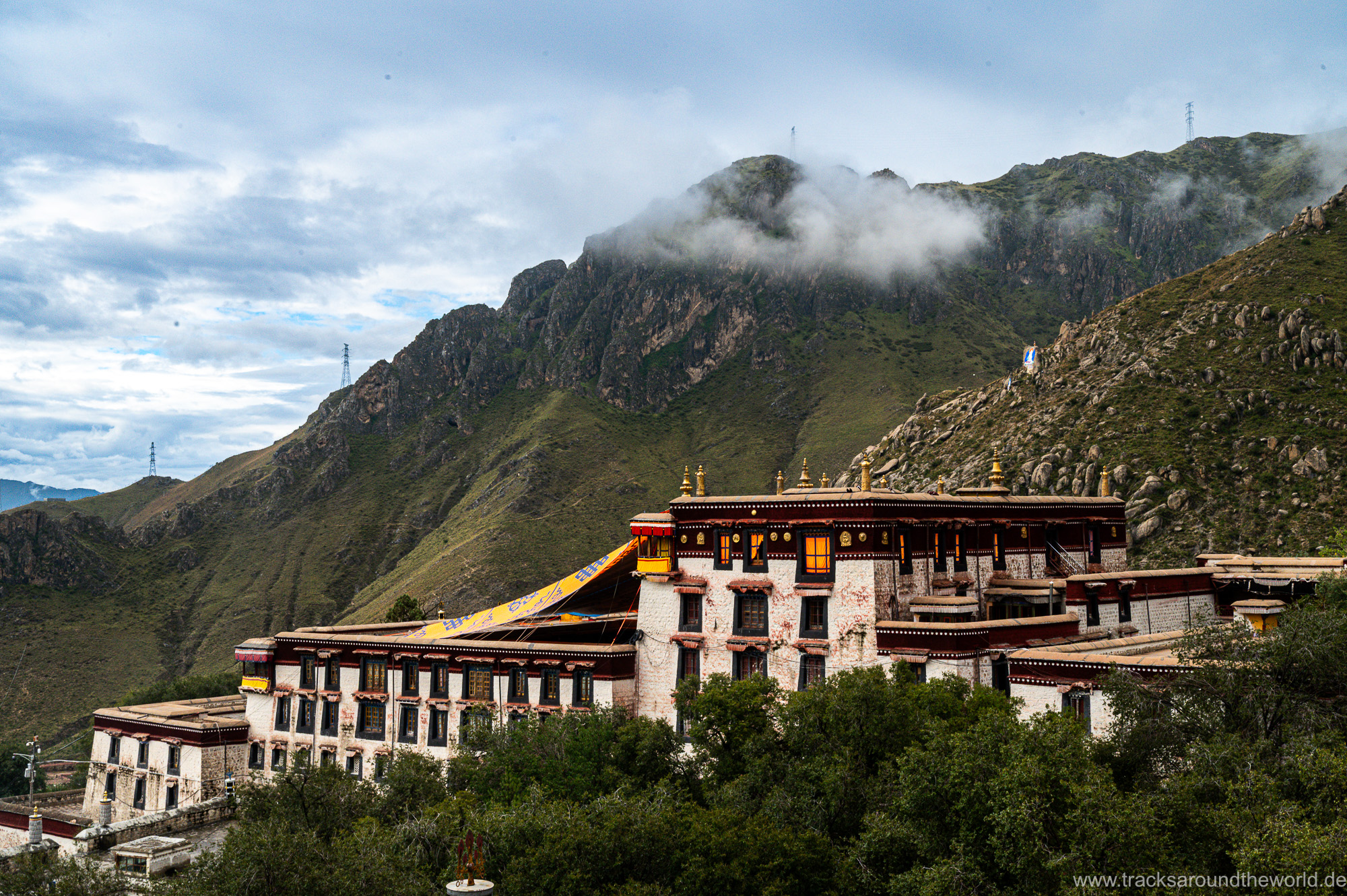
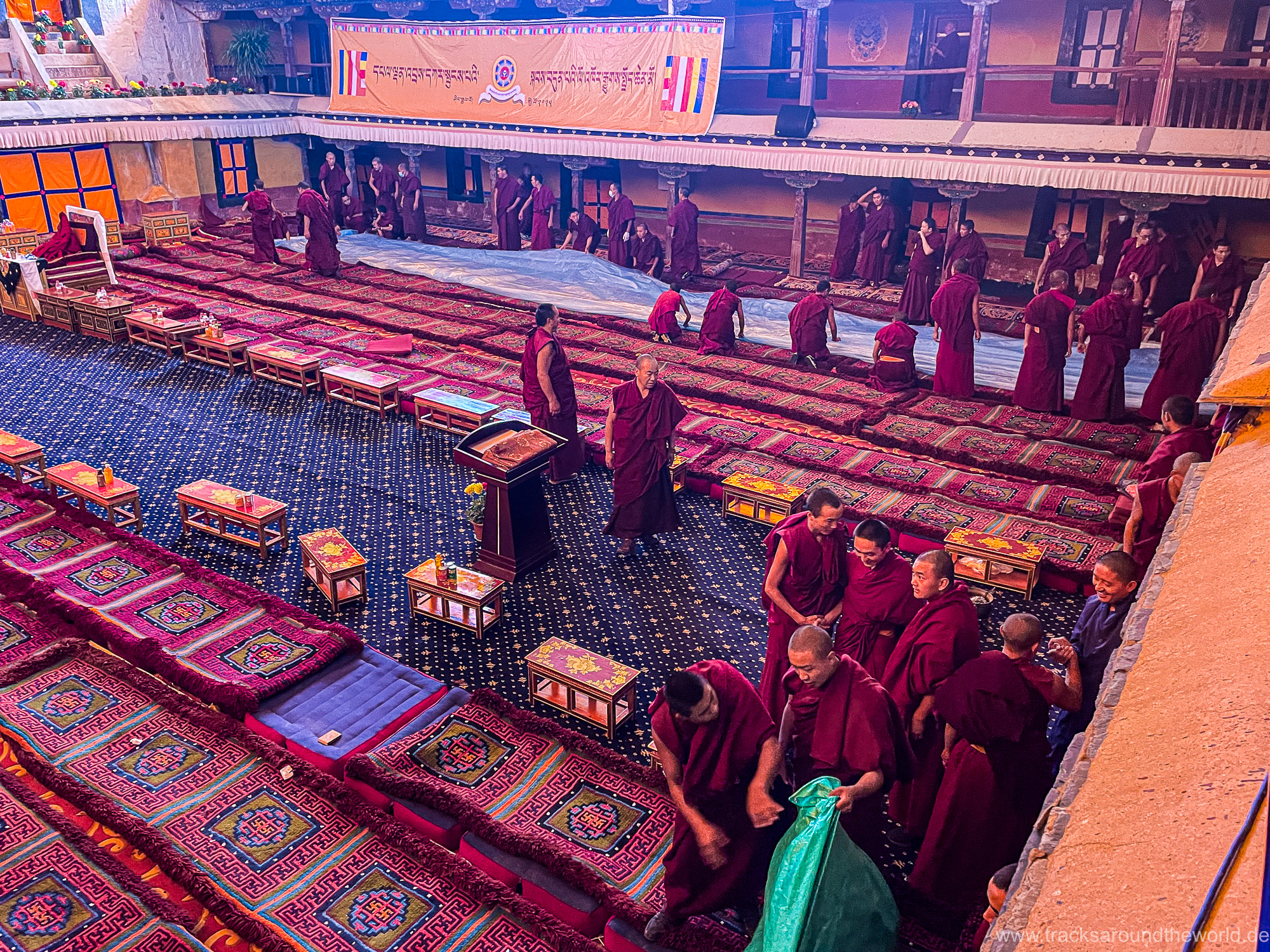
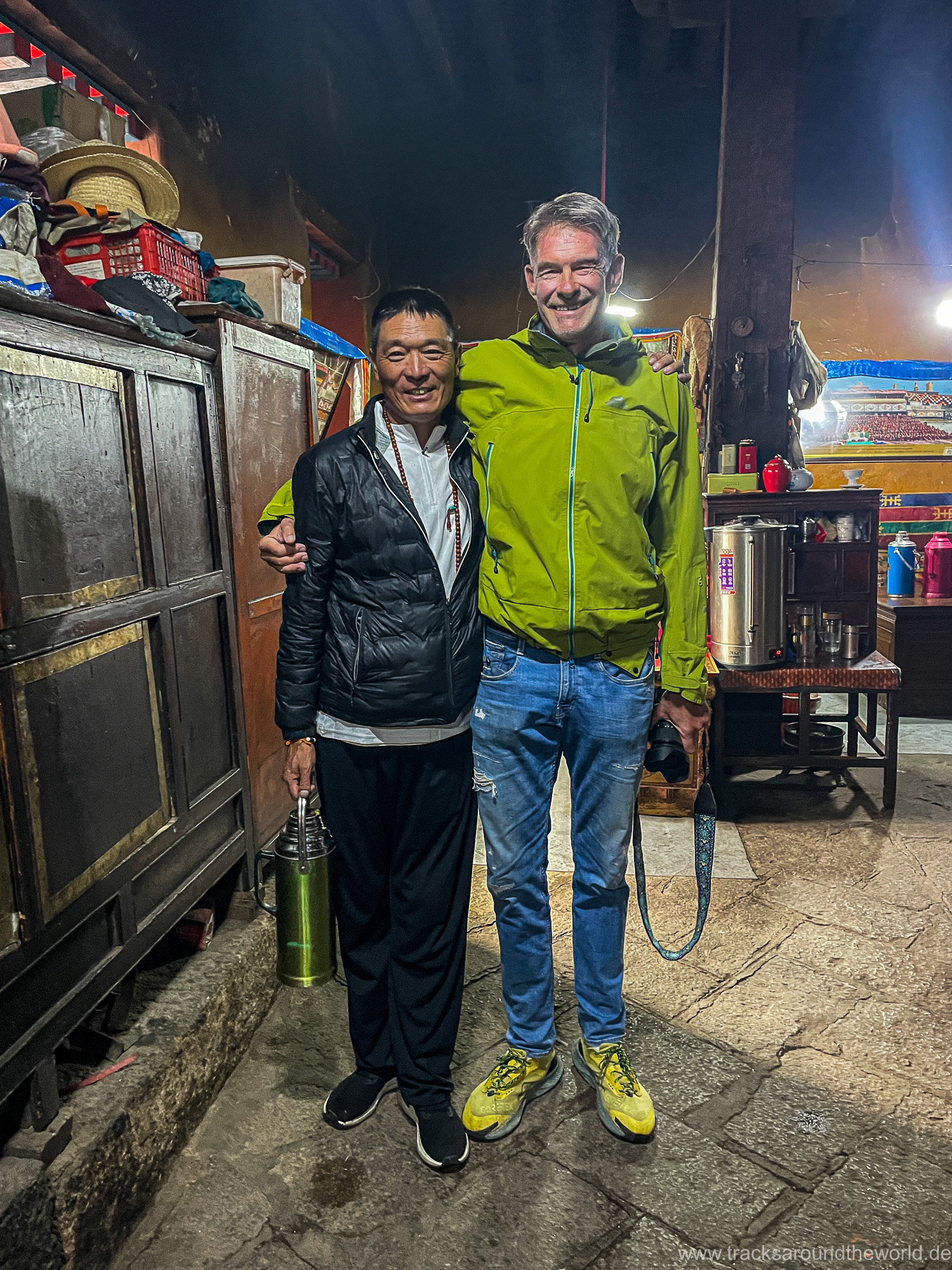
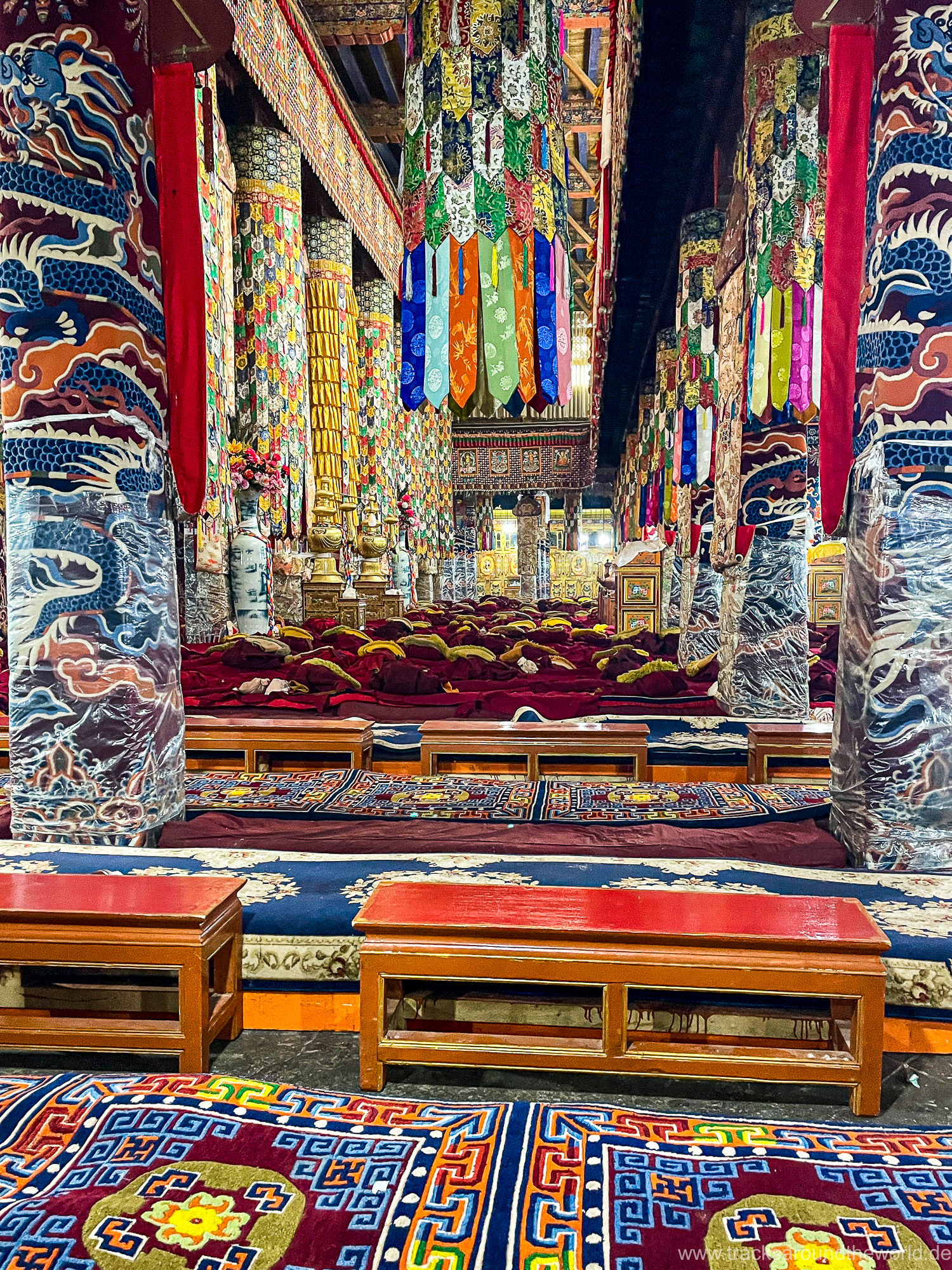
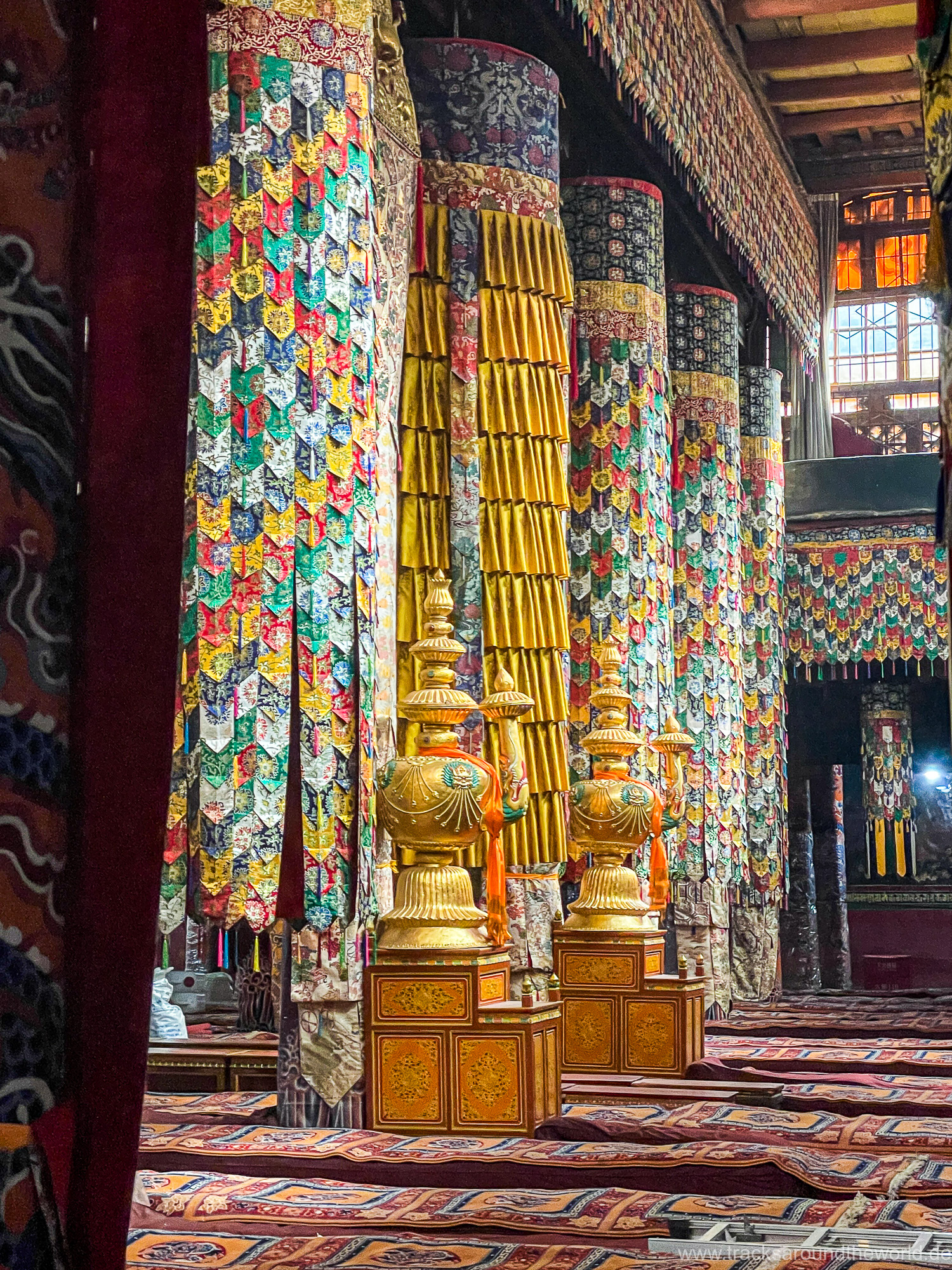
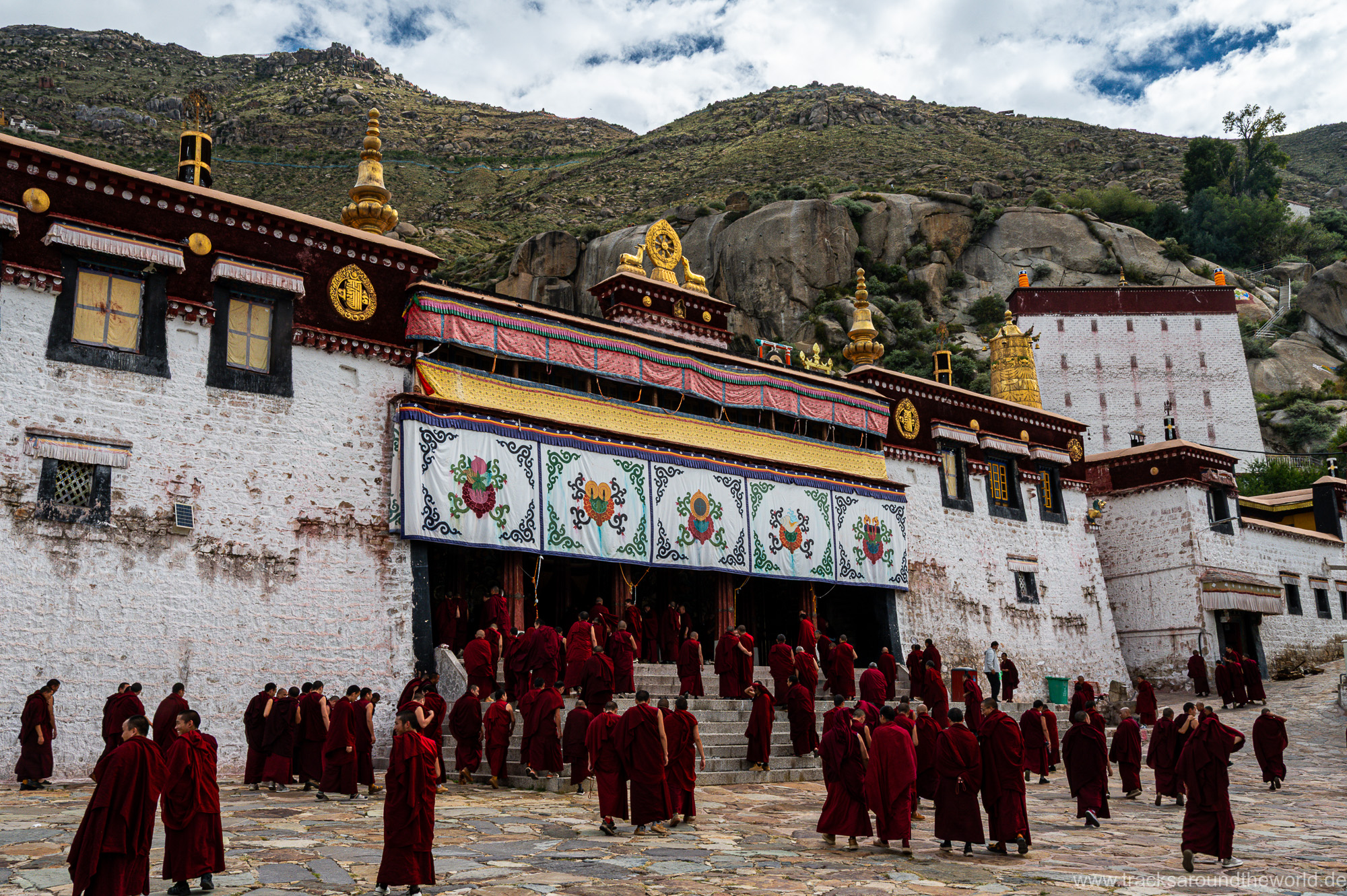
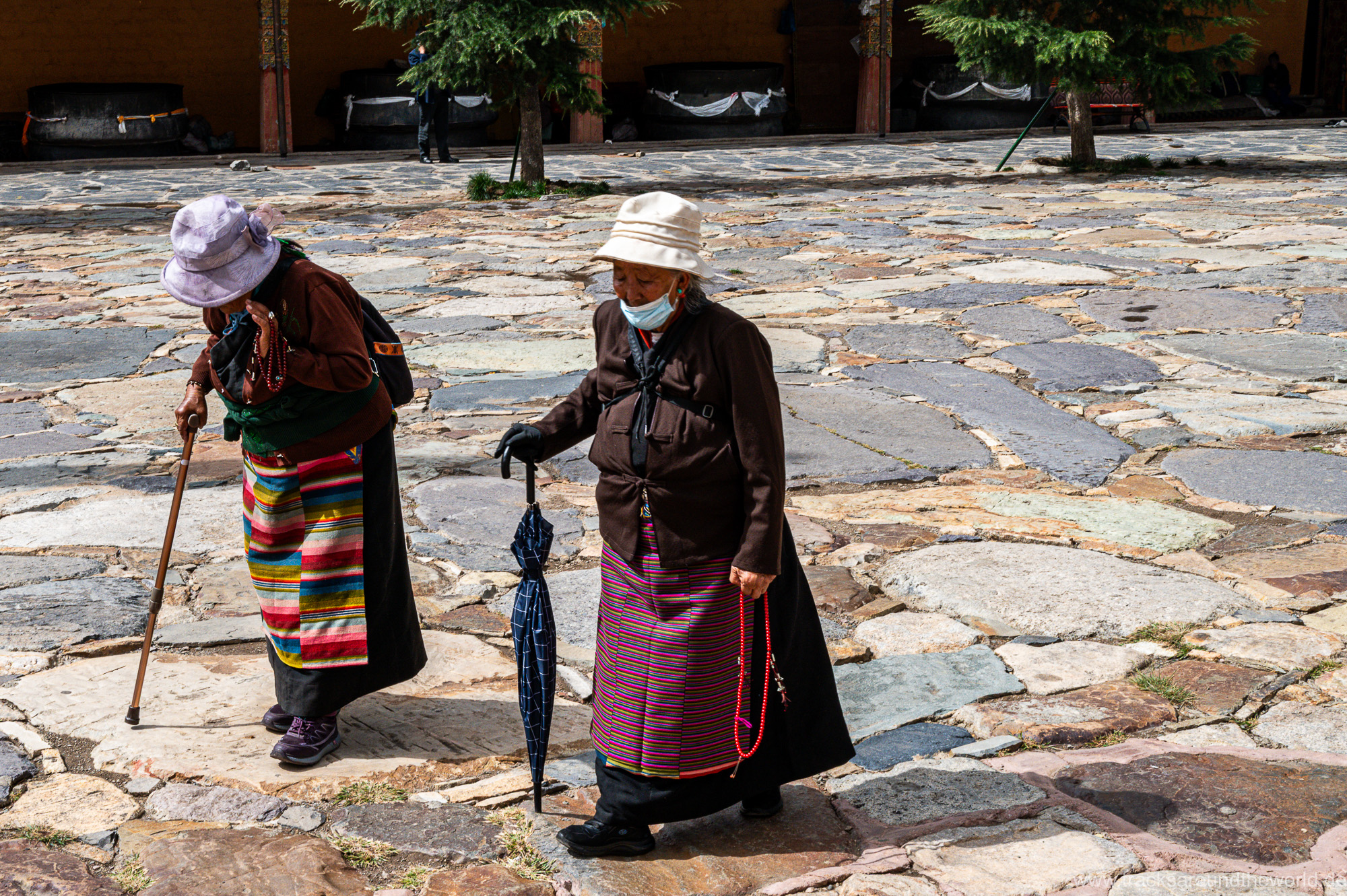
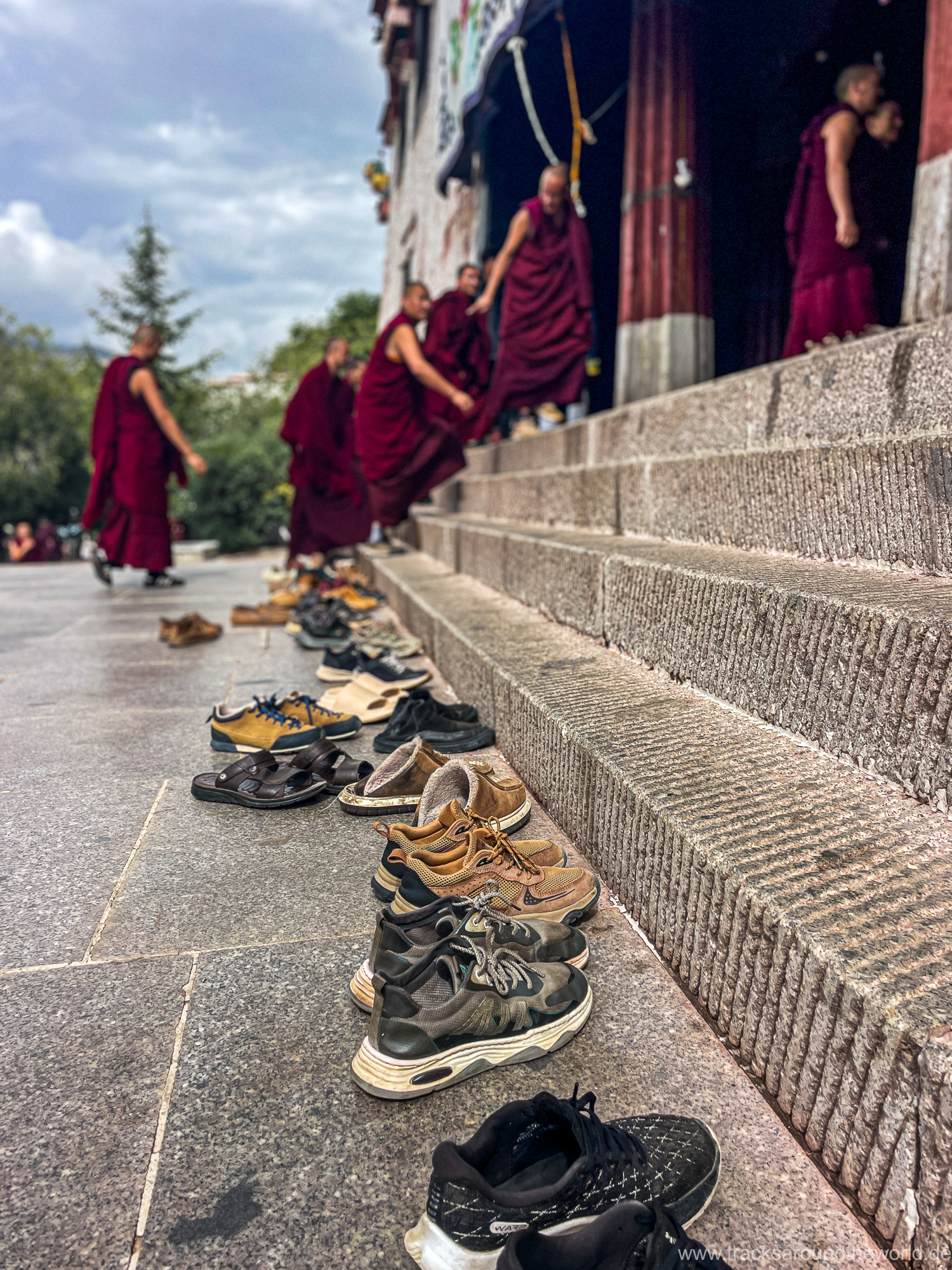
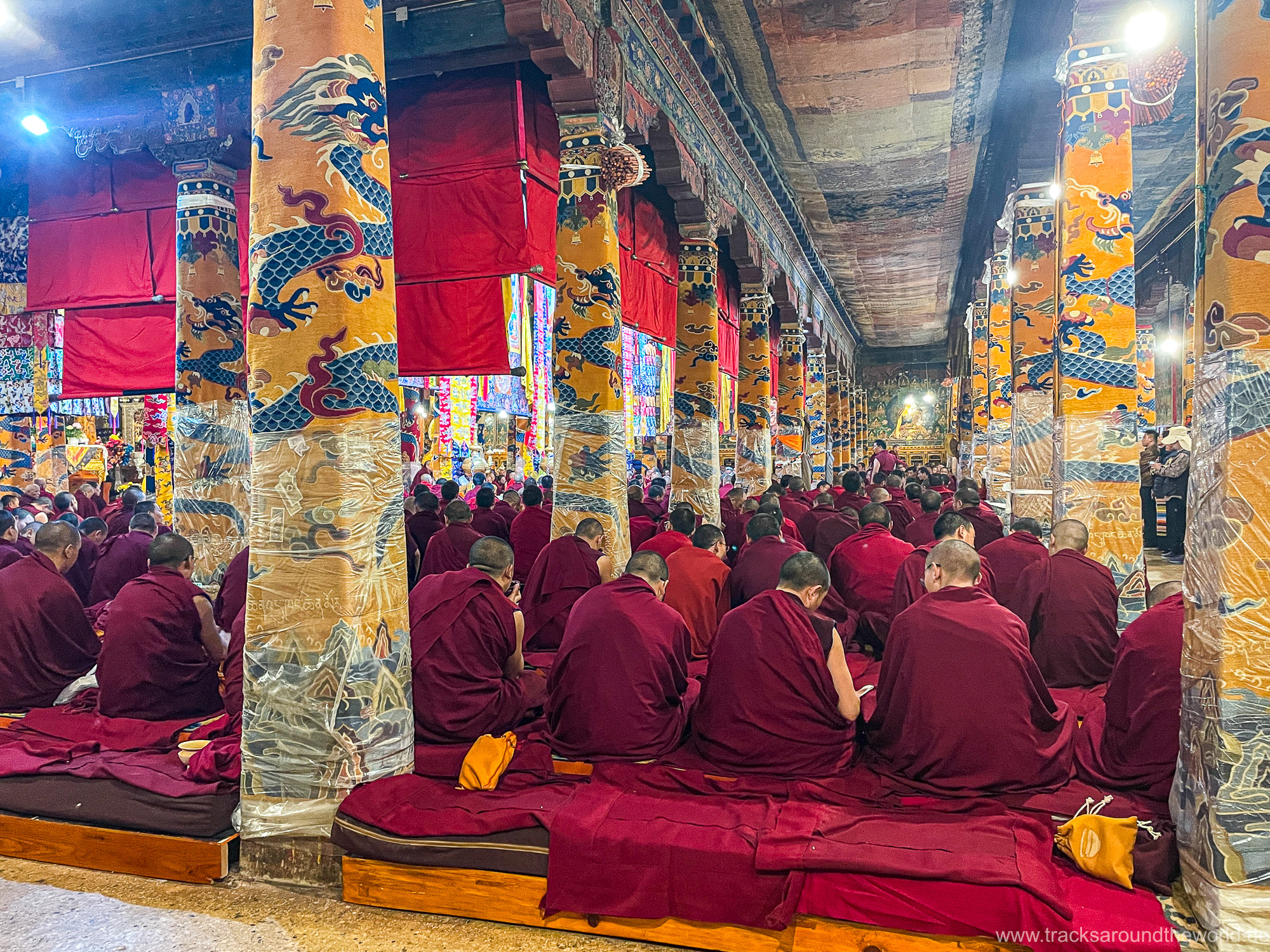
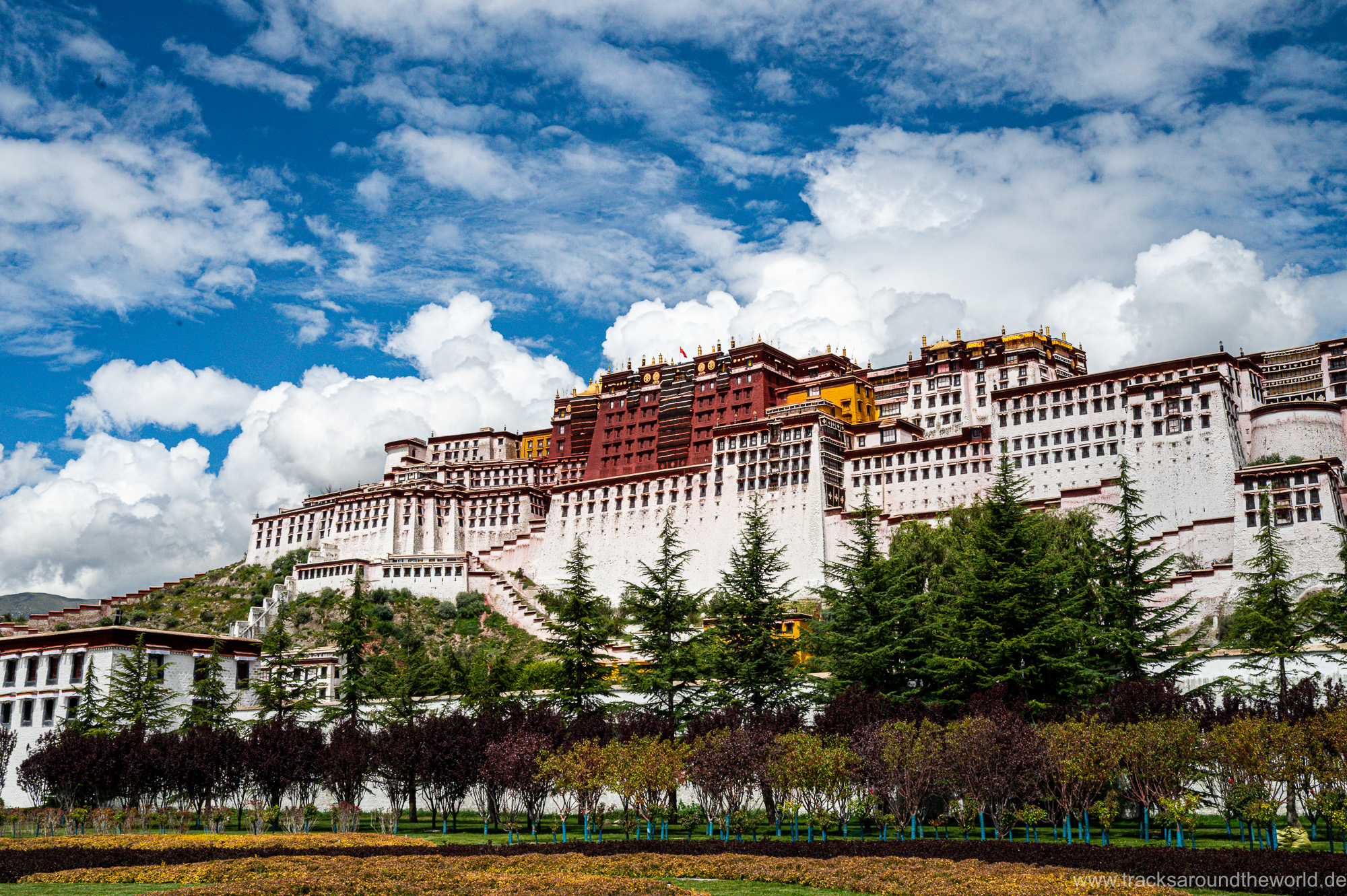
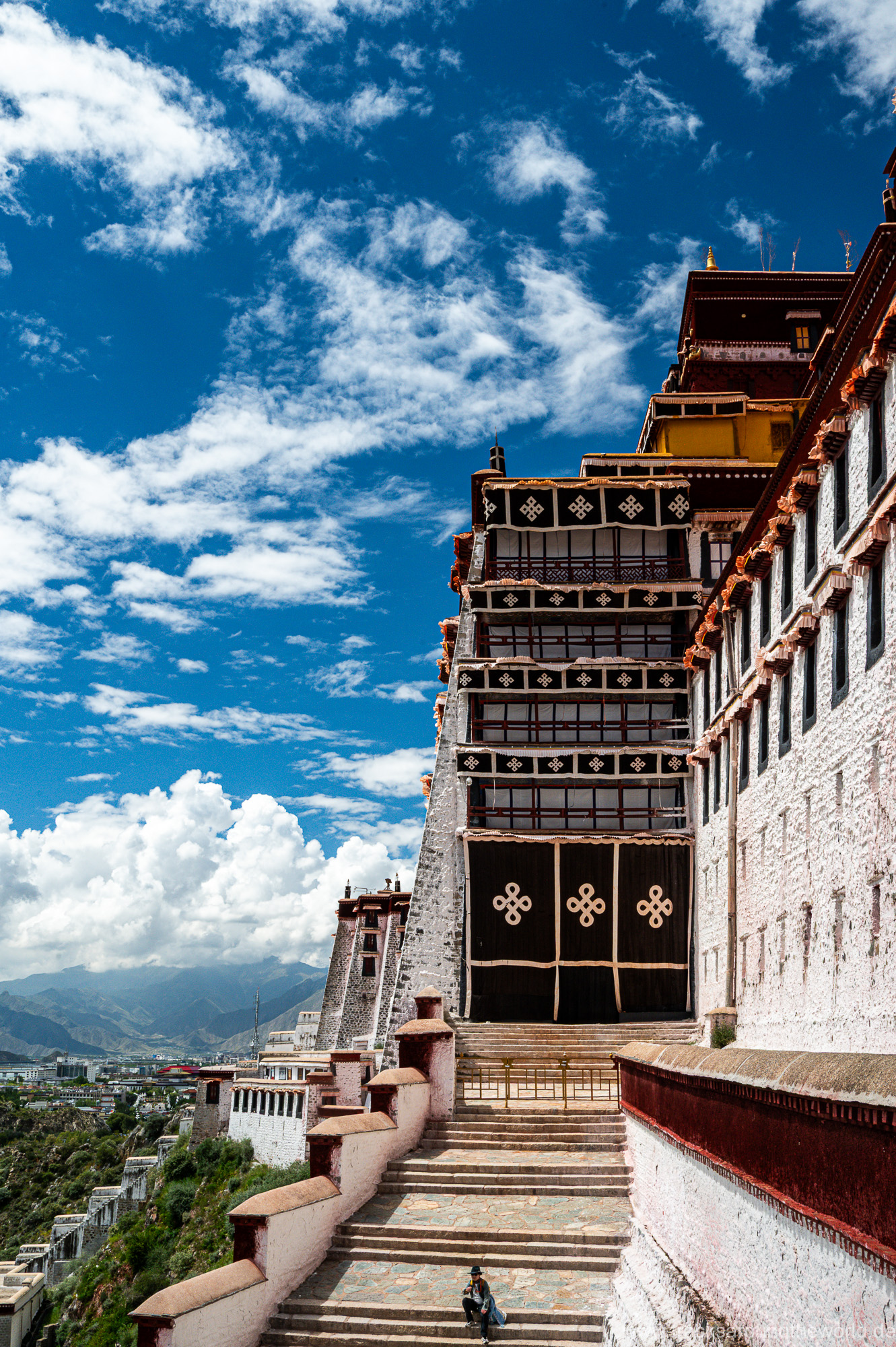
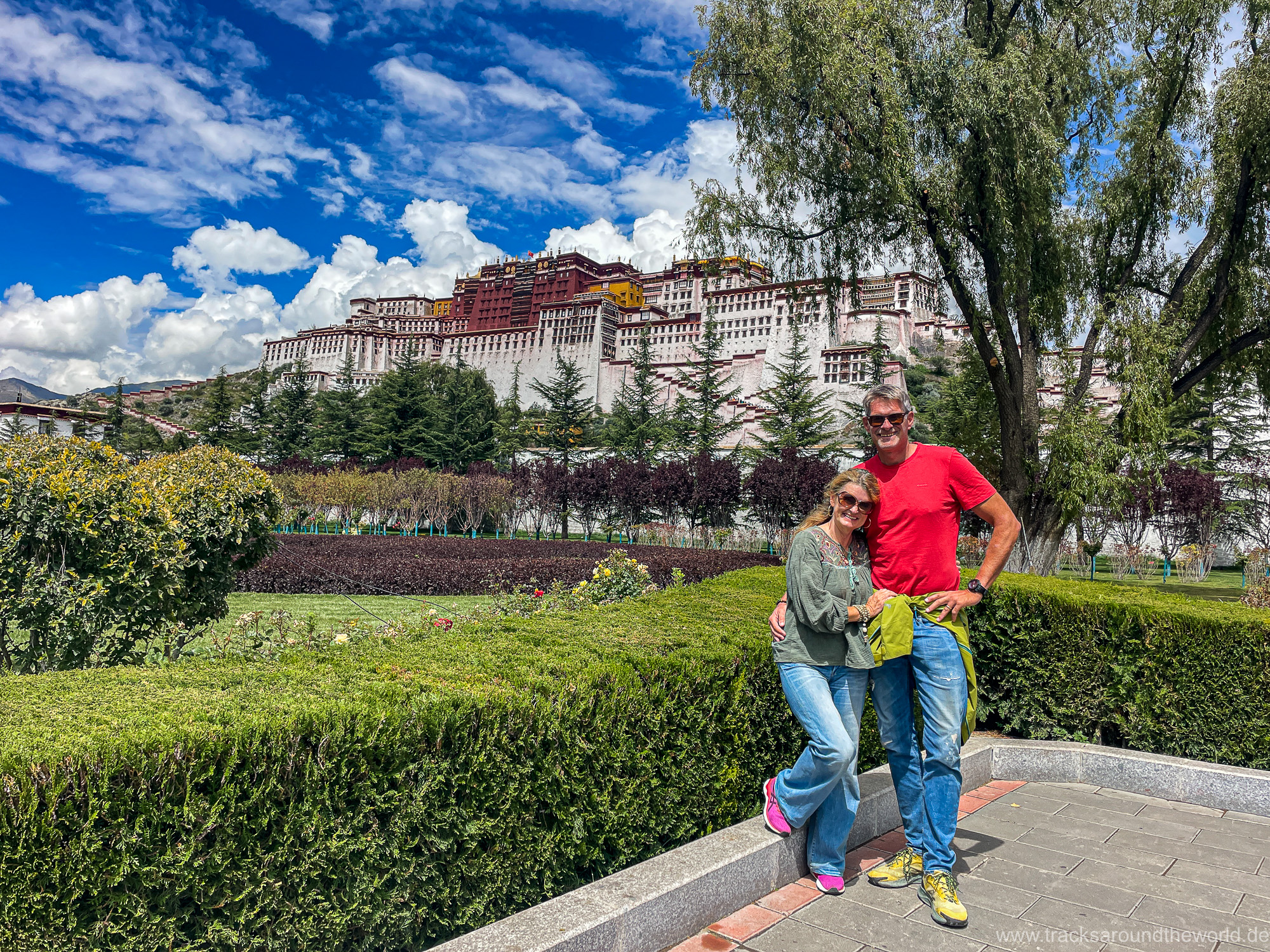
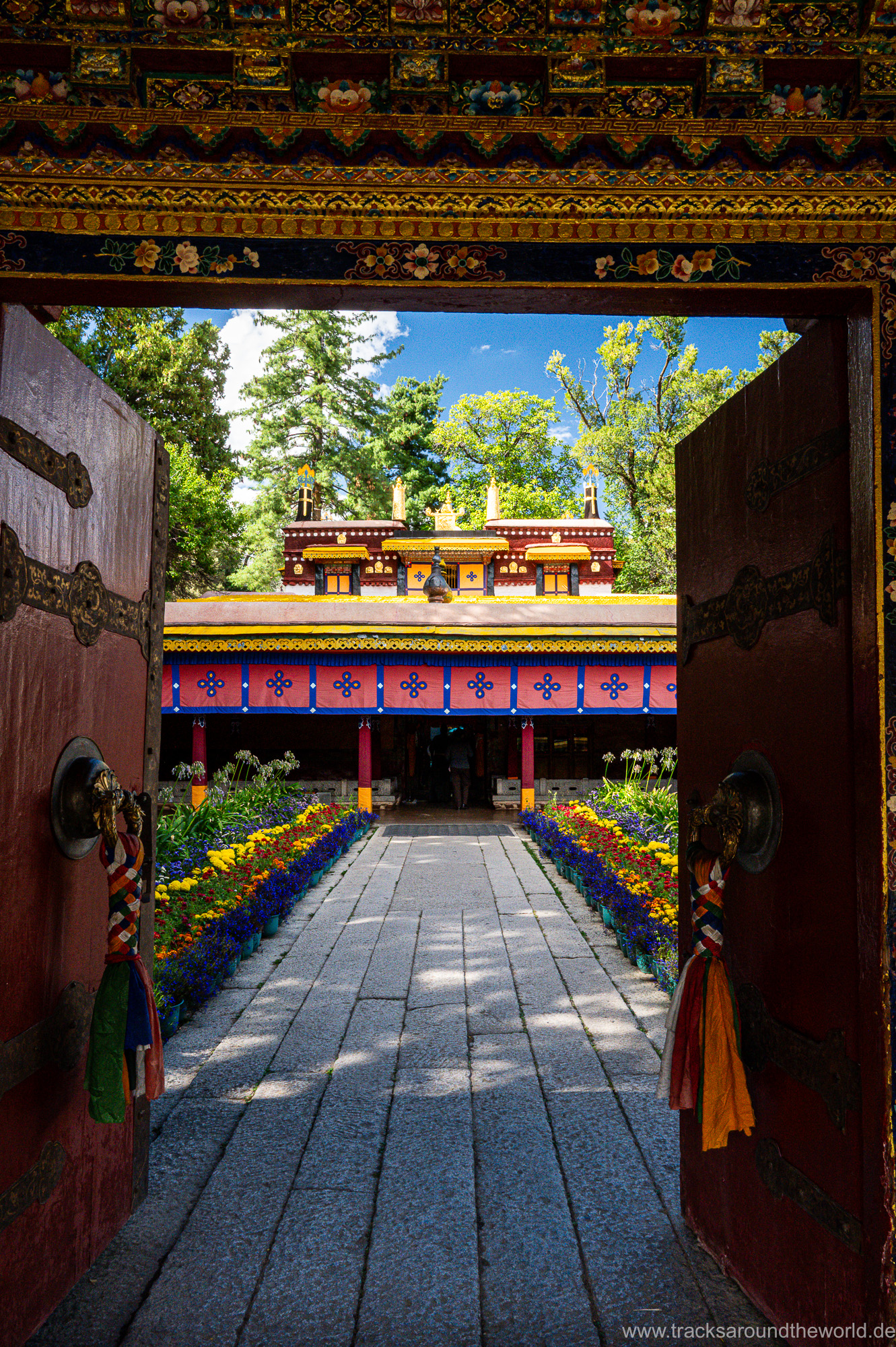
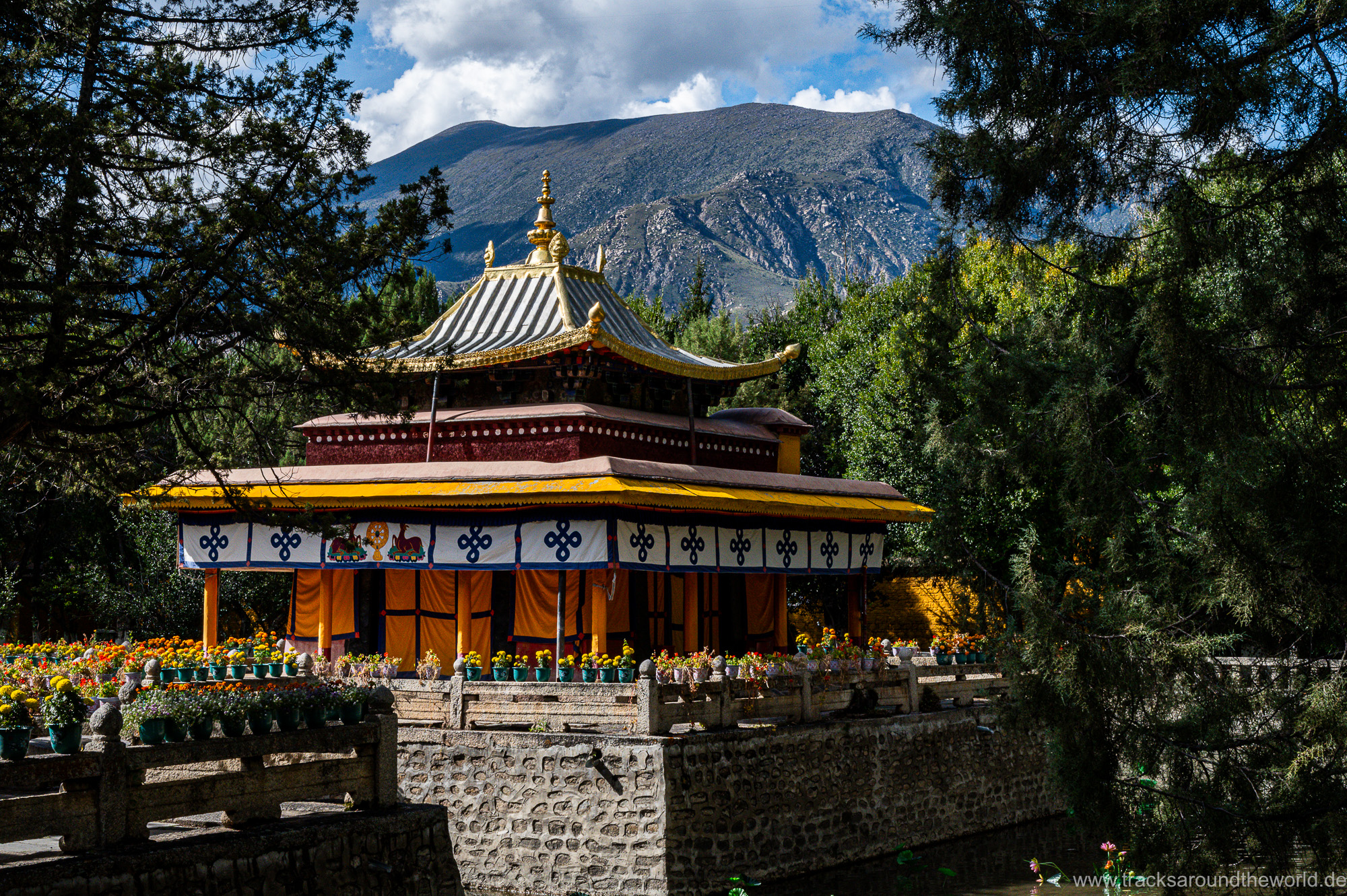
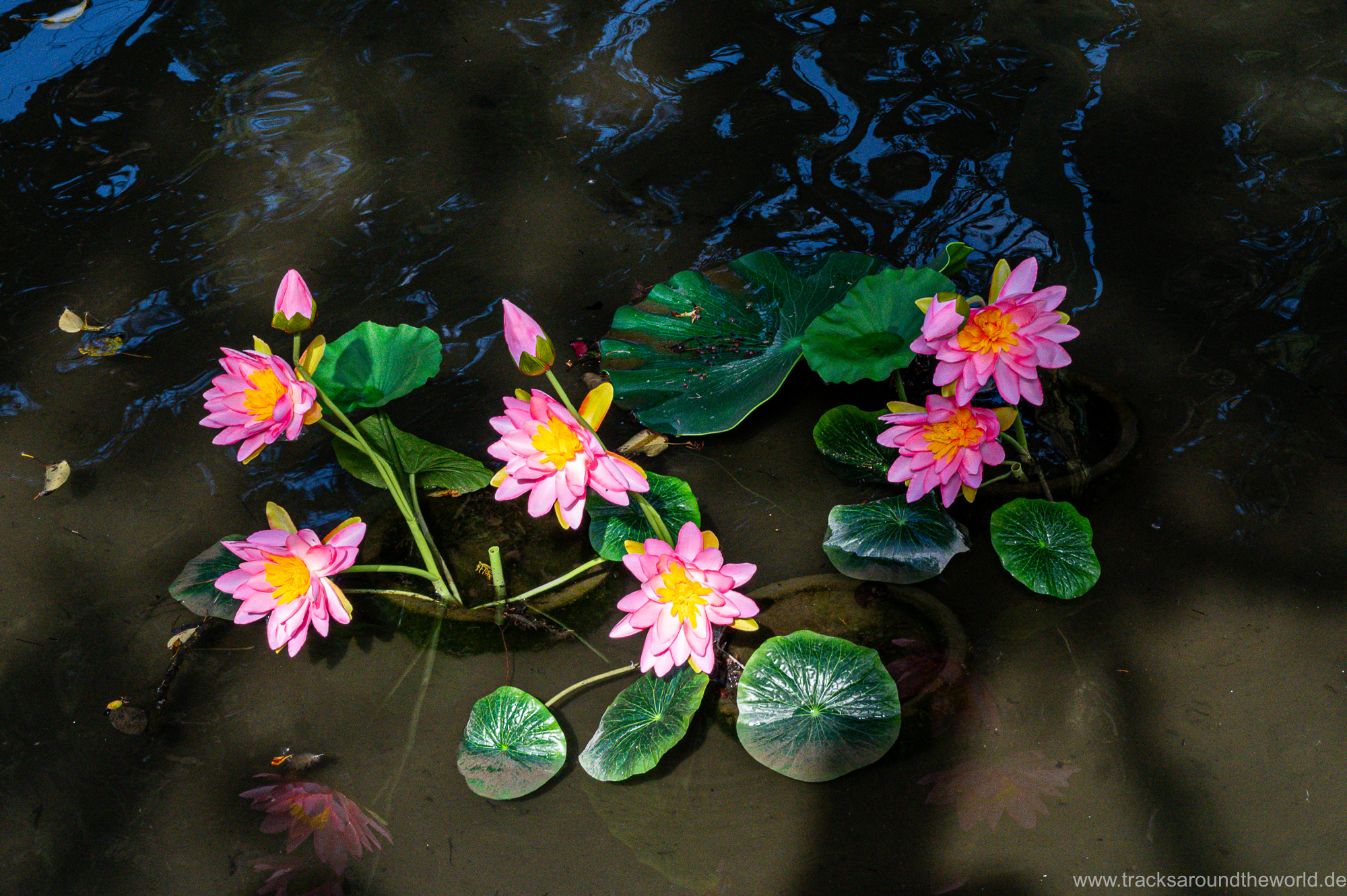
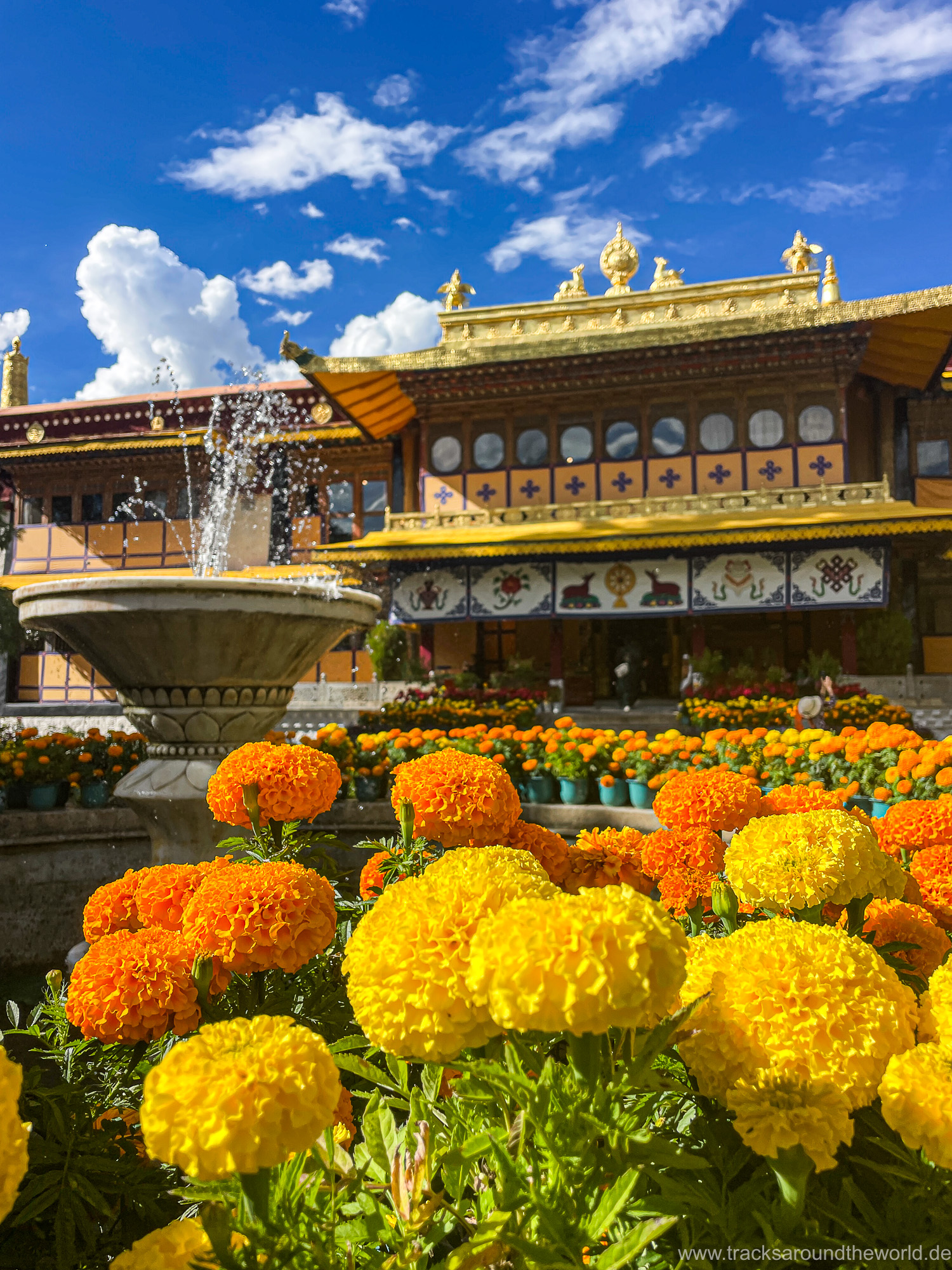
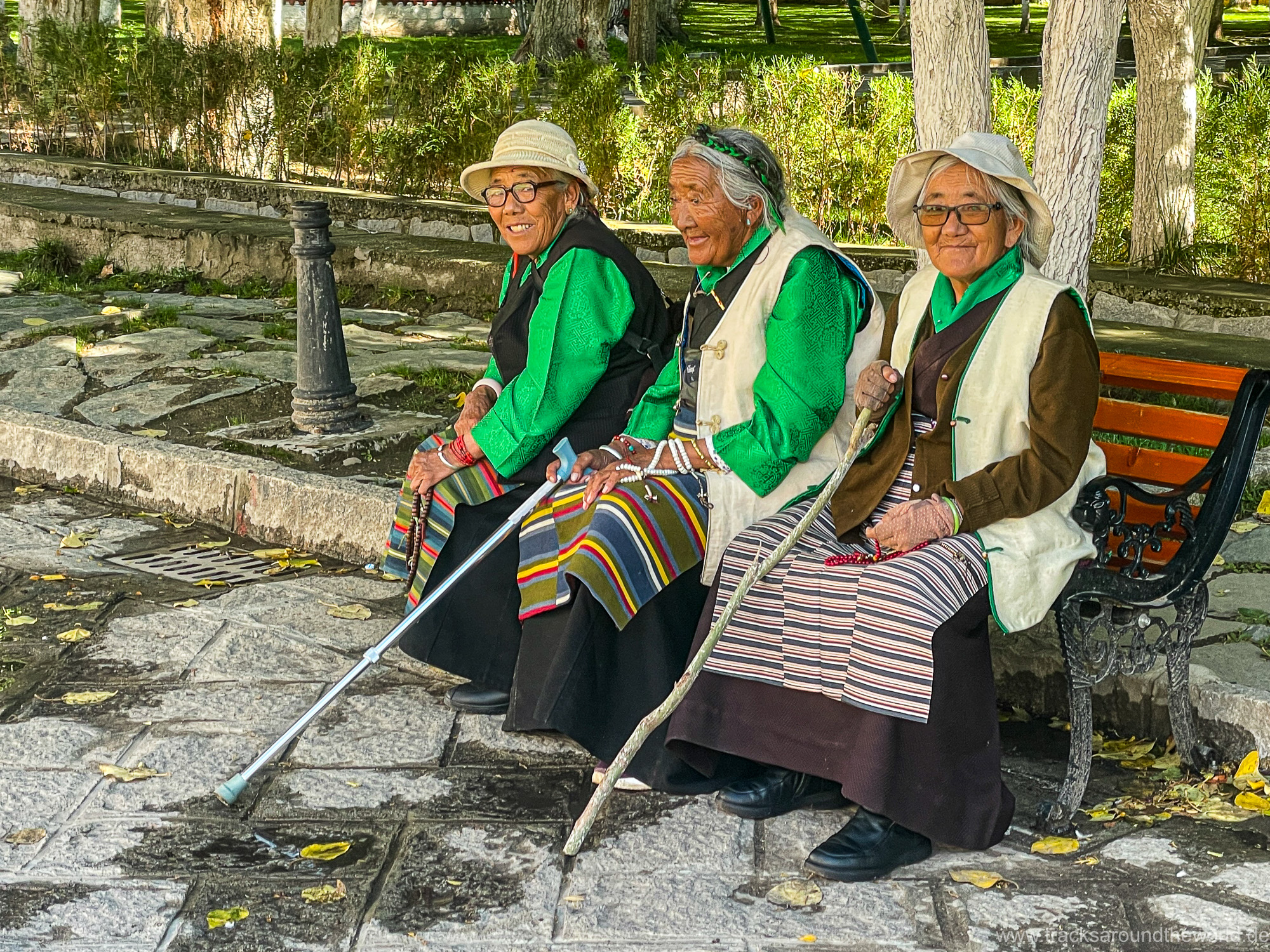
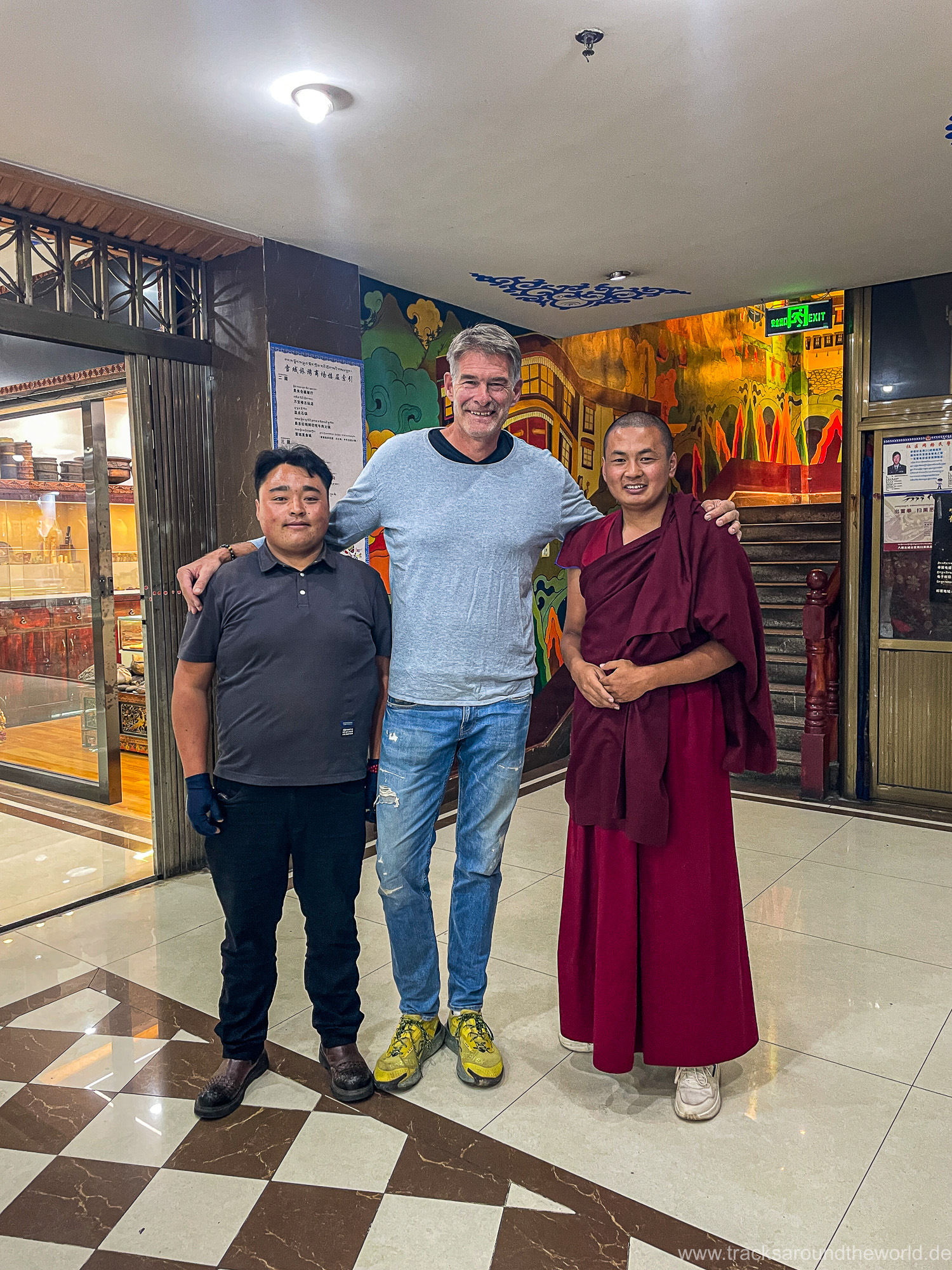
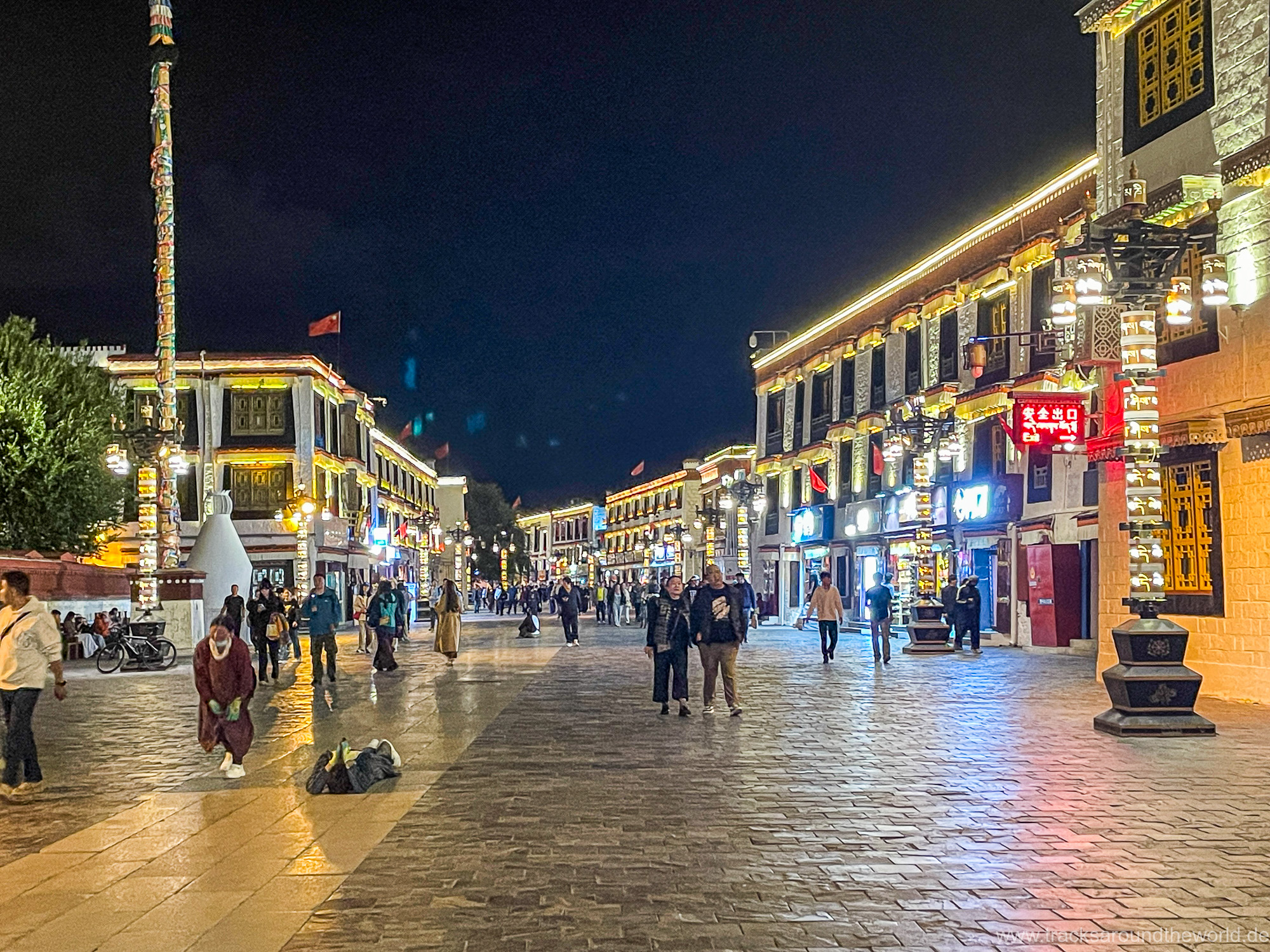
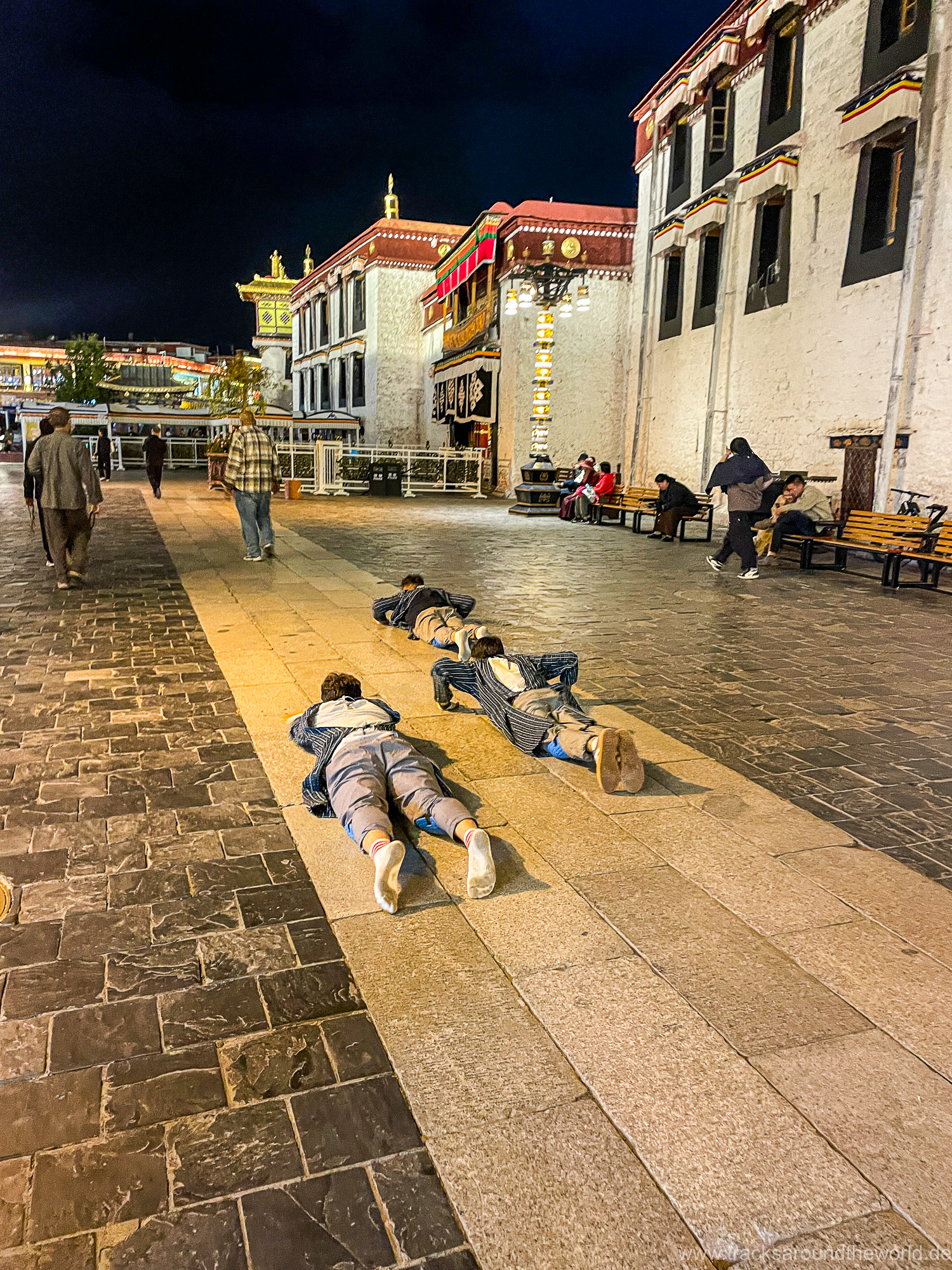
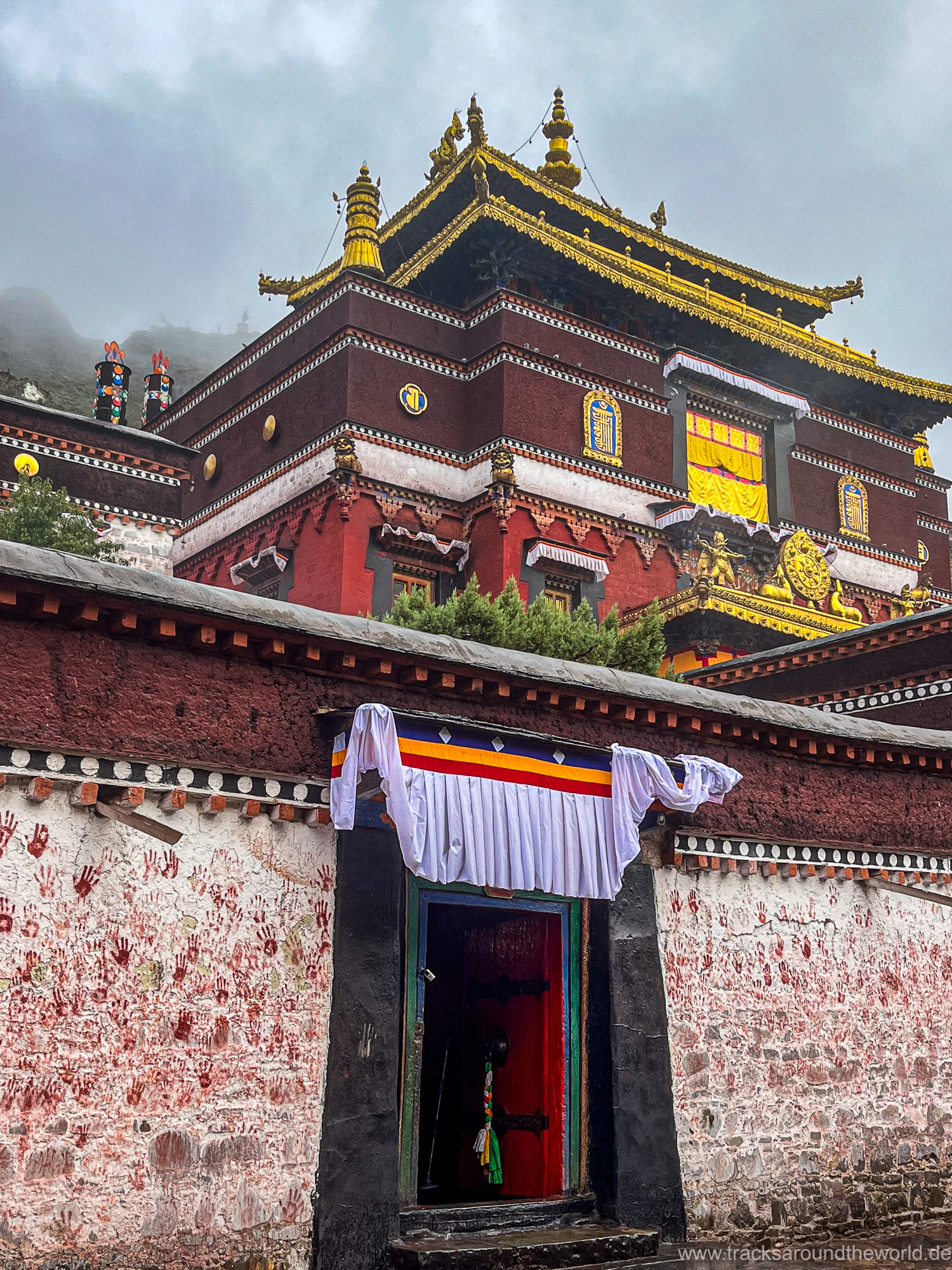
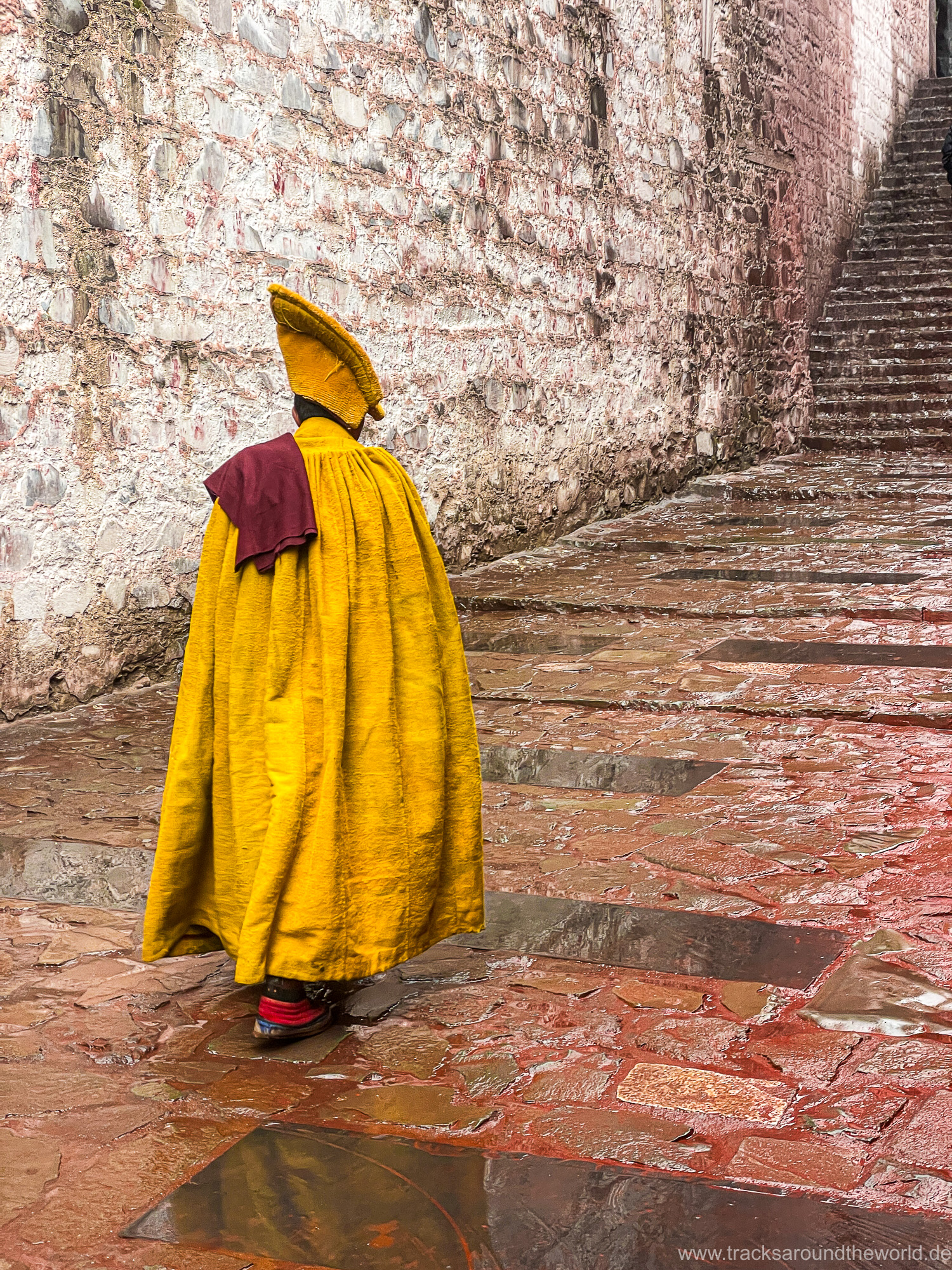
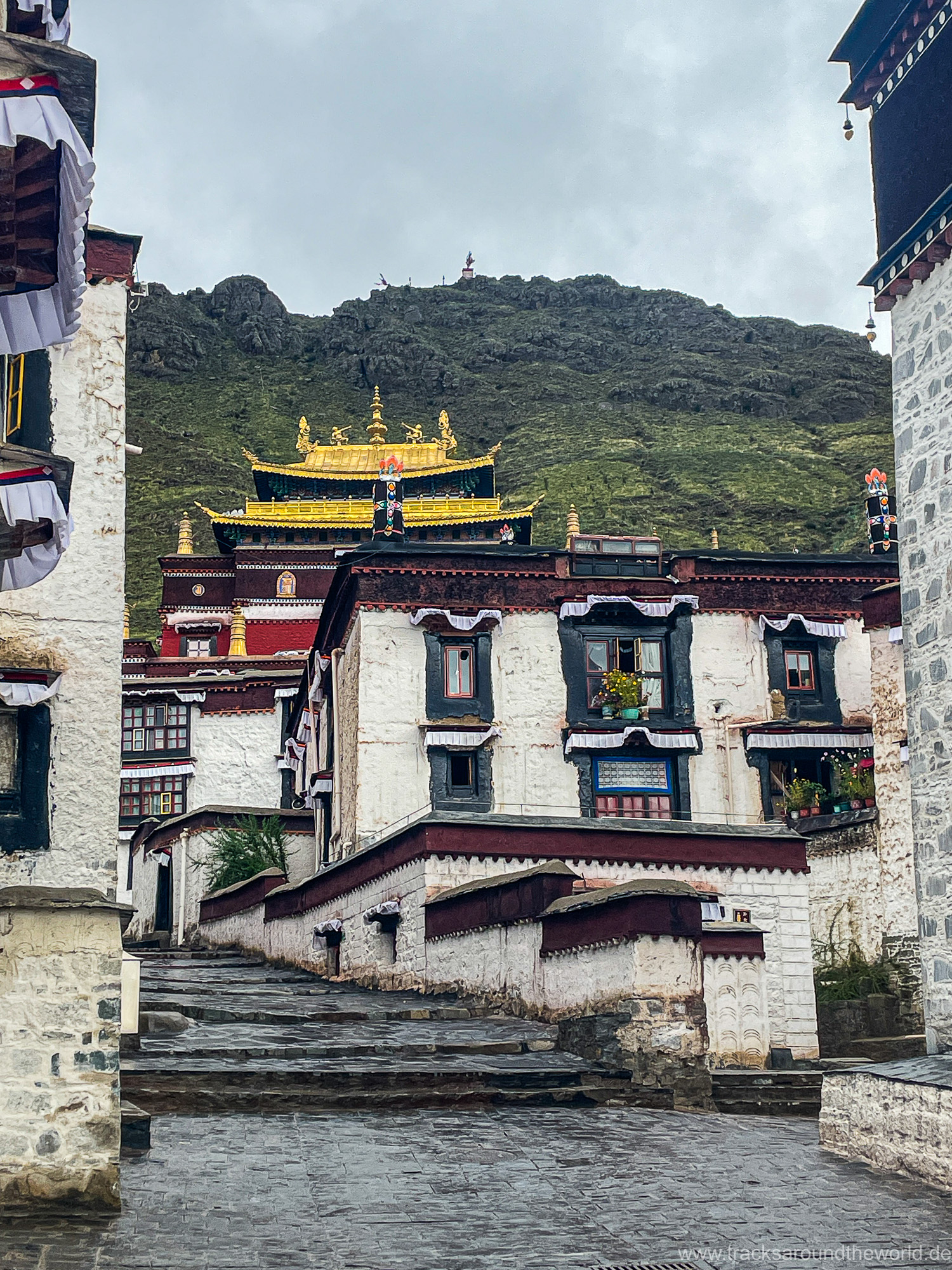
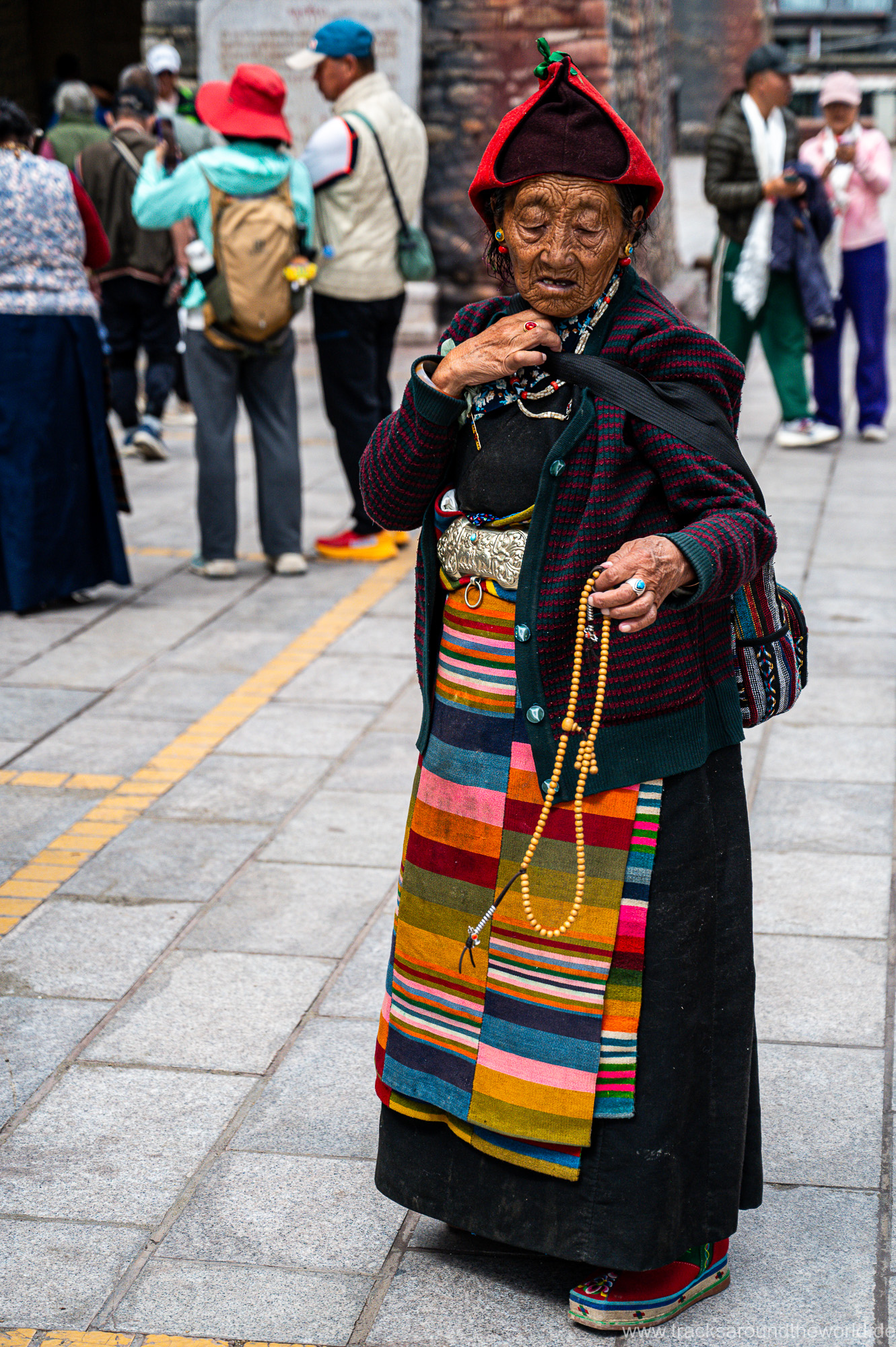
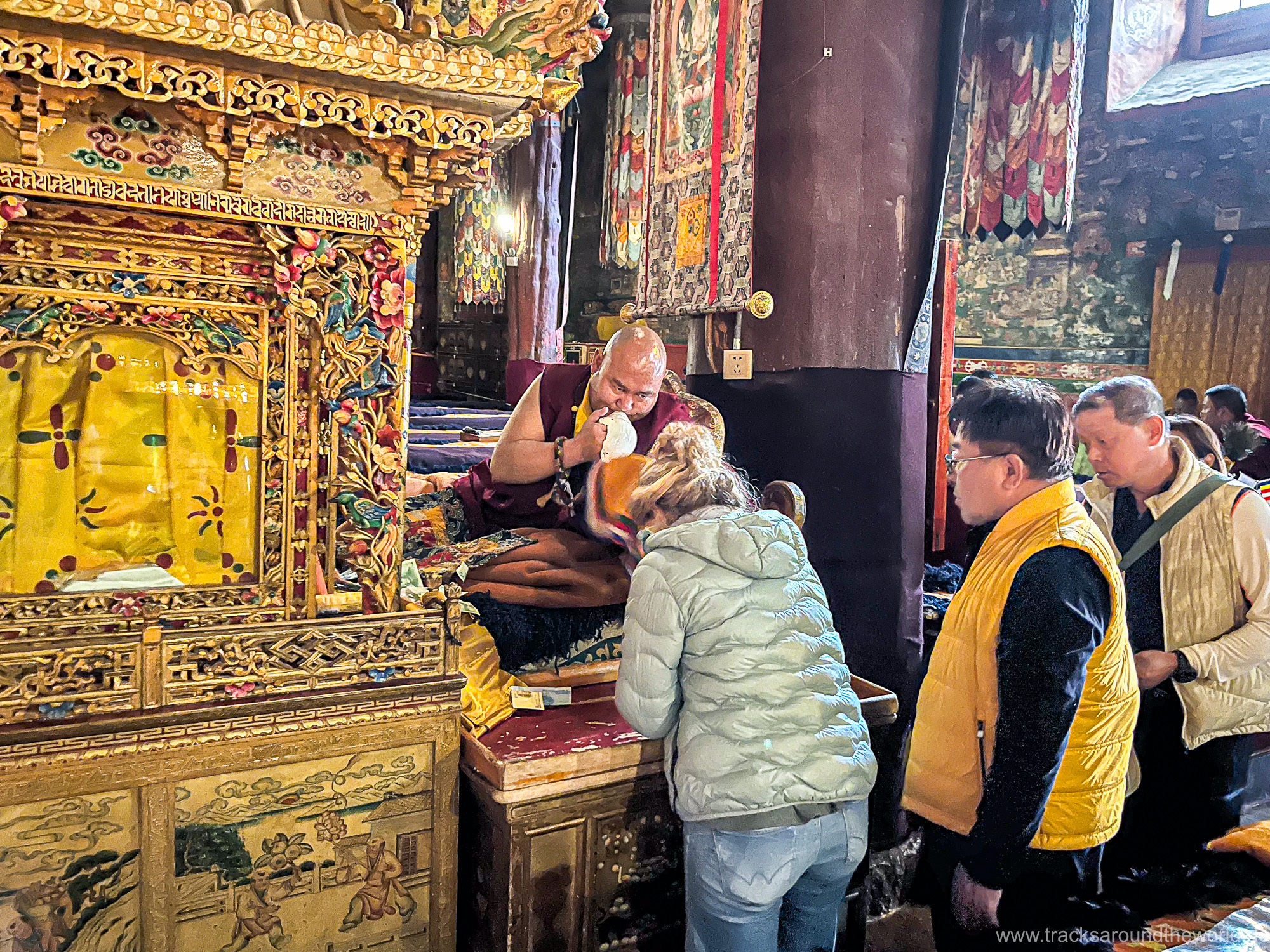
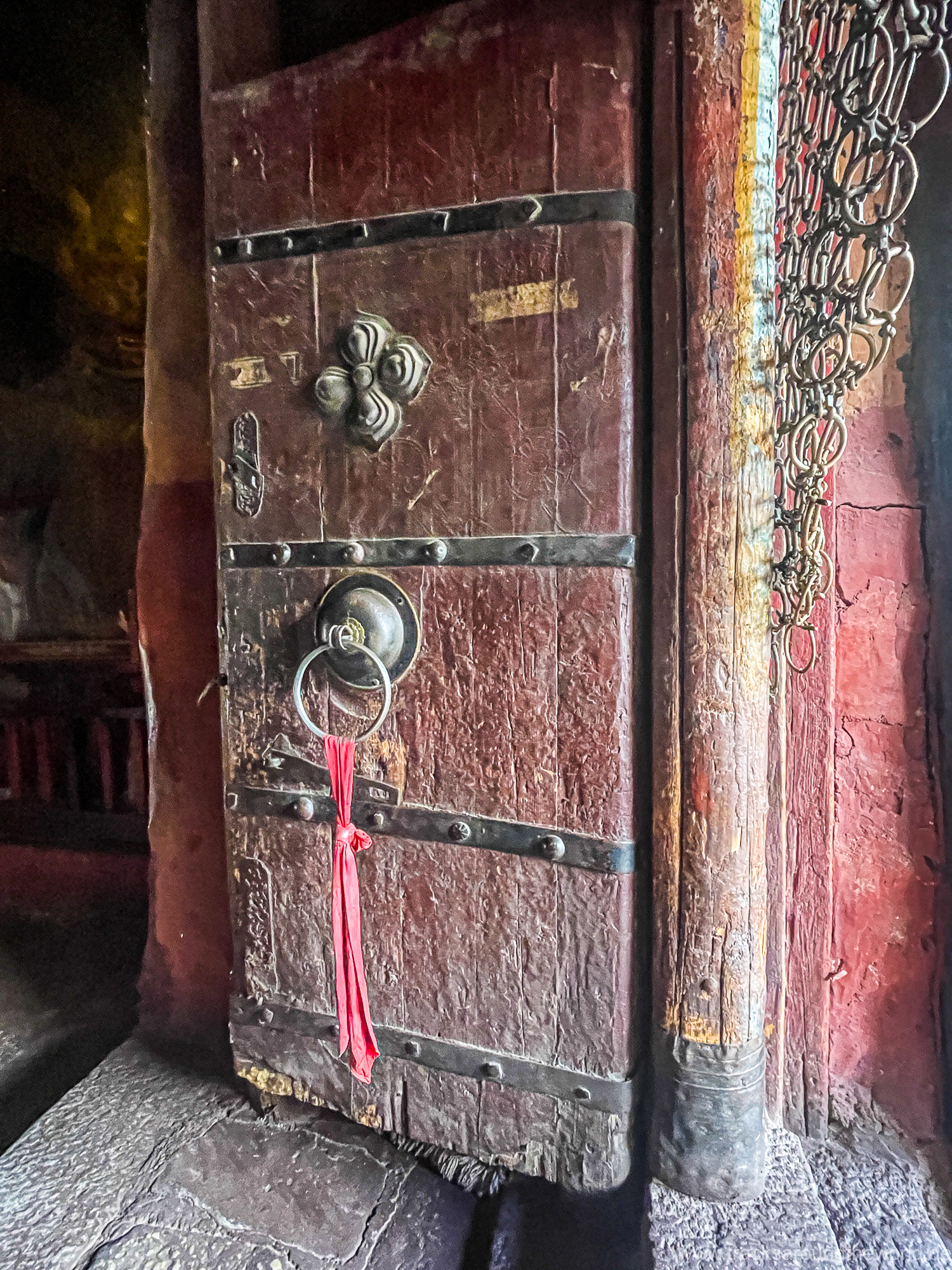
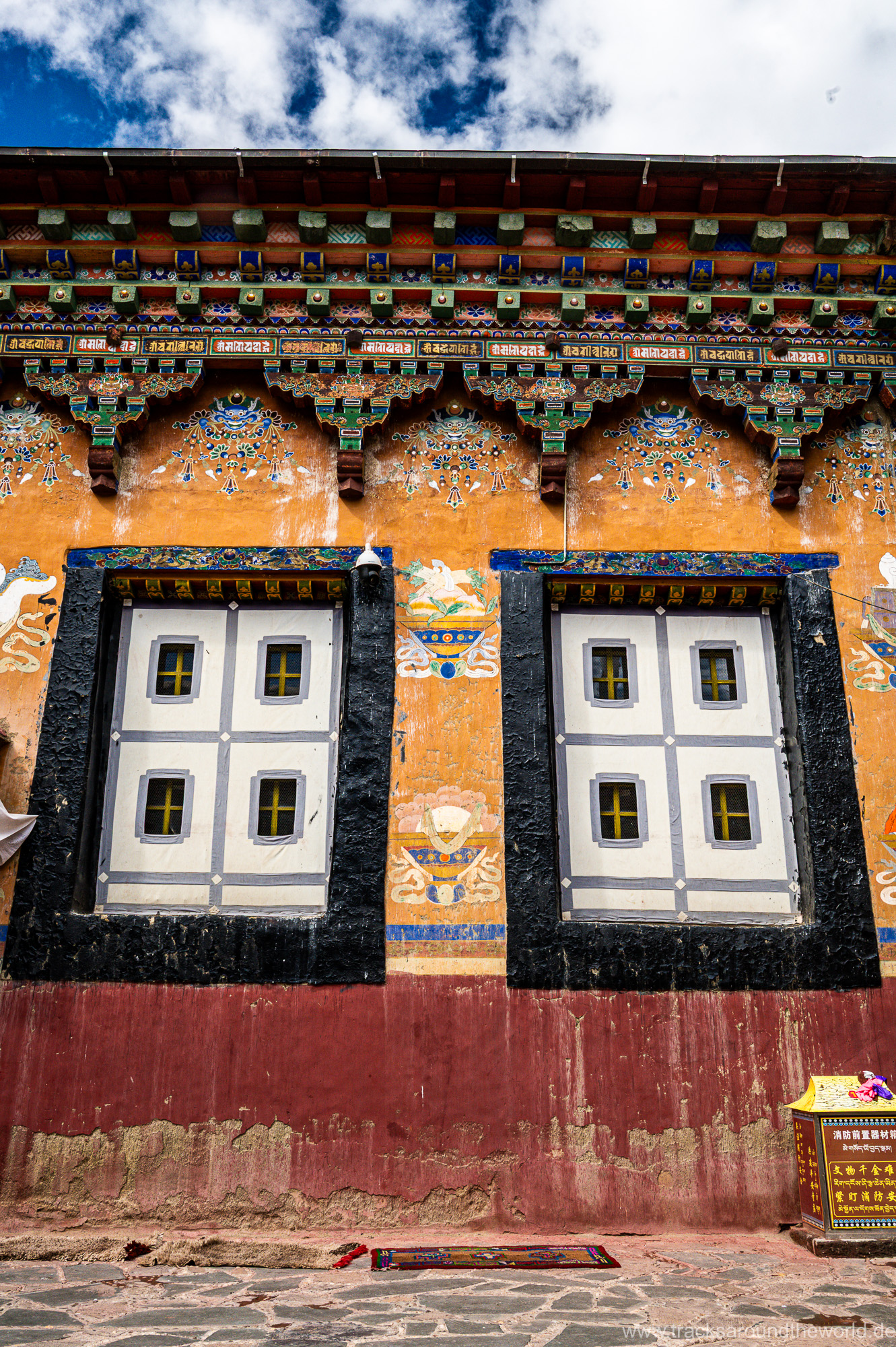
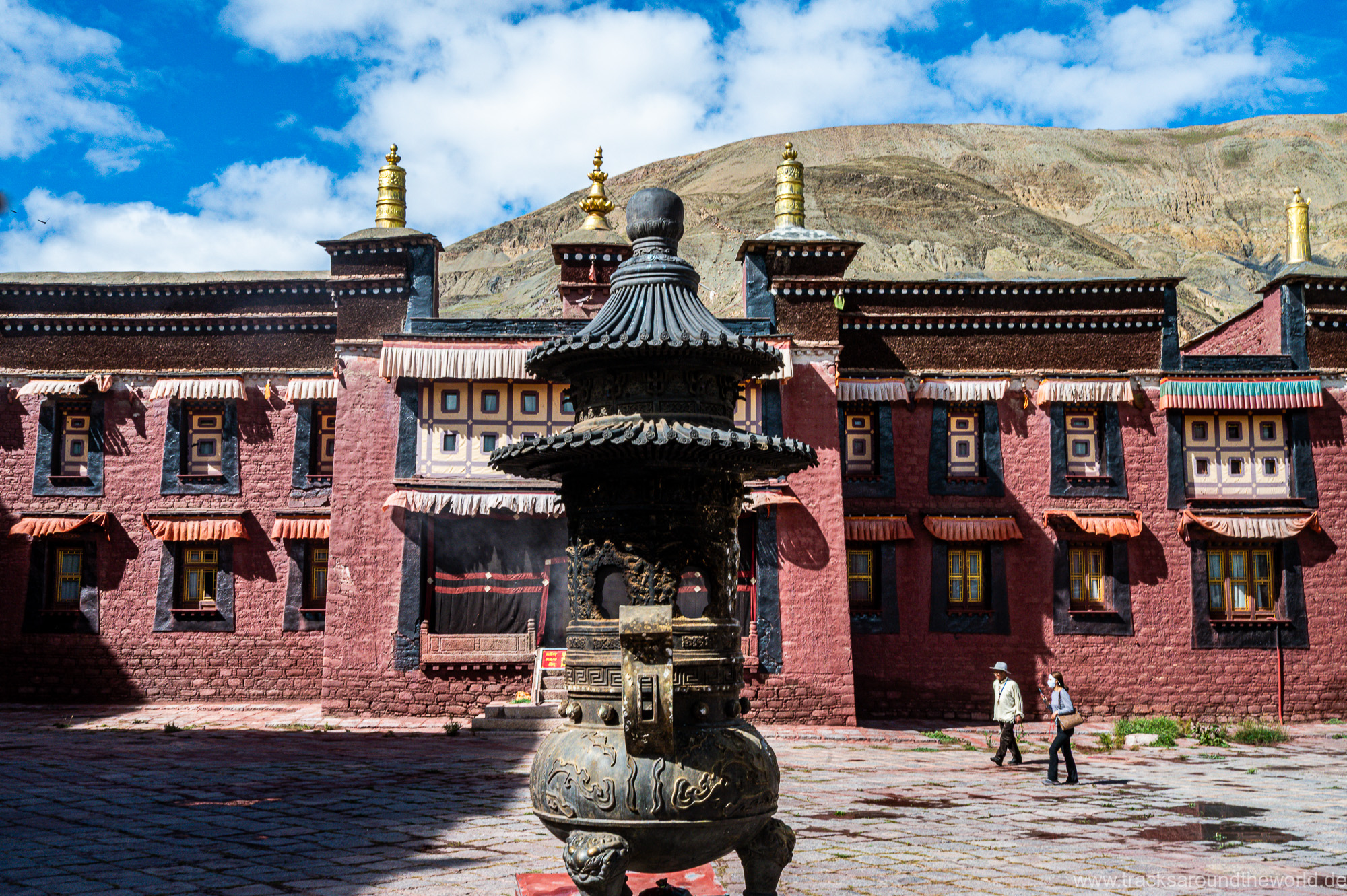
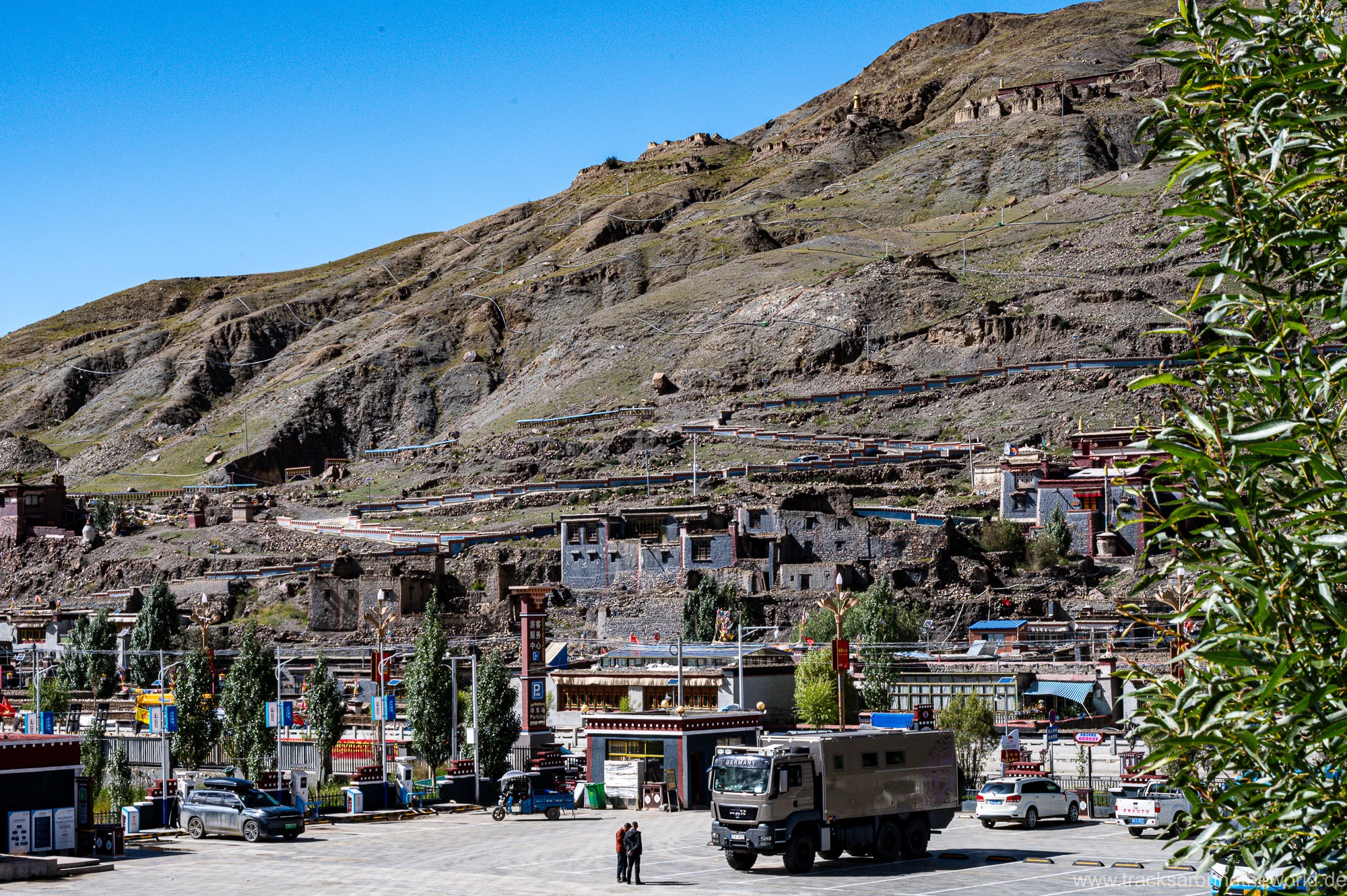
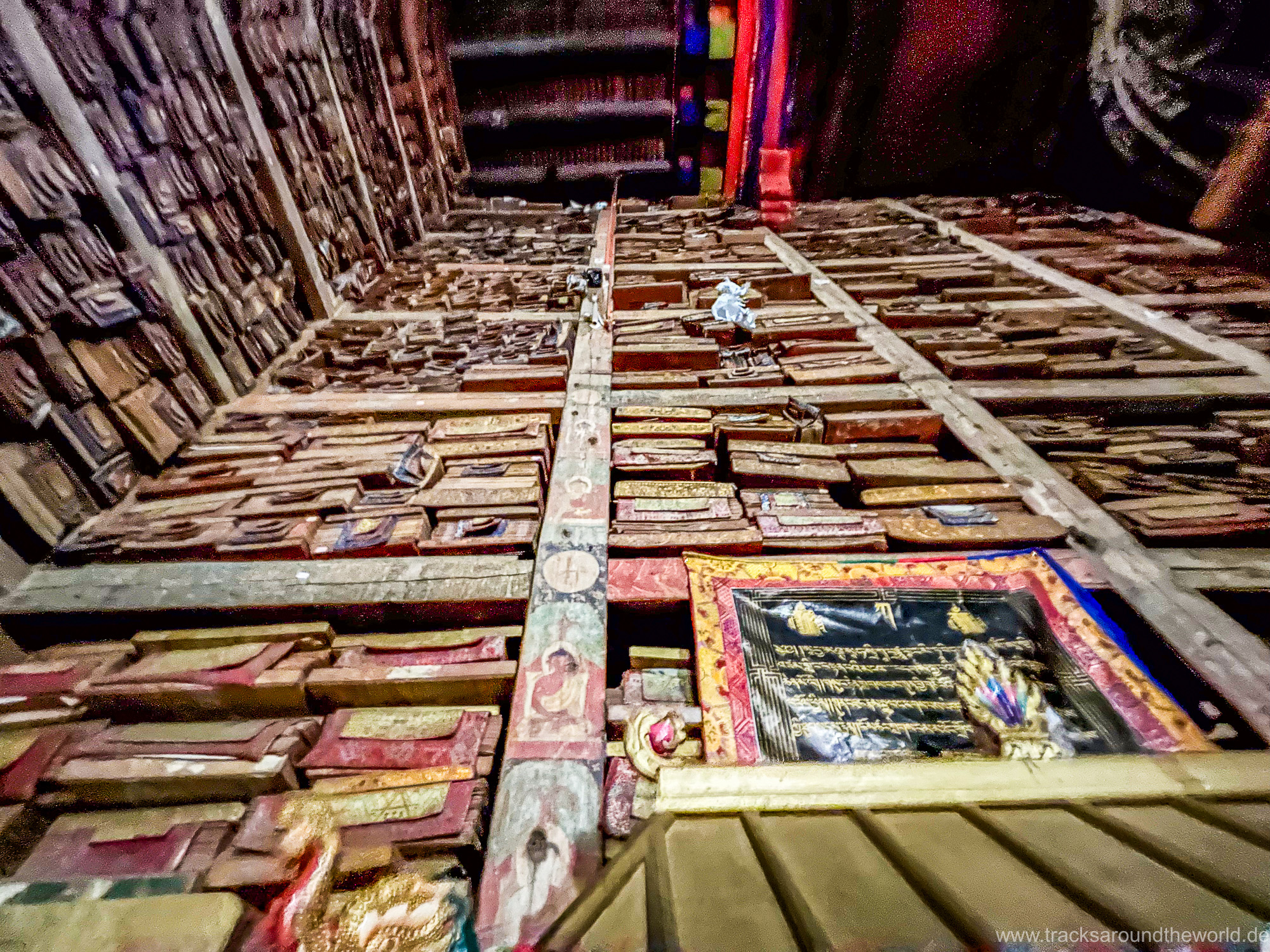
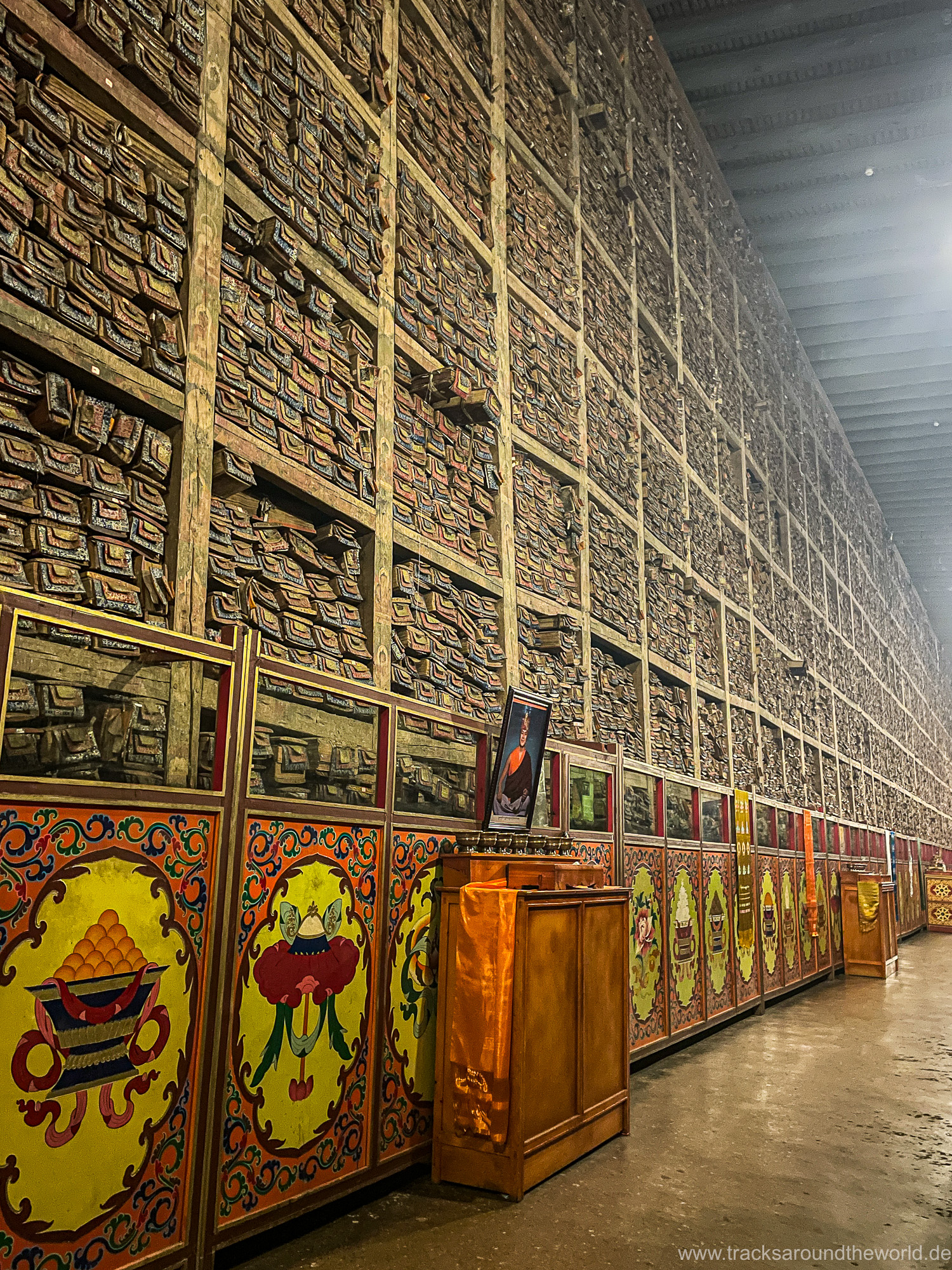
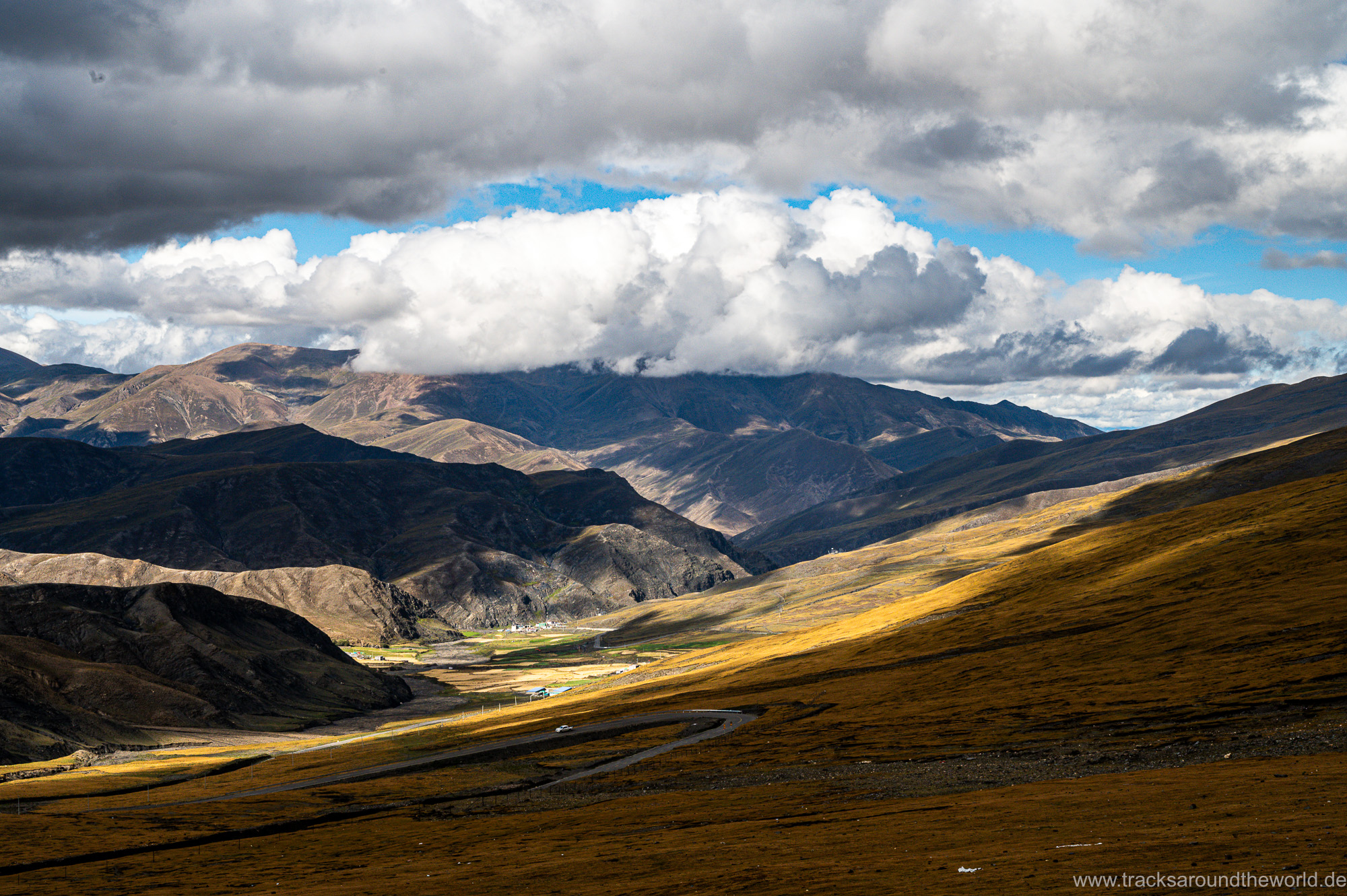
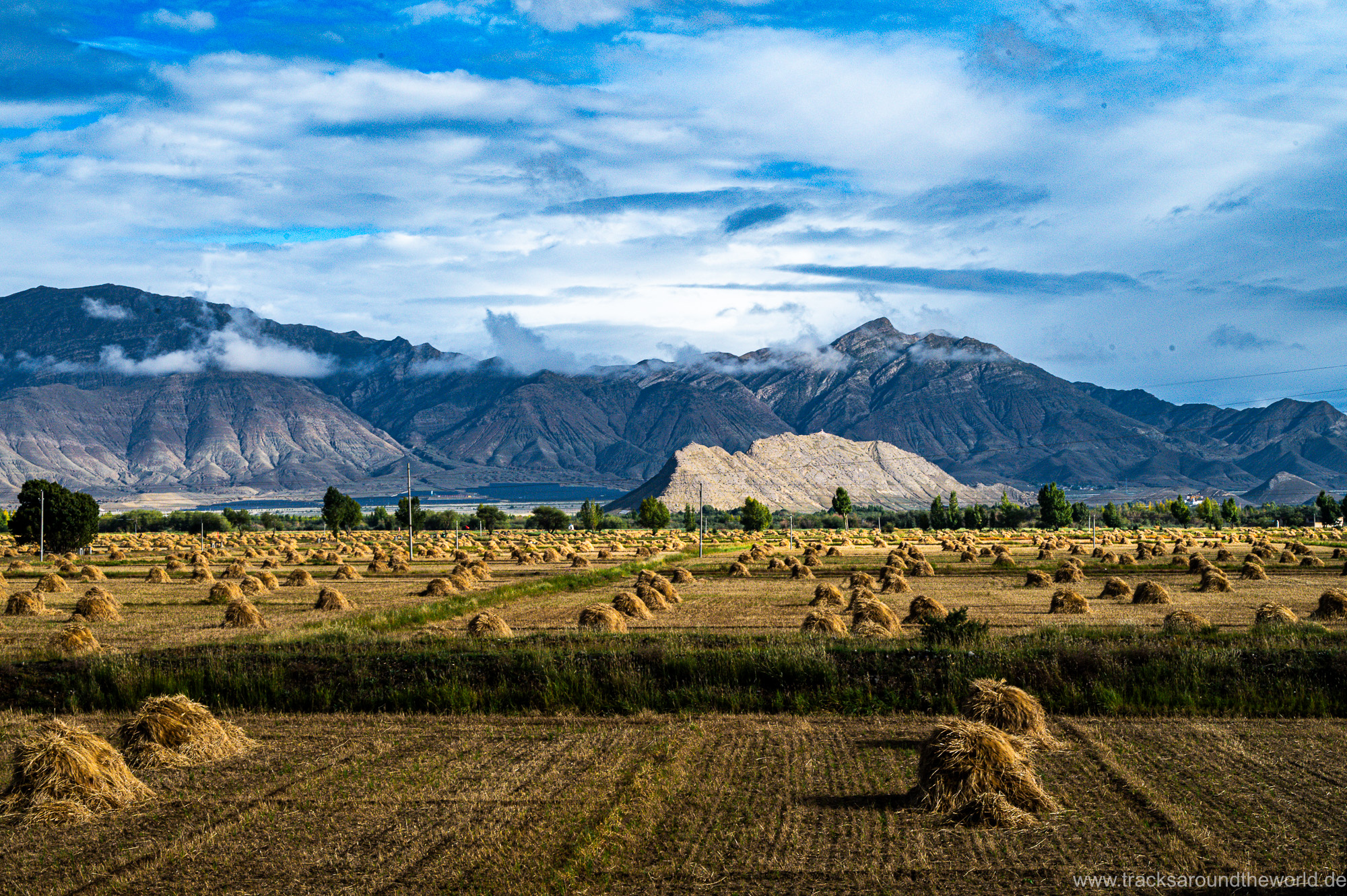
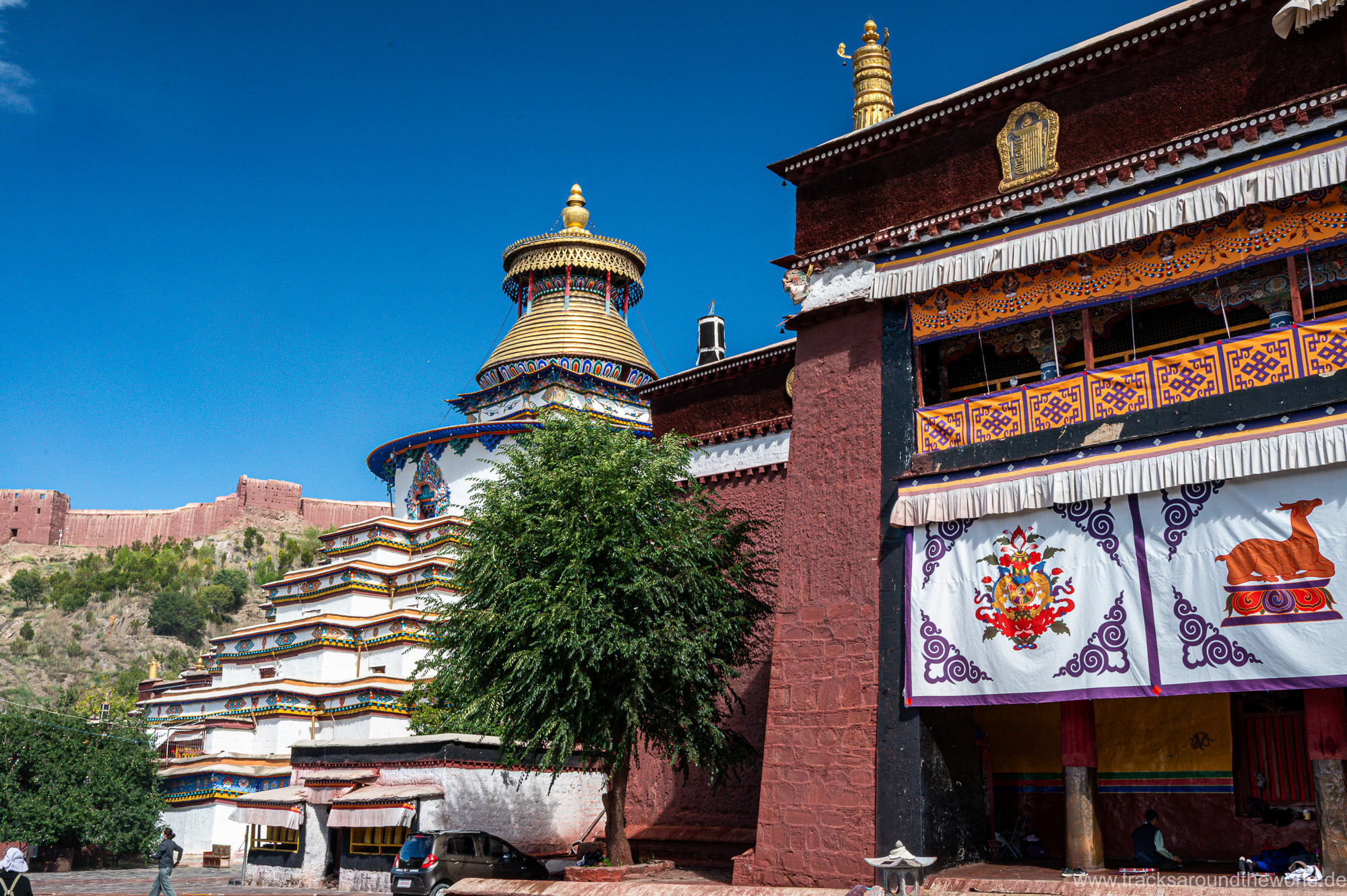
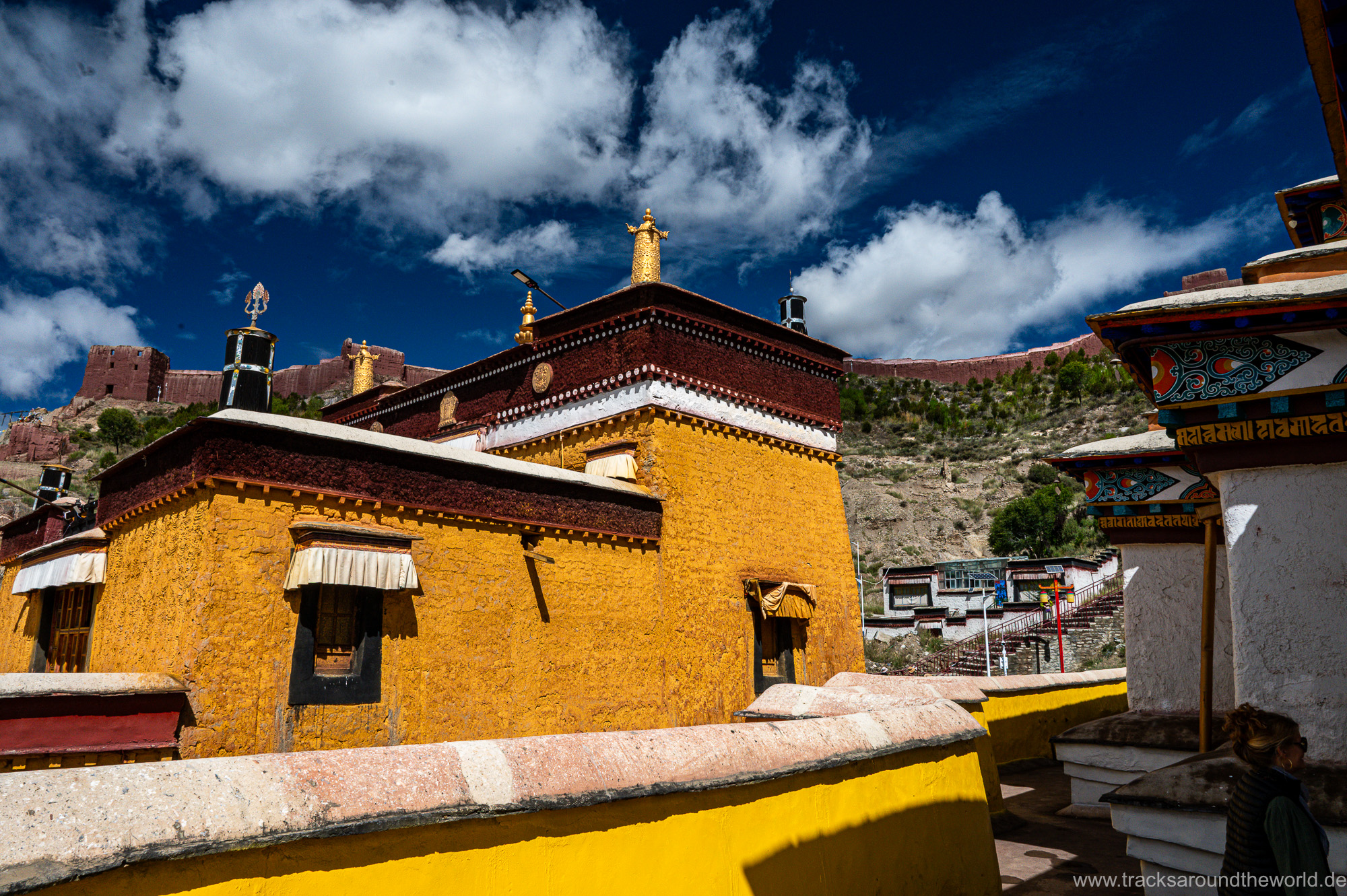
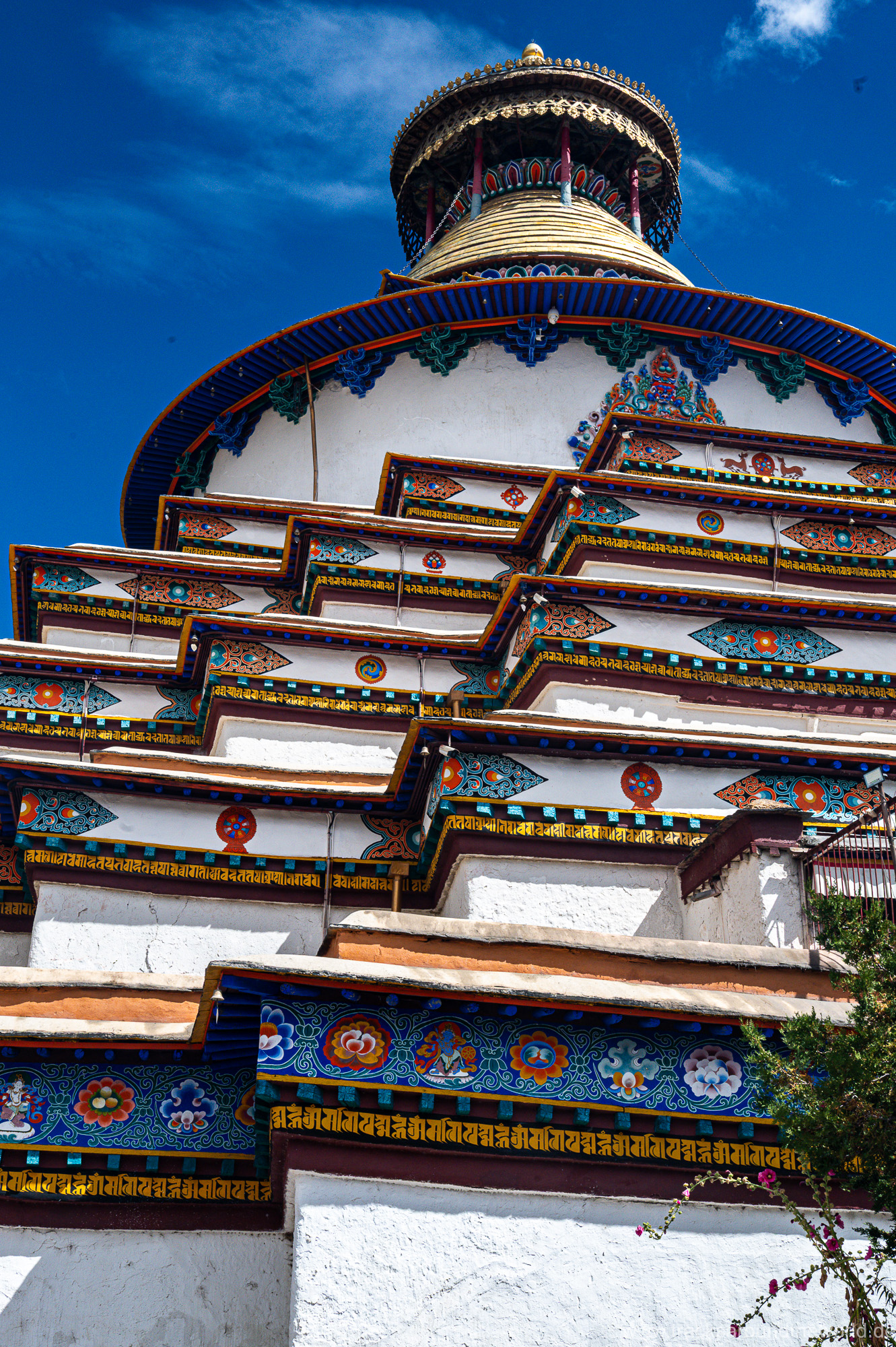
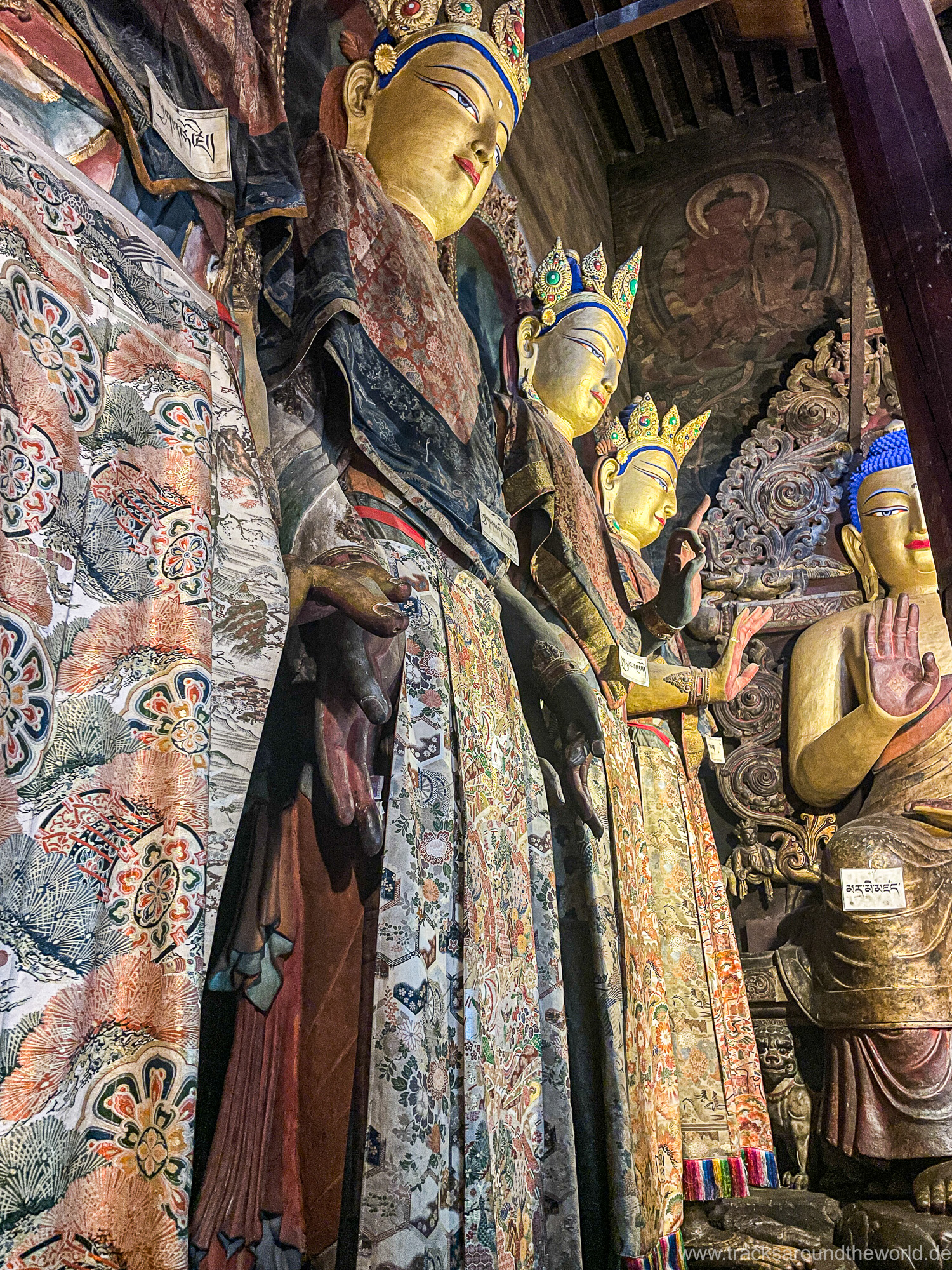
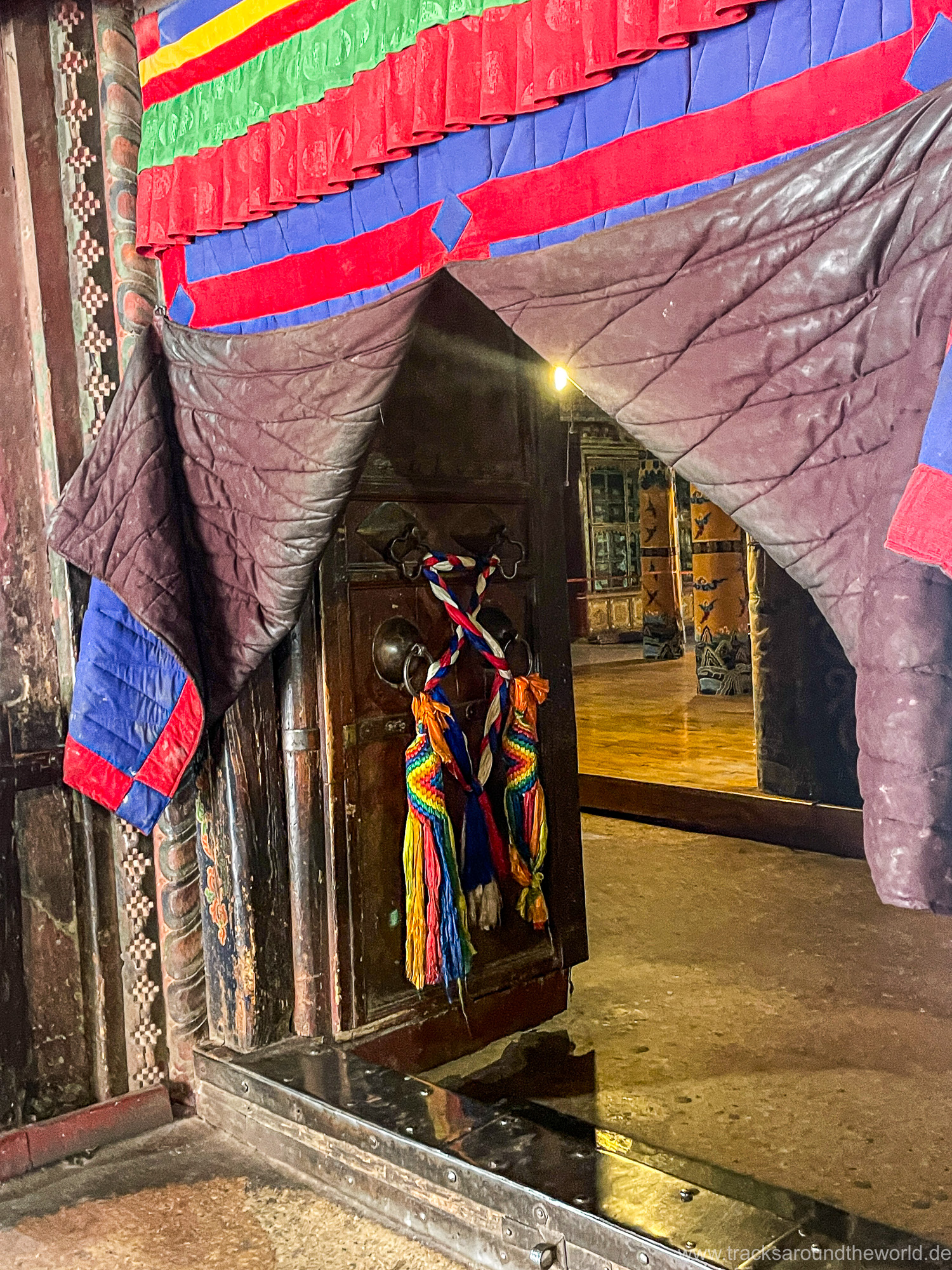
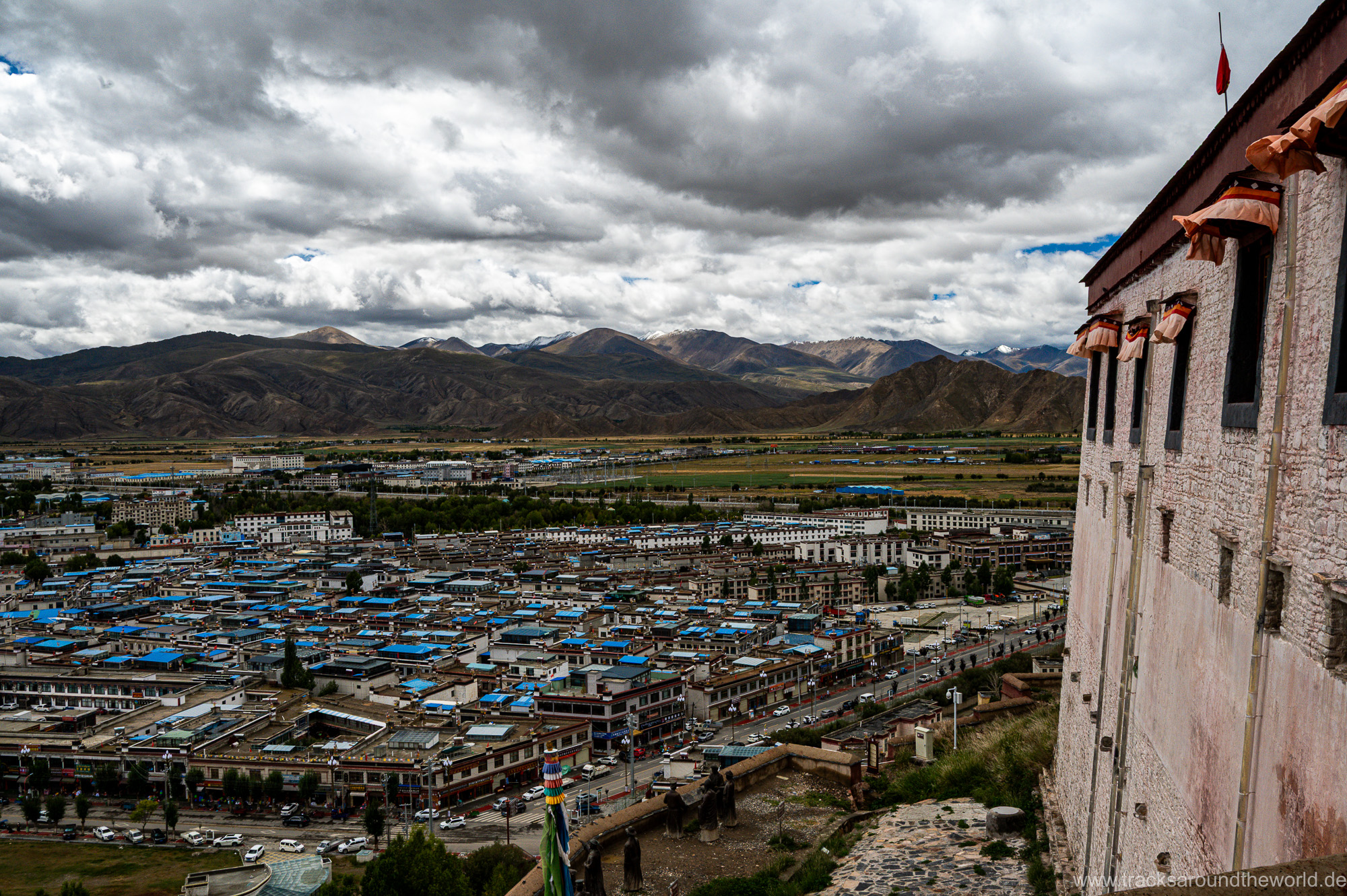
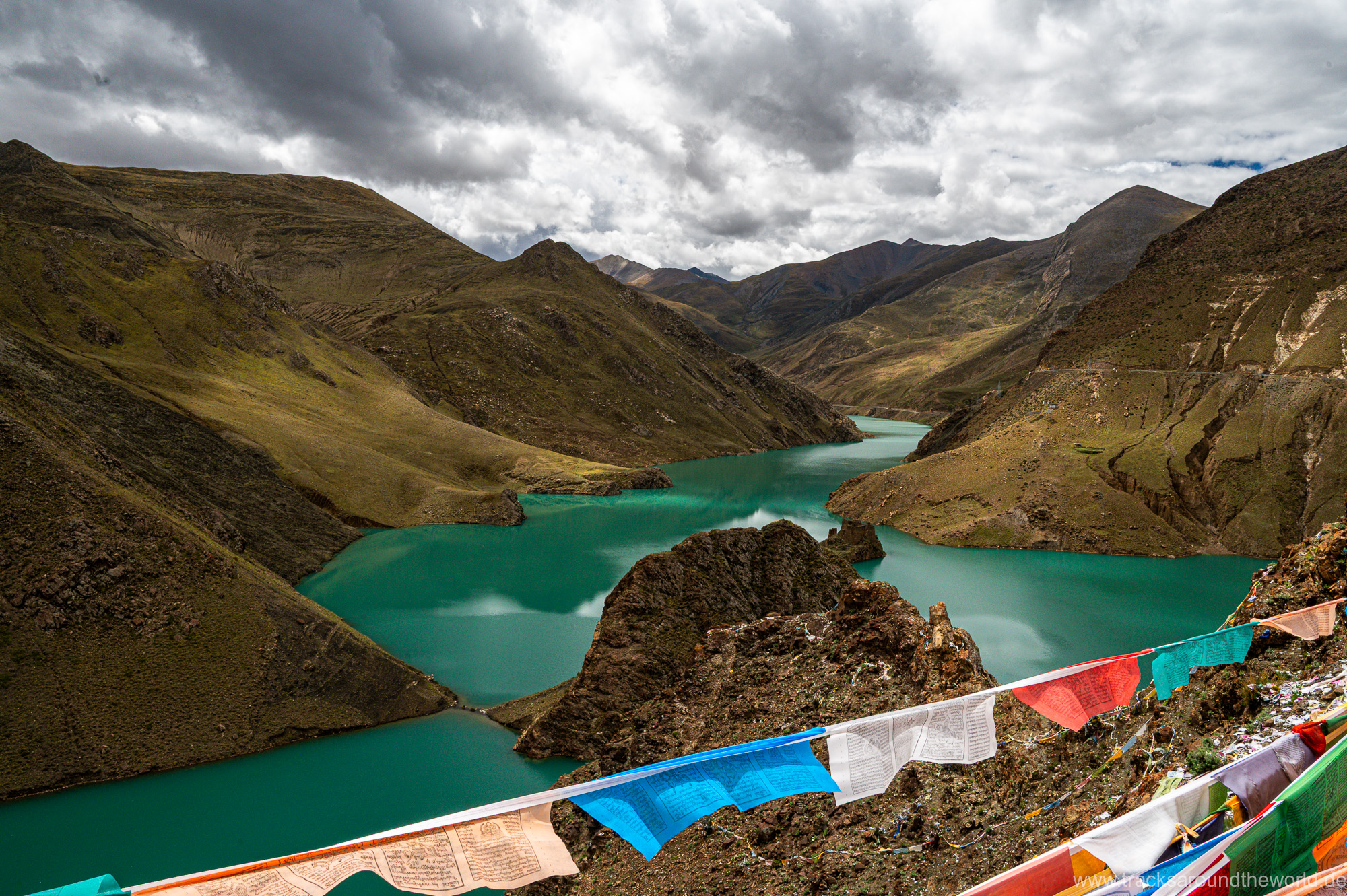
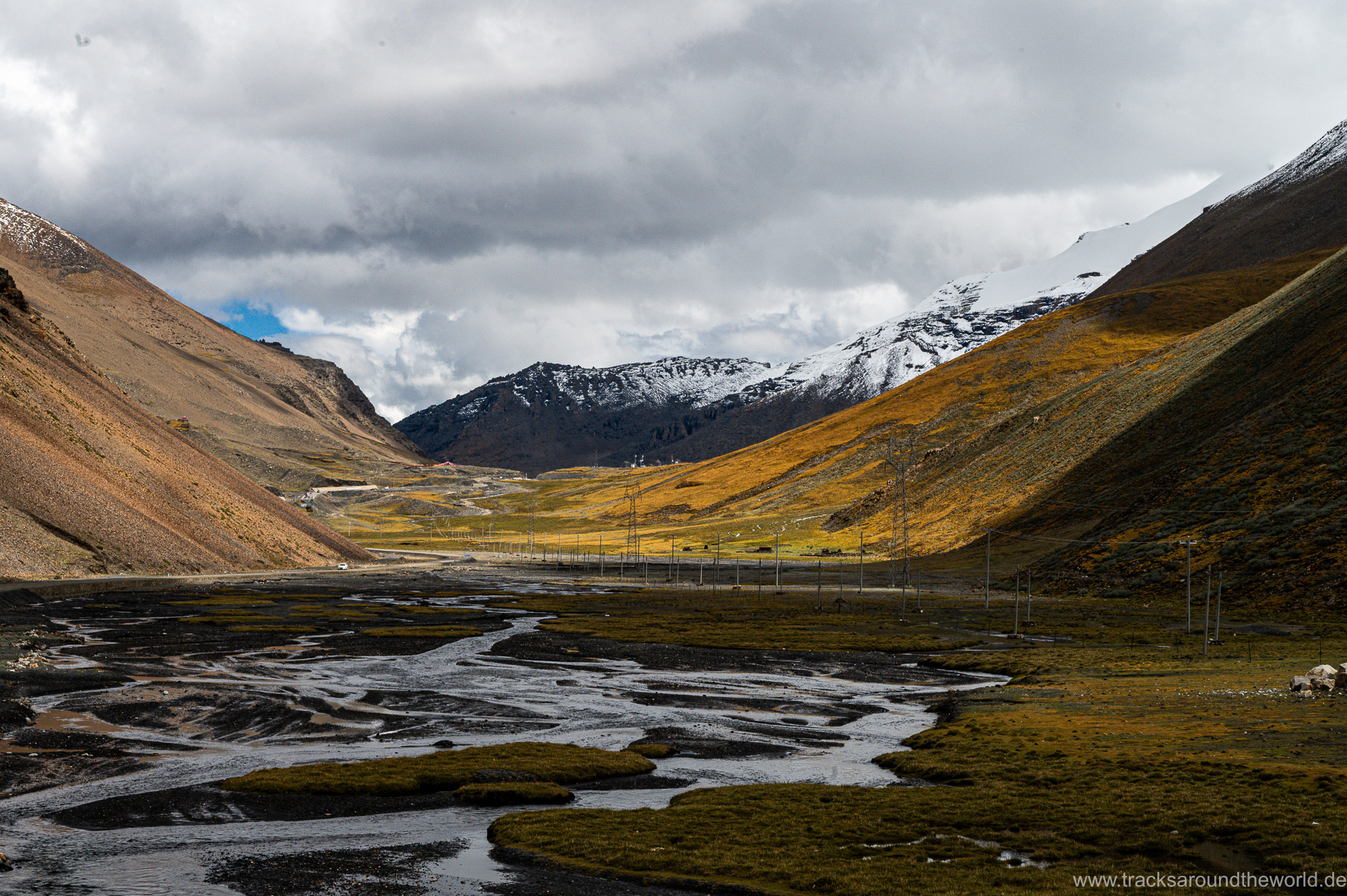
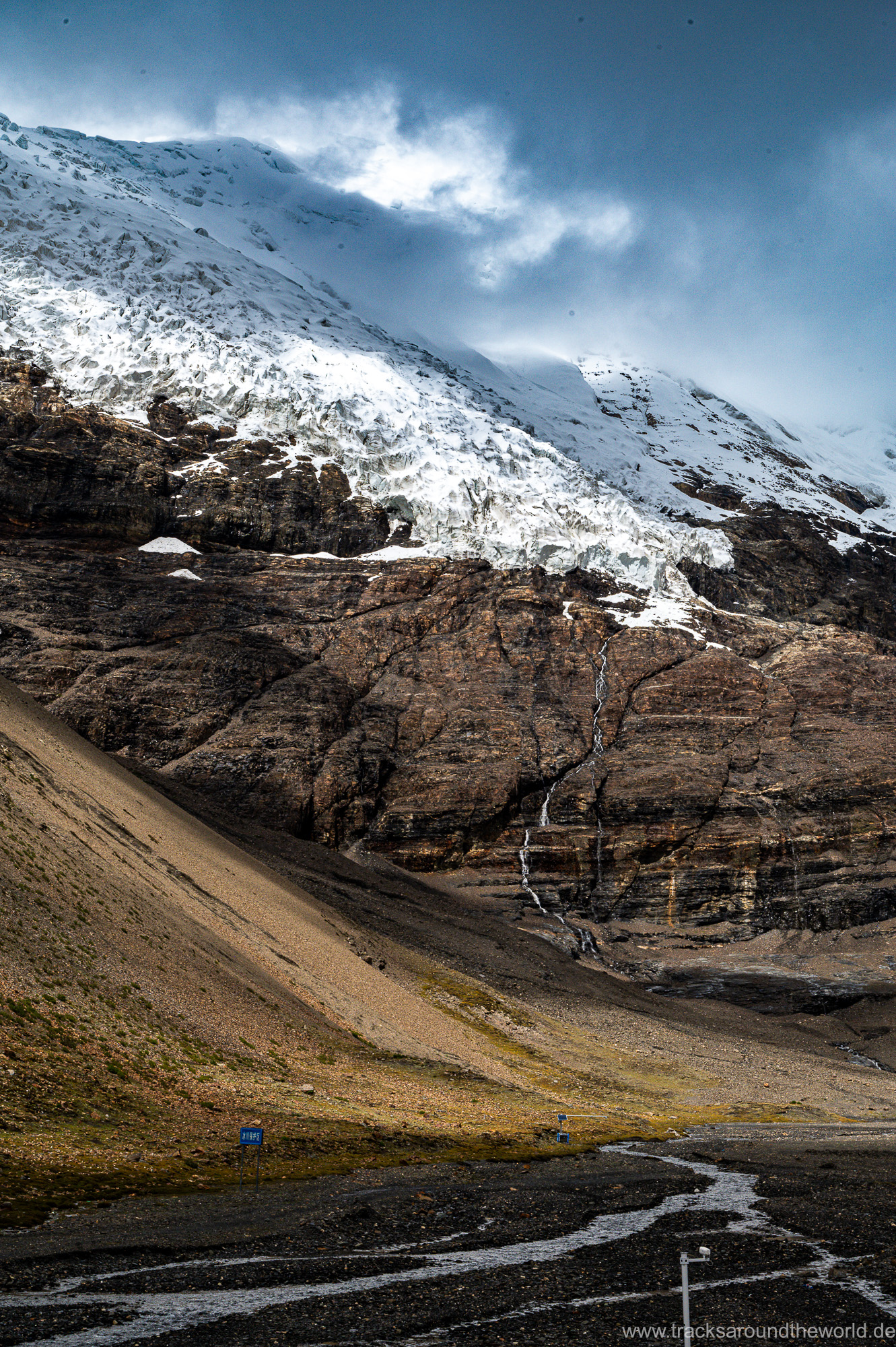
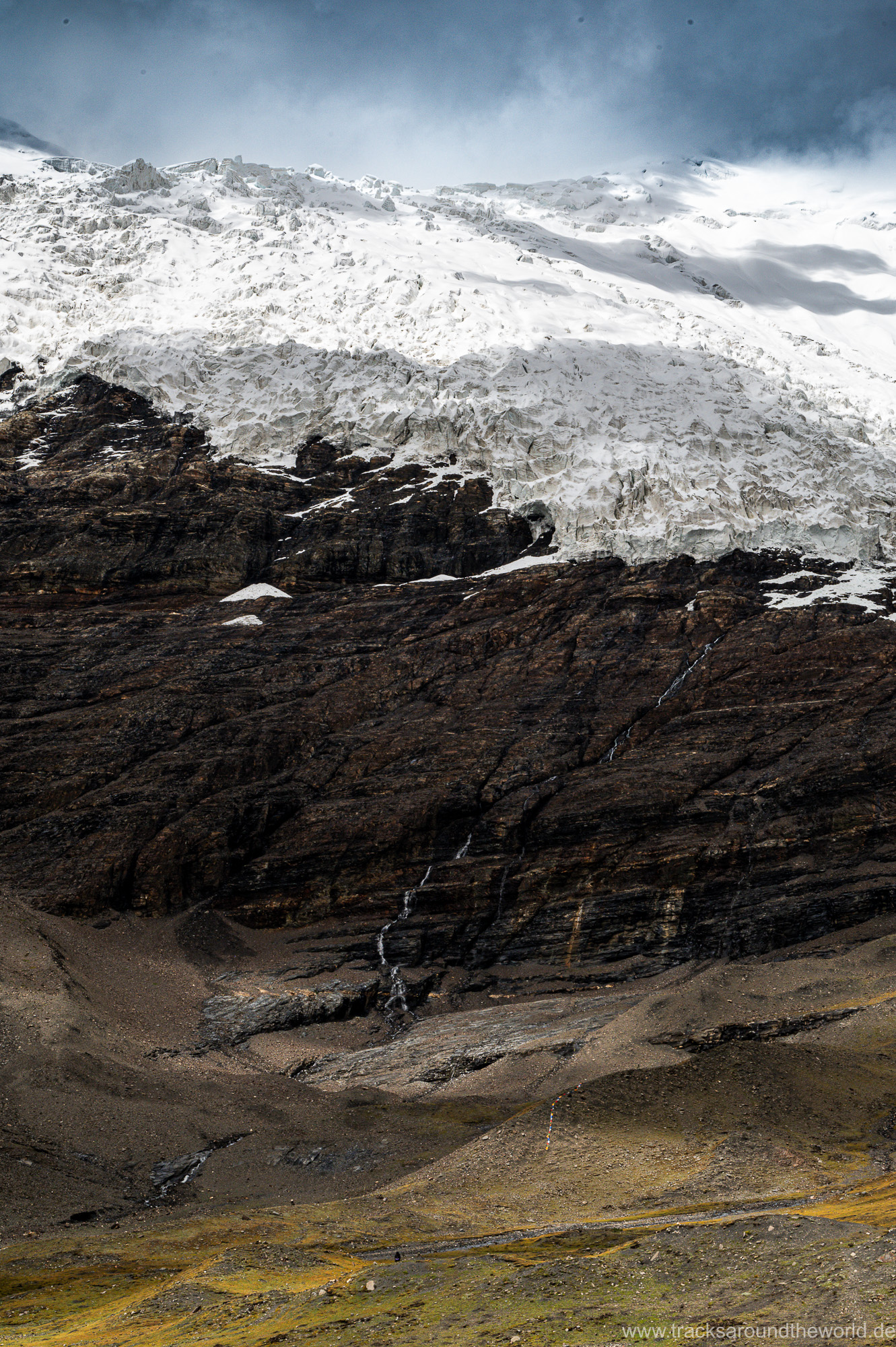
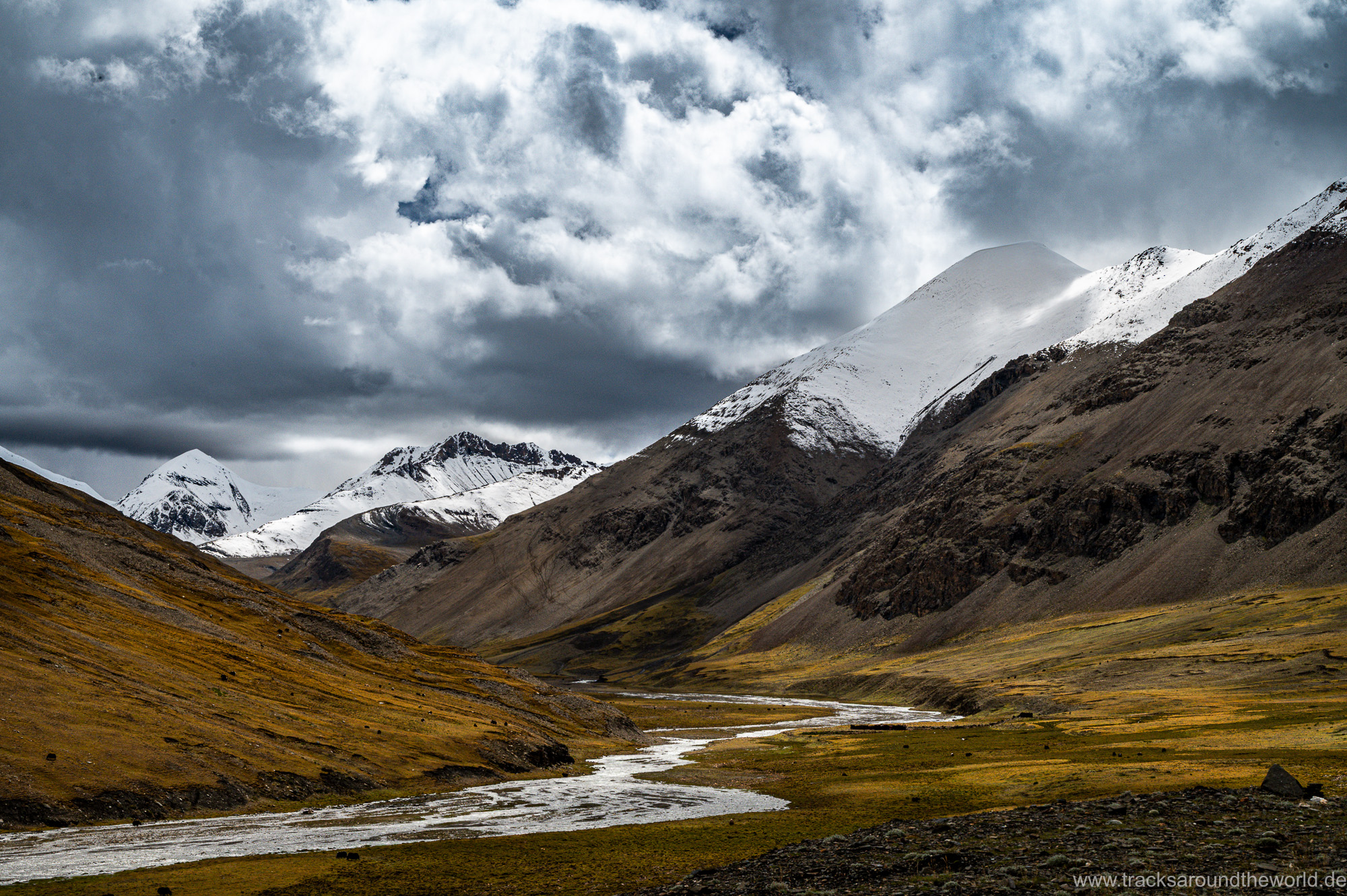
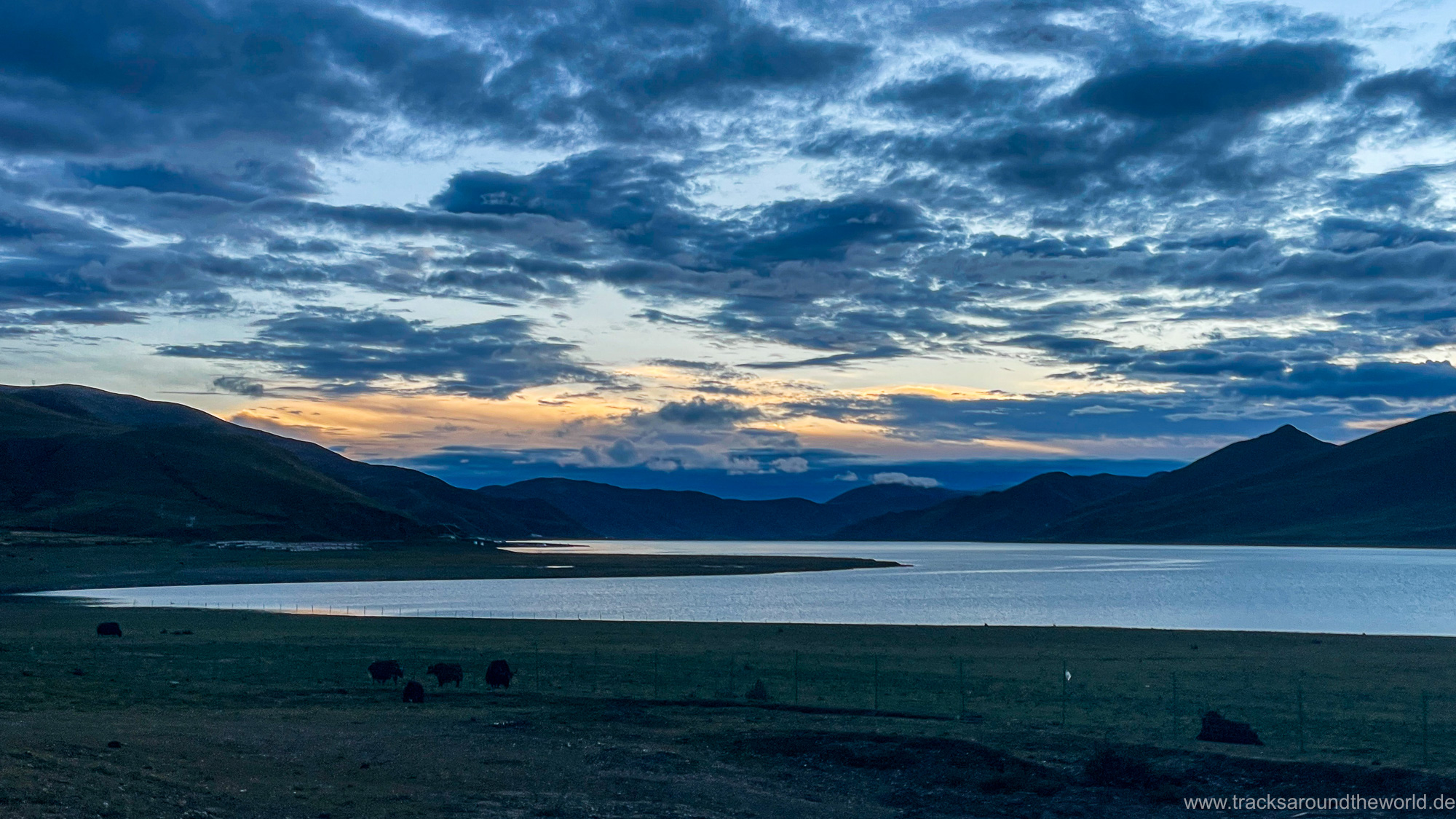
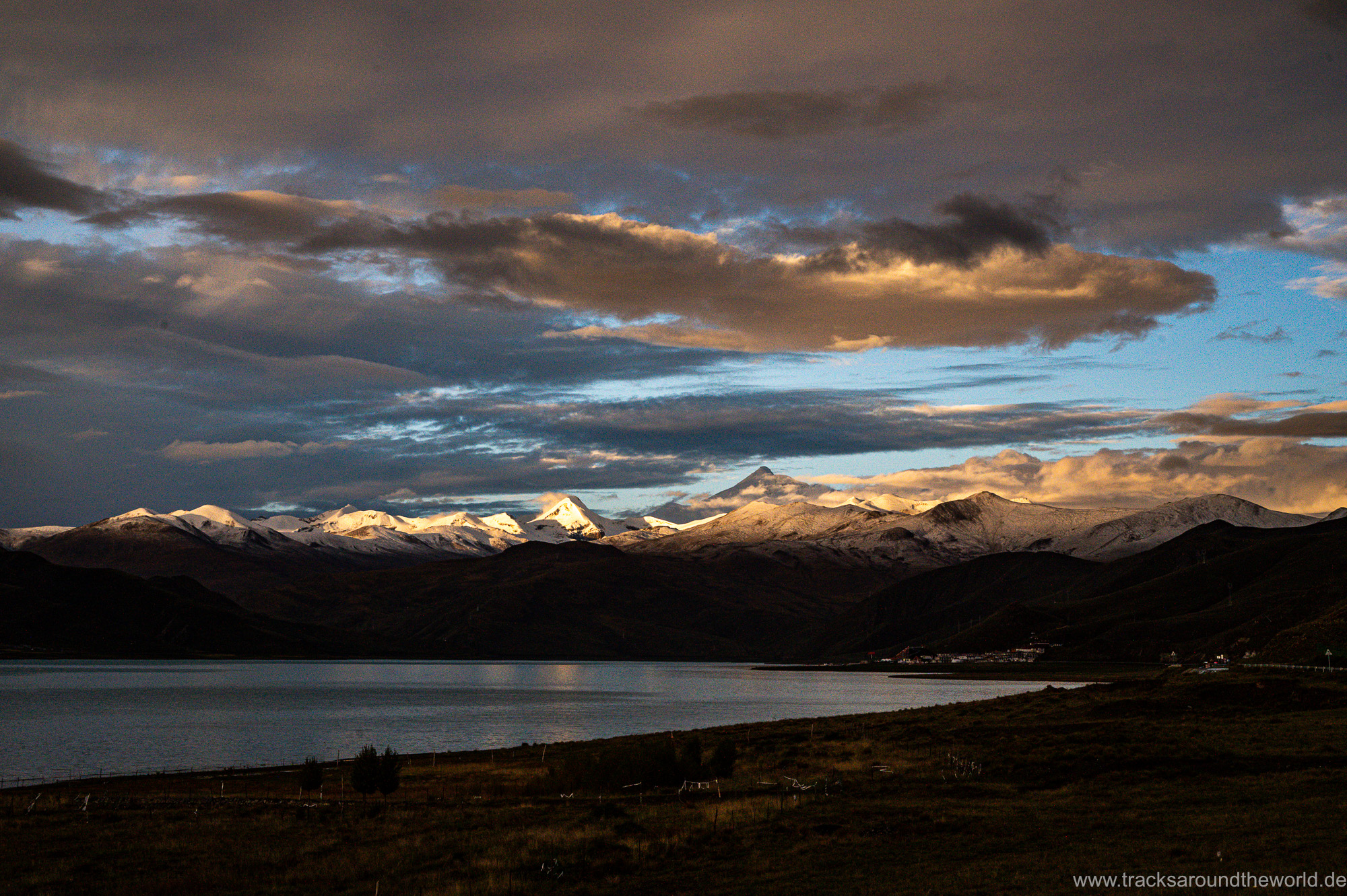
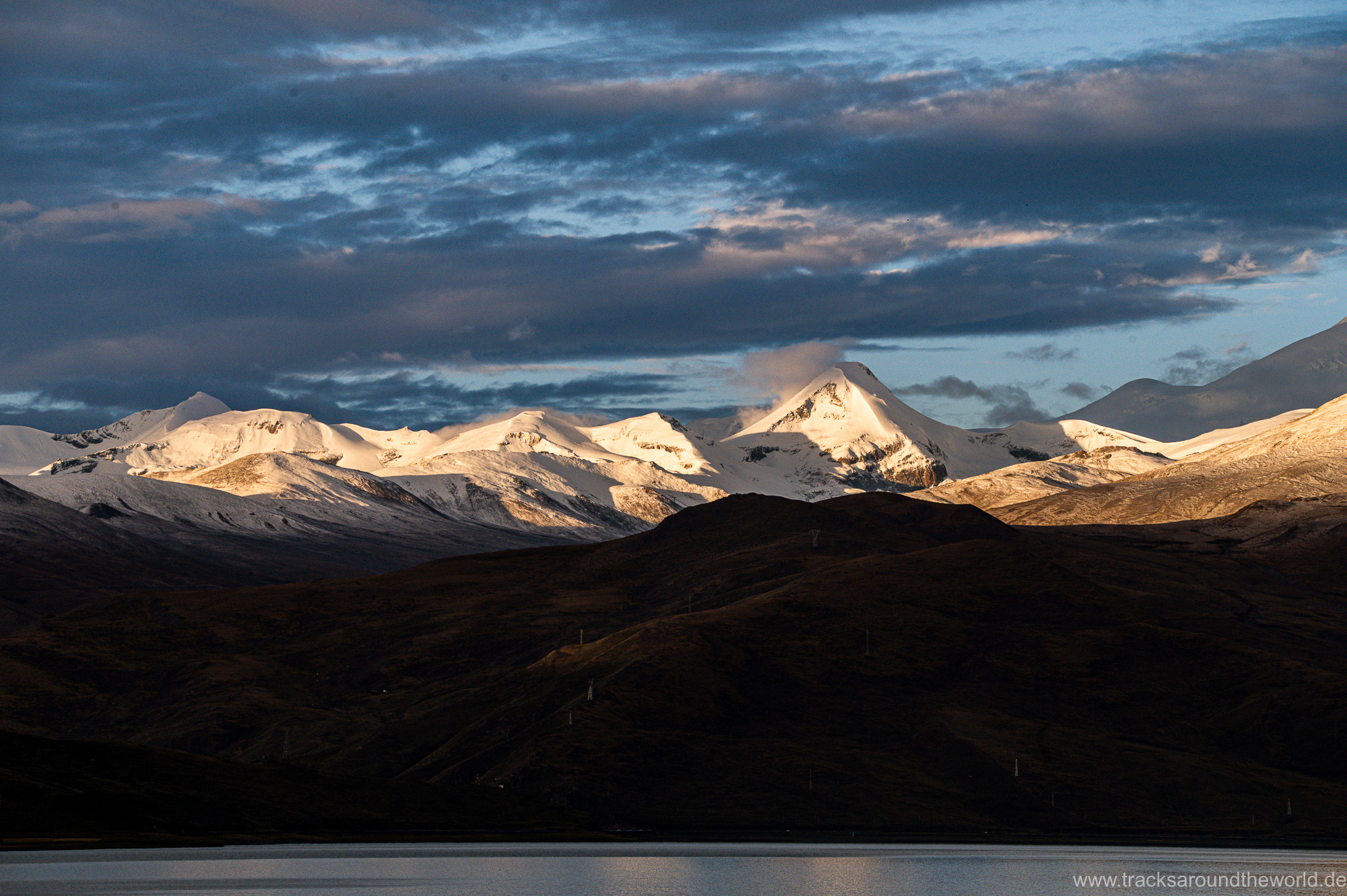
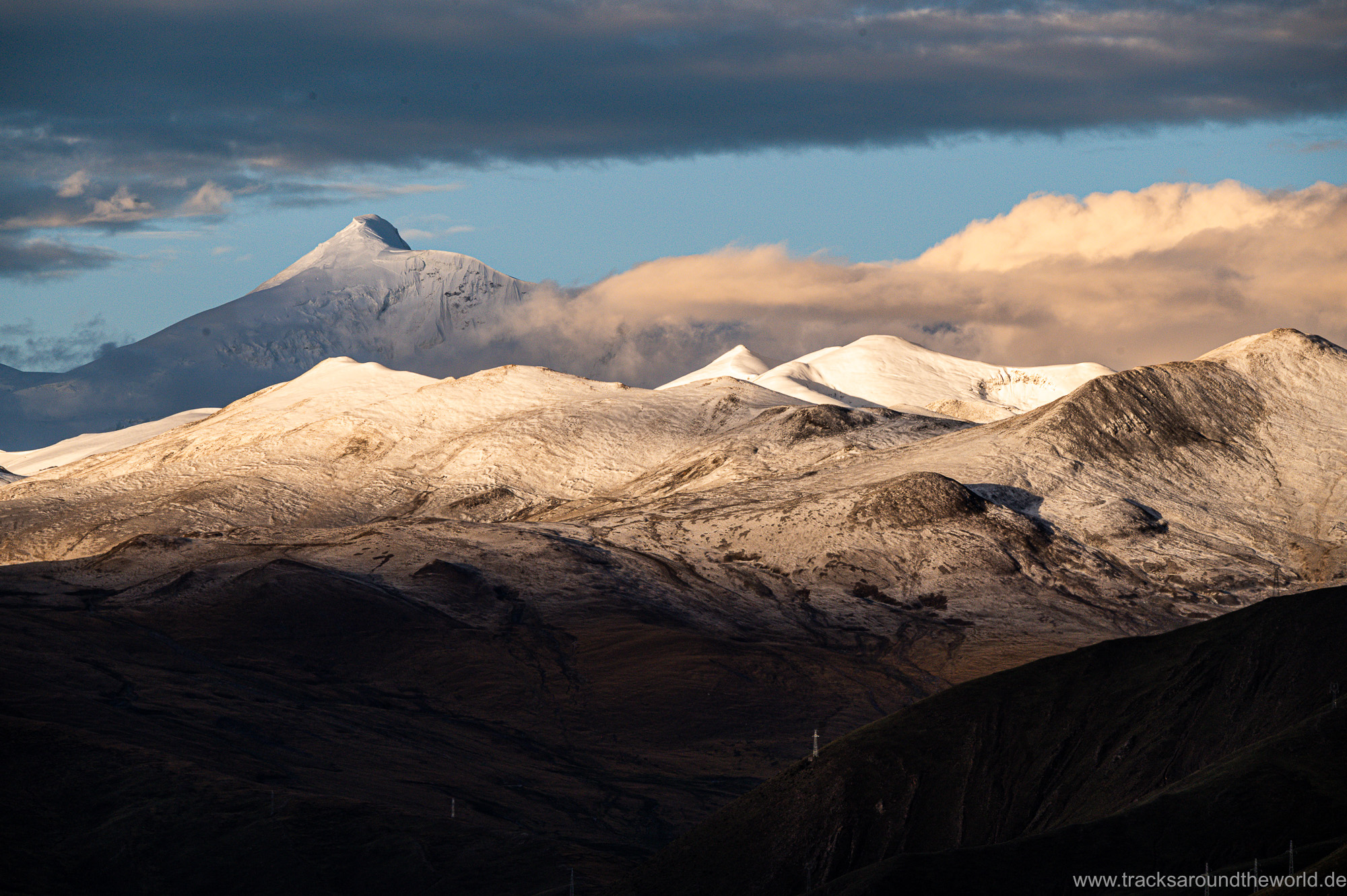
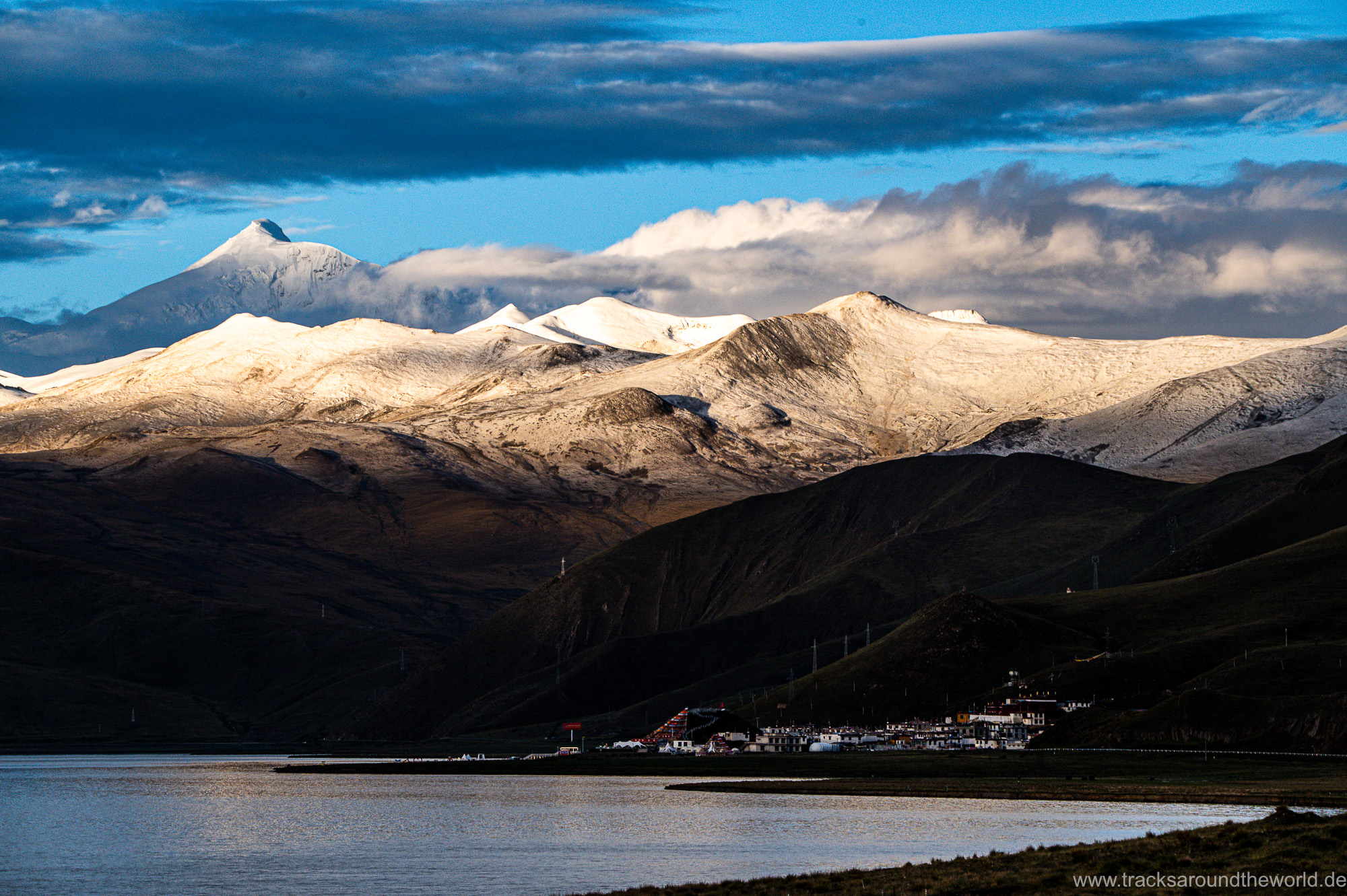
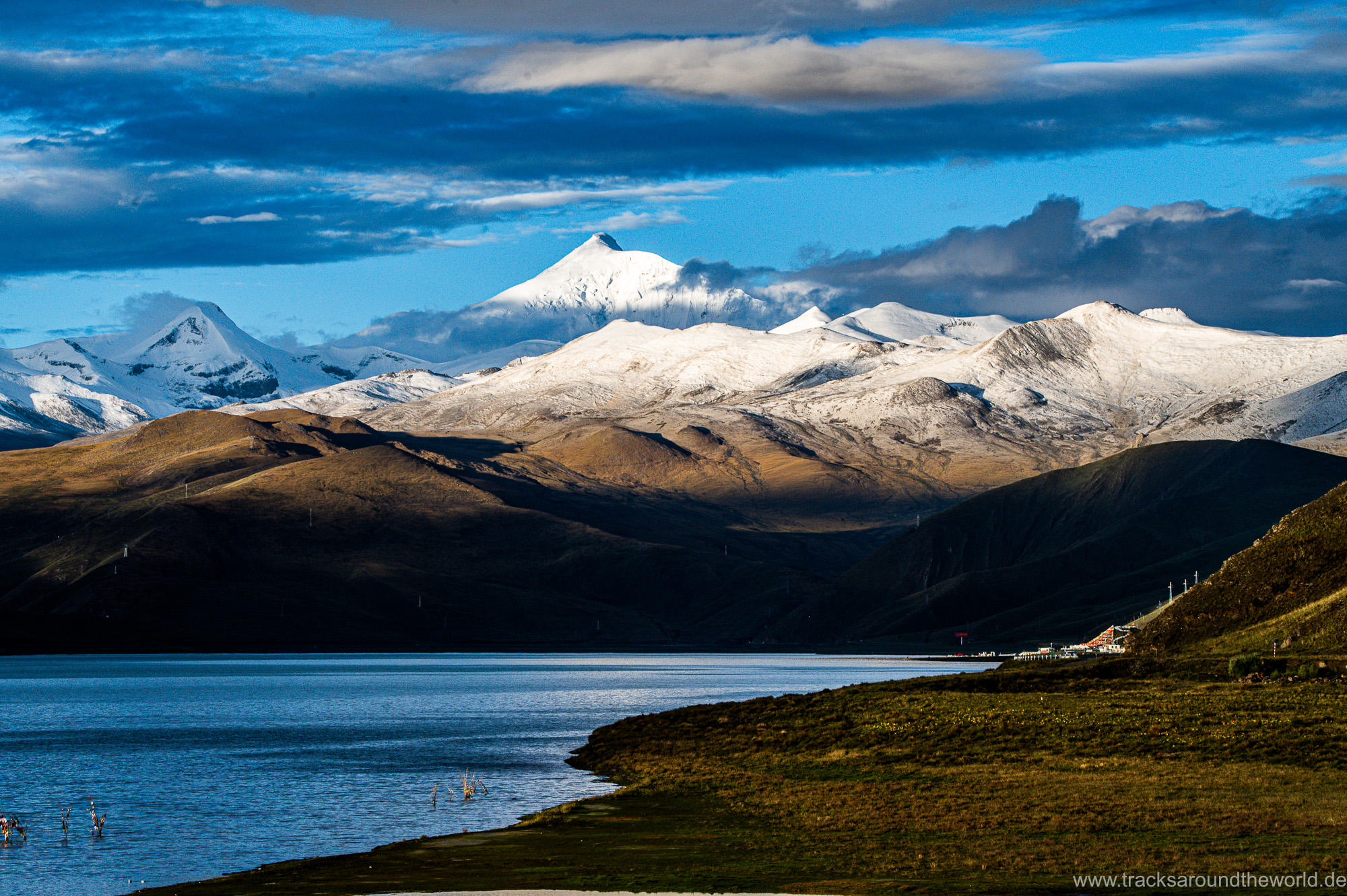
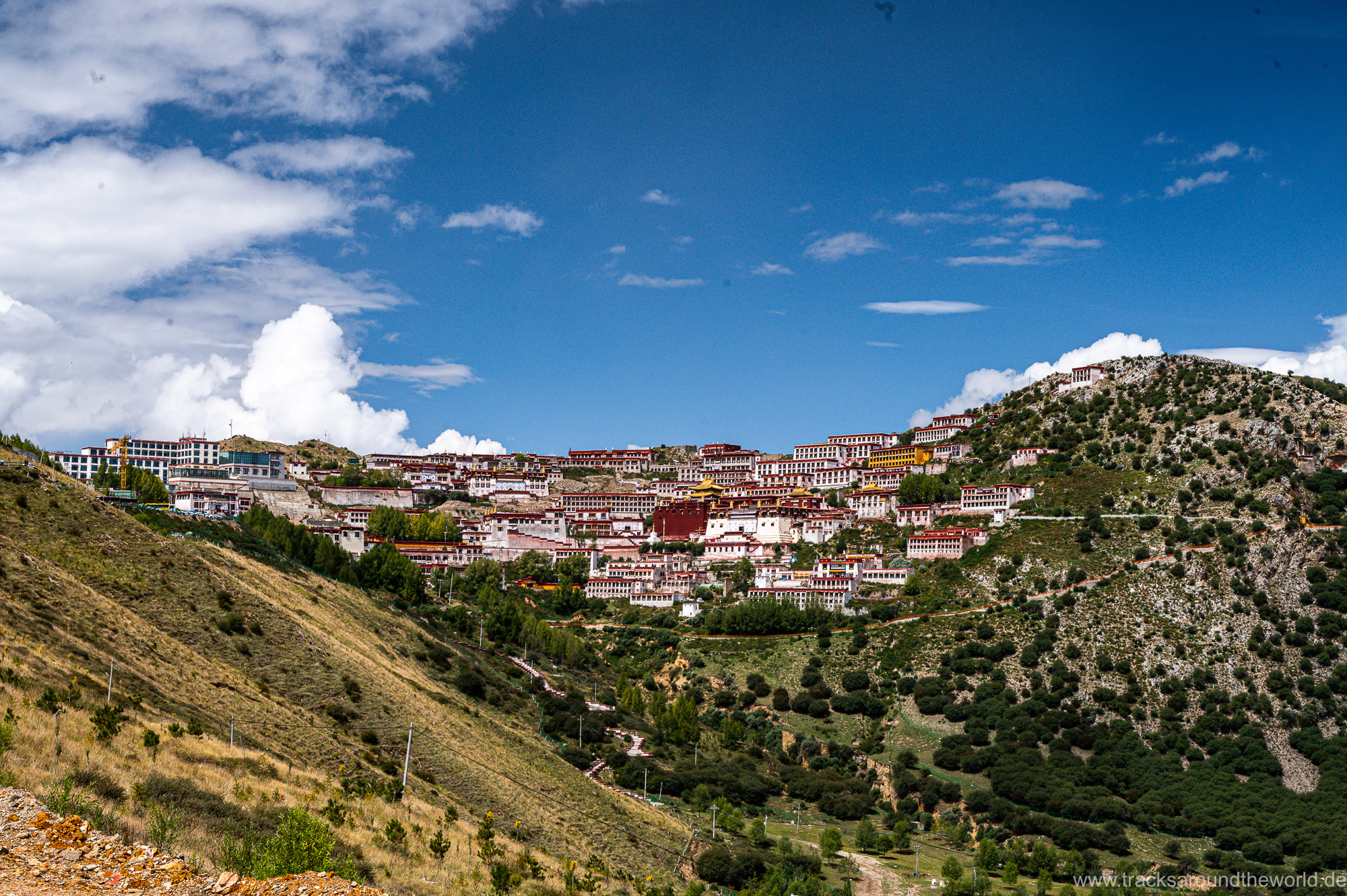
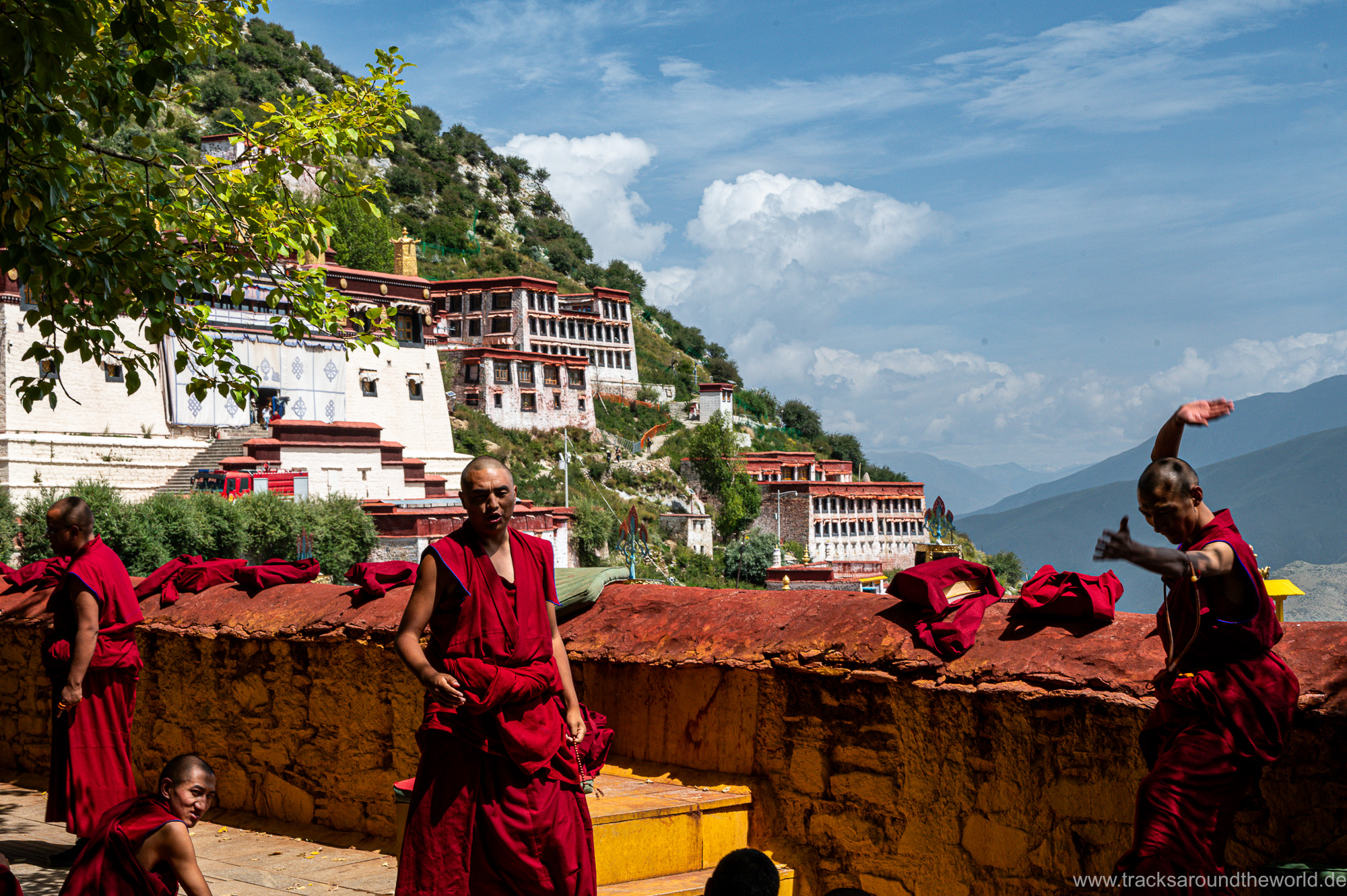
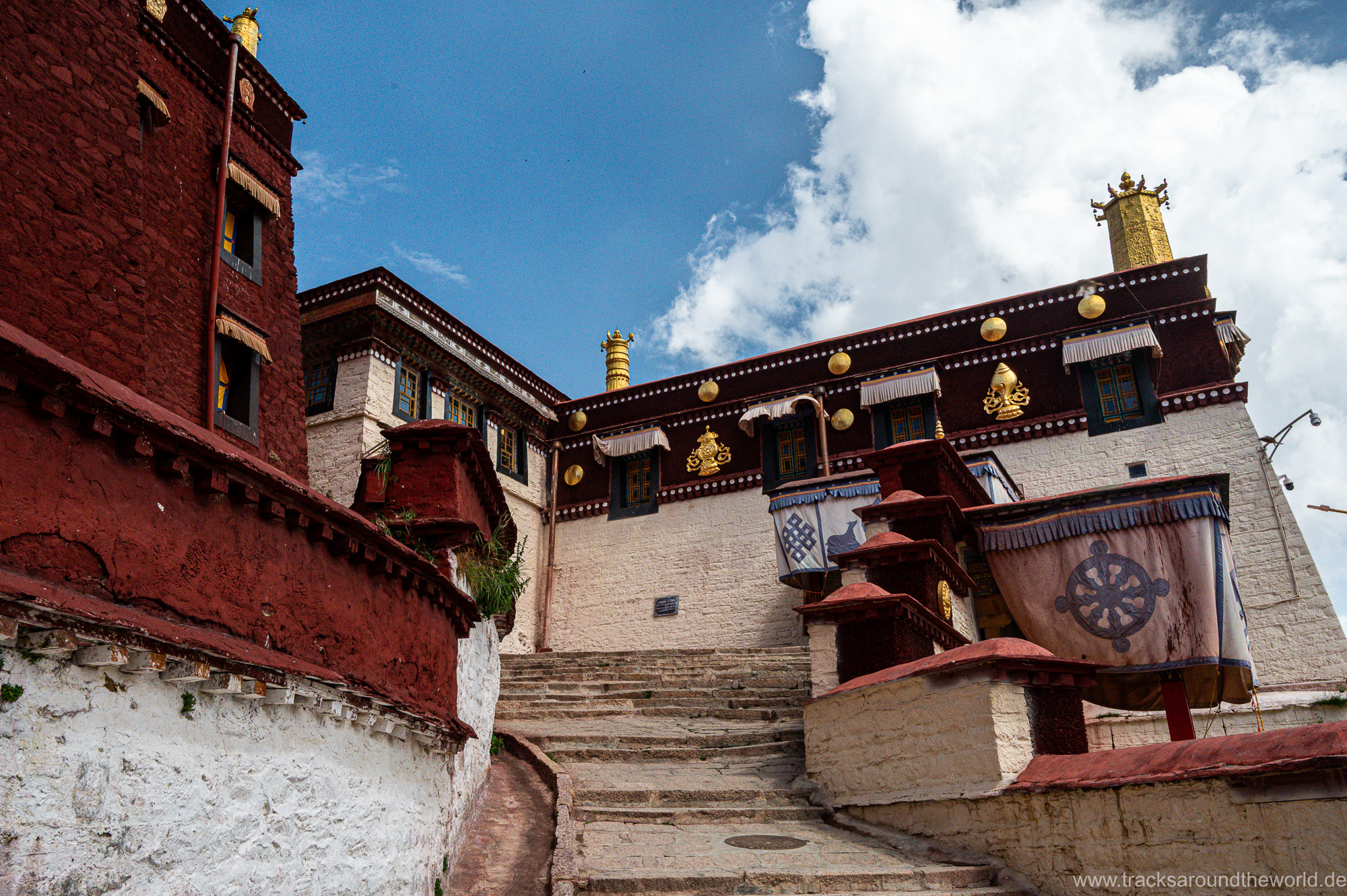
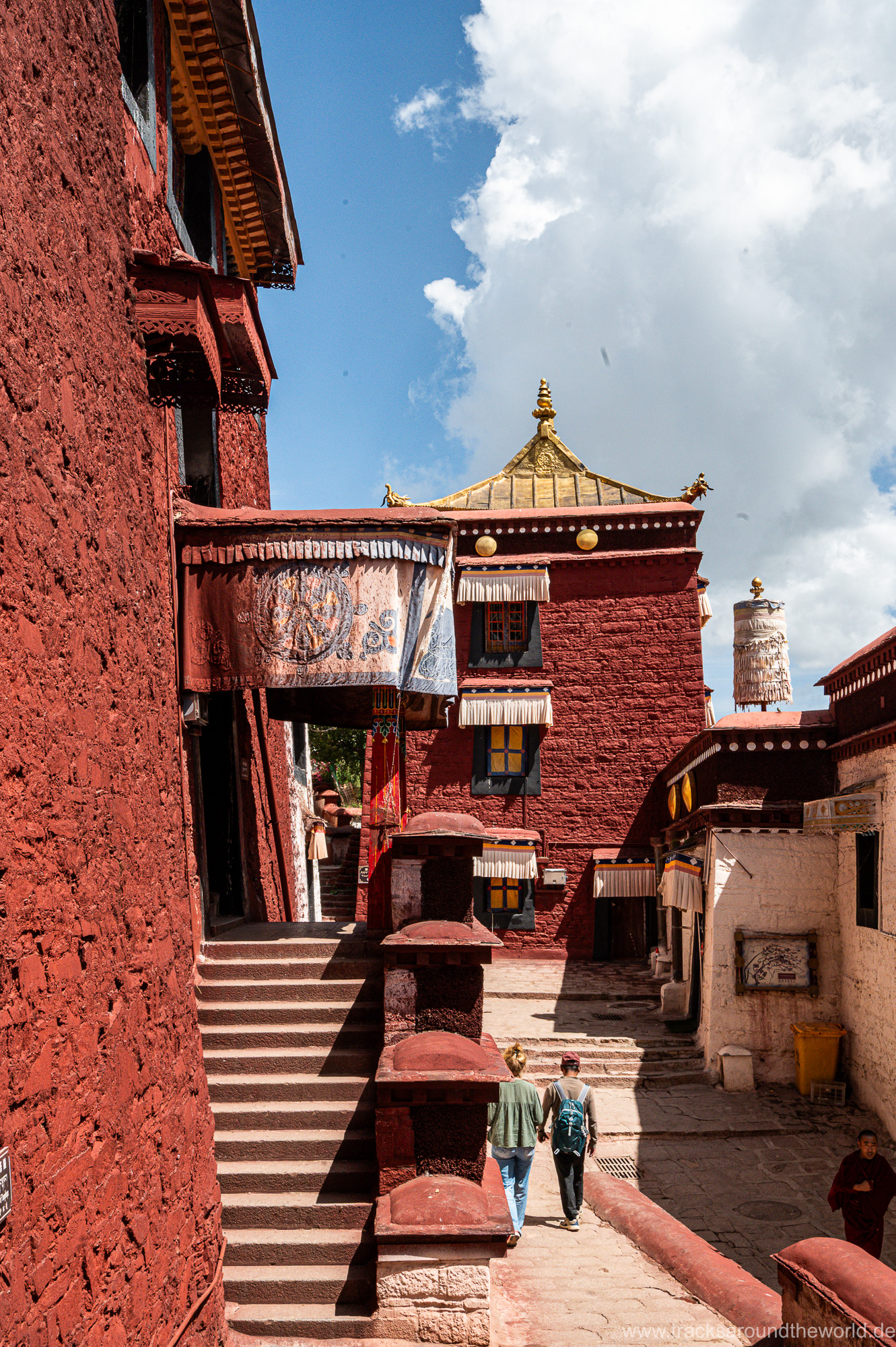
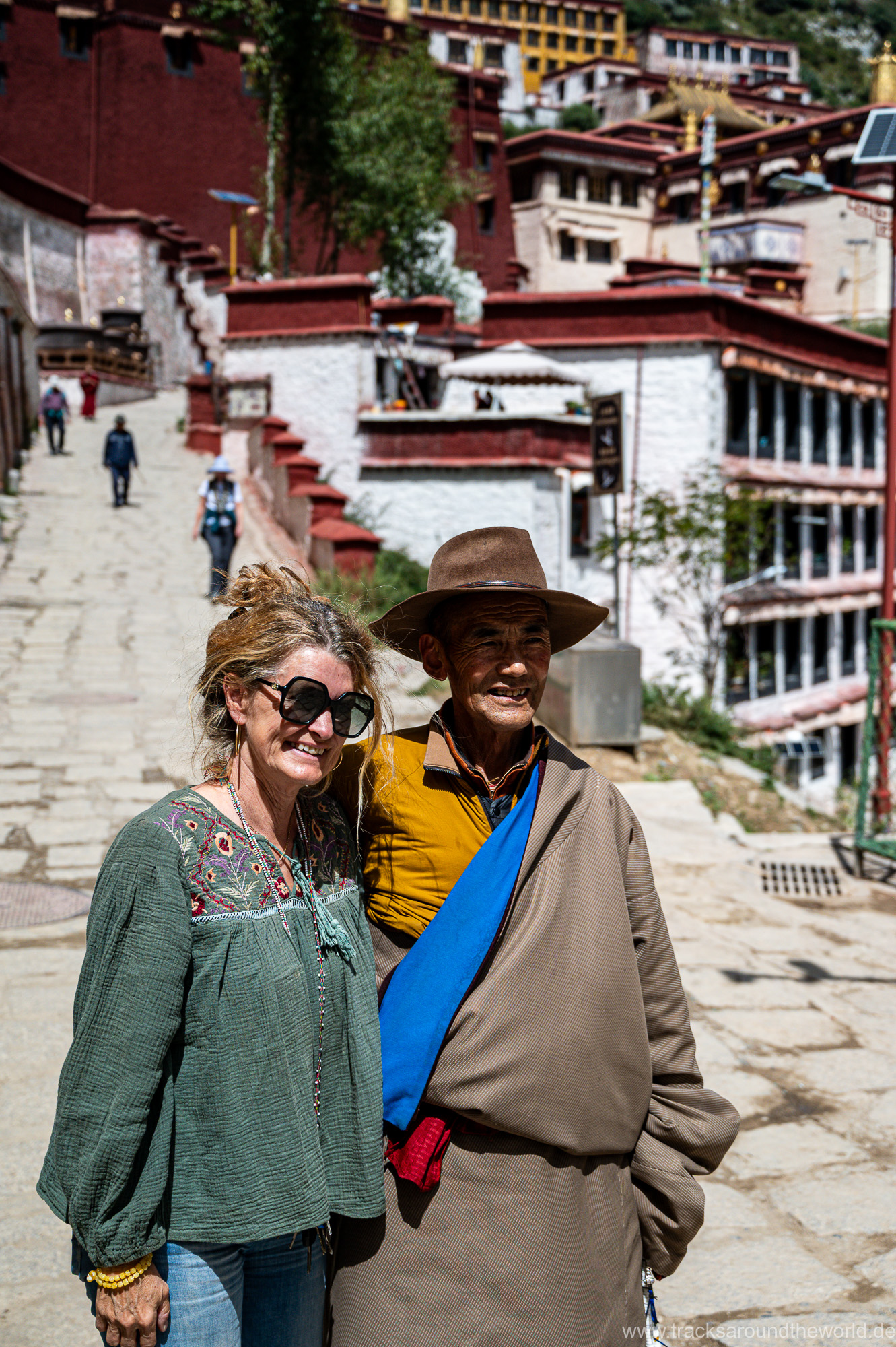
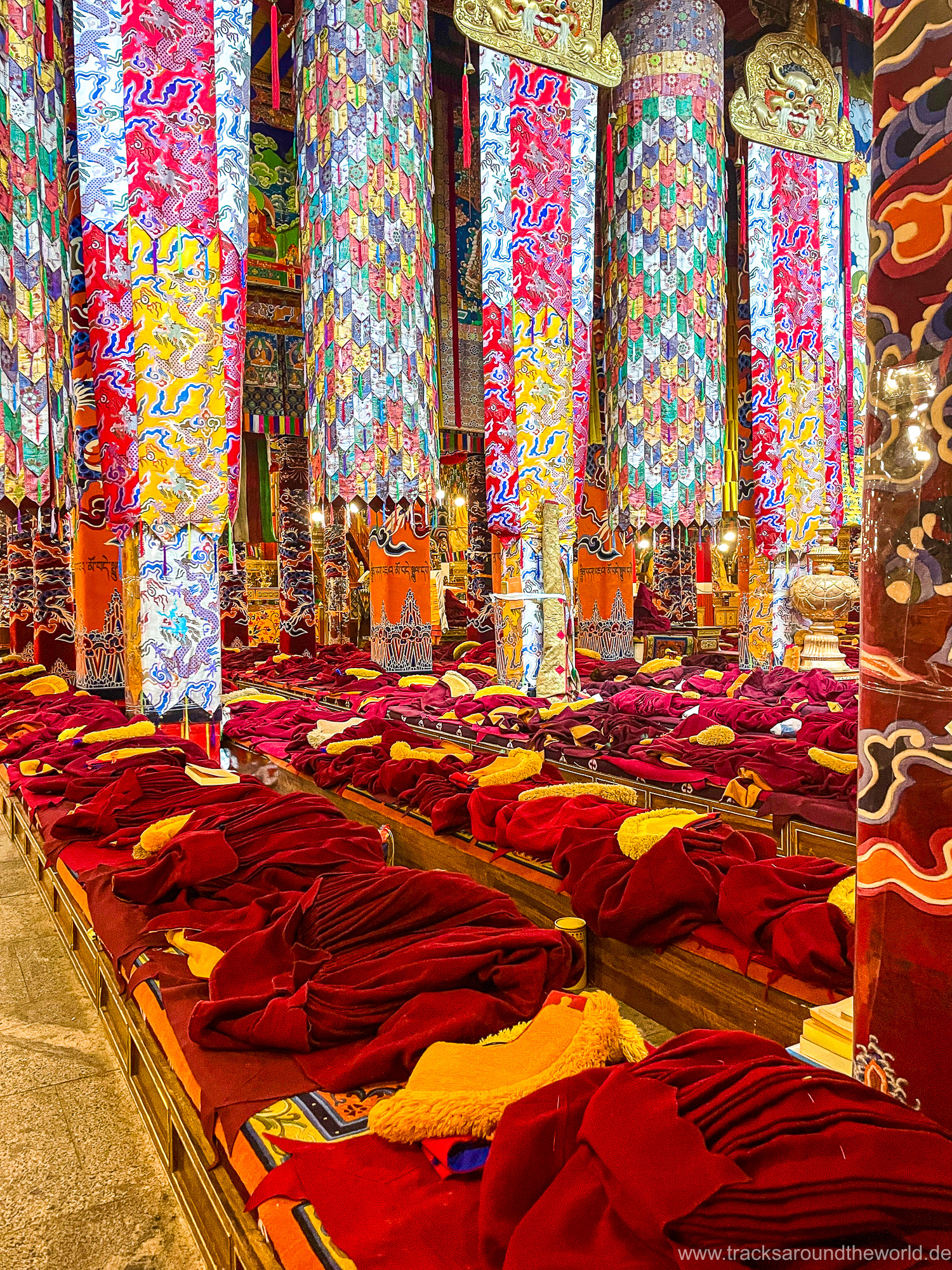
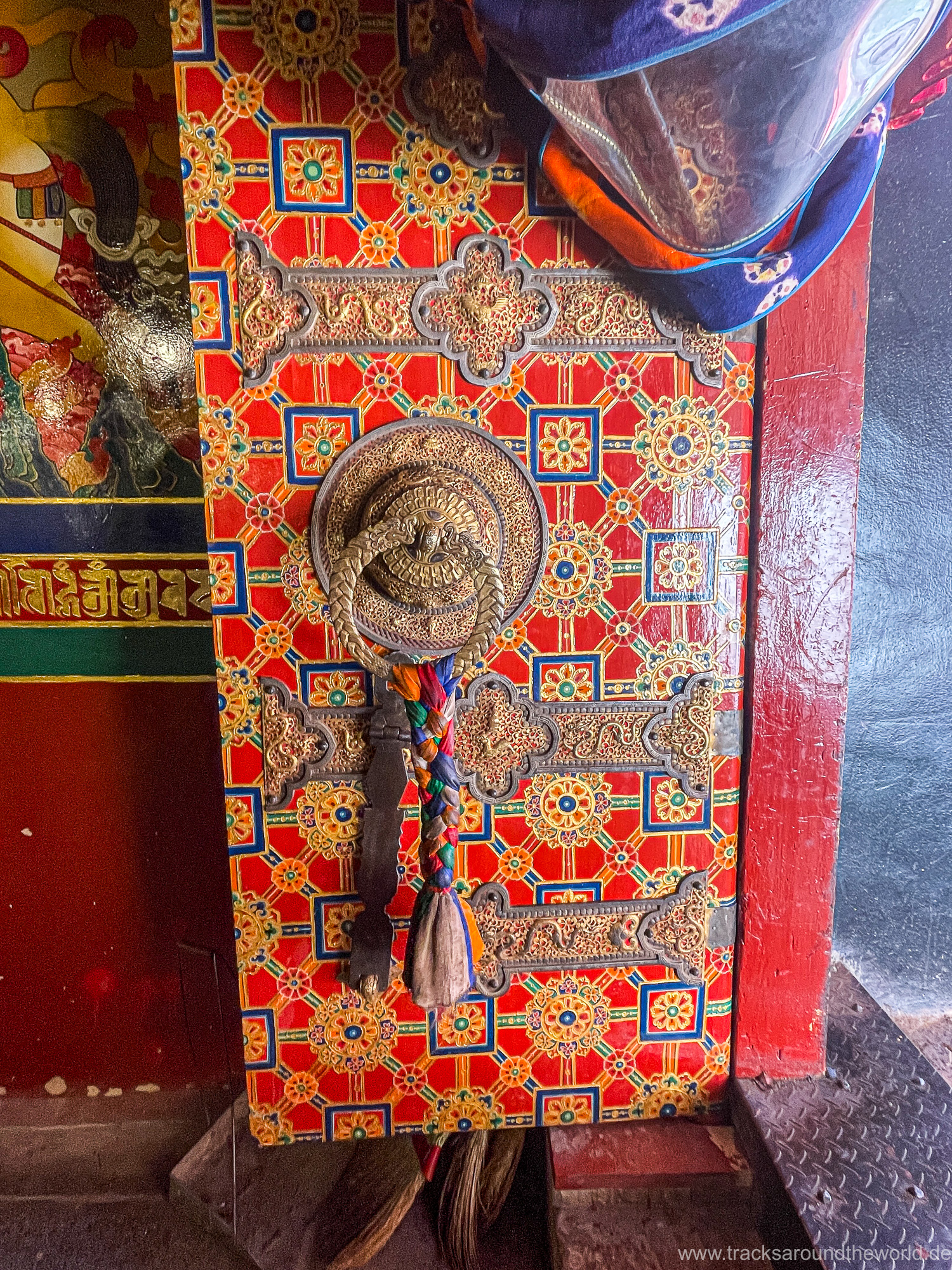
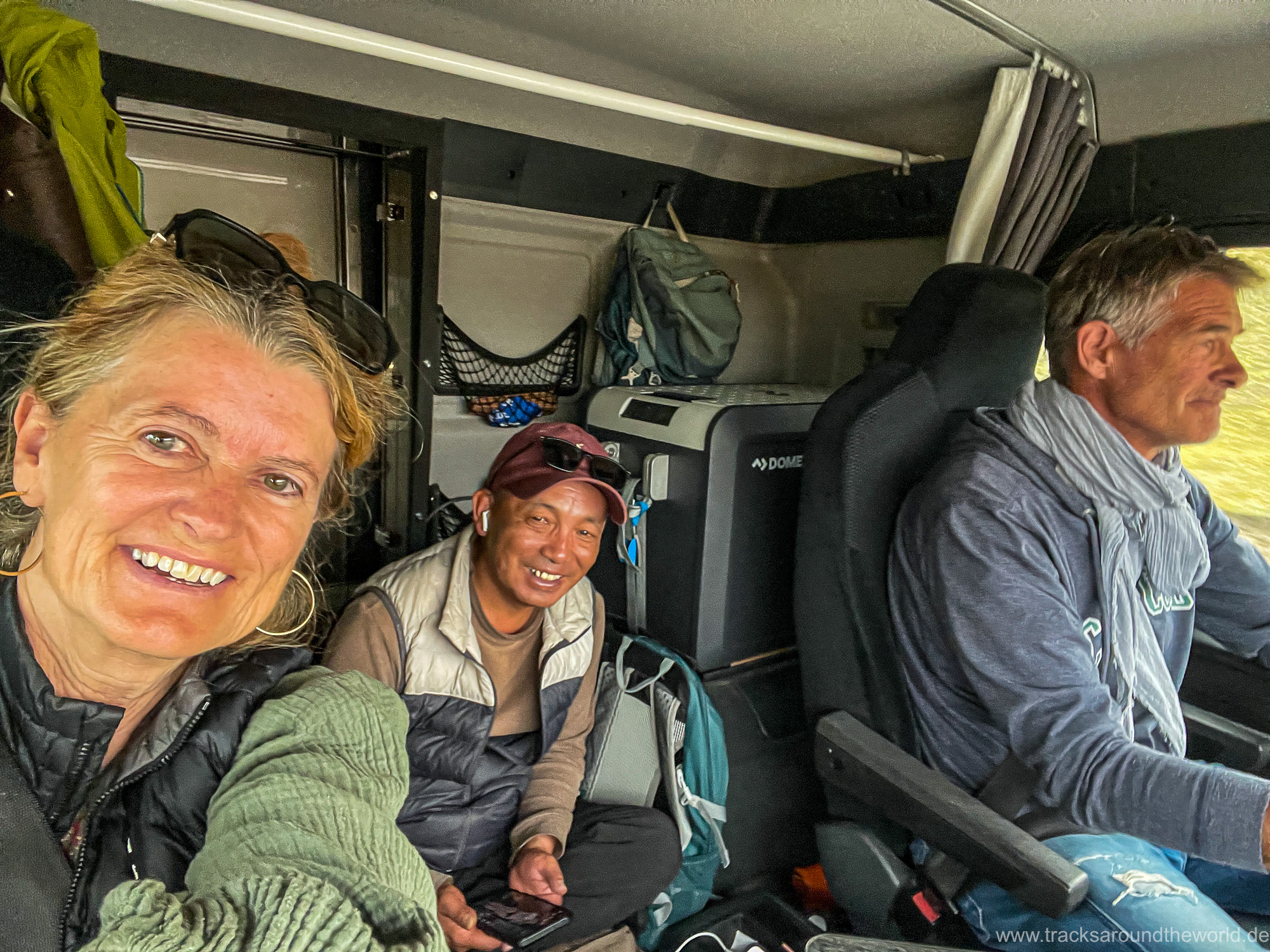
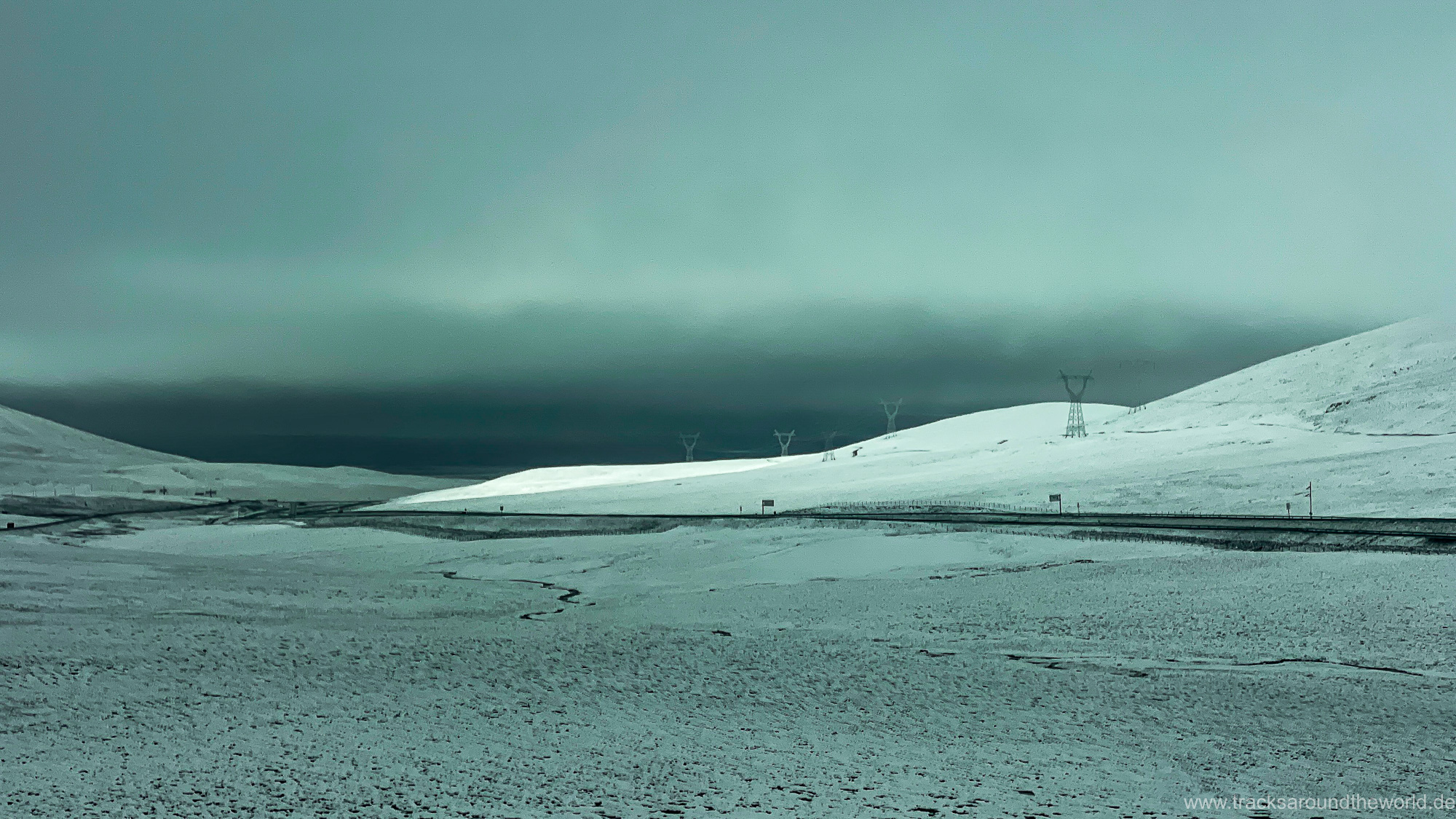
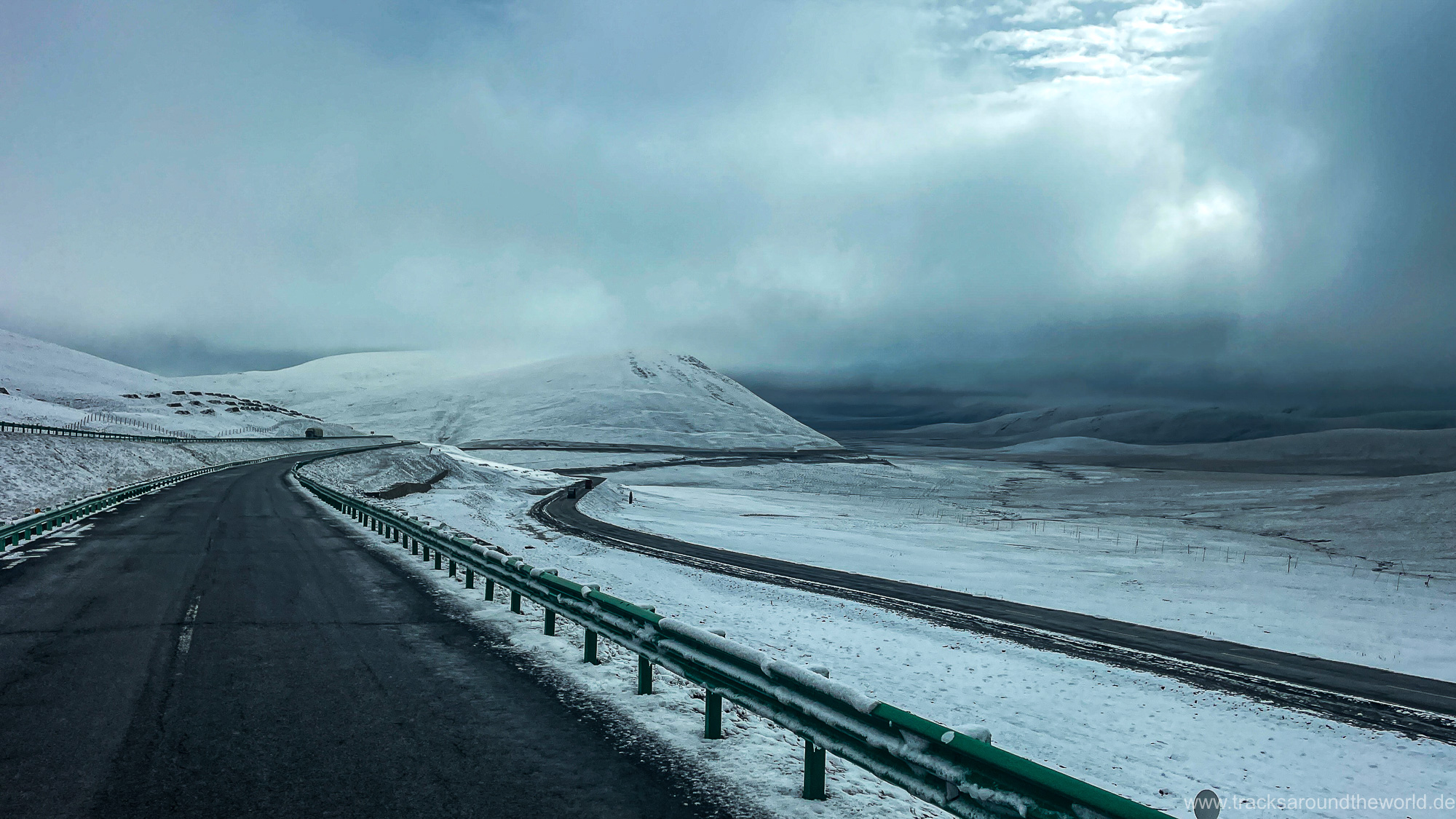
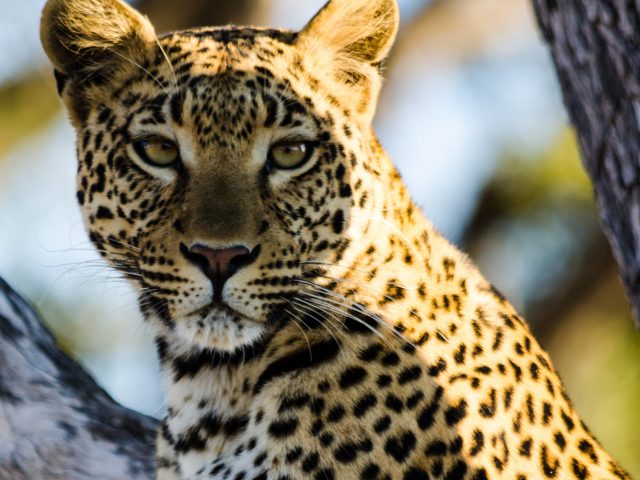
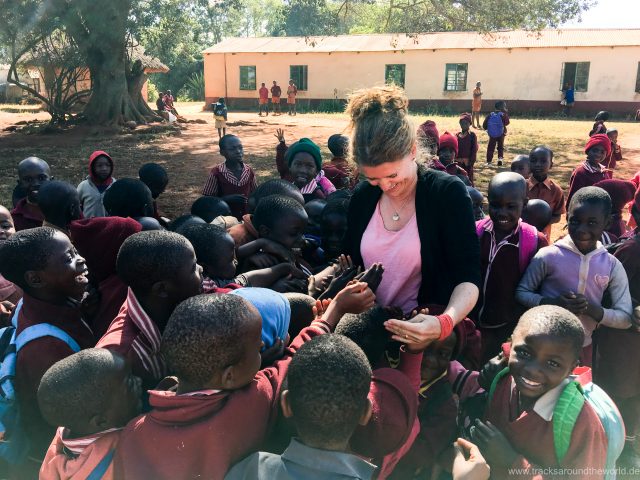
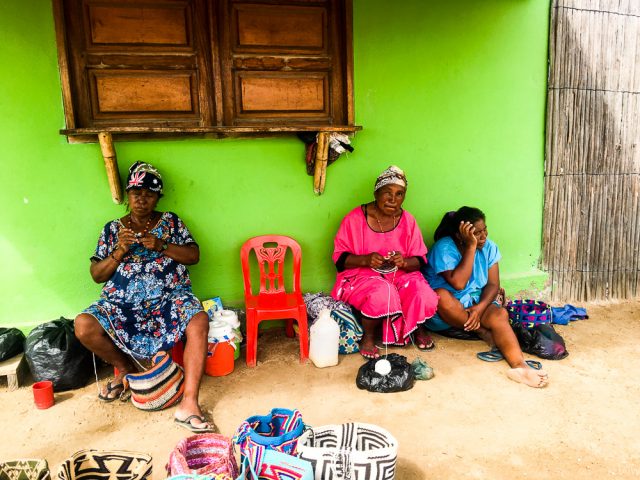
Hallo ihr zwei,
wir haben in den letzten Tagen die Reiseberichte eurer aktuellen Reise gelesen und sind sehr begeistert. Selten trifft man auf solch abenteuerlustige und mutige Menschen und dann noch gut geschriebene Texte und besondere Fotos (manchmal vielleicht etwas zu viel davon für meinen Geschmack). Wie läuft denn eure Rückfahrtreise bei dem nahenden Winter? Übrigens, wie machen sich eigentlich eure chinesischen Reifen?
Bleibt gesund und allzeit sichere Fahrt. Viele Grüsse Rainer
Lieber Rainer,
danke für Dein Feed back und ja Du hast absolut Recht. Ich streite immer mit Oliver 😉, dass es viel zu viel sind und er mag gerne alle, die wir ausgewählt haben, und es gibt in zwei Wochen halt immer auch viel zu zeigen. Aber wir versuchen und zu “bessern”. Gleich kommt der neue Blog, dann erübrigt sich Deine zweite Frage, denn wir sind schon wieder zu Hause. Und die Reifen machen sich tadellos bisher. Echt klasse für den Preis.
Liebe Grüße
Karin
Wow ! The pictures you posted of Tibet are amazing!
Safe Travels.
🙏
Superbe, bravo a vous
Merci!